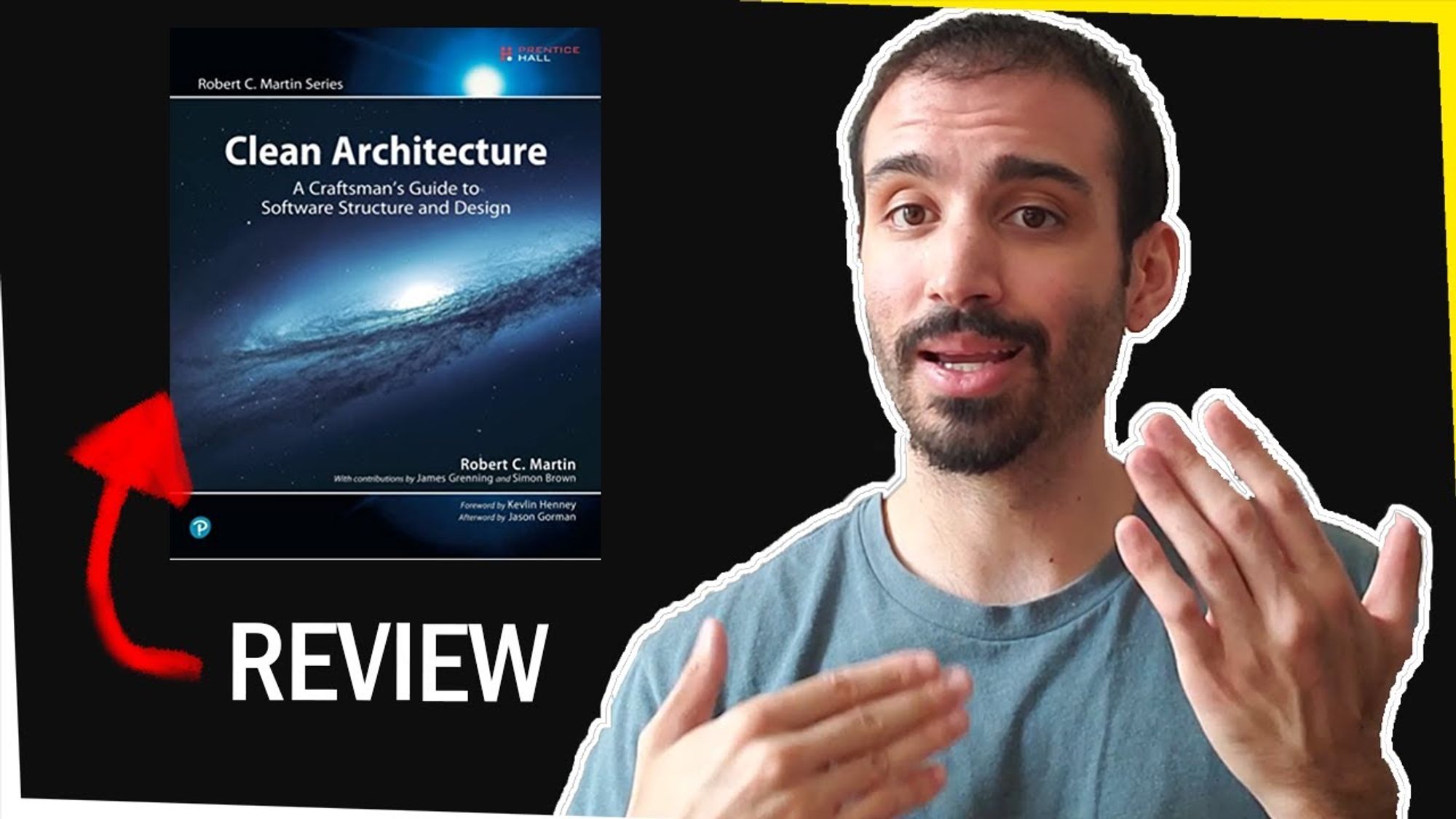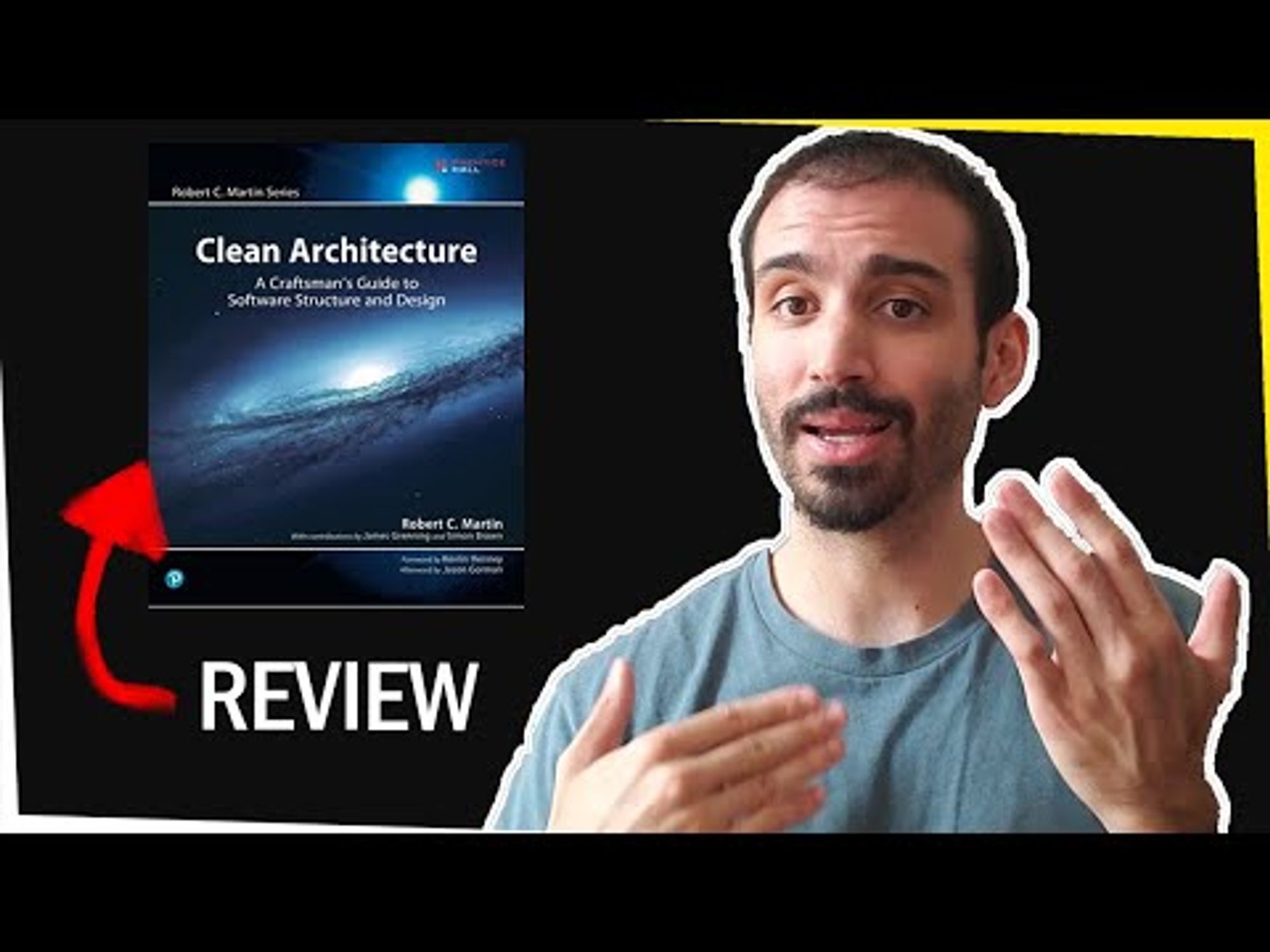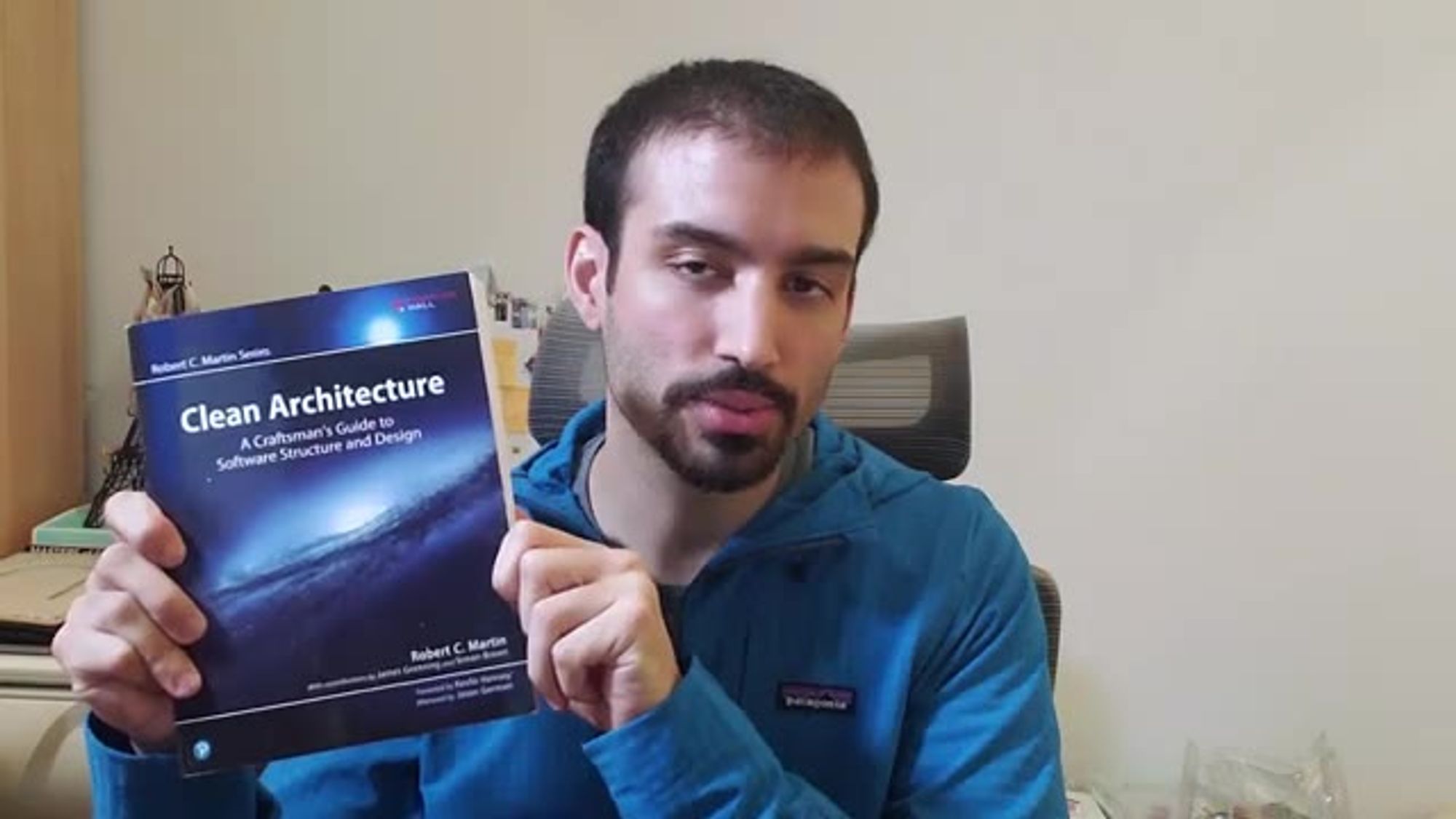
should you buy this book that's the
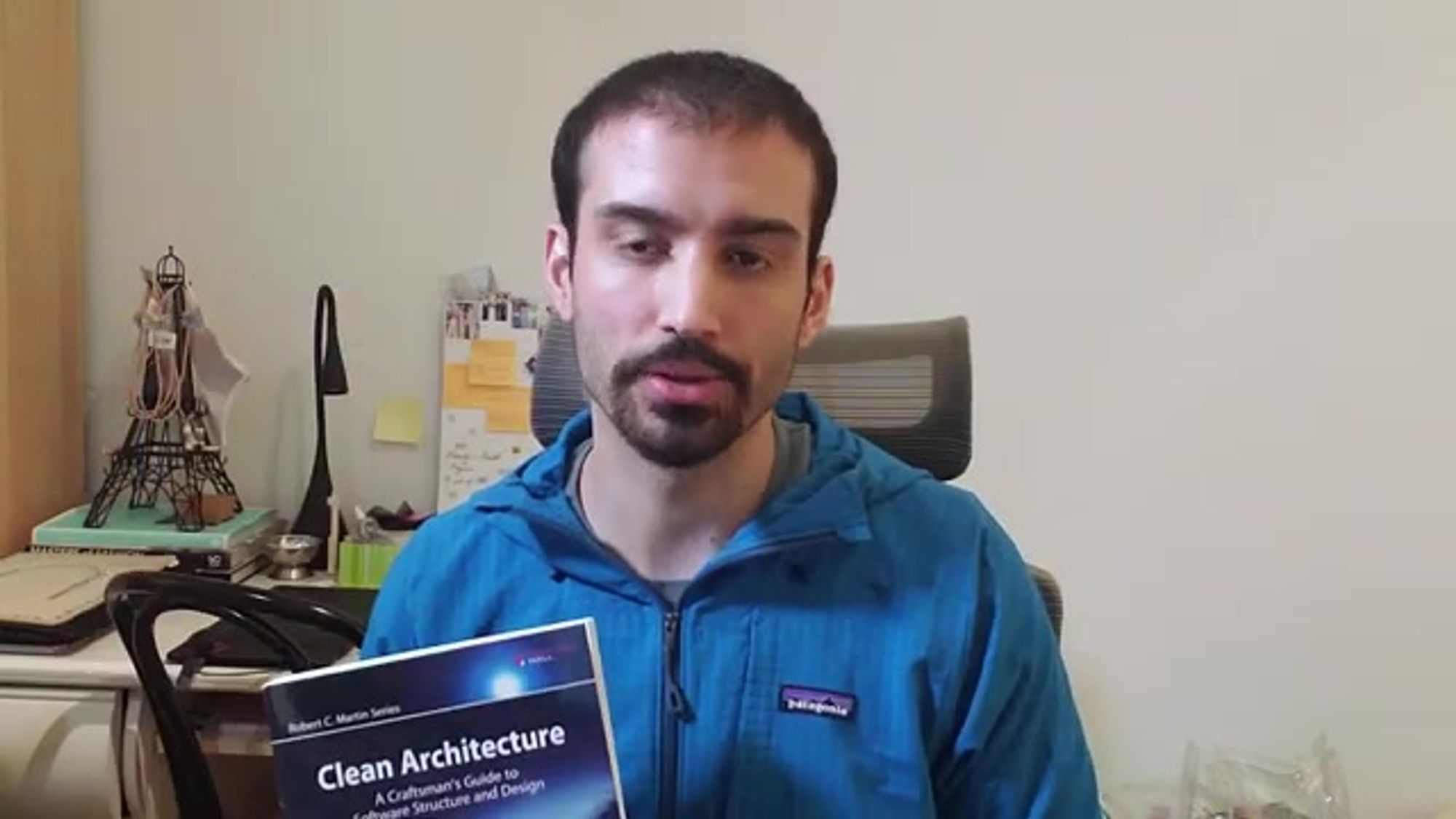
question that i want to answer today
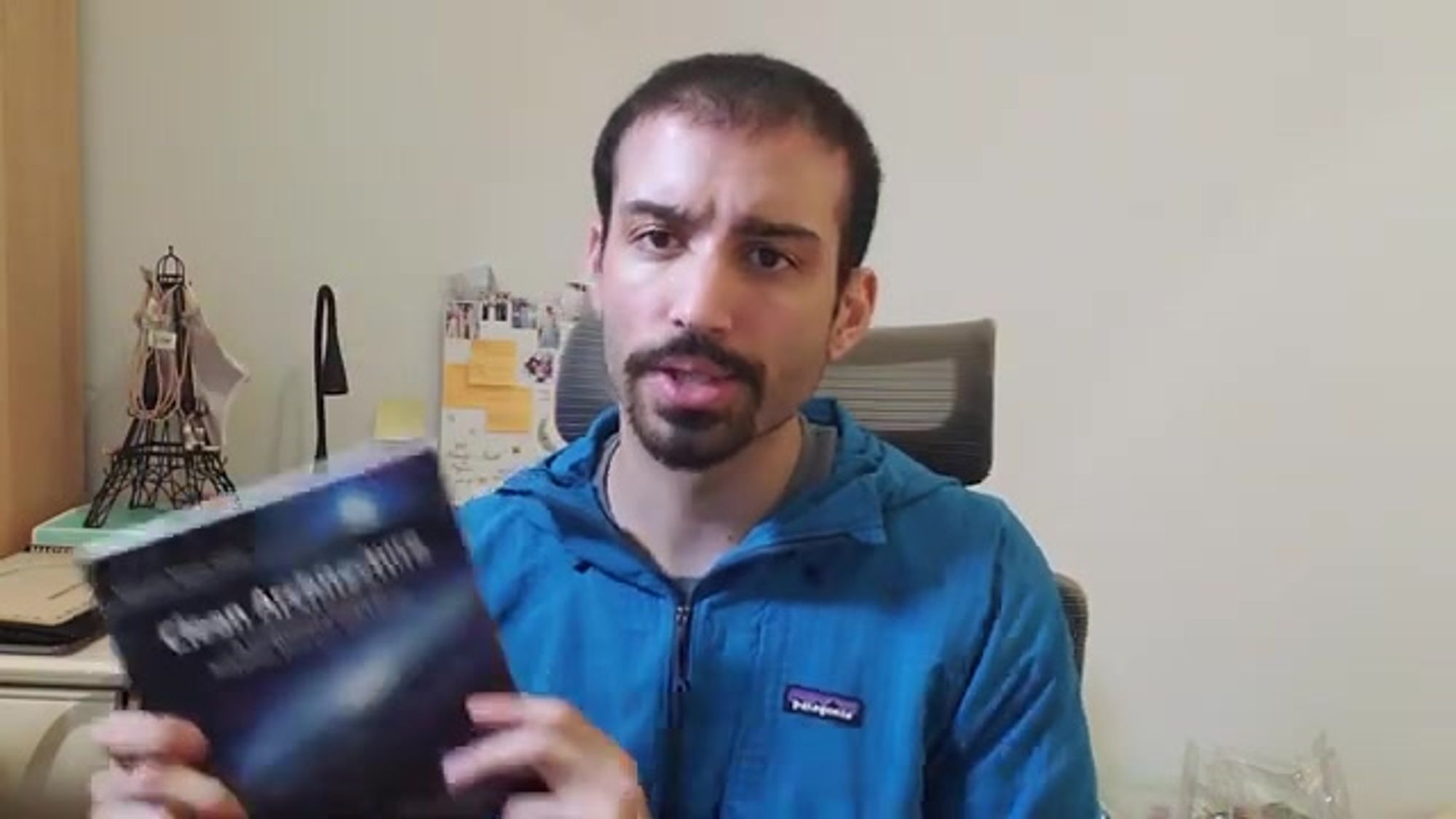
and what is this book well this is clean

architecture it's by
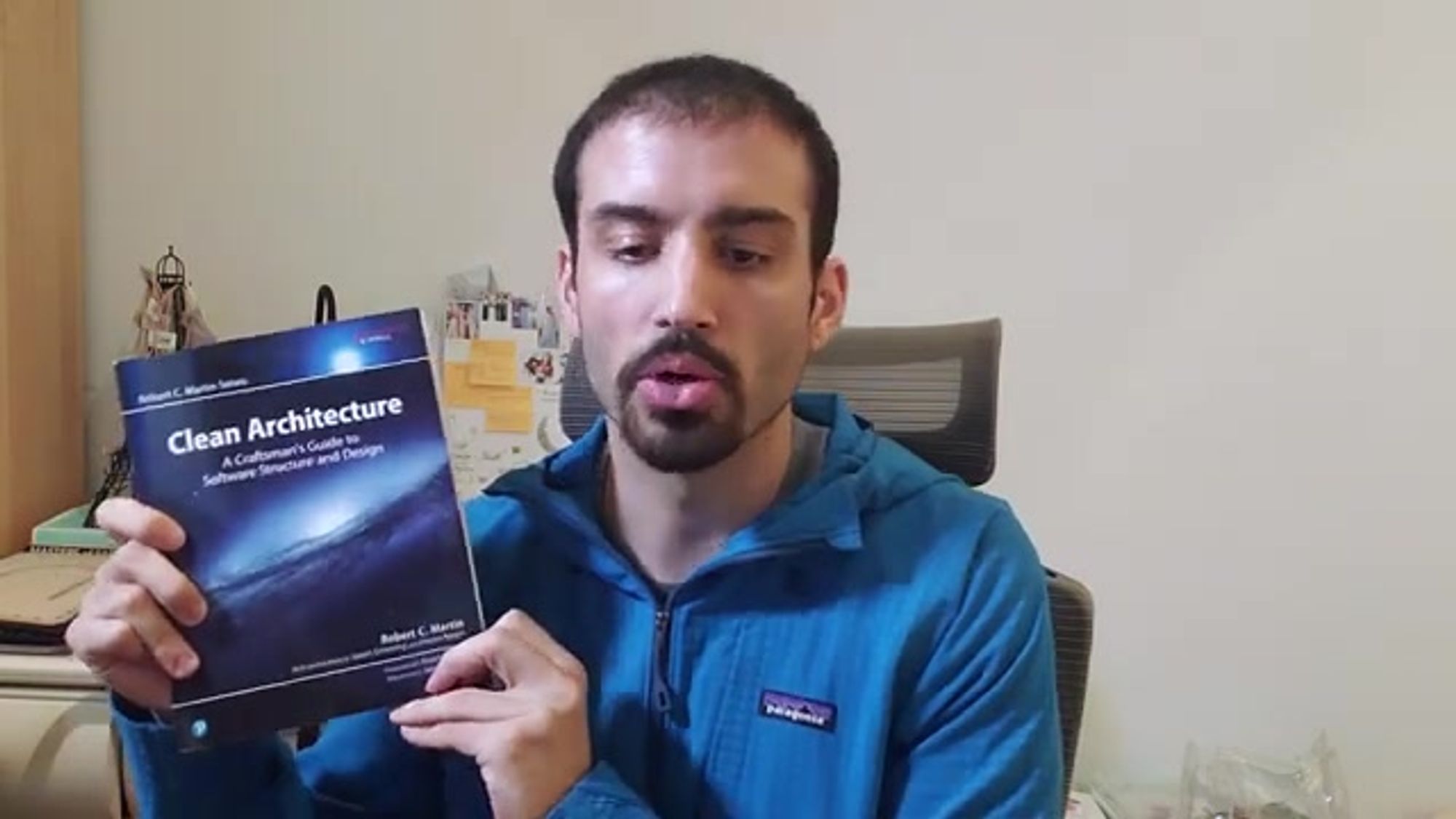
uncle bob probably one of the most
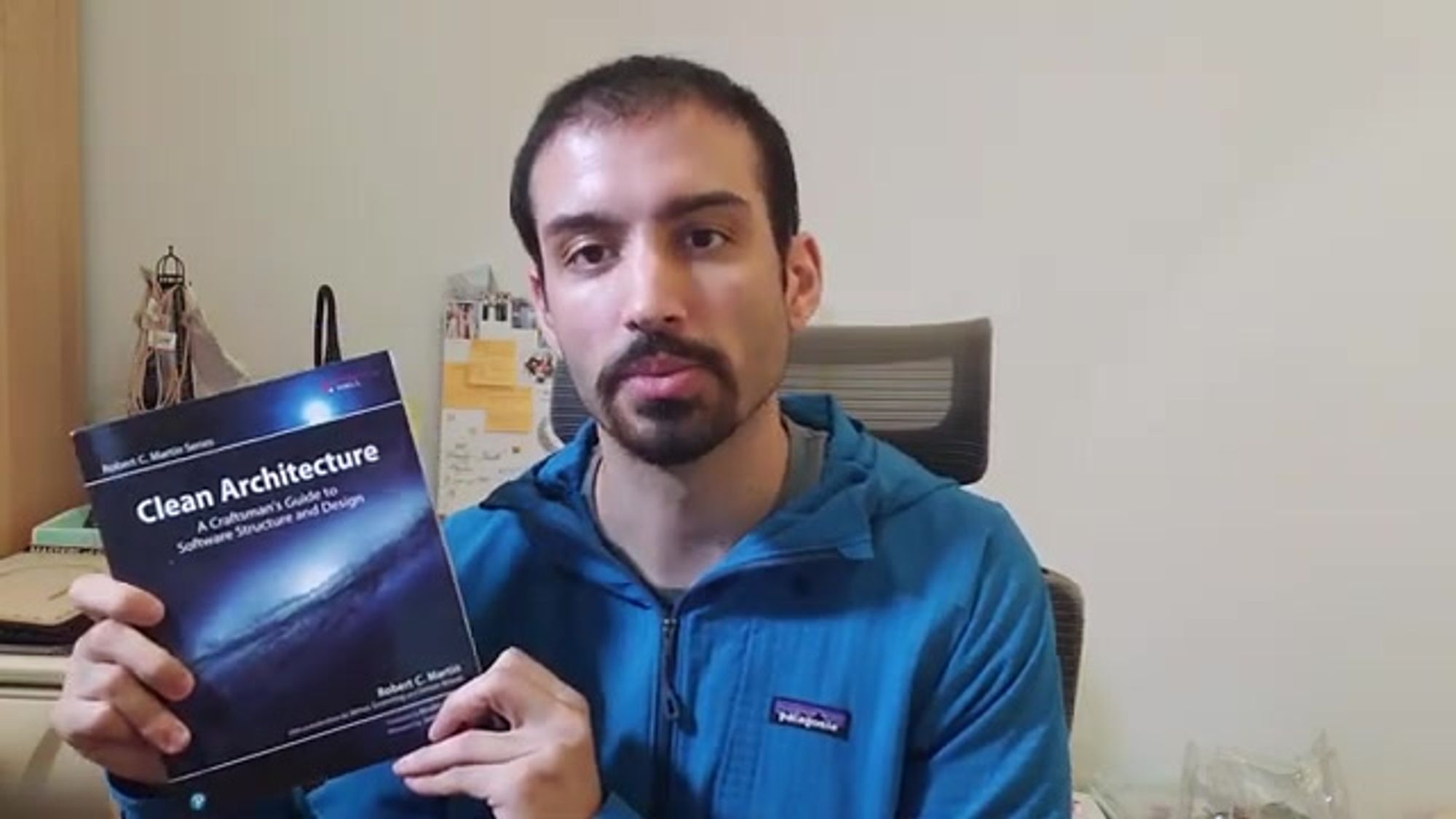
famous programmers
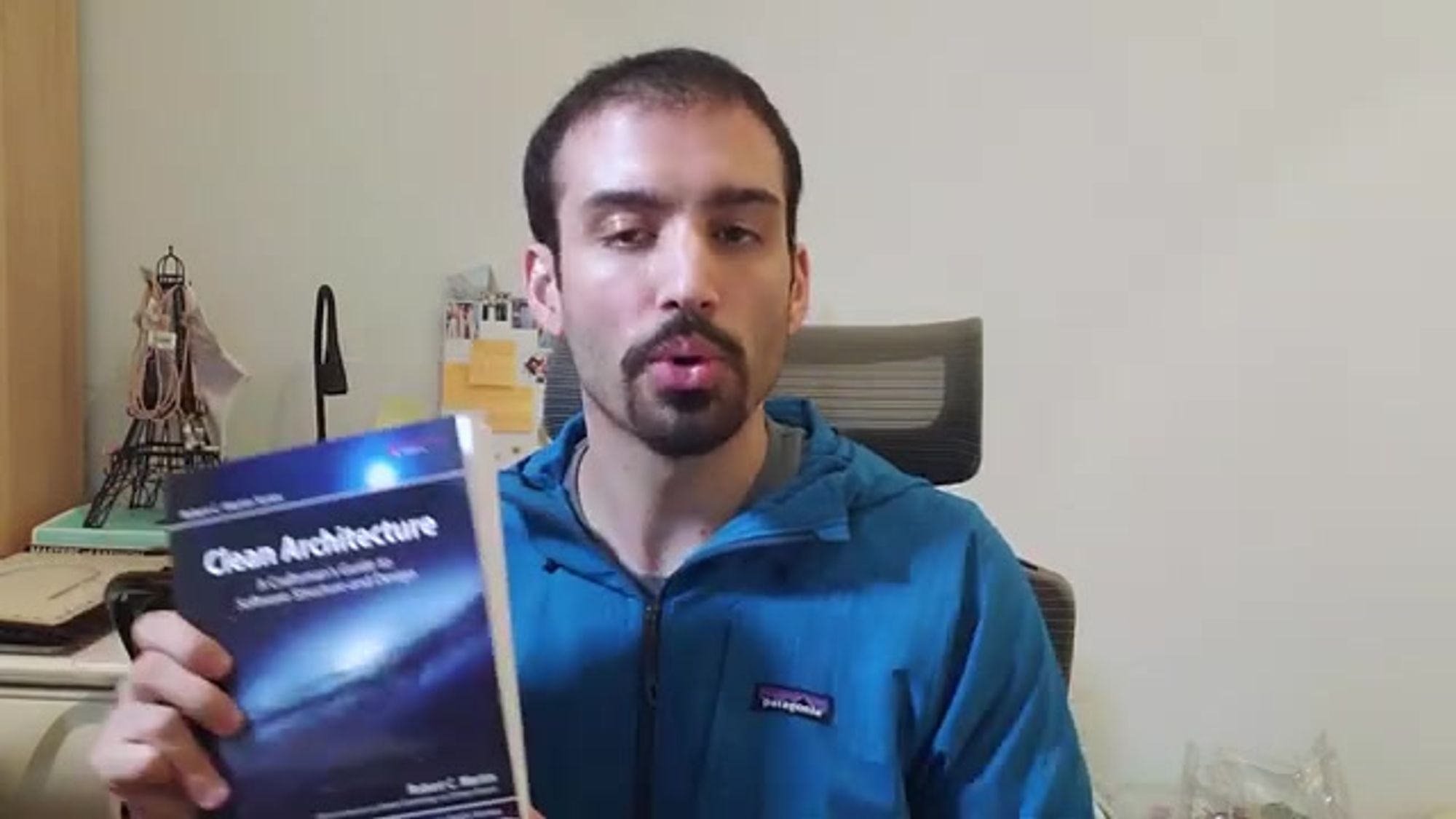
in the world he wrote a whole bunch of
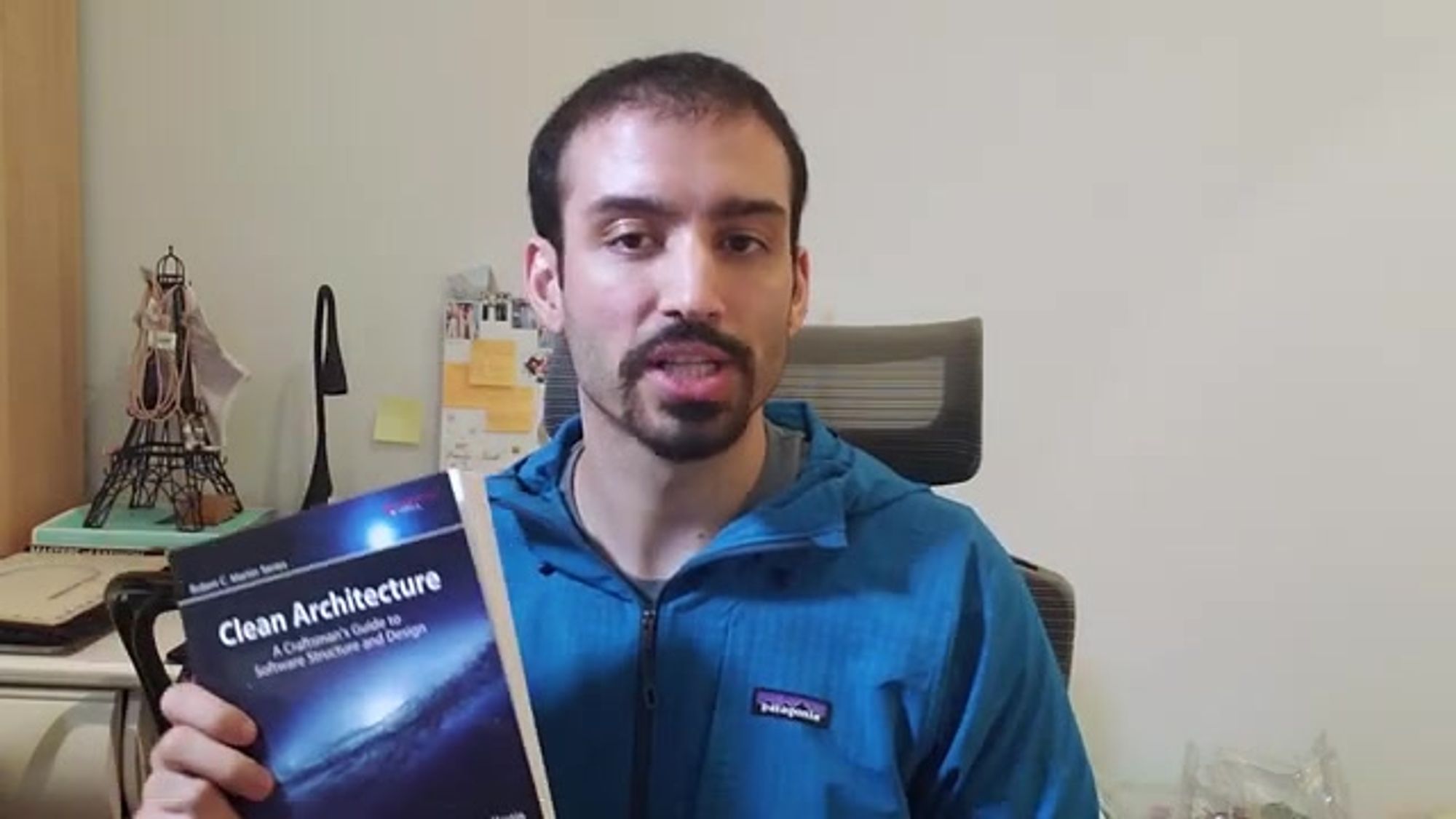
other books like clean code and clean
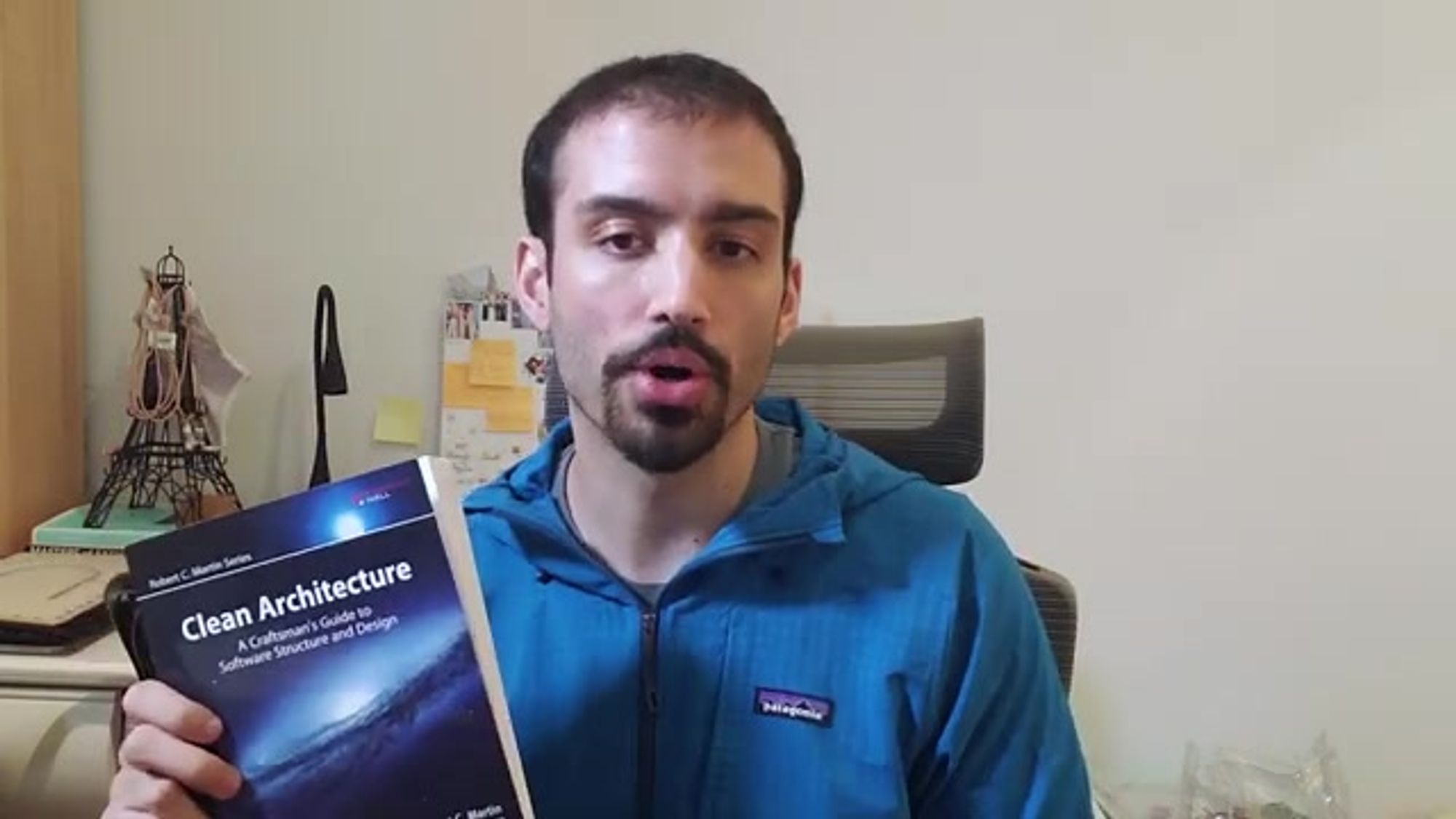
coder
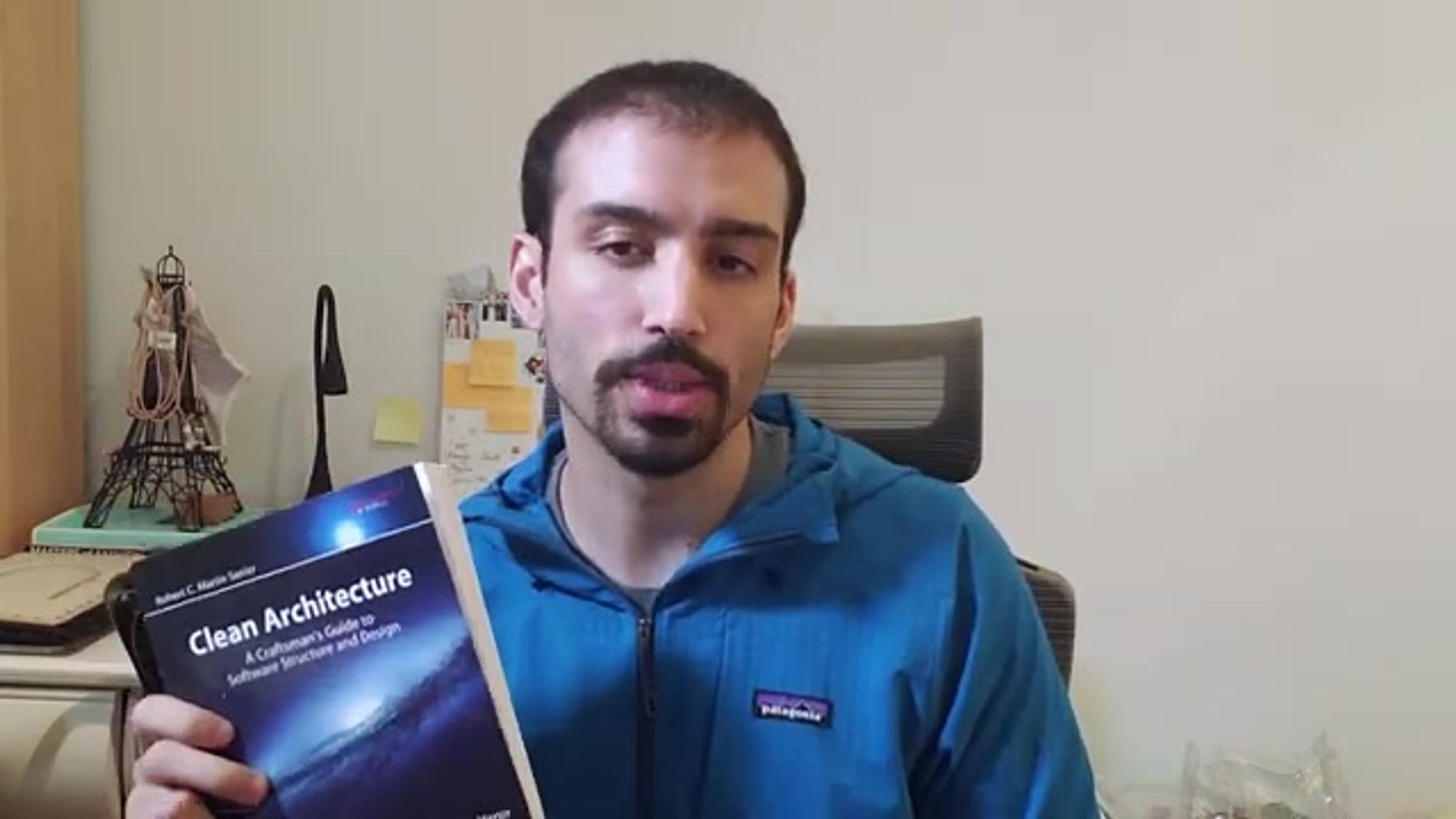
and he kind of knows what he's talking
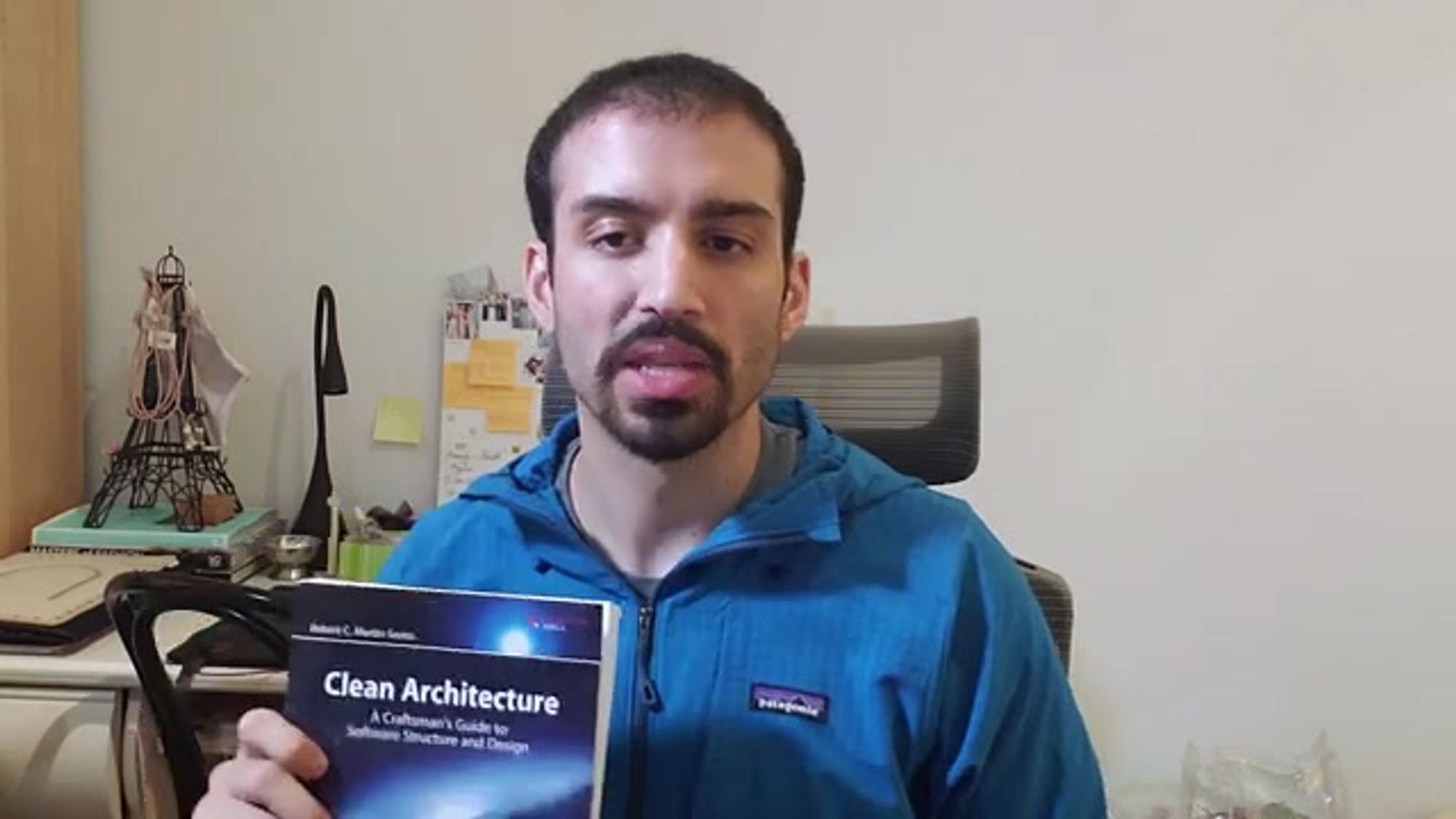
about now this book is kind of popular

on the internet it's all over the place
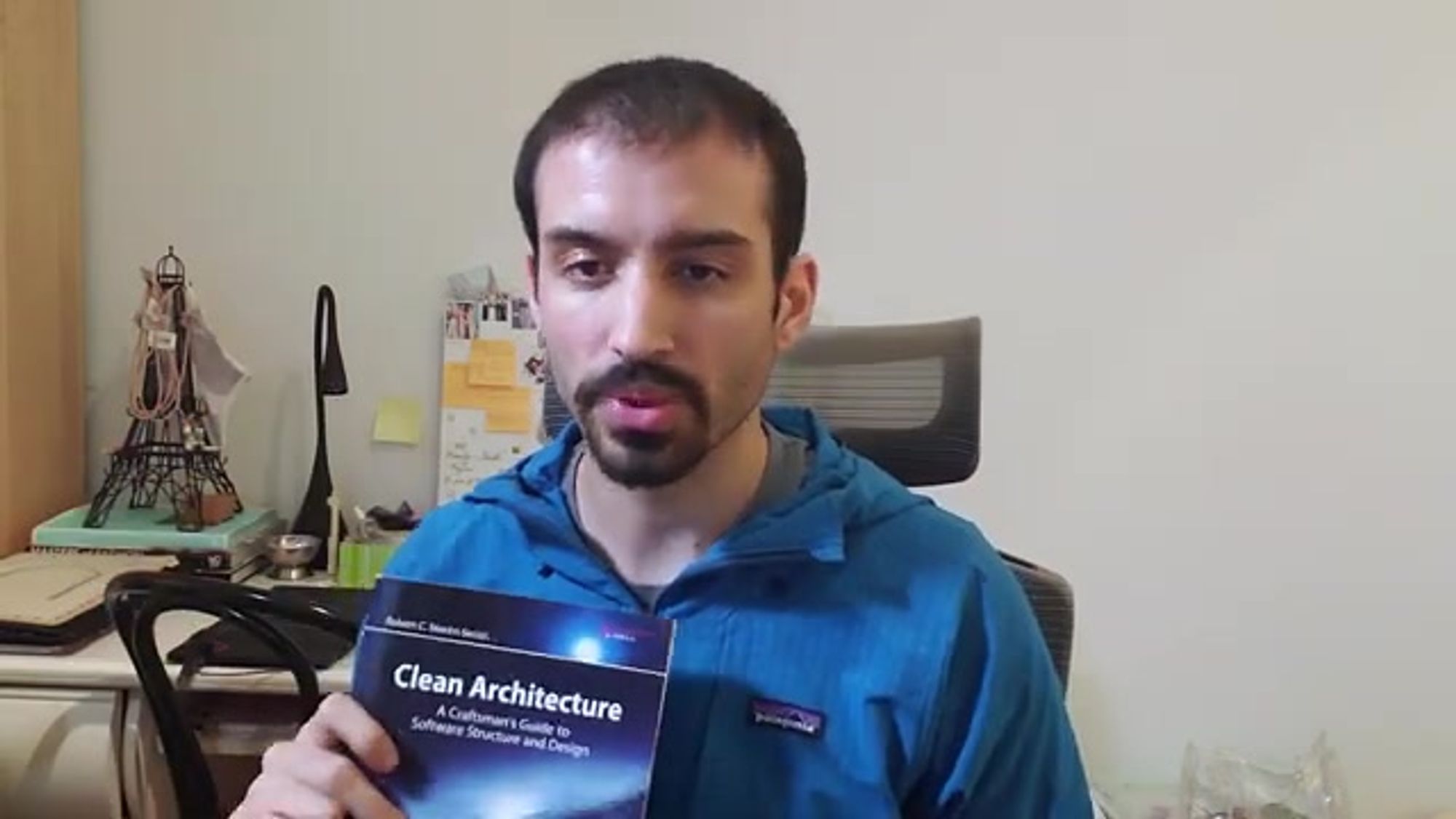
it's on a lot of programmer reading
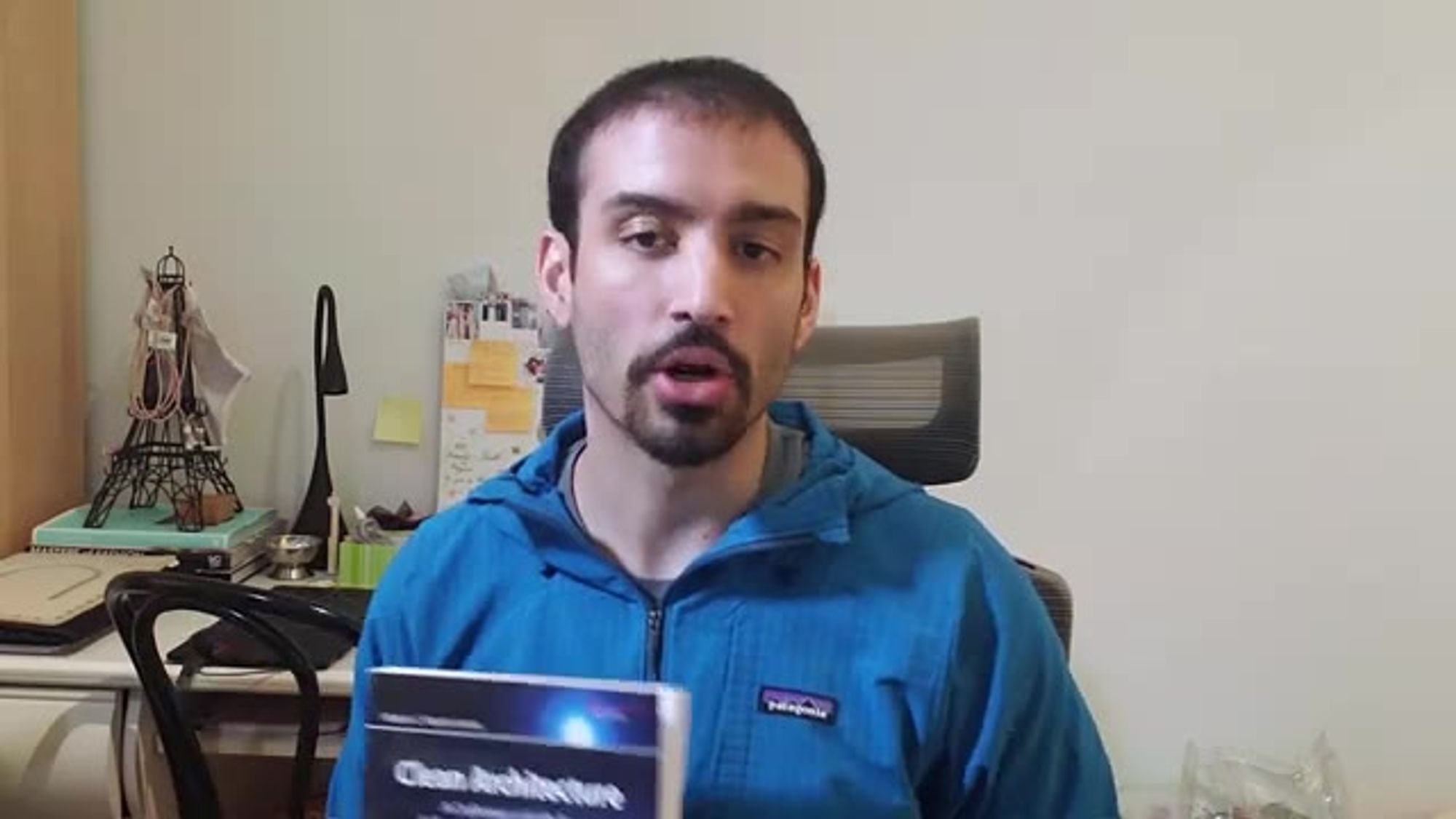
lists
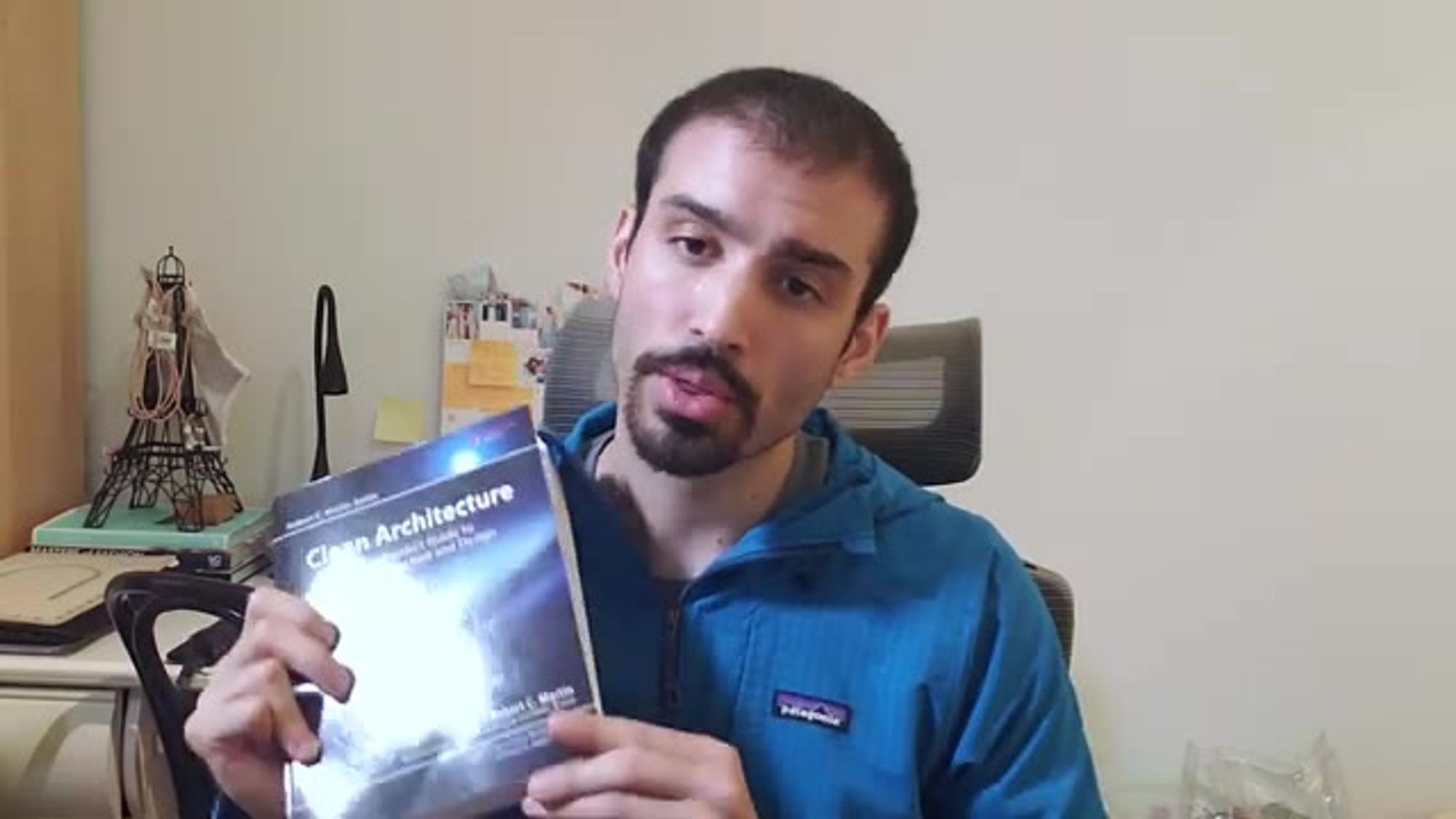
and currently it's ranked number 38 on
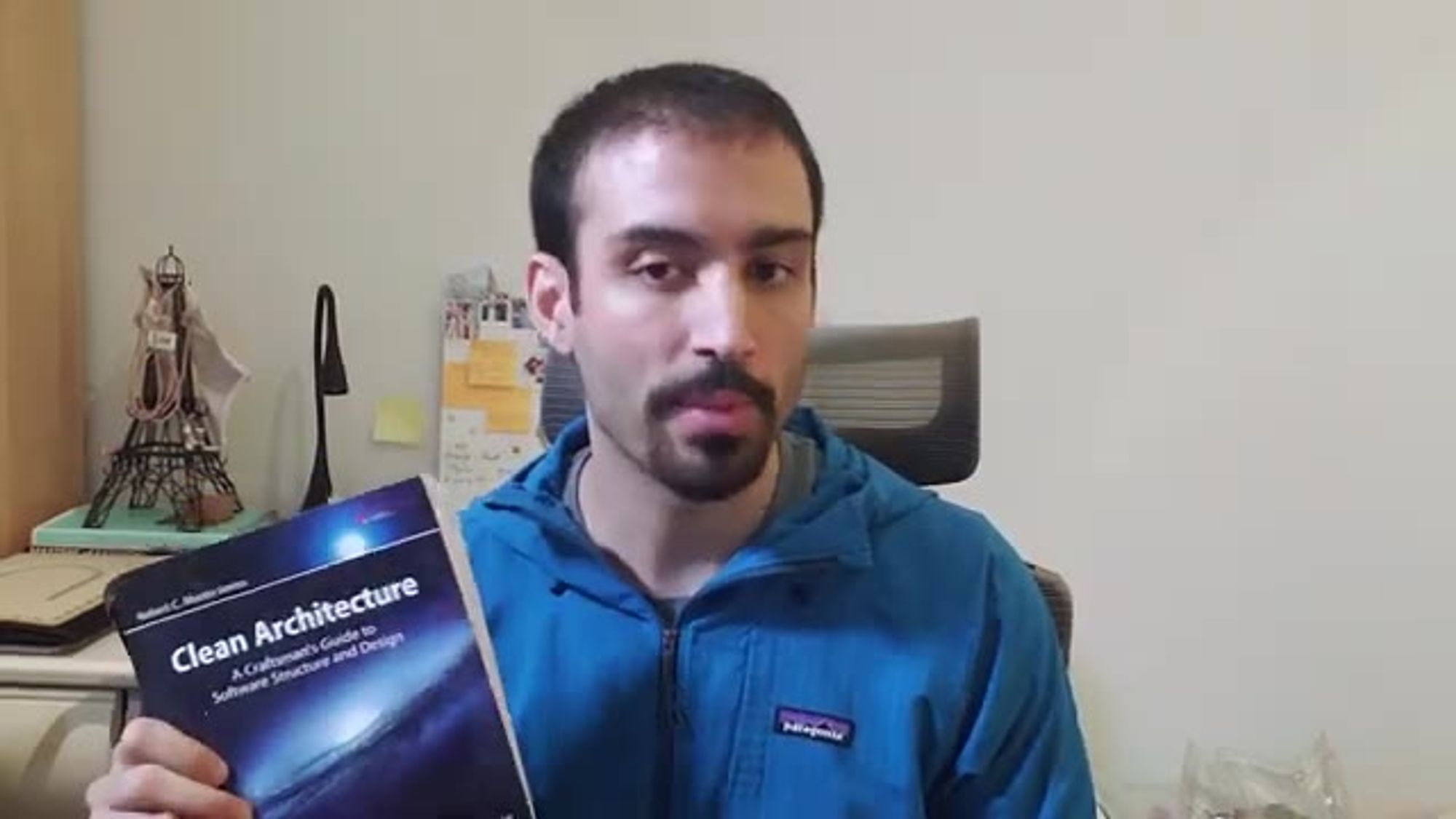
amazon's programming best sellers list

i don't know if that's good but that's

what number it is now i'm going to help

you decide whether or not you should buy
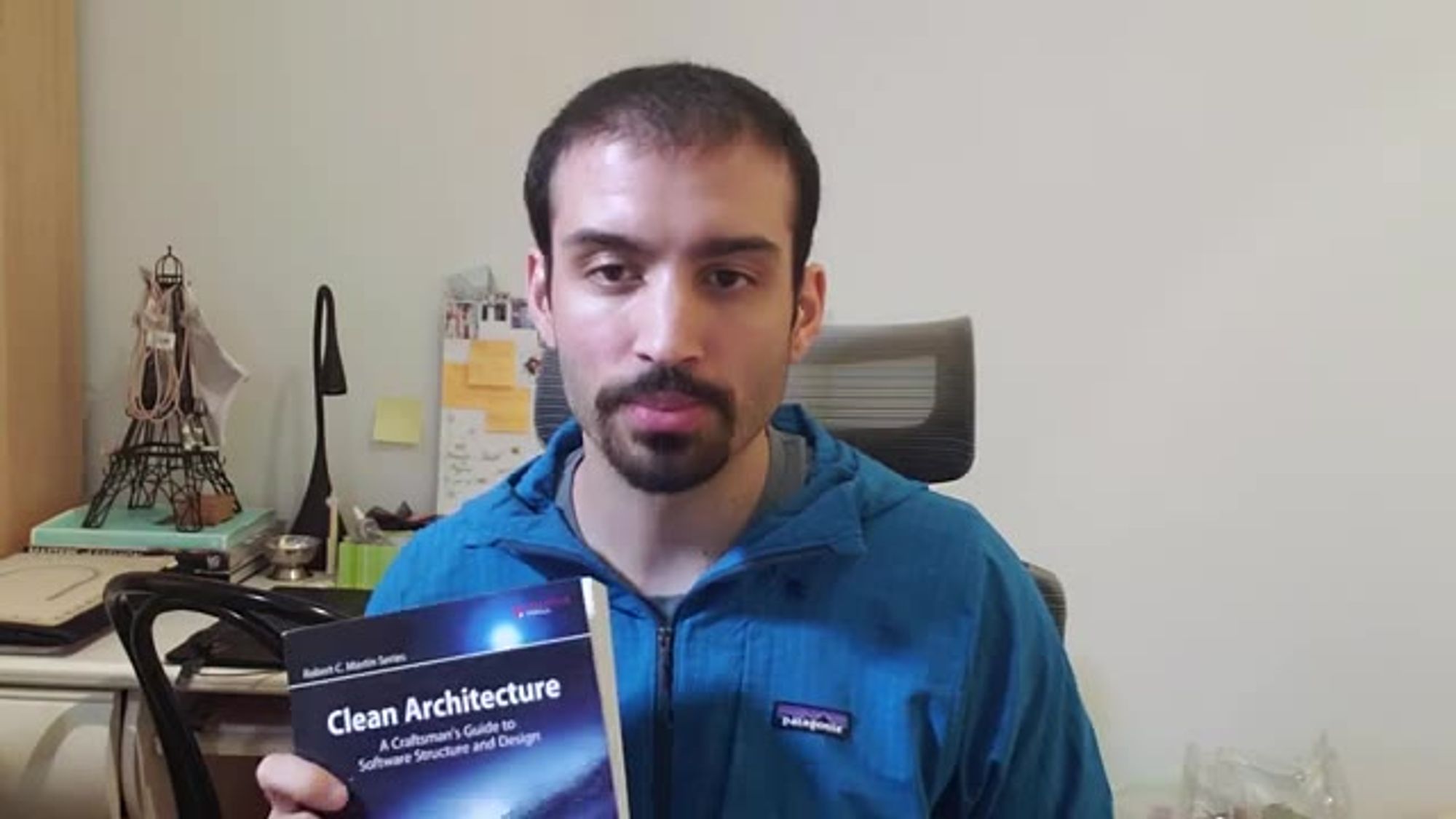
this book and in order to do that i'm
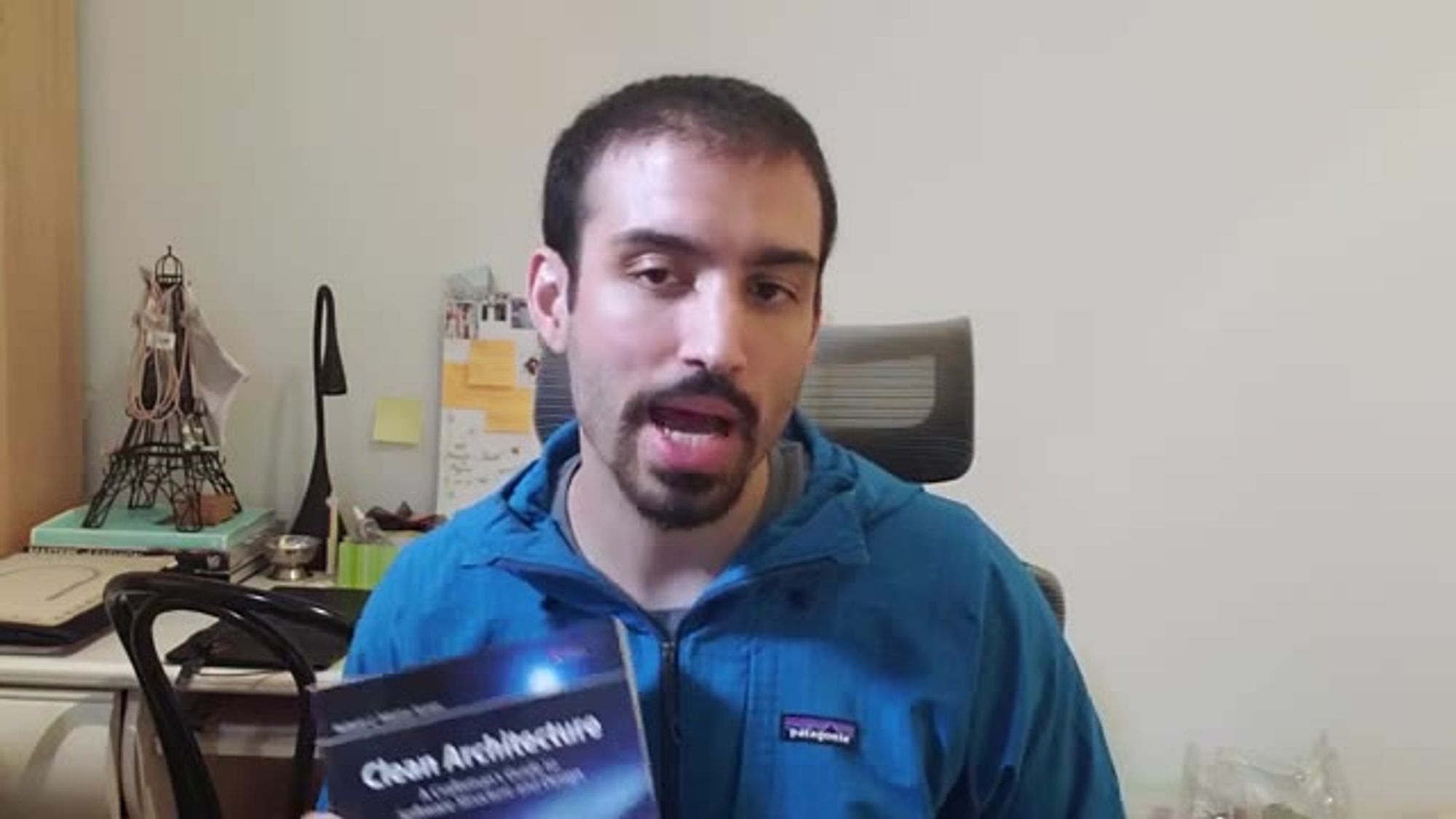
going to divide this into three

different sections
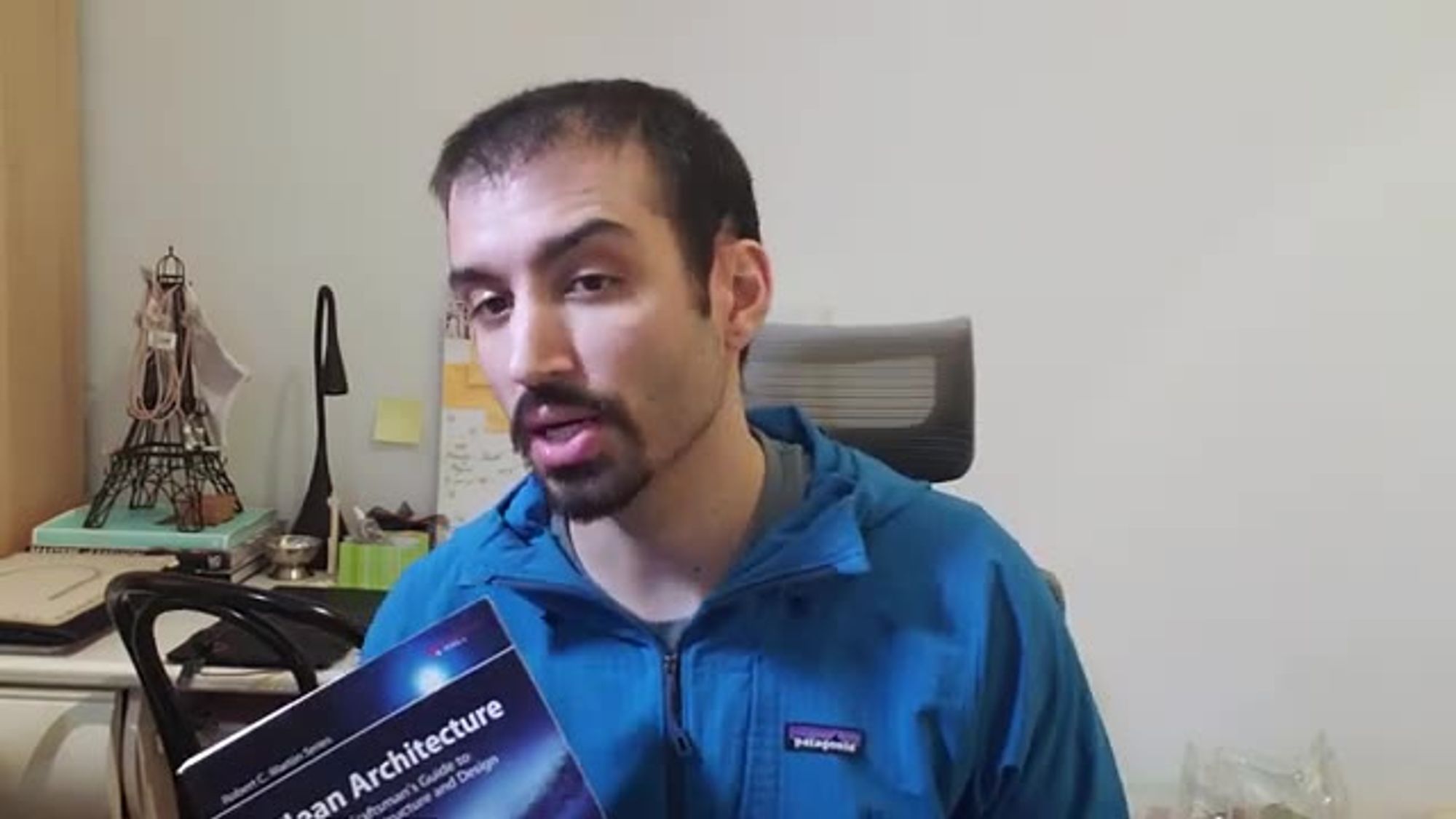
first i'm going to talk about what this
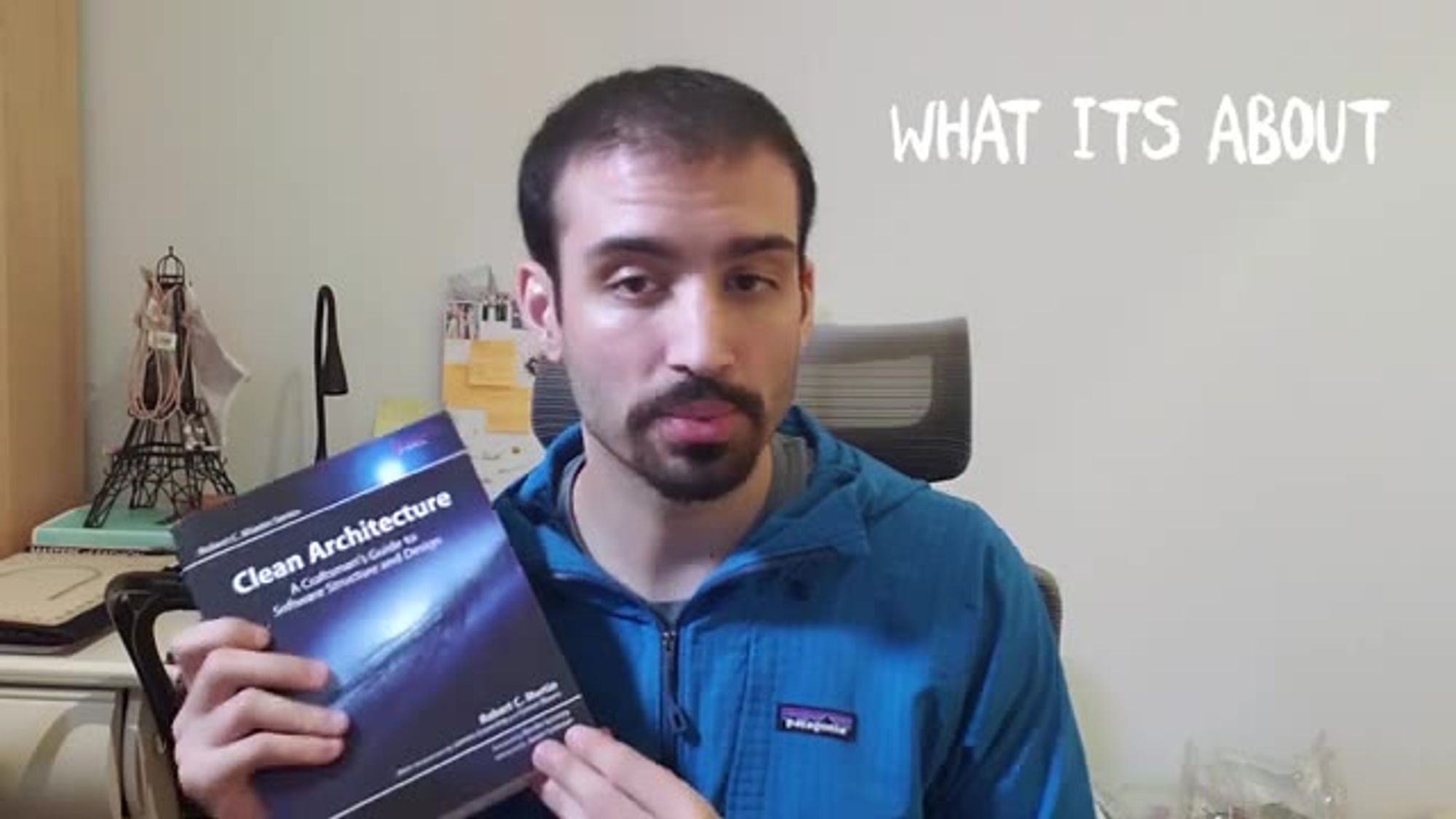
book is about just a little bit about

robert martin and generally what the

themes are in this book

then i'm going to talk to you about the
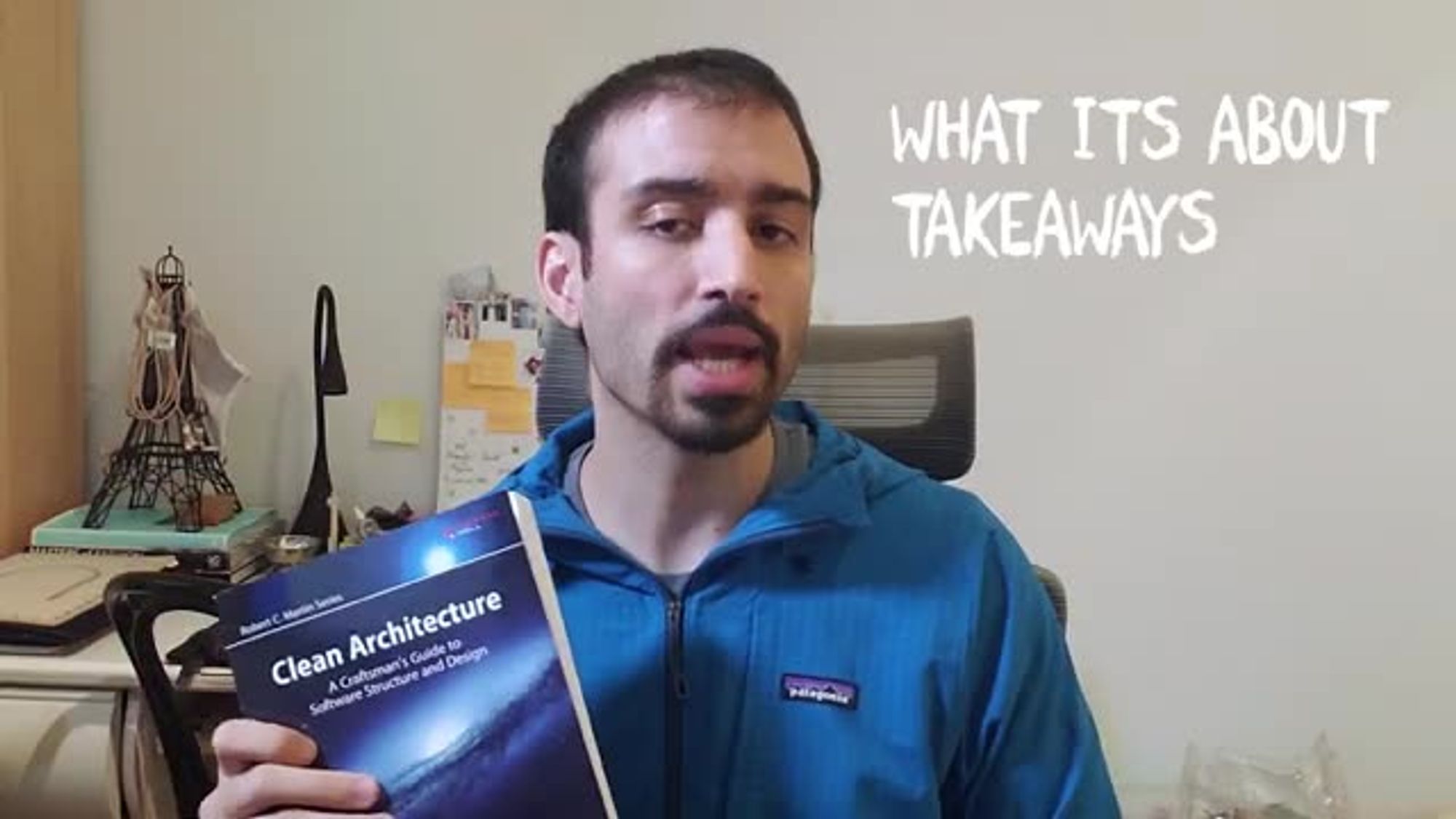
key takeaways that i took from this book
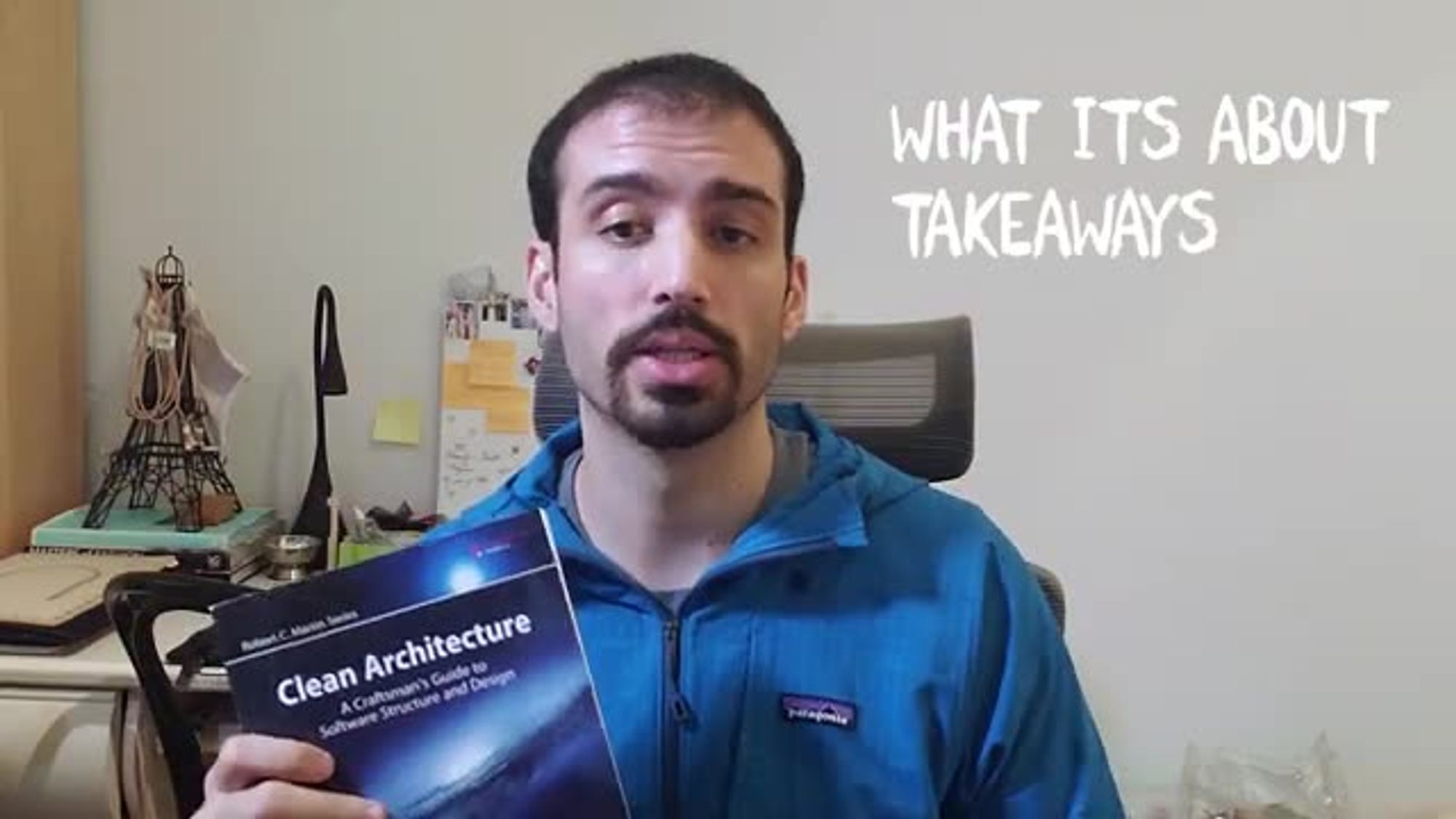
personally
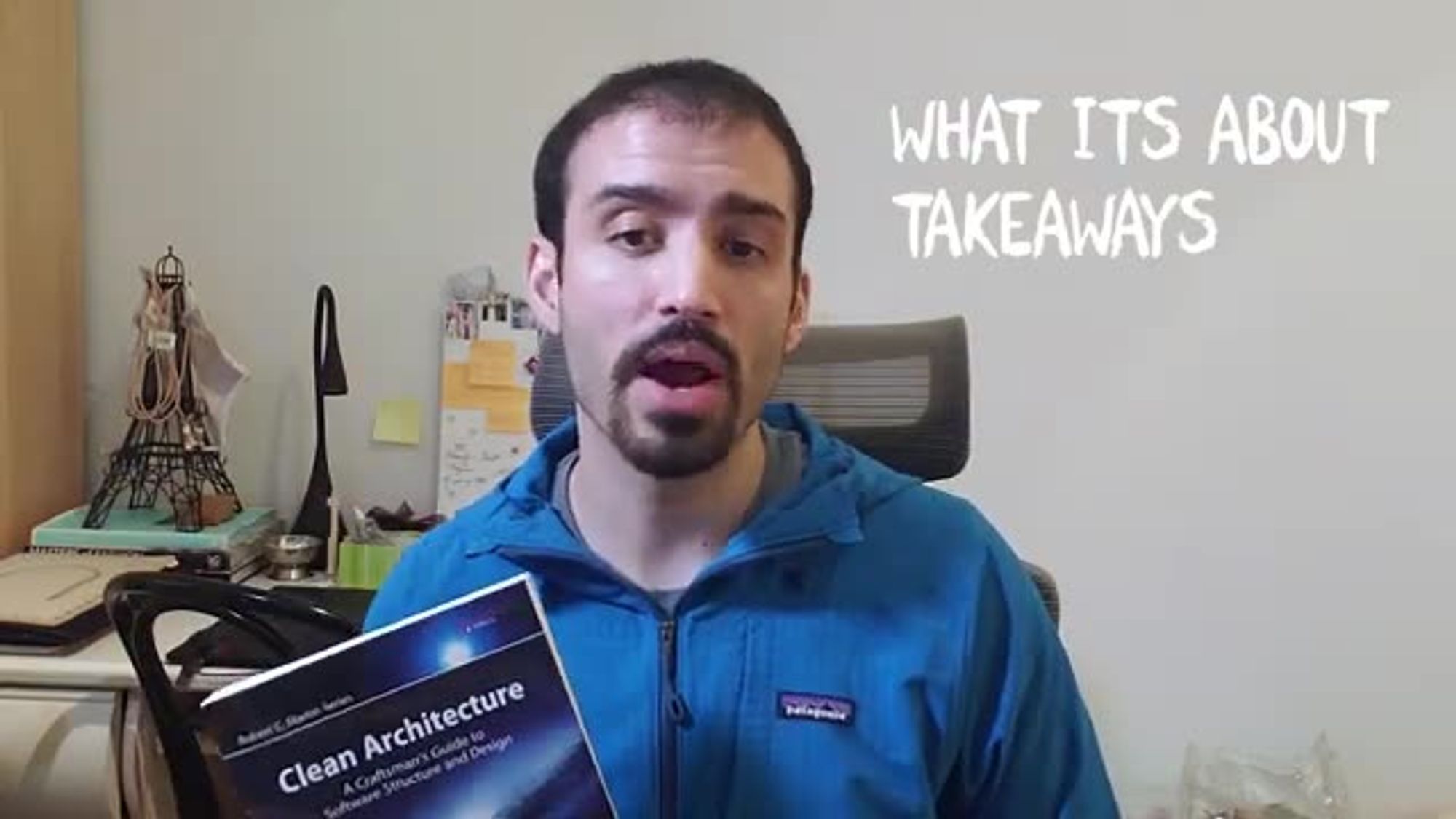
and then finally i'm going to give you
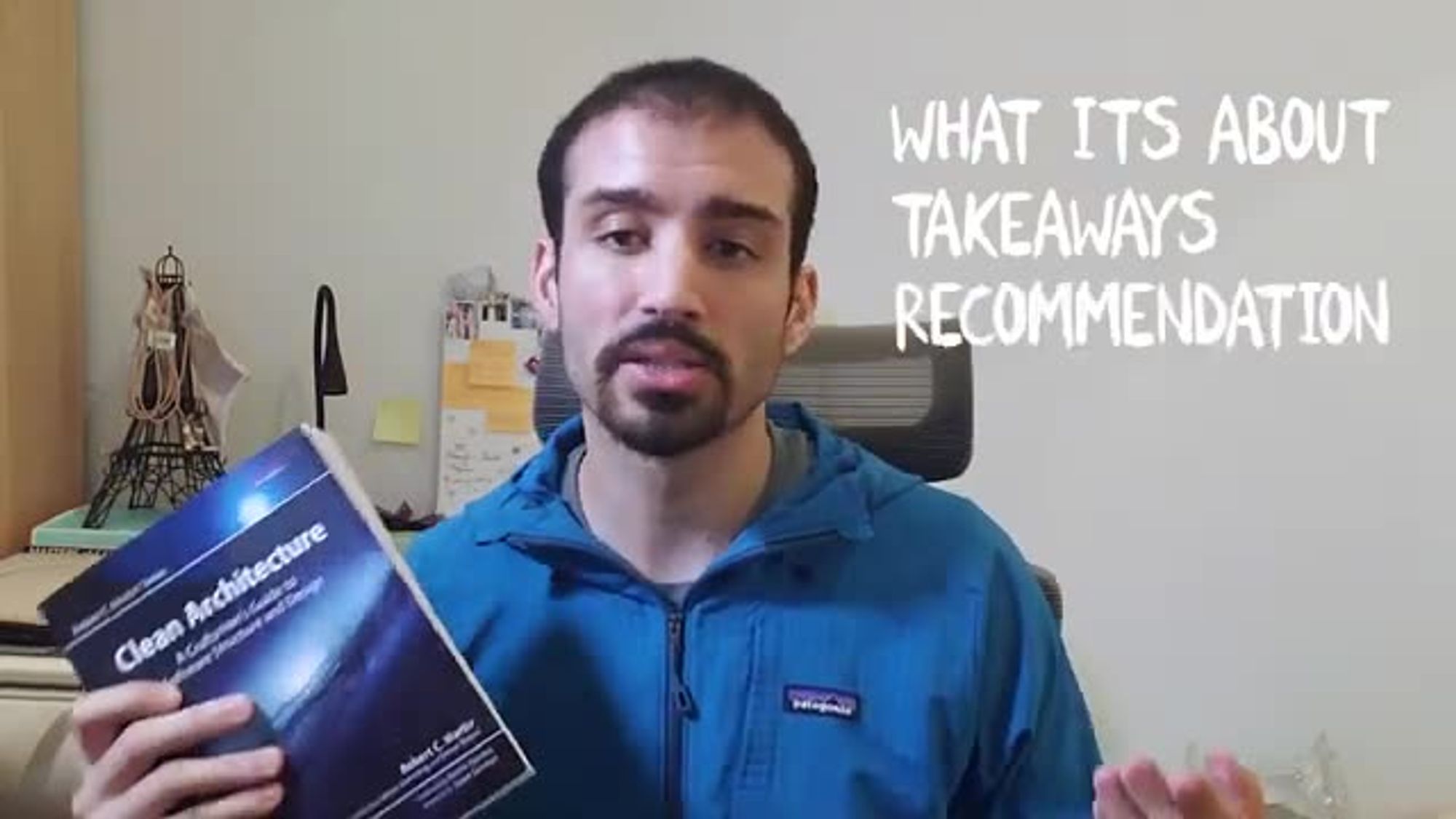
my summary and whether or not i can
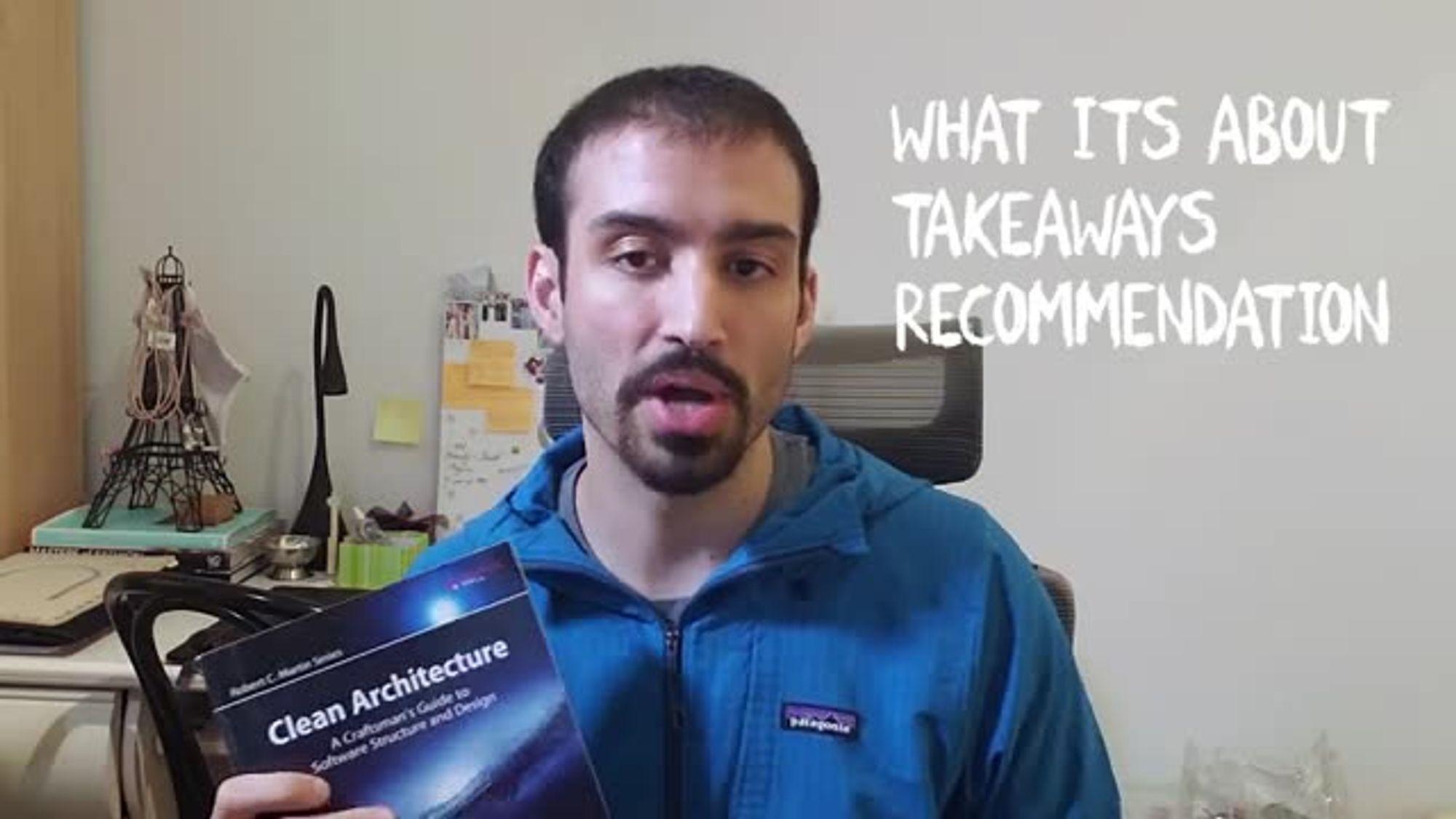
recommend it or not for you to read
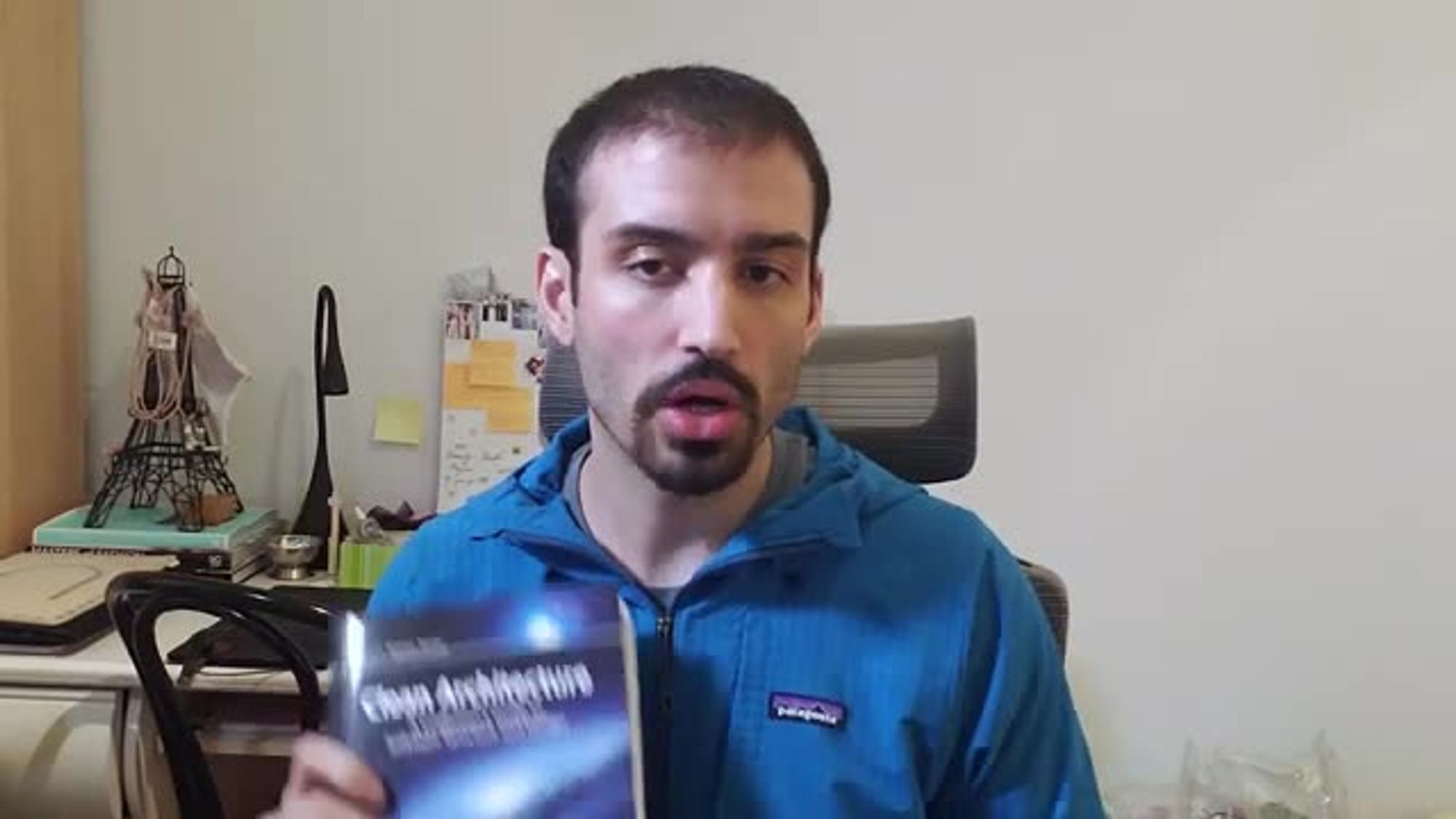
so first of all who is this book even

for well it's for software developers

if you're a beginner software developer

especially even if you're

a more mid-career or veteran software
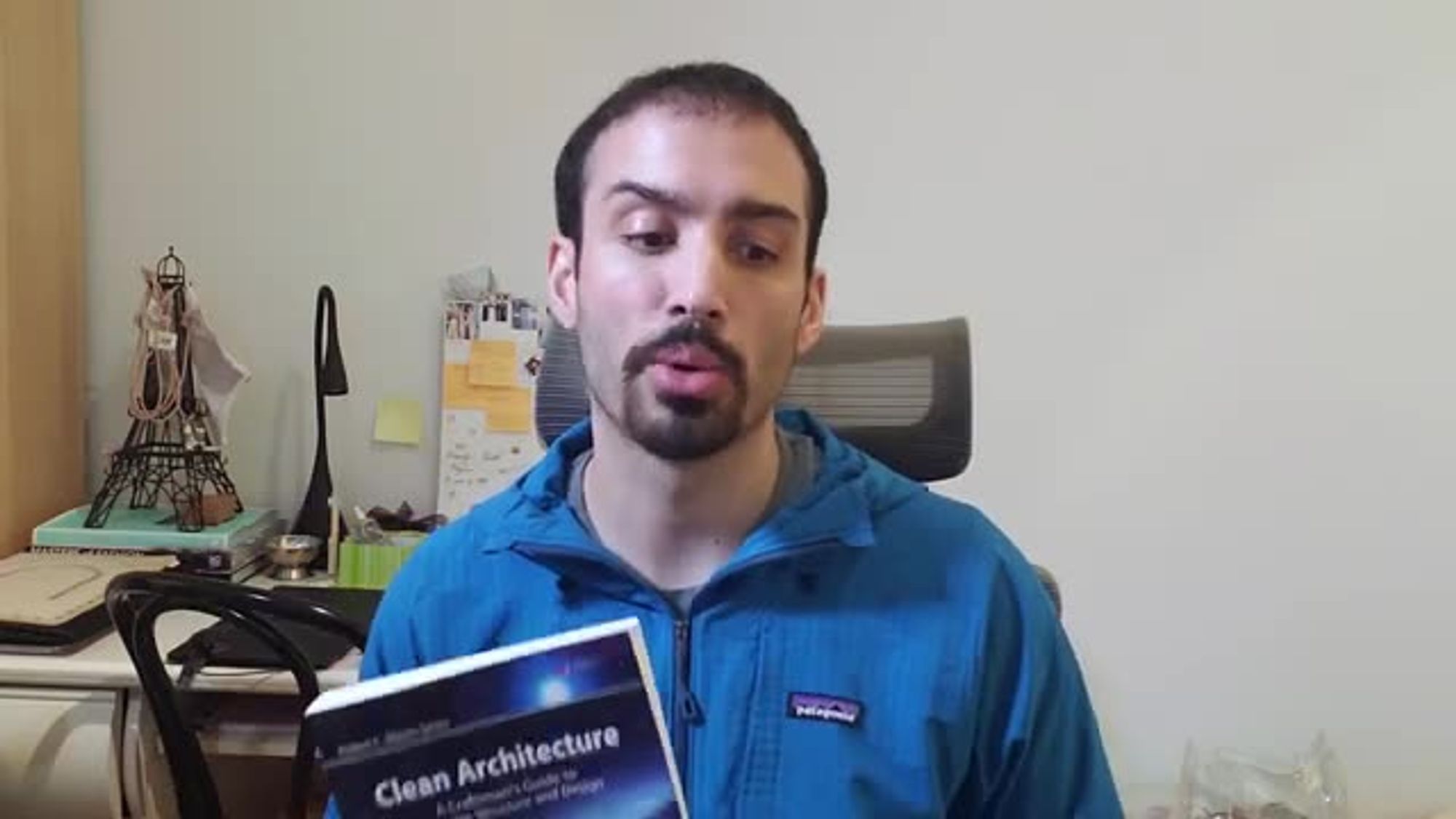
developer i think this

book is beneficial to all different

skill levels

talking about this personally i kind of
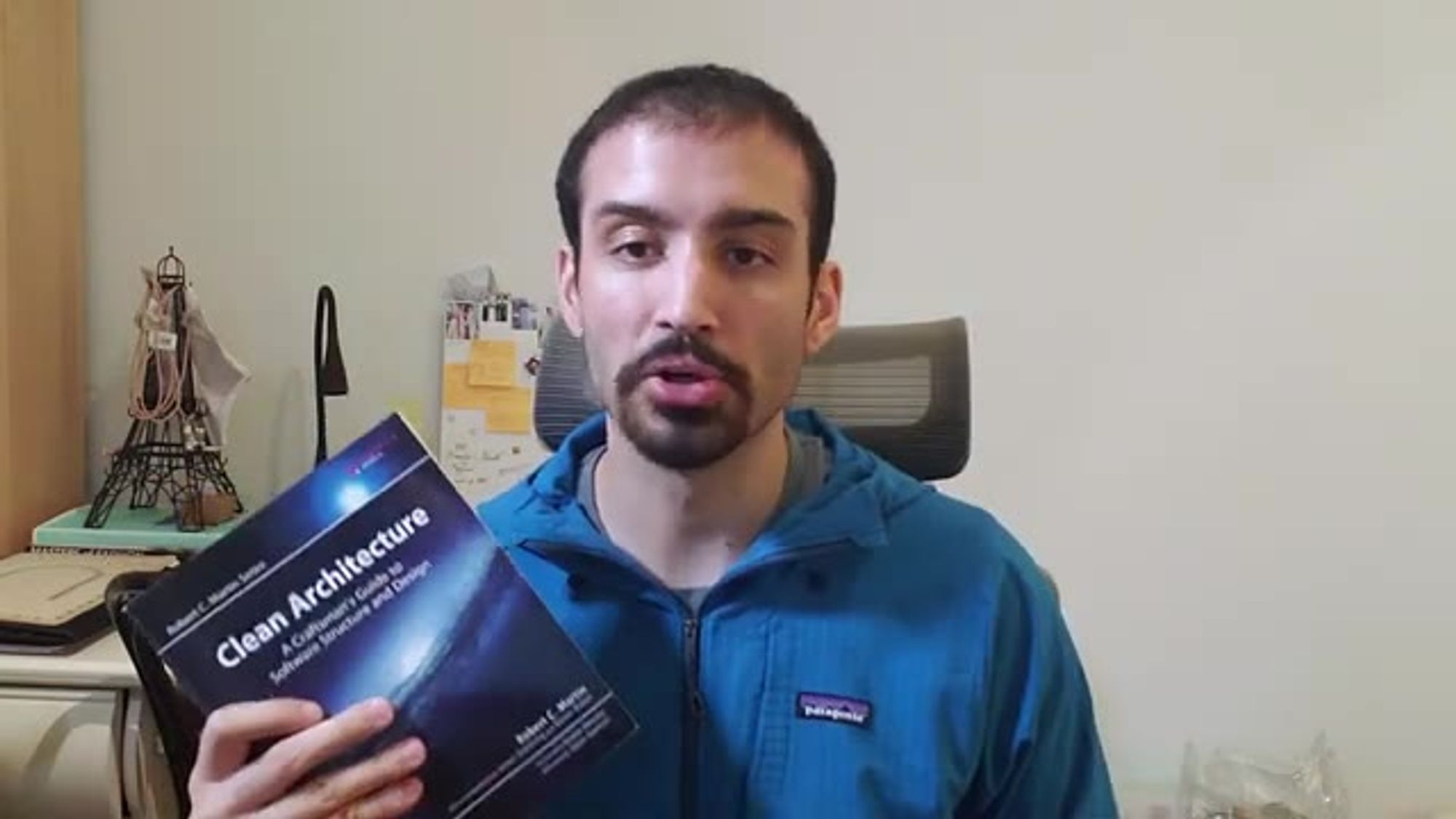
learned a lot of the concepts of
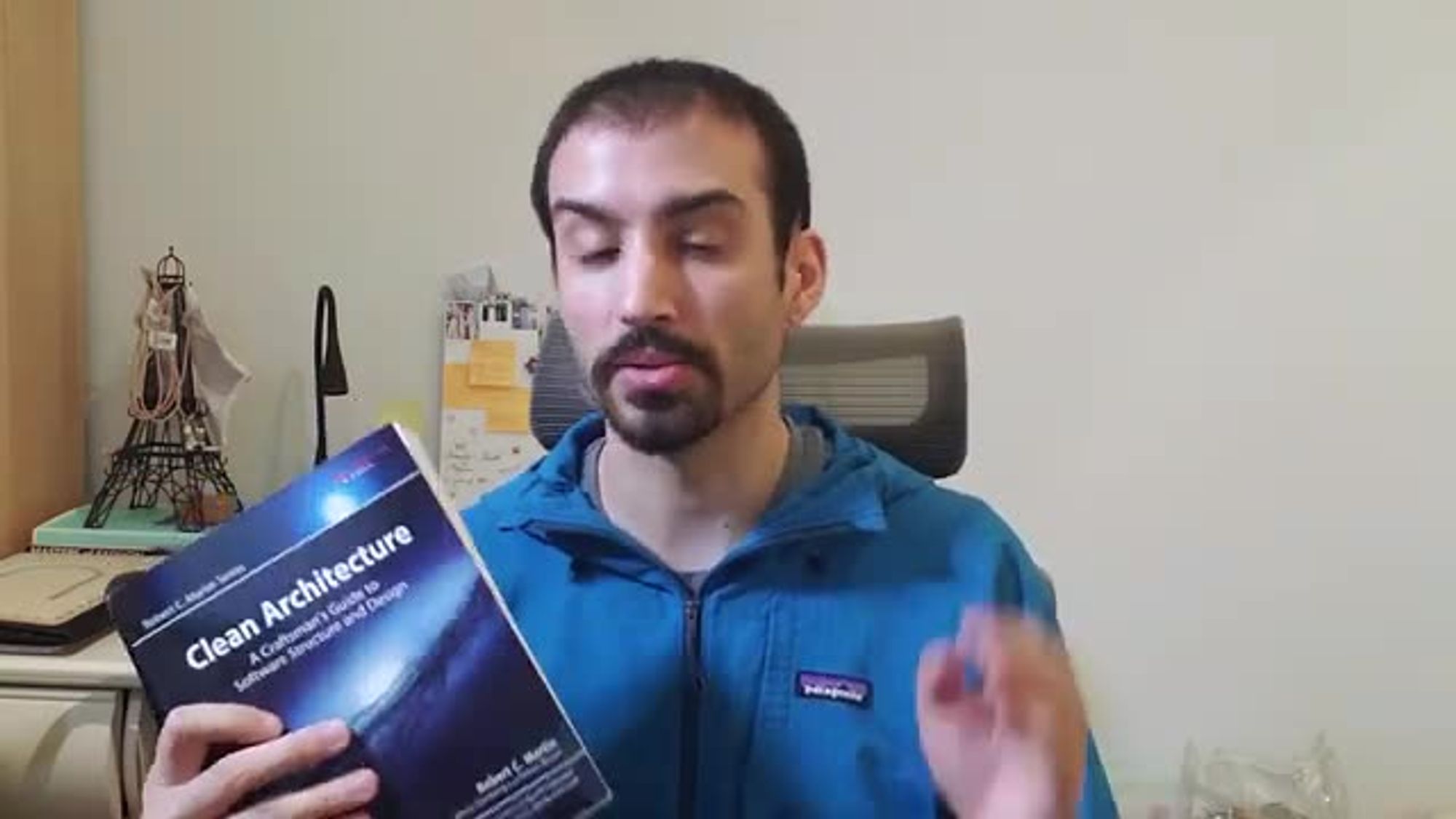
software development and software
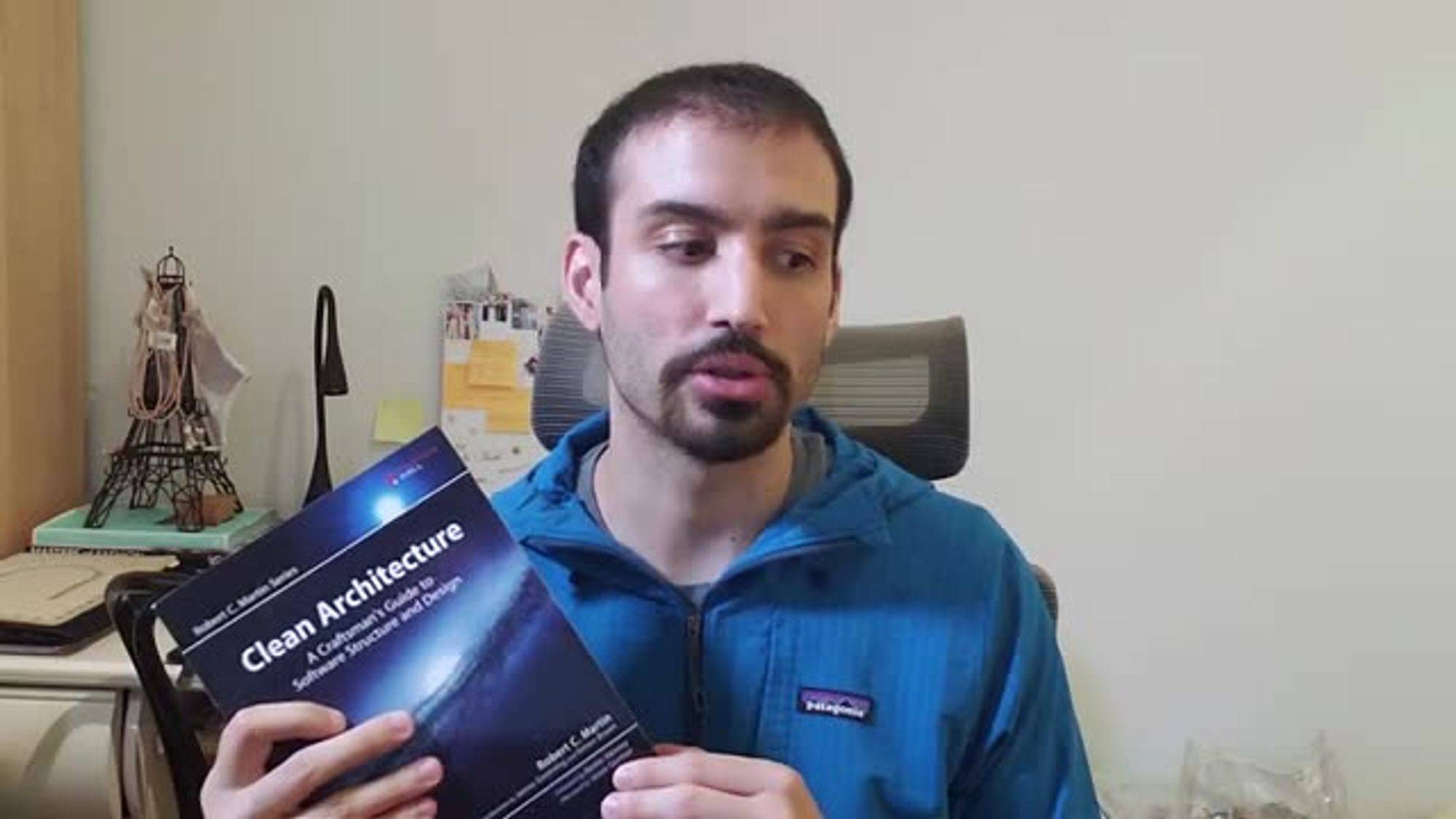
architecture just by
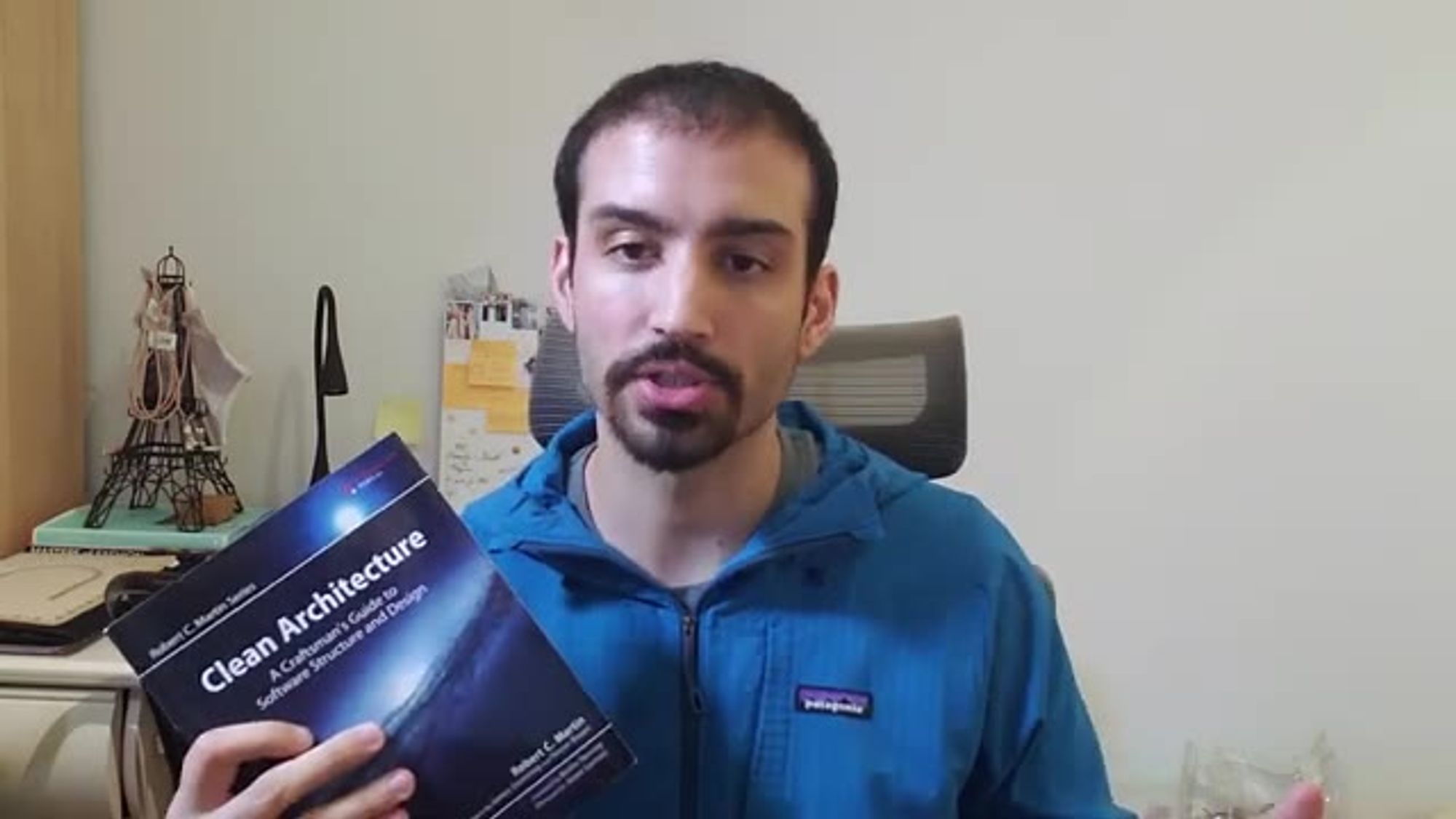
kind of going into the trenches and
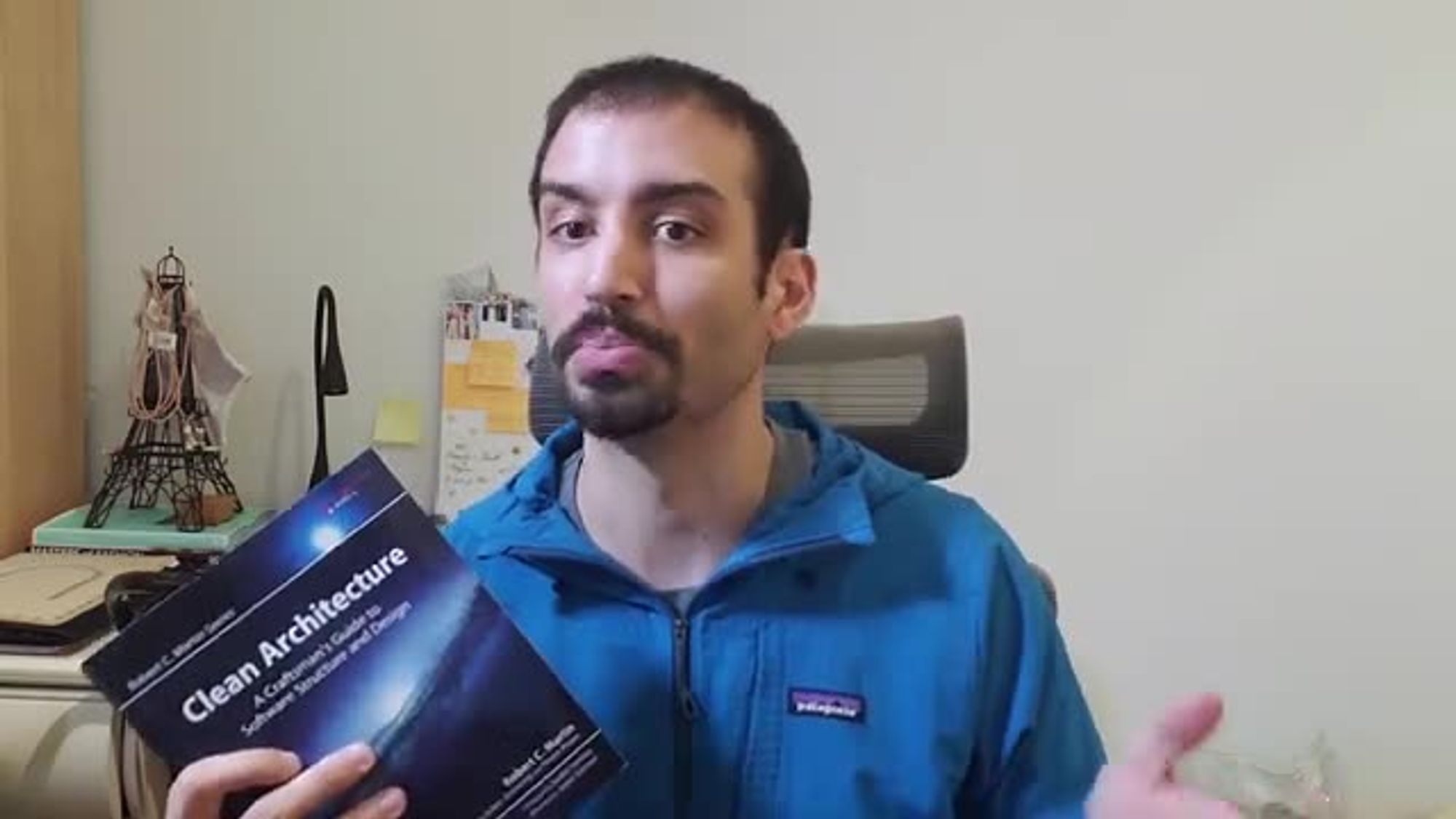
experiencing it and
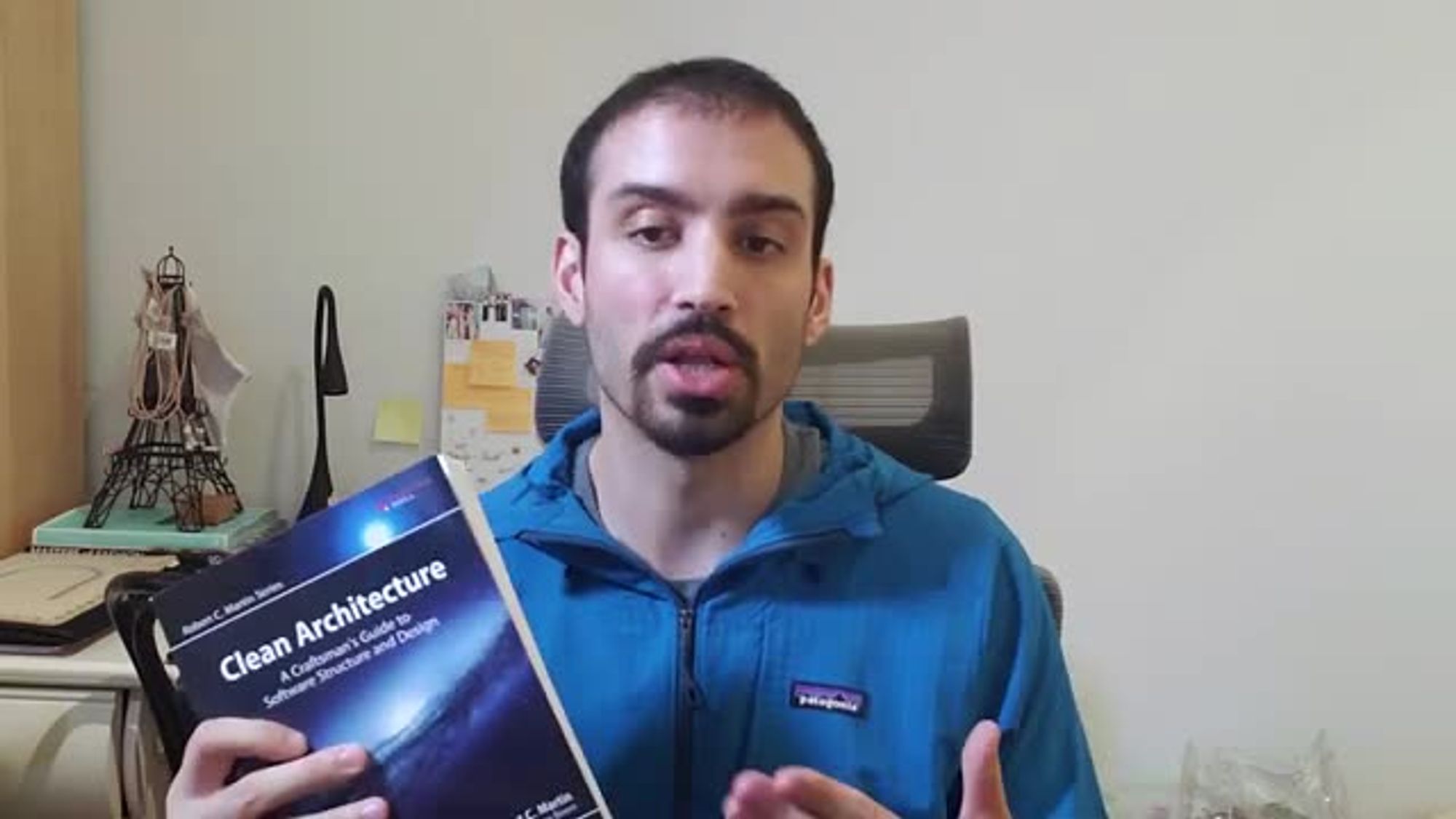
seeing what it looked like in real life

and i can tell you that when i read this
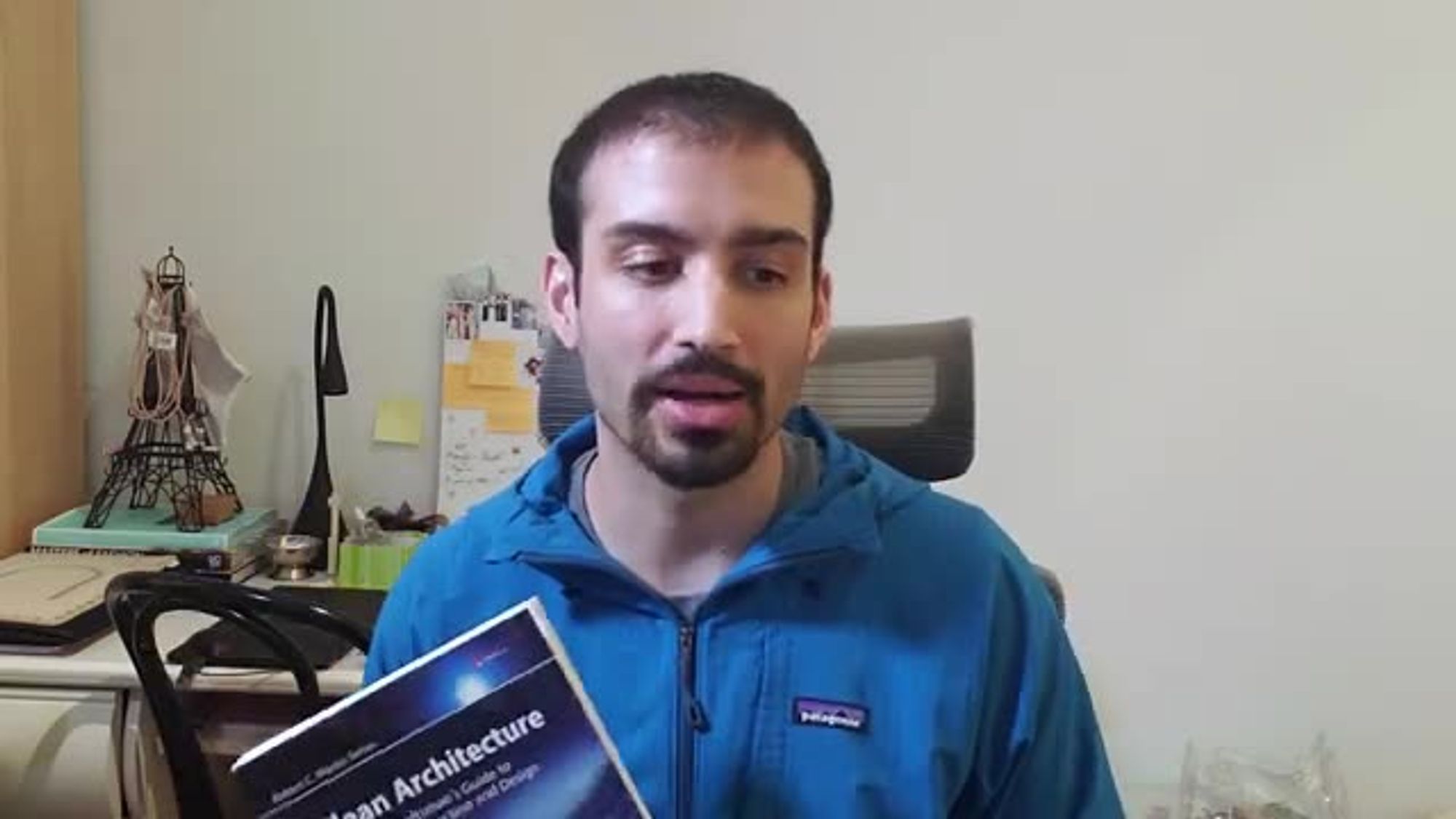
book after the fact a lot of the

concepts and the principles that it

teaches you are very applicable to real

life a lot of these things
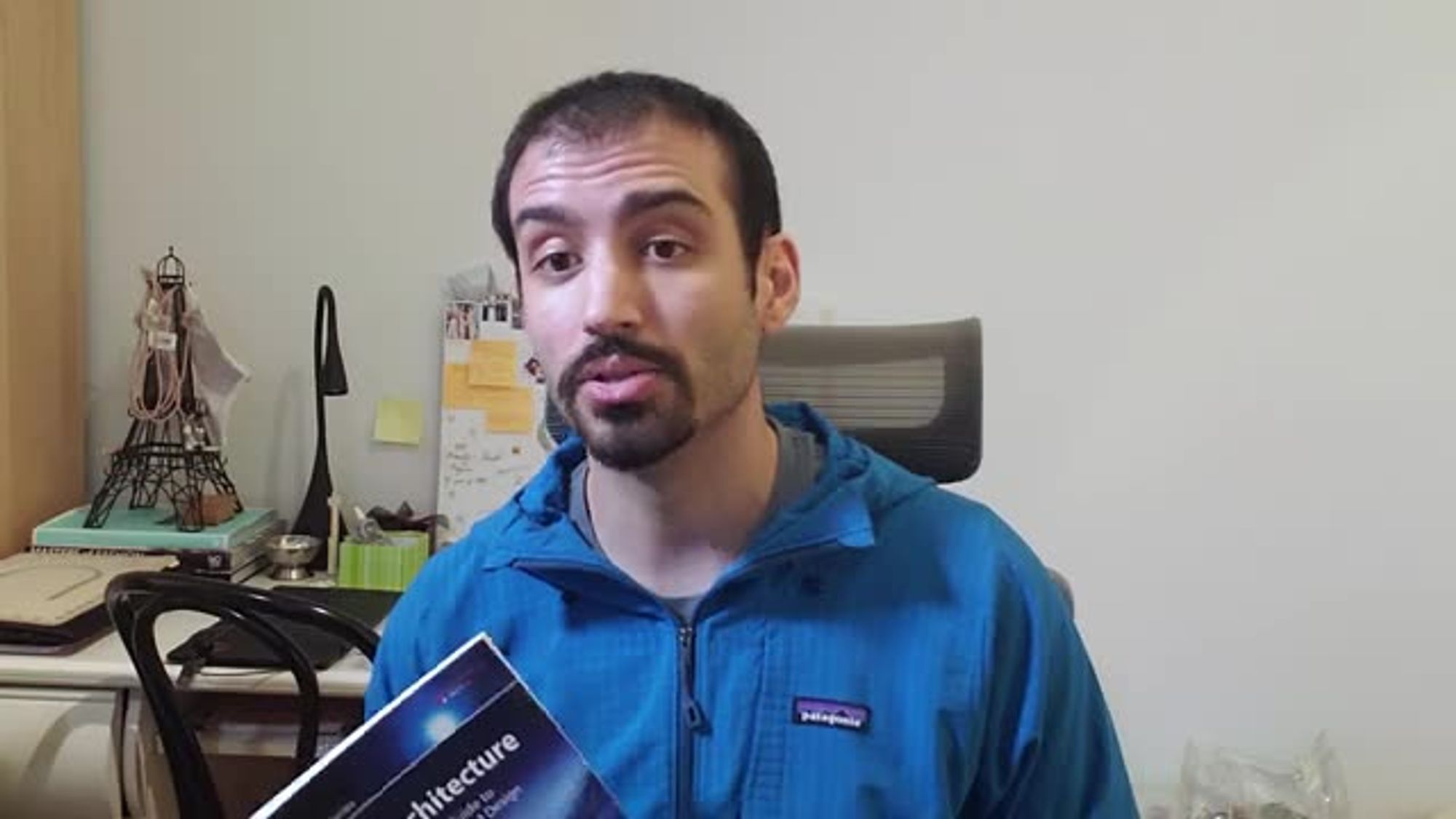
that it teaches you are in fact how it

works um so
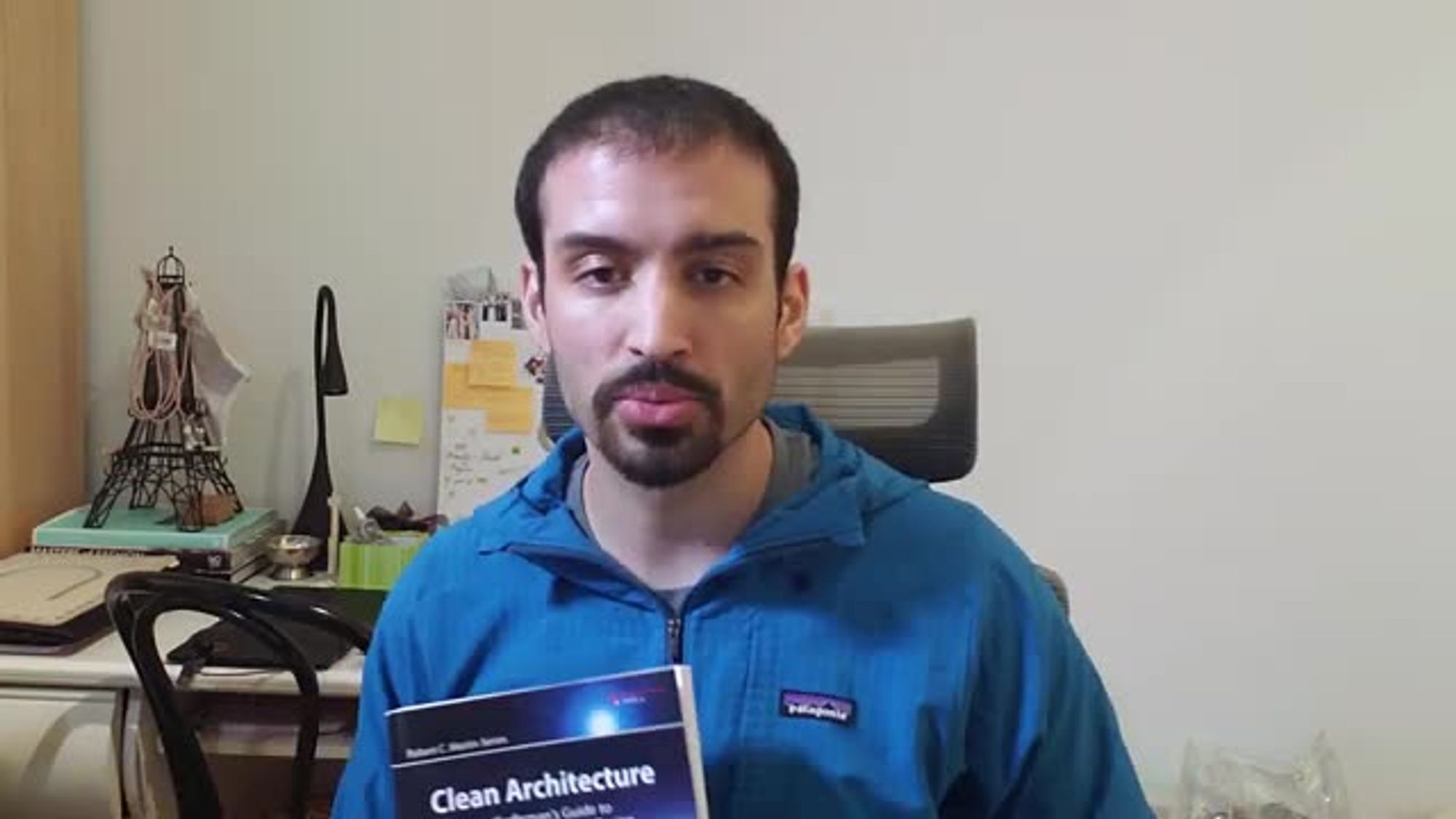
looking at this in retrospect i wish i
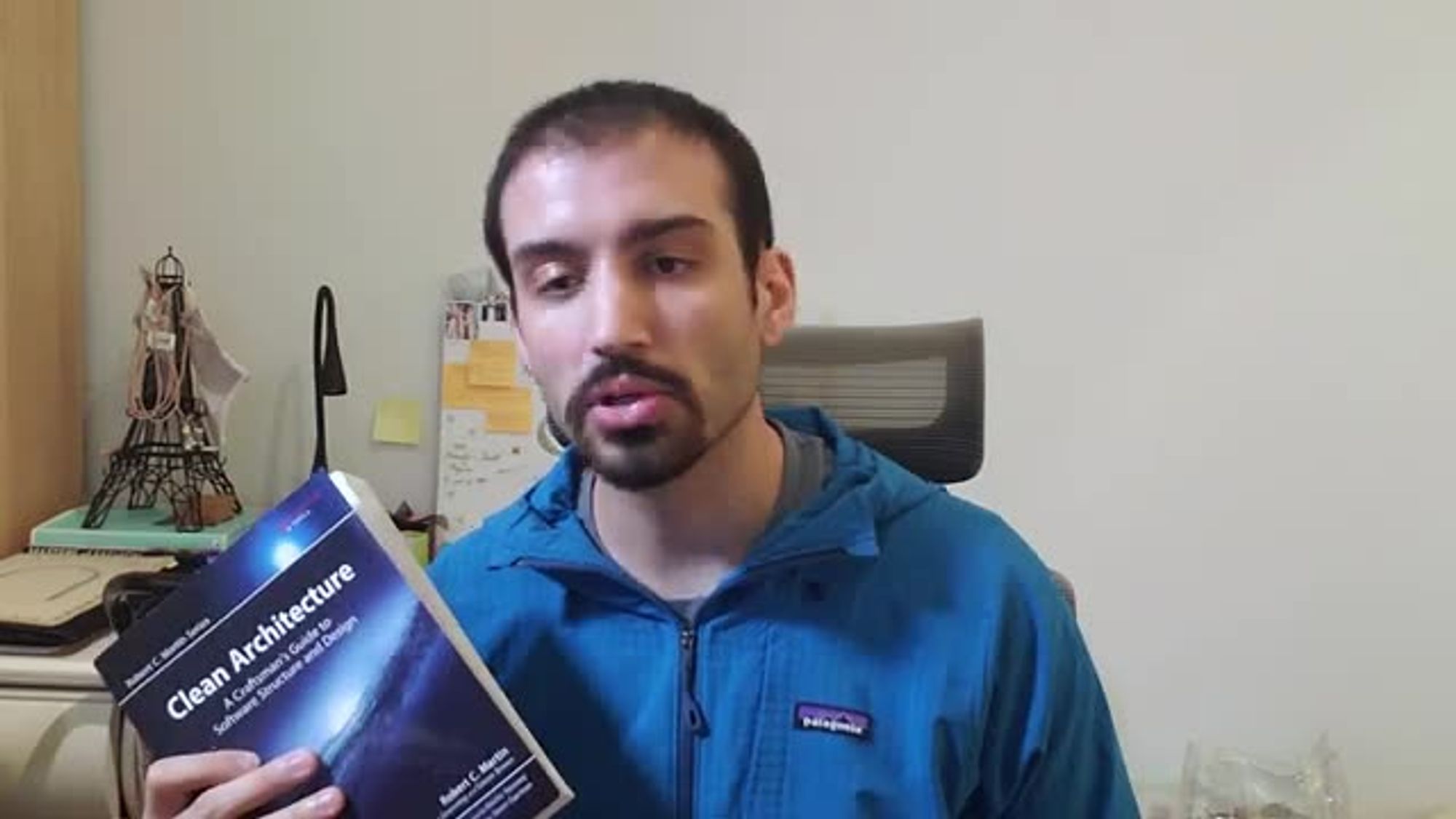
knew about this stuff earlier i wish i

like to read more as i
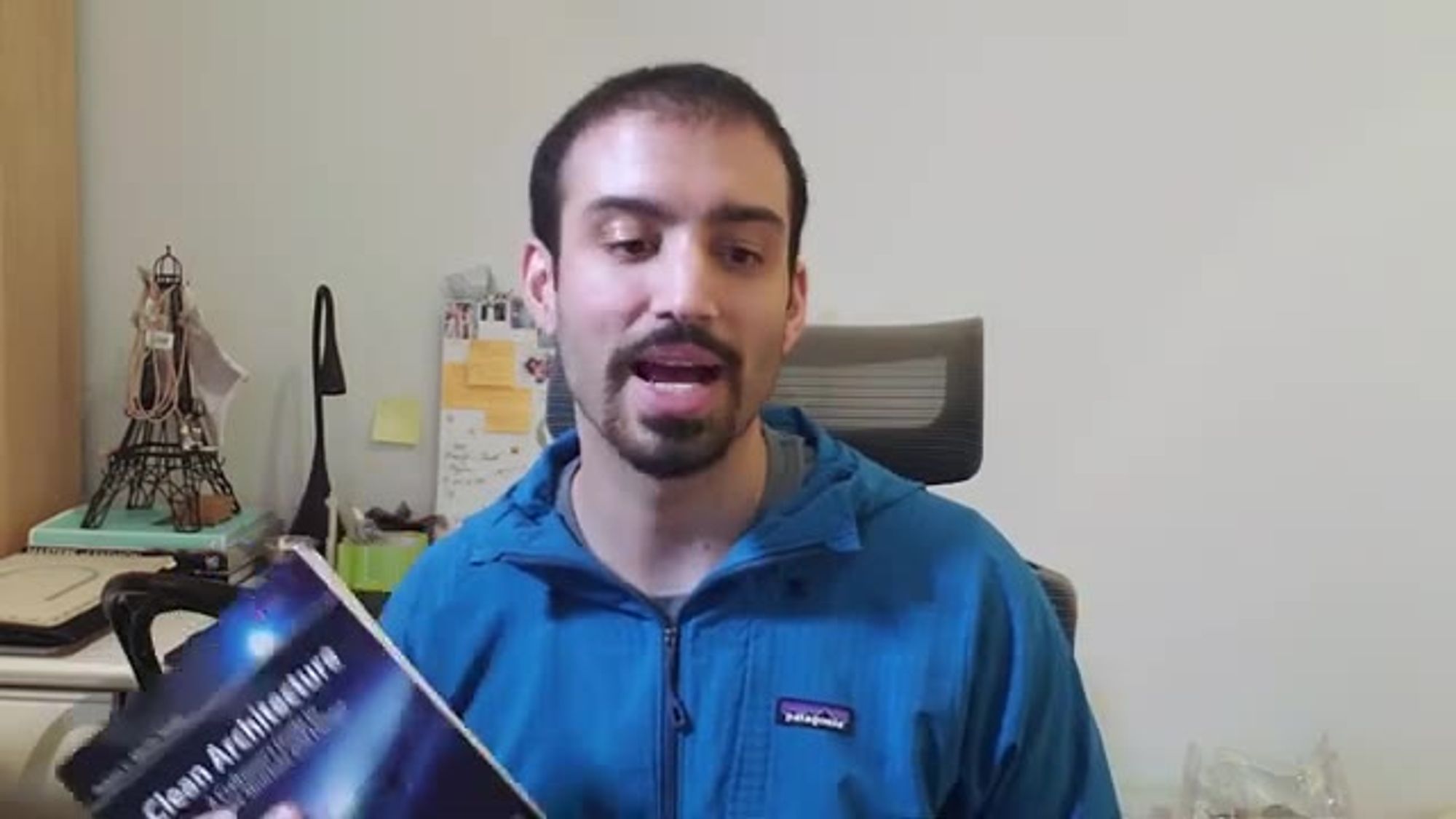
as i like to read now but take that as
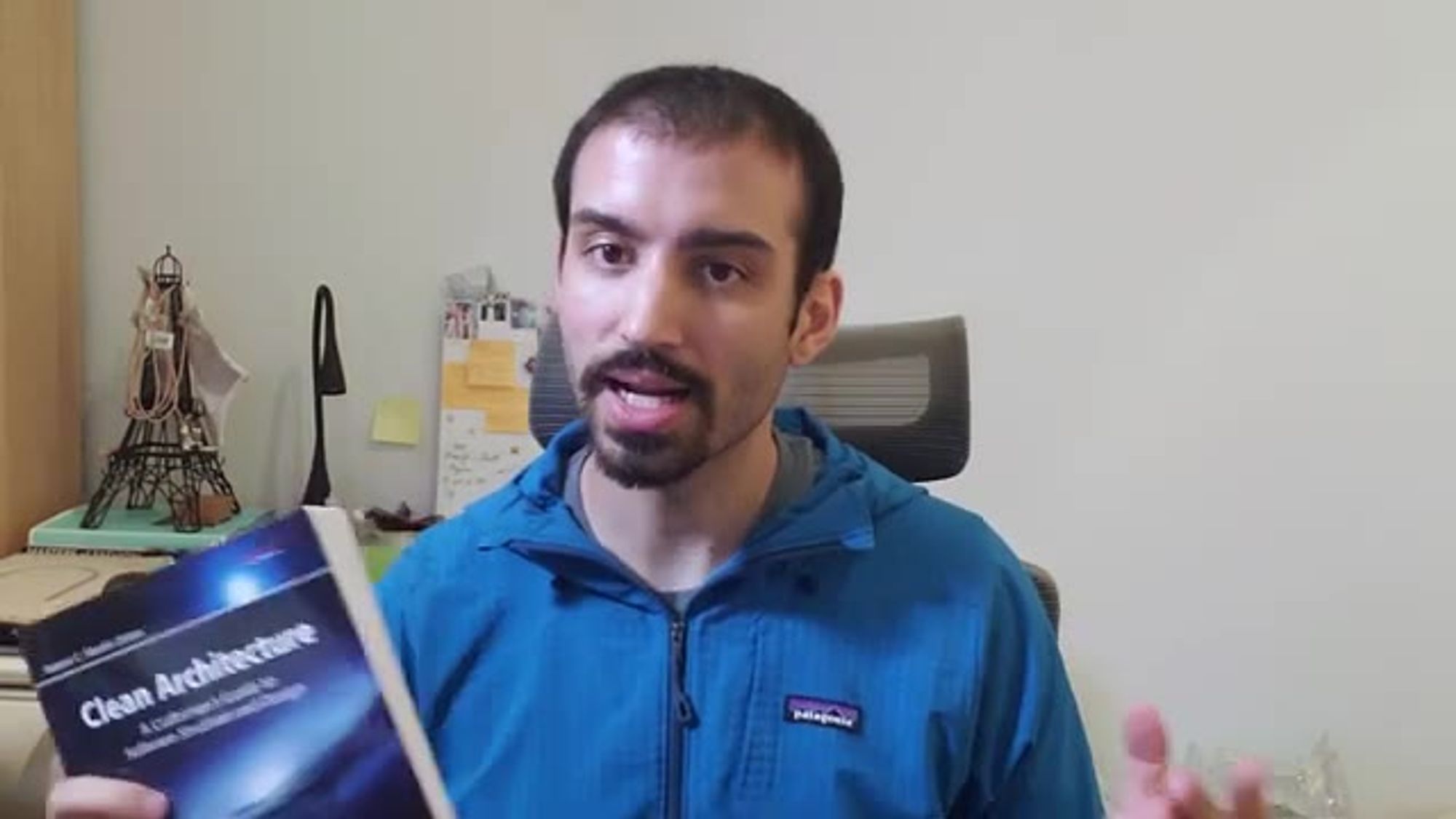
you will and the essence of the book is
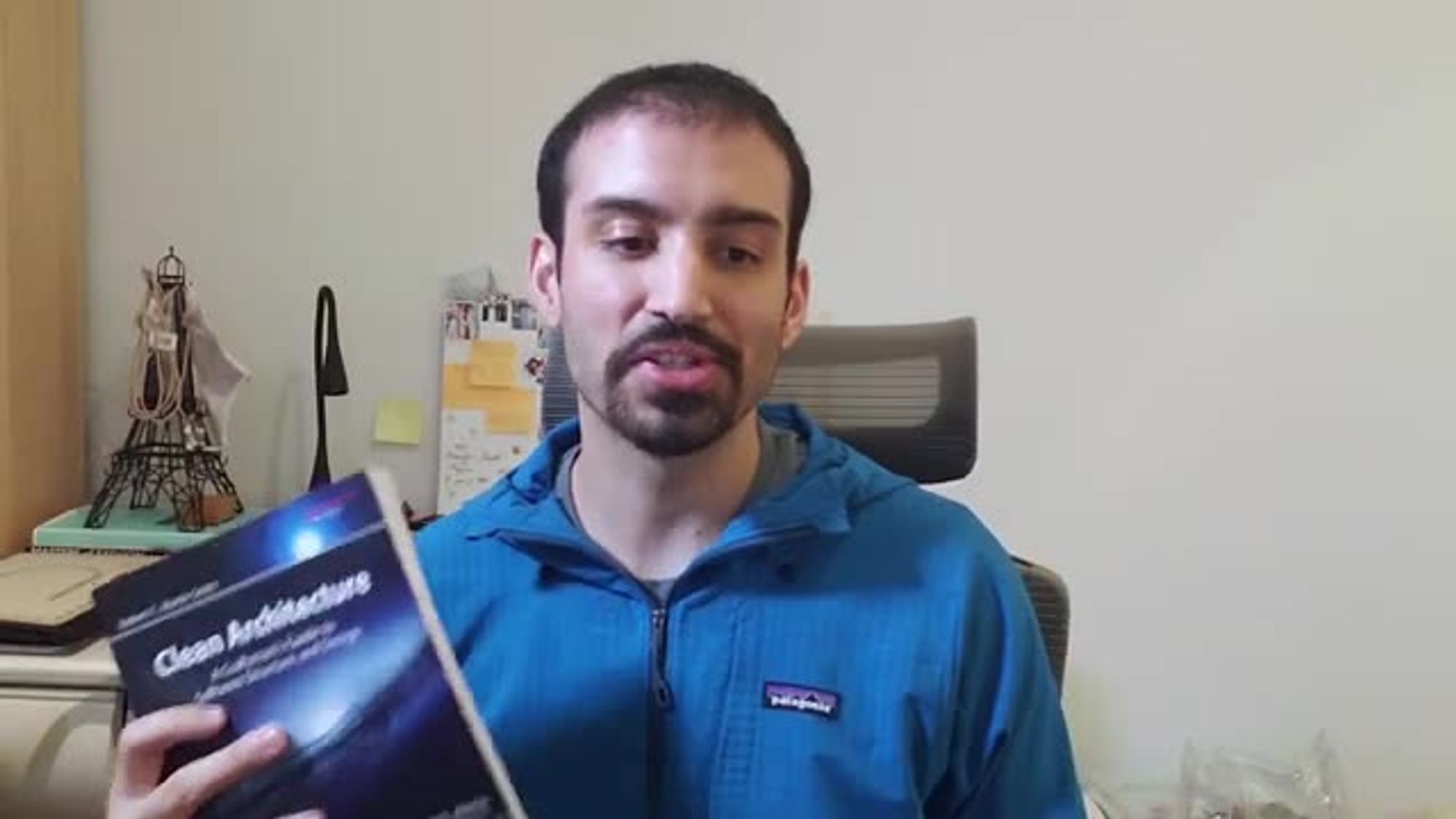
that
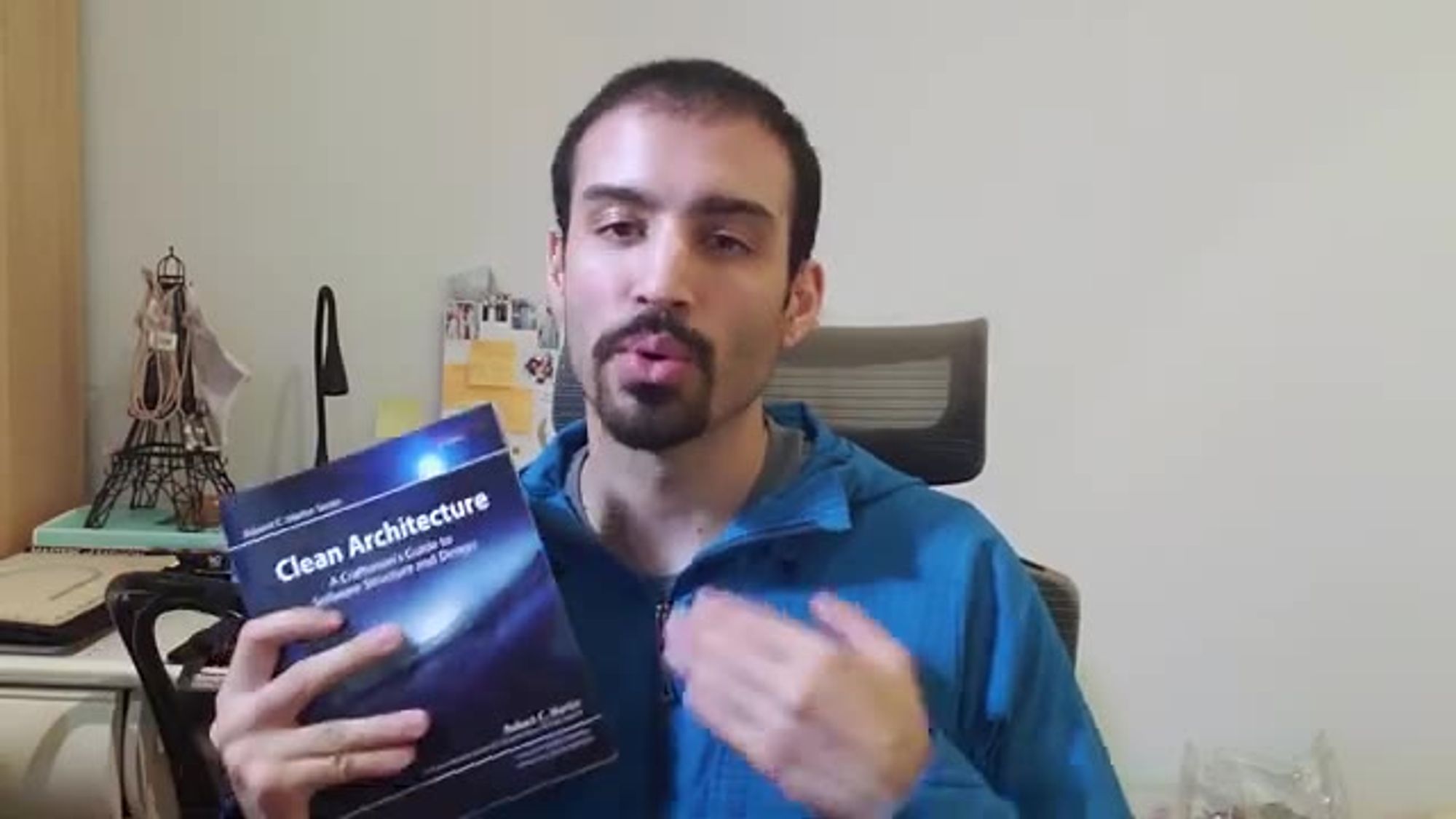
often when we're working with a code
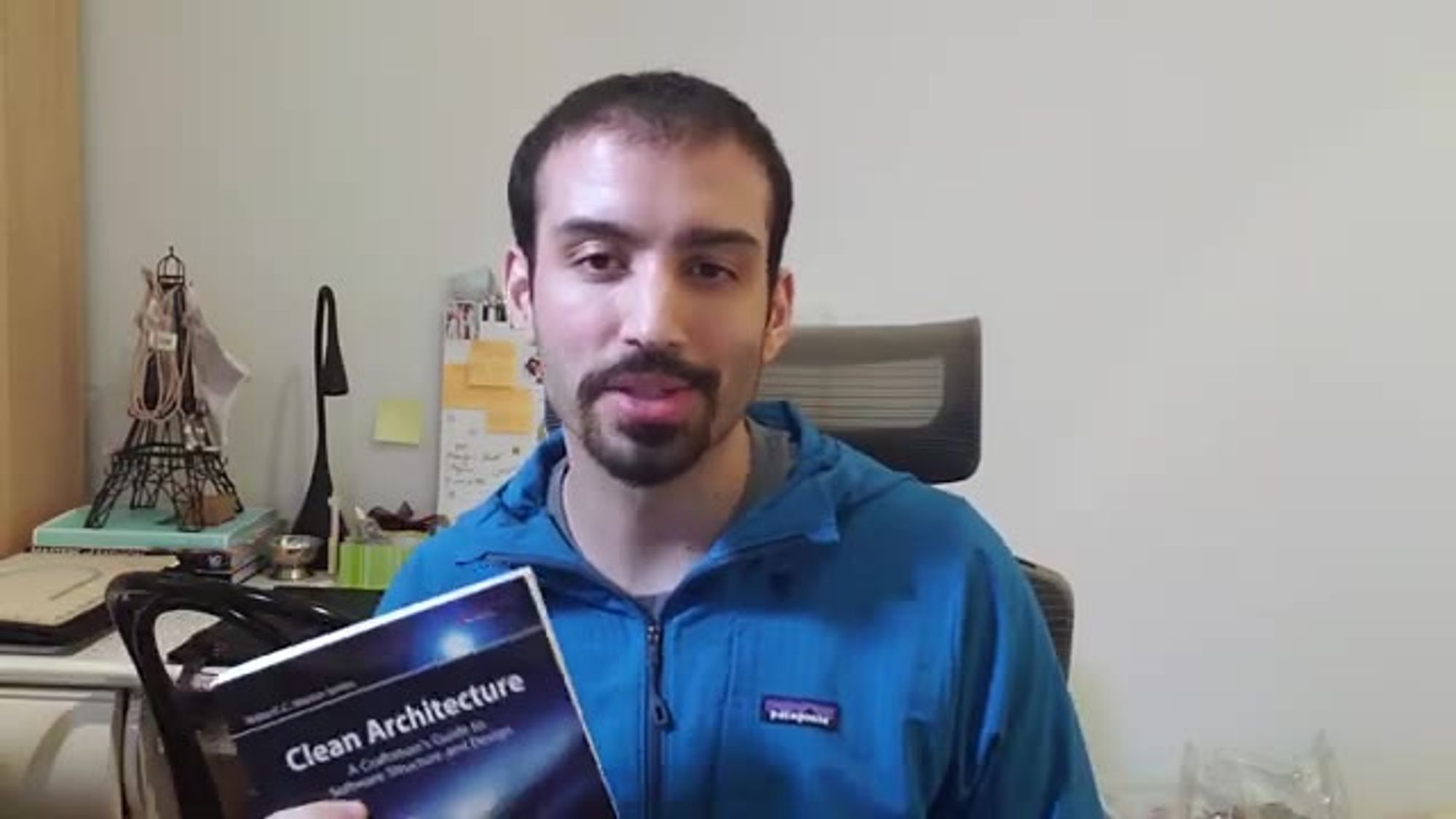
base you you know

if it's good or bad right like it's
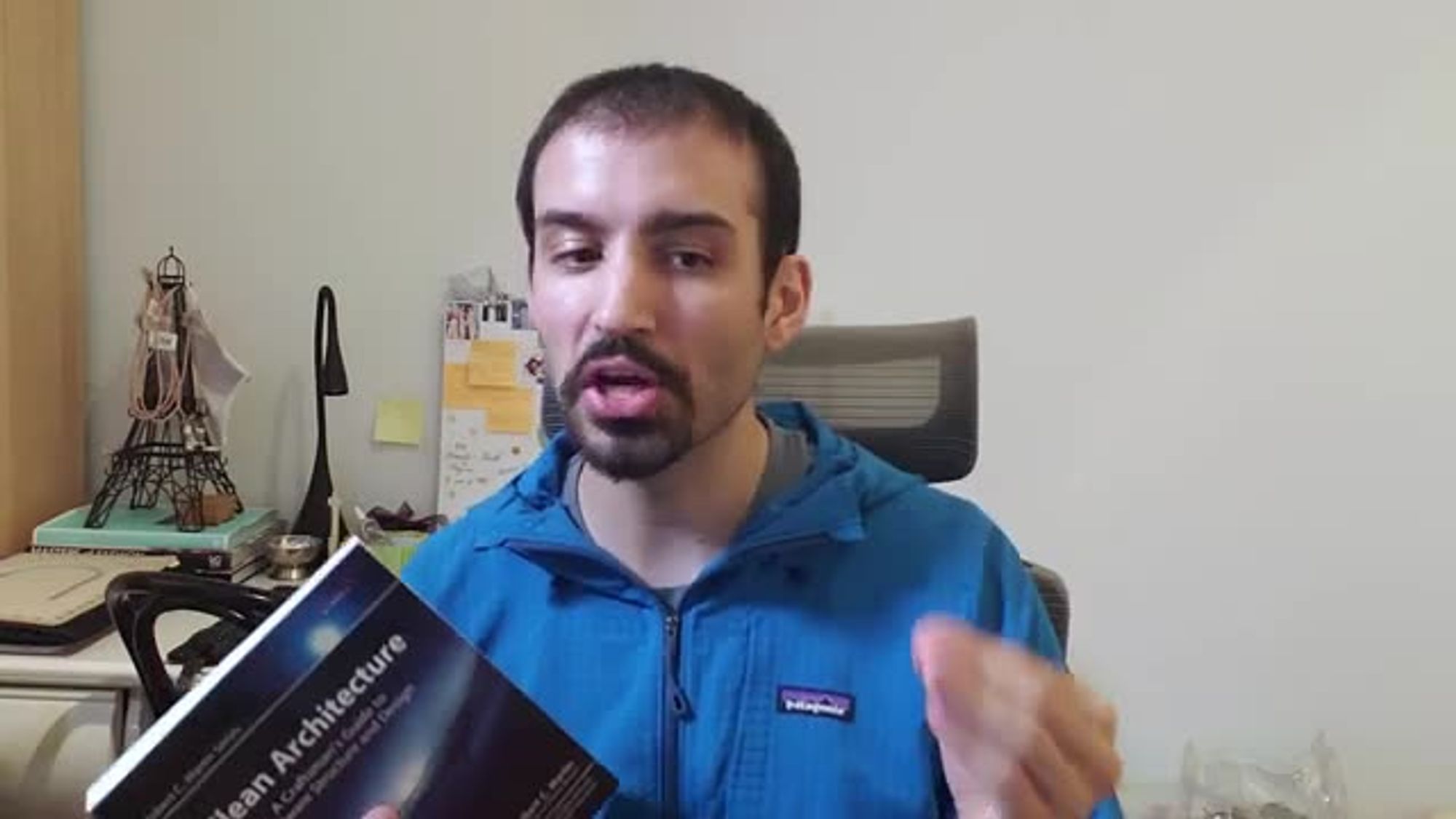
either good and you know that because
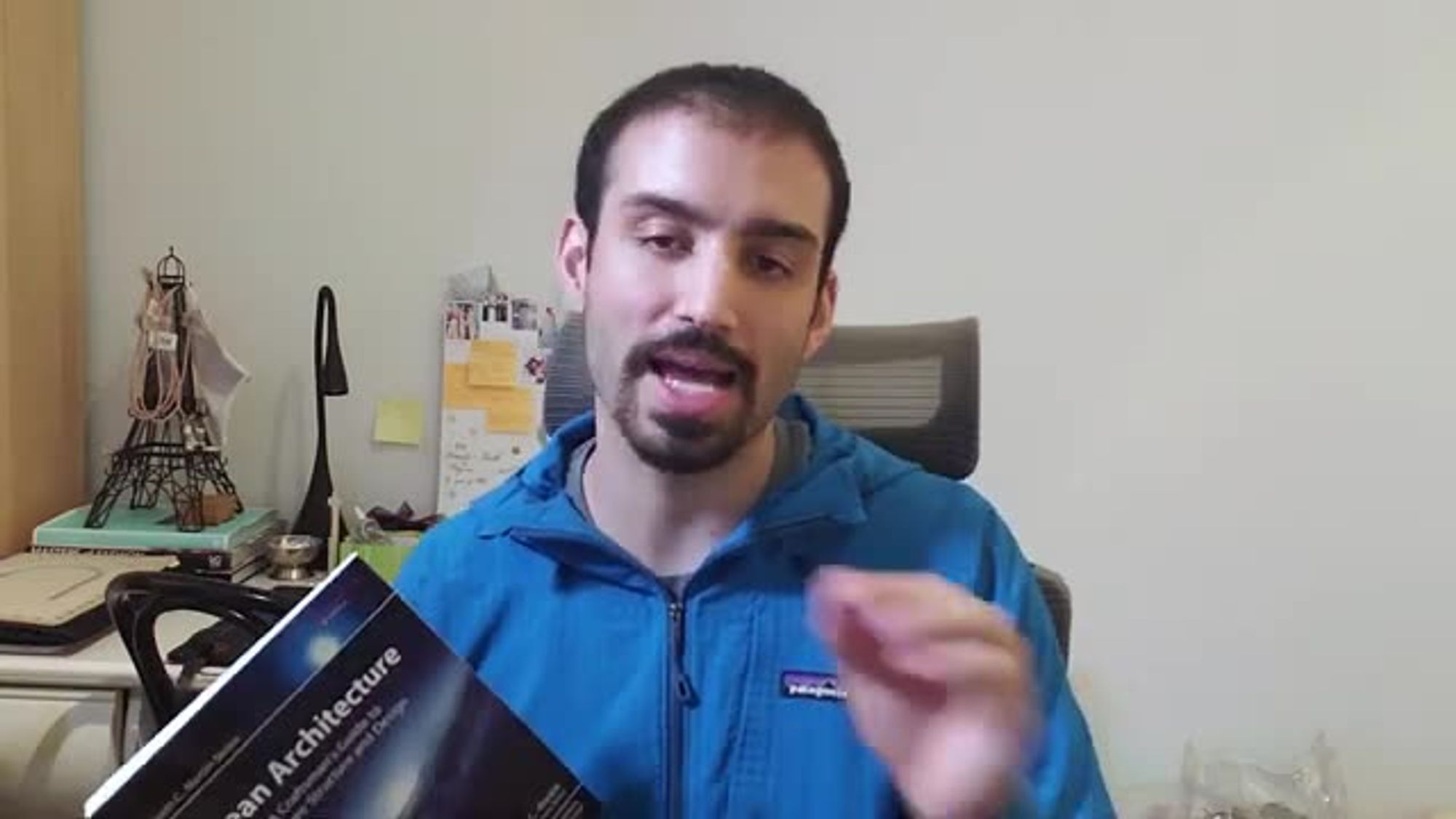
it's easy to add features it's easy to

change things
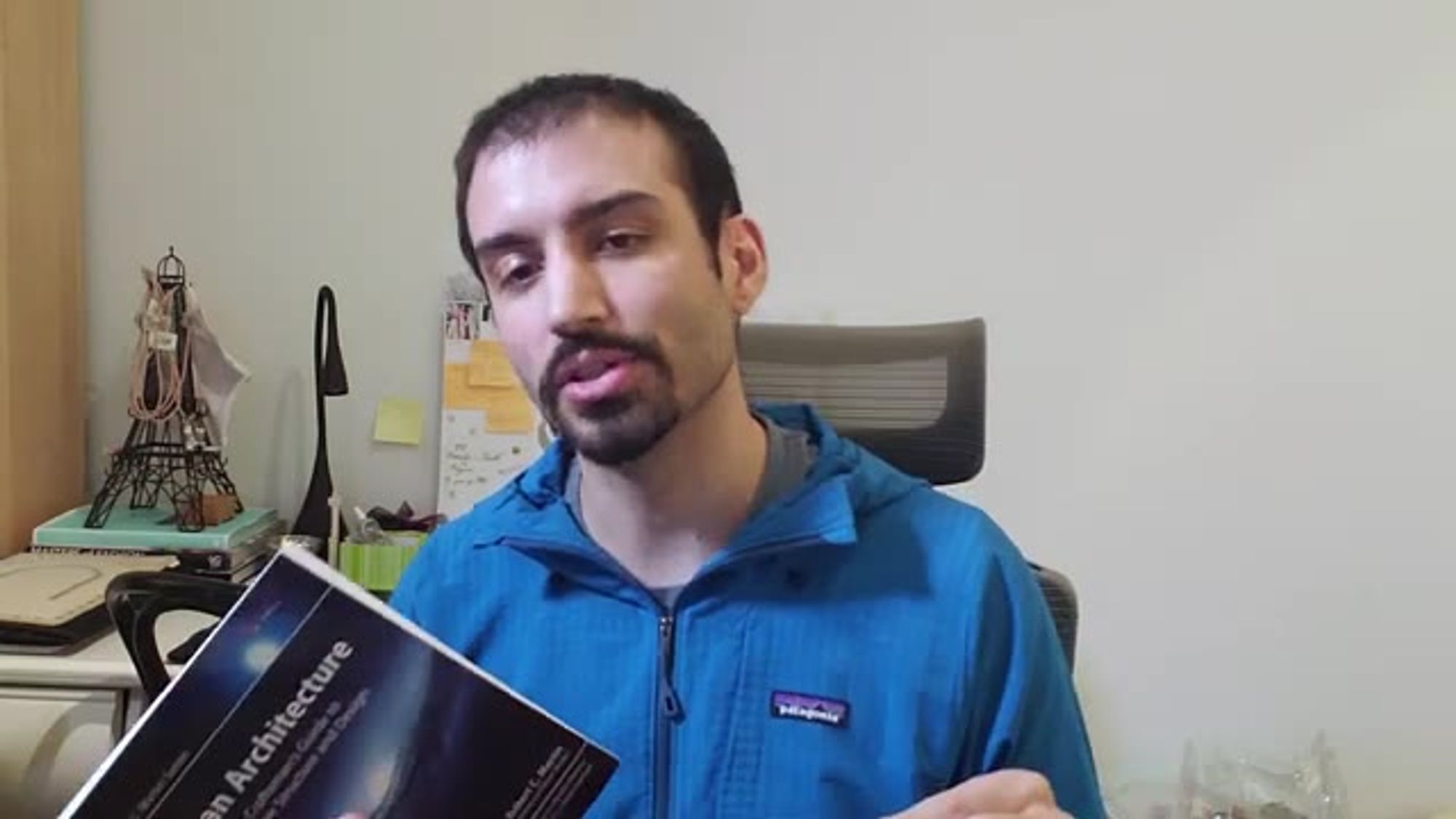
documentation is always up to snuff

everything is just

gravy and when it's a bad code base you

know the complete opposite happens you
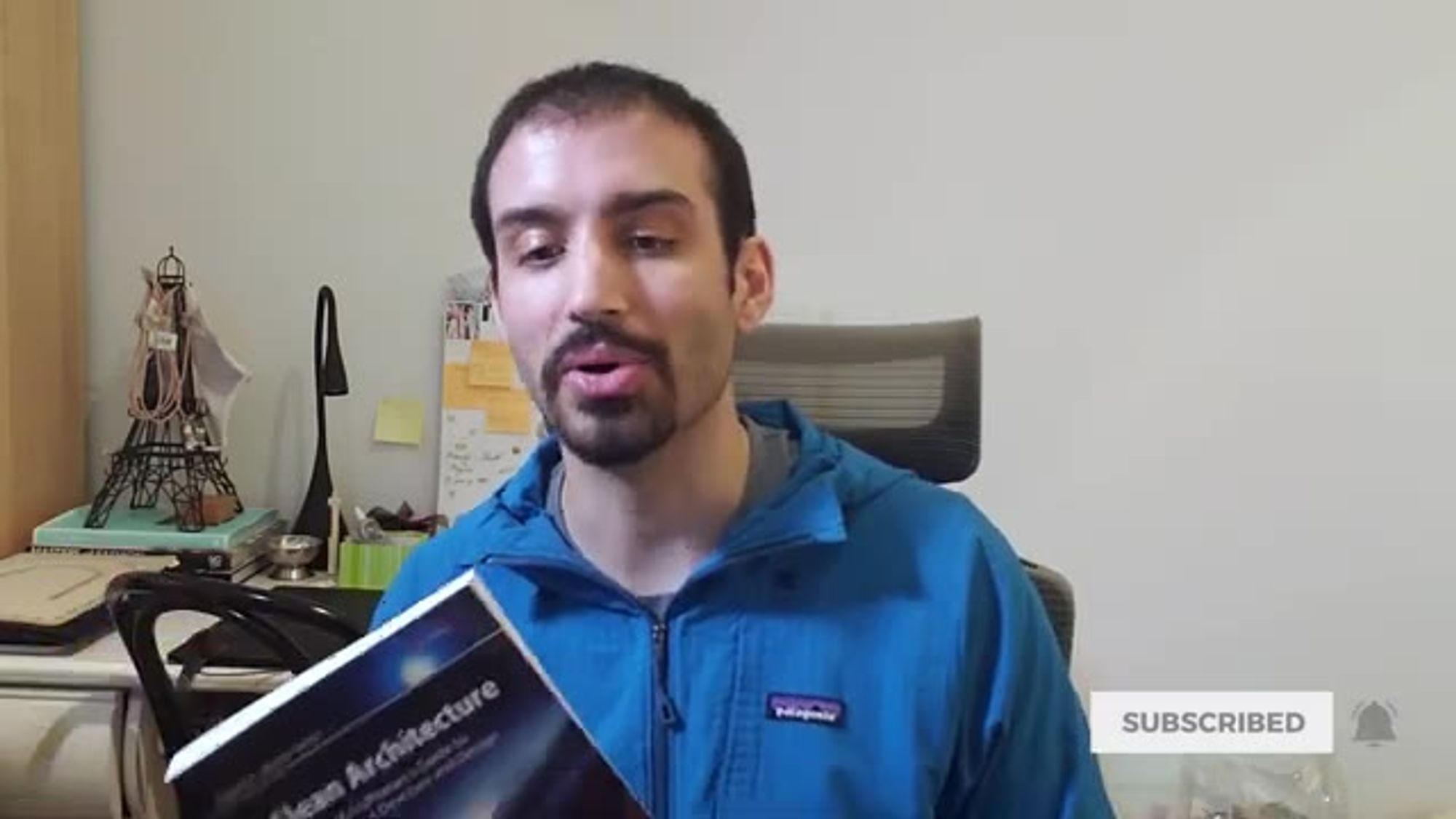
often just end up banging your head

against the wall trying to
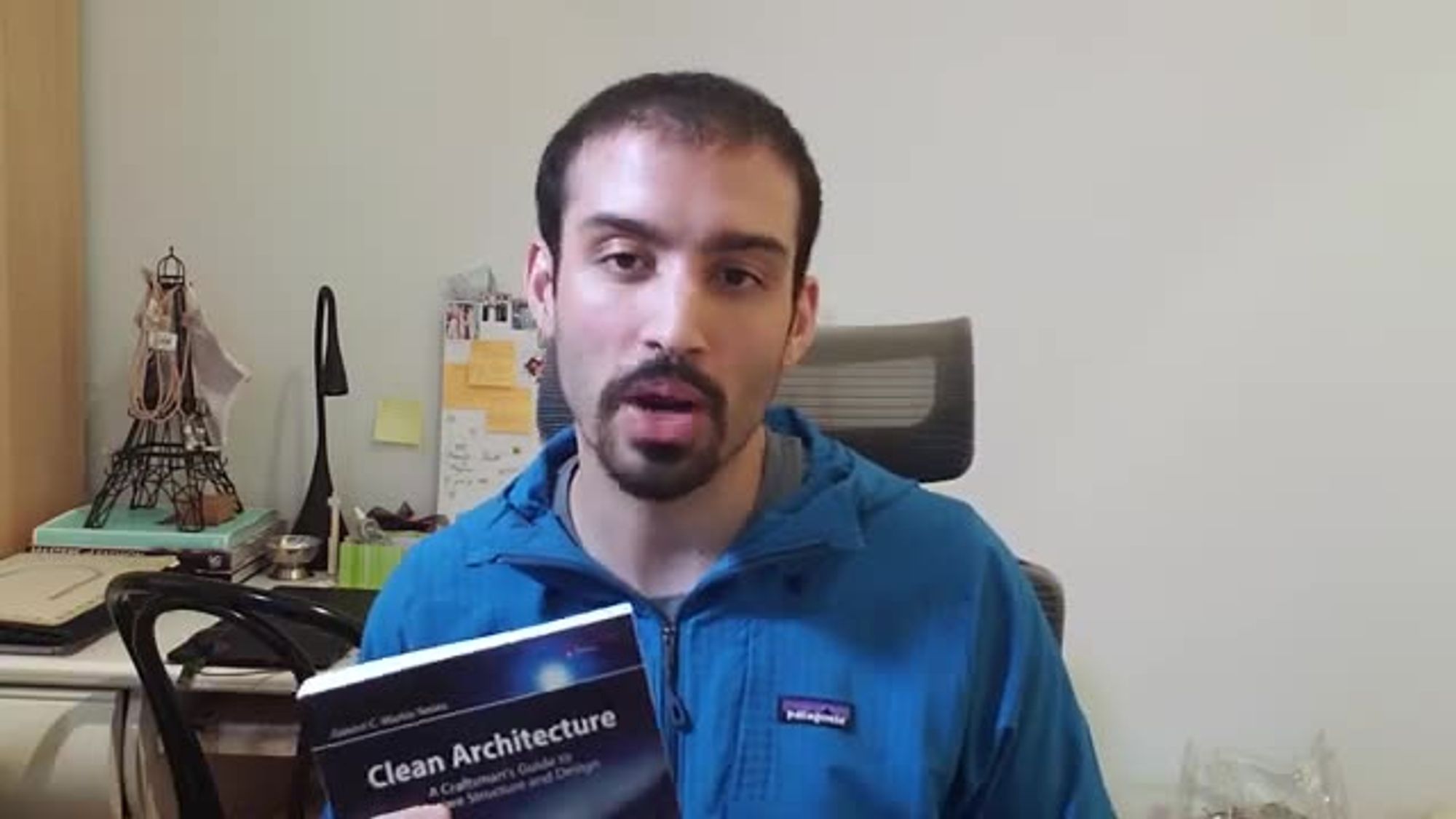
sort out trivial problems or solve small
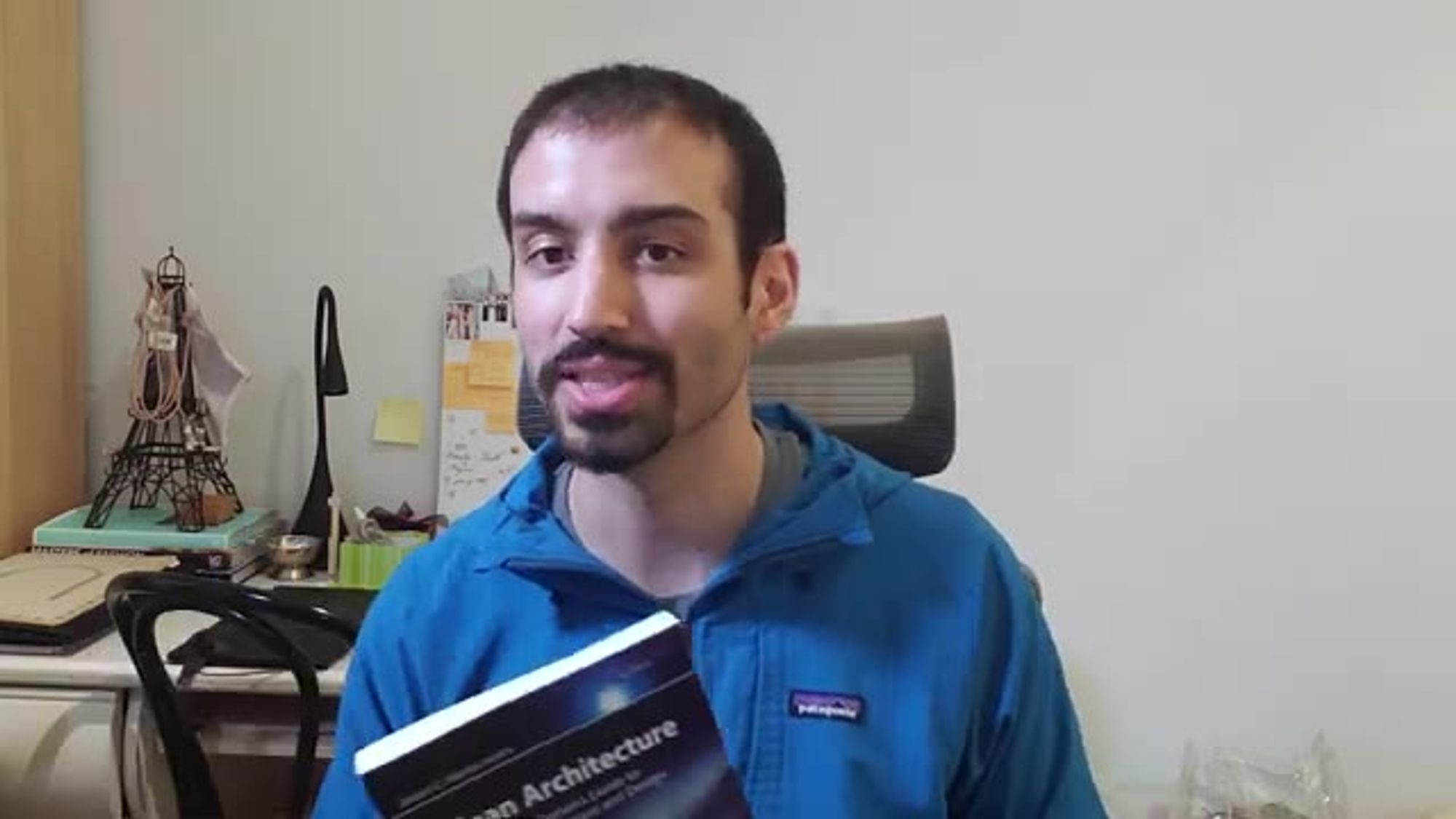
things that shouldn't take a long time
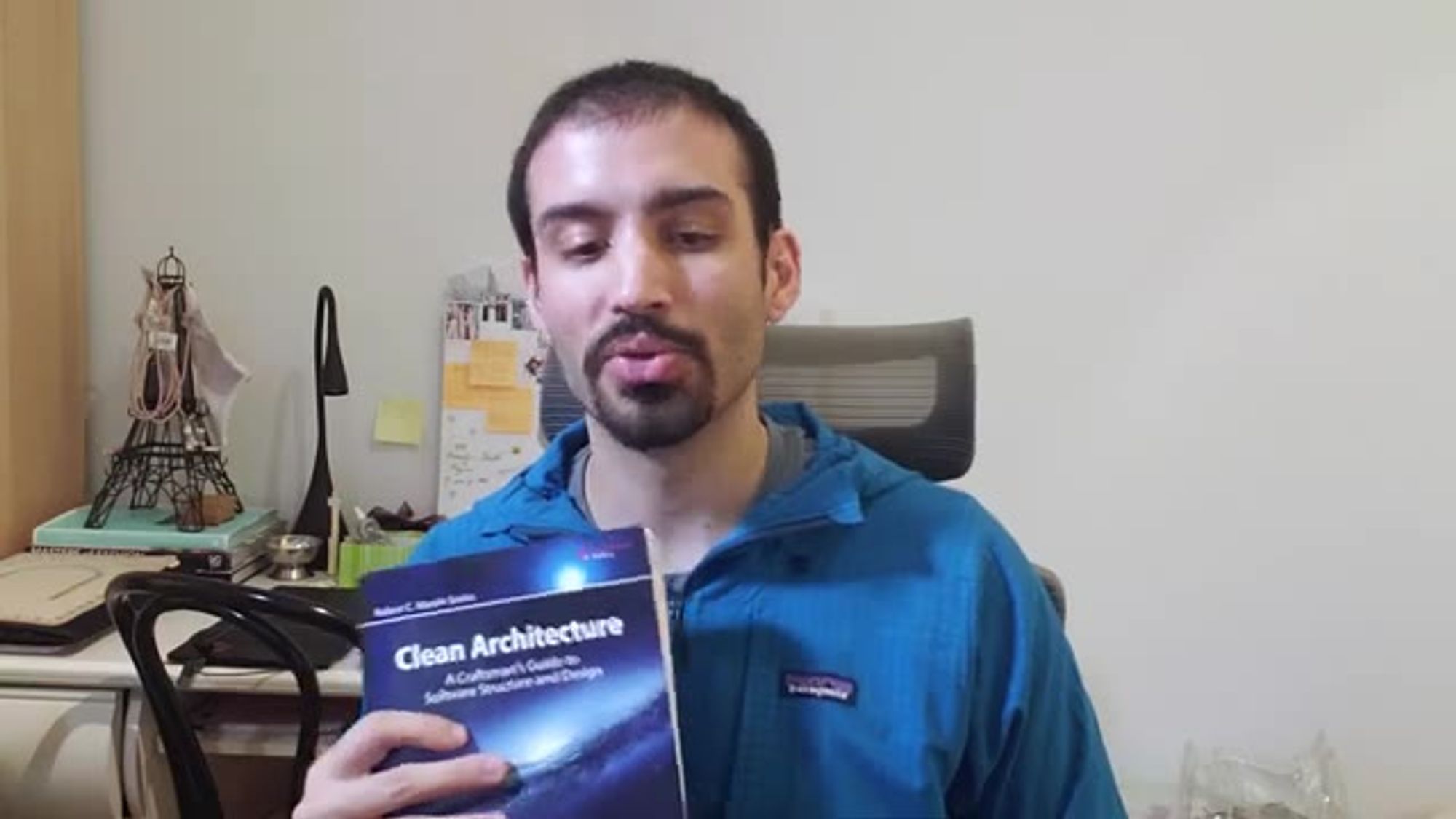
um and so the idea with this book is
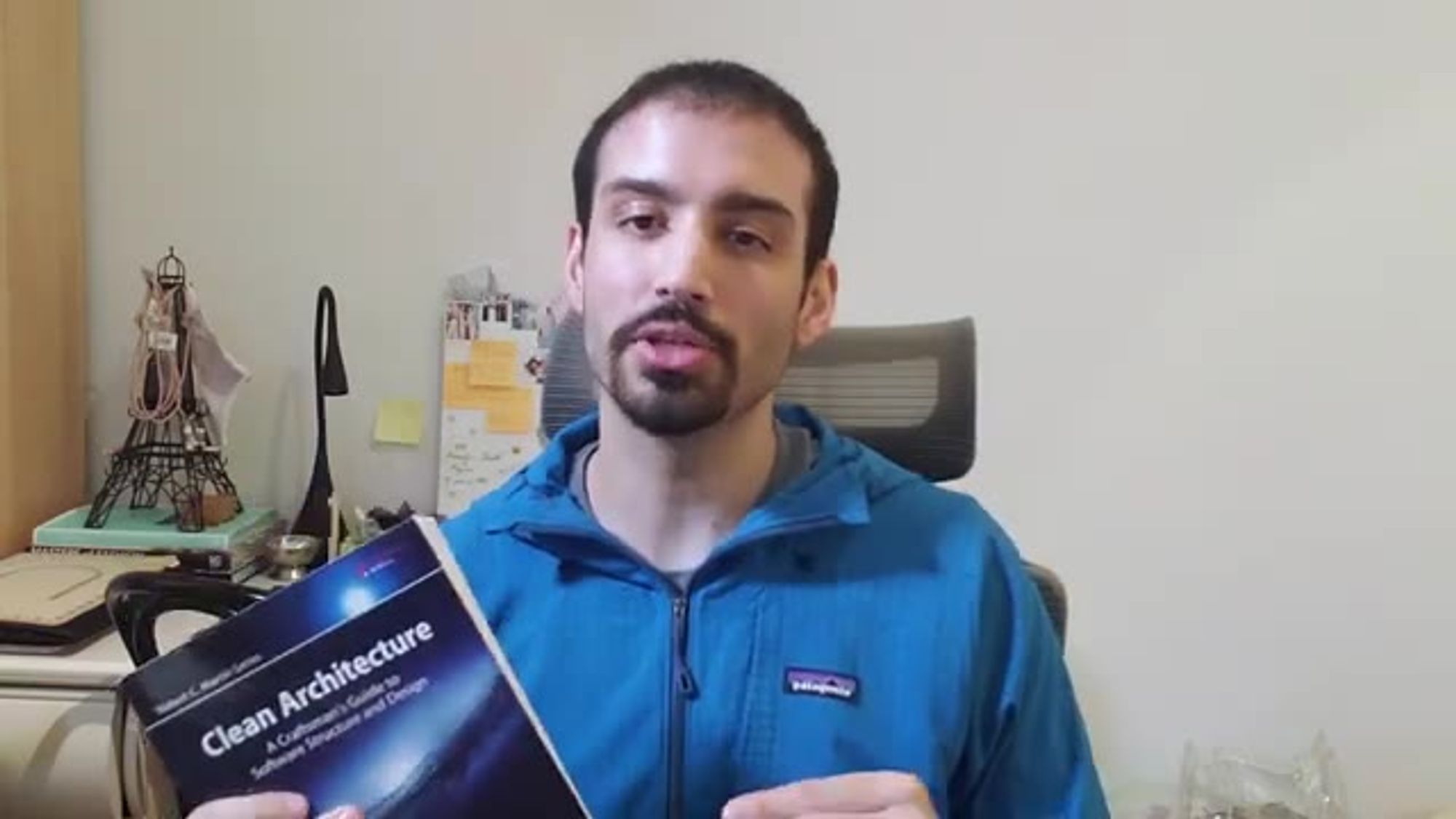
teaching you the kind of pillars or the
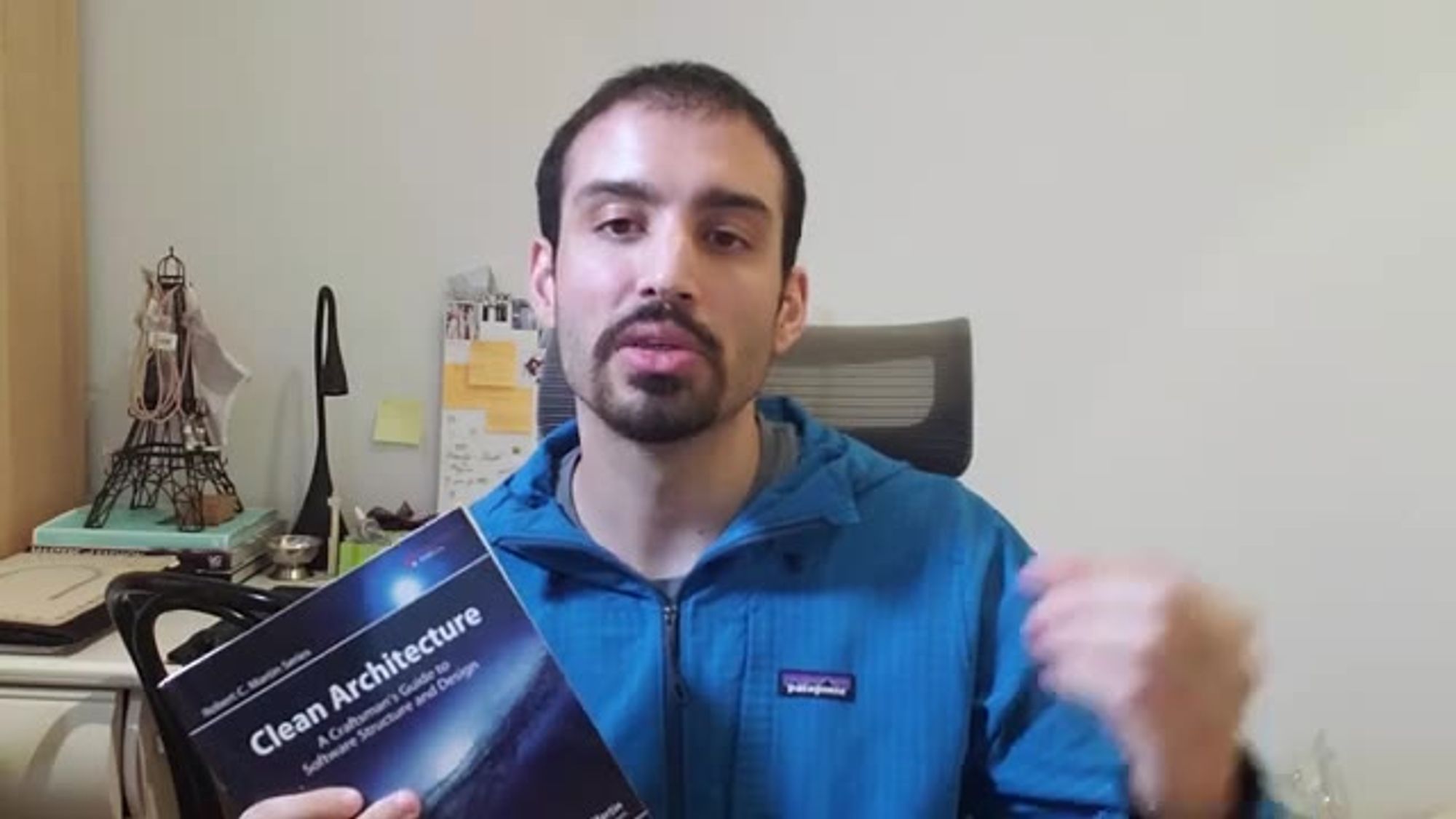
principles
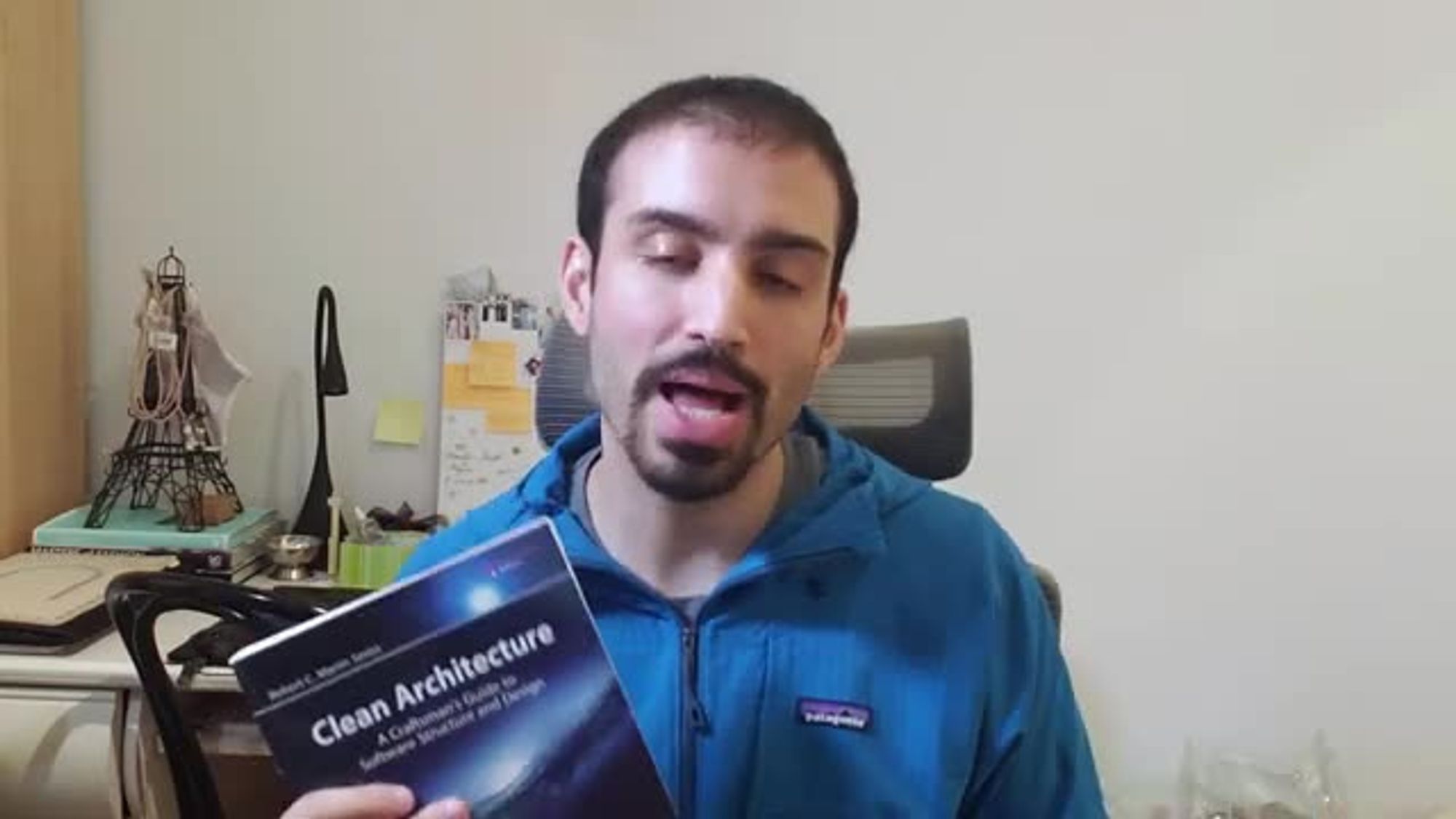
that you need to apply to your daily
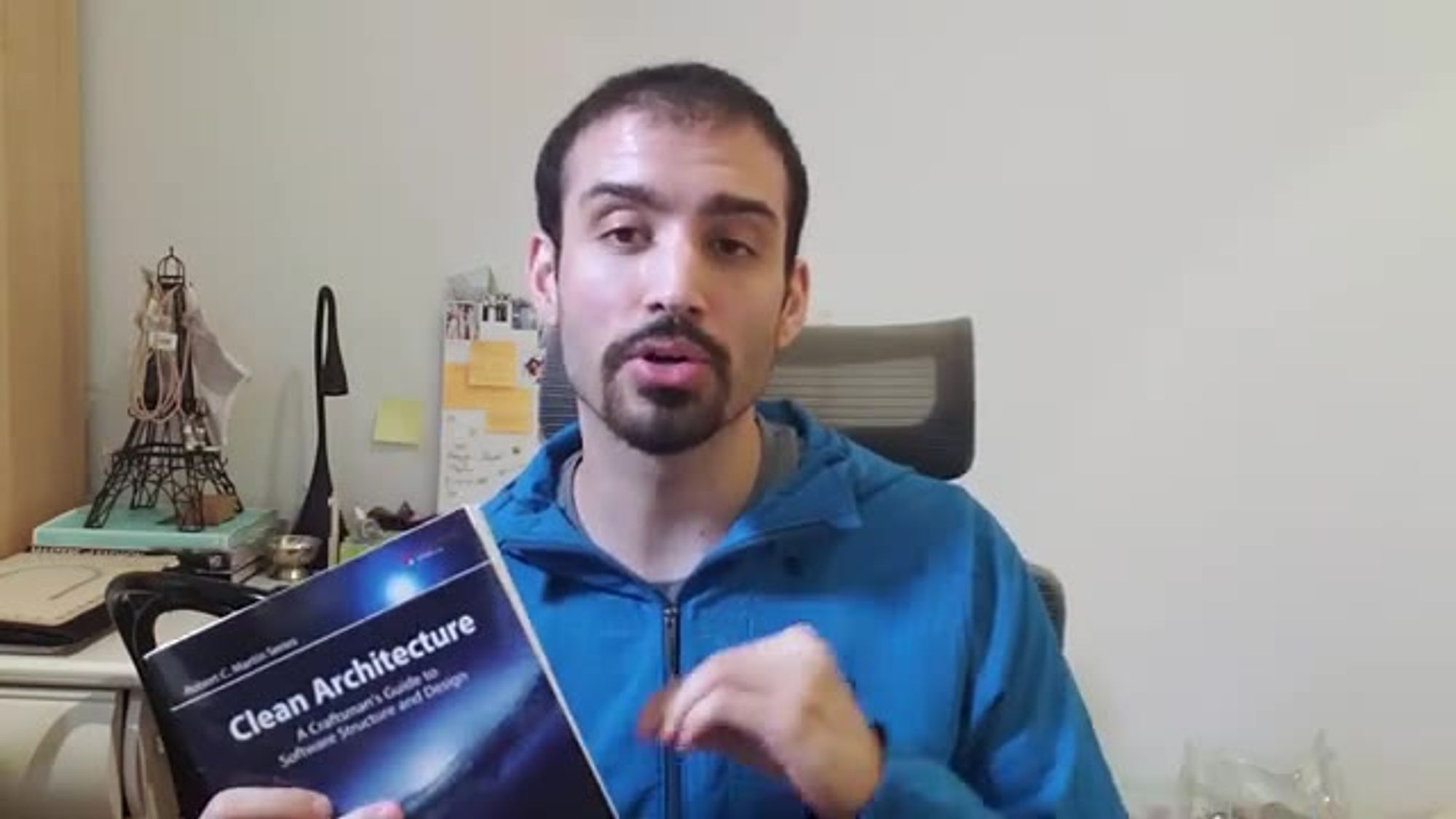
life so that you can get your code
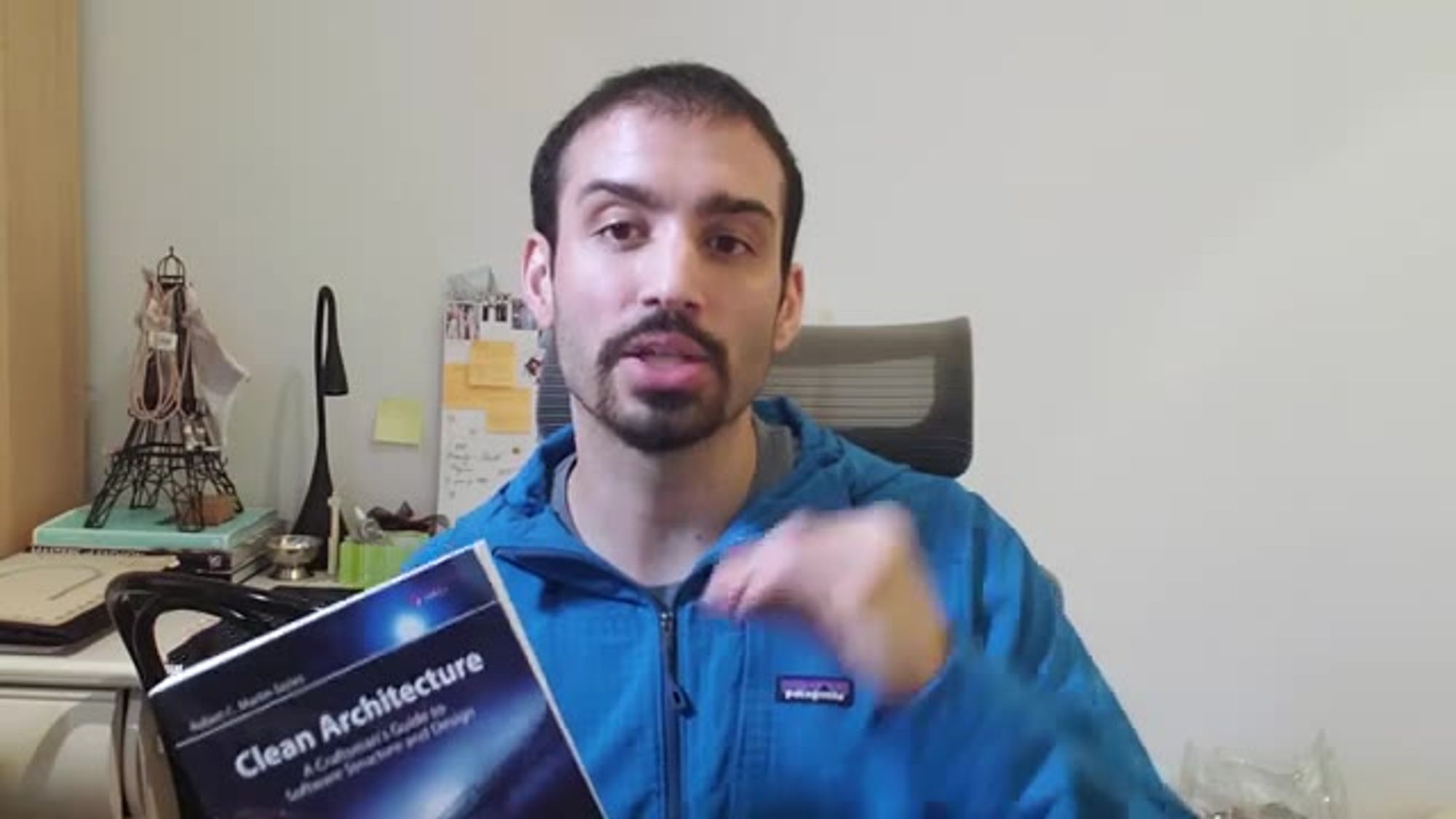
into the good state into the state that

we all want our code to be where it's
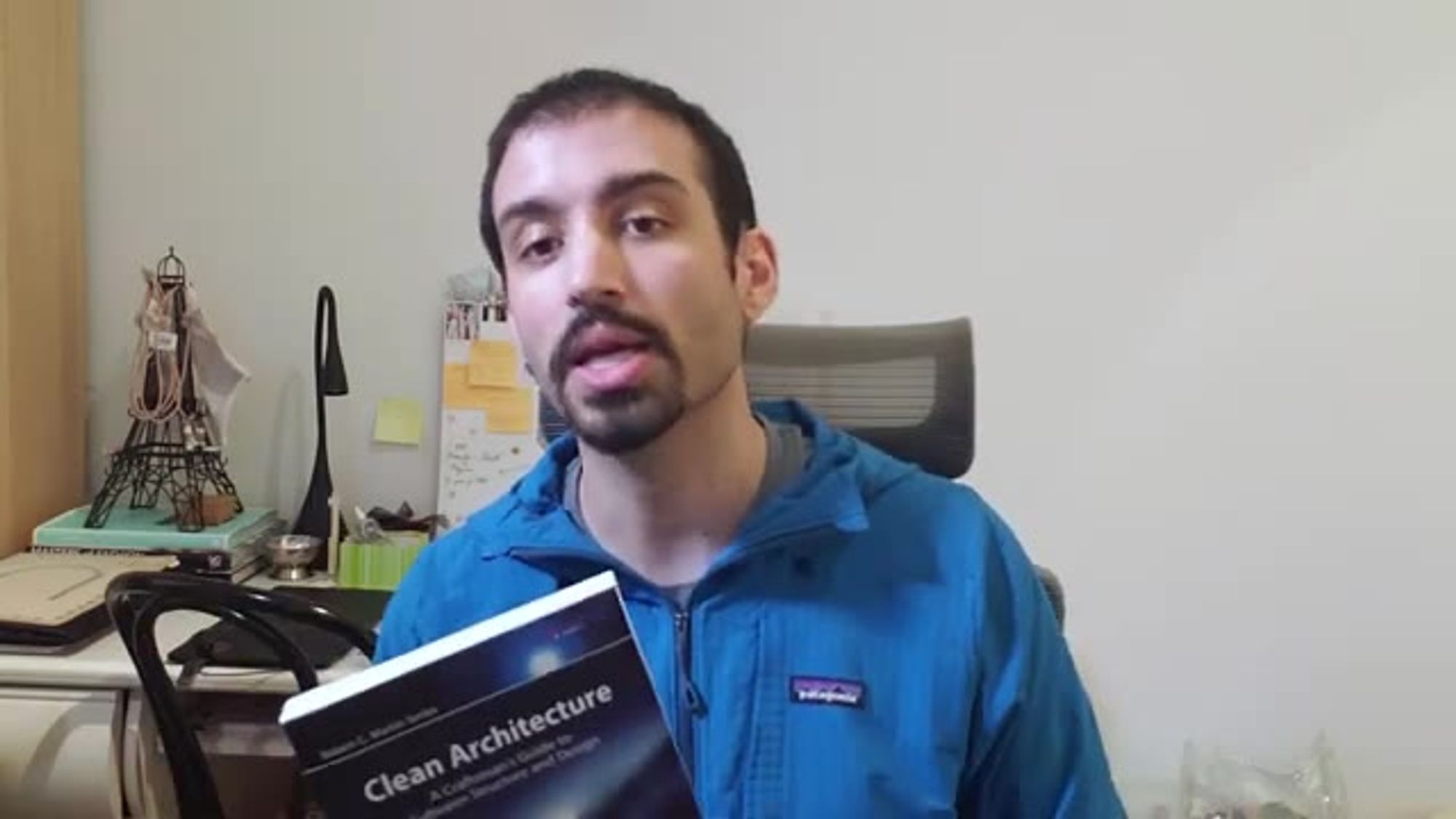
easy to maintain
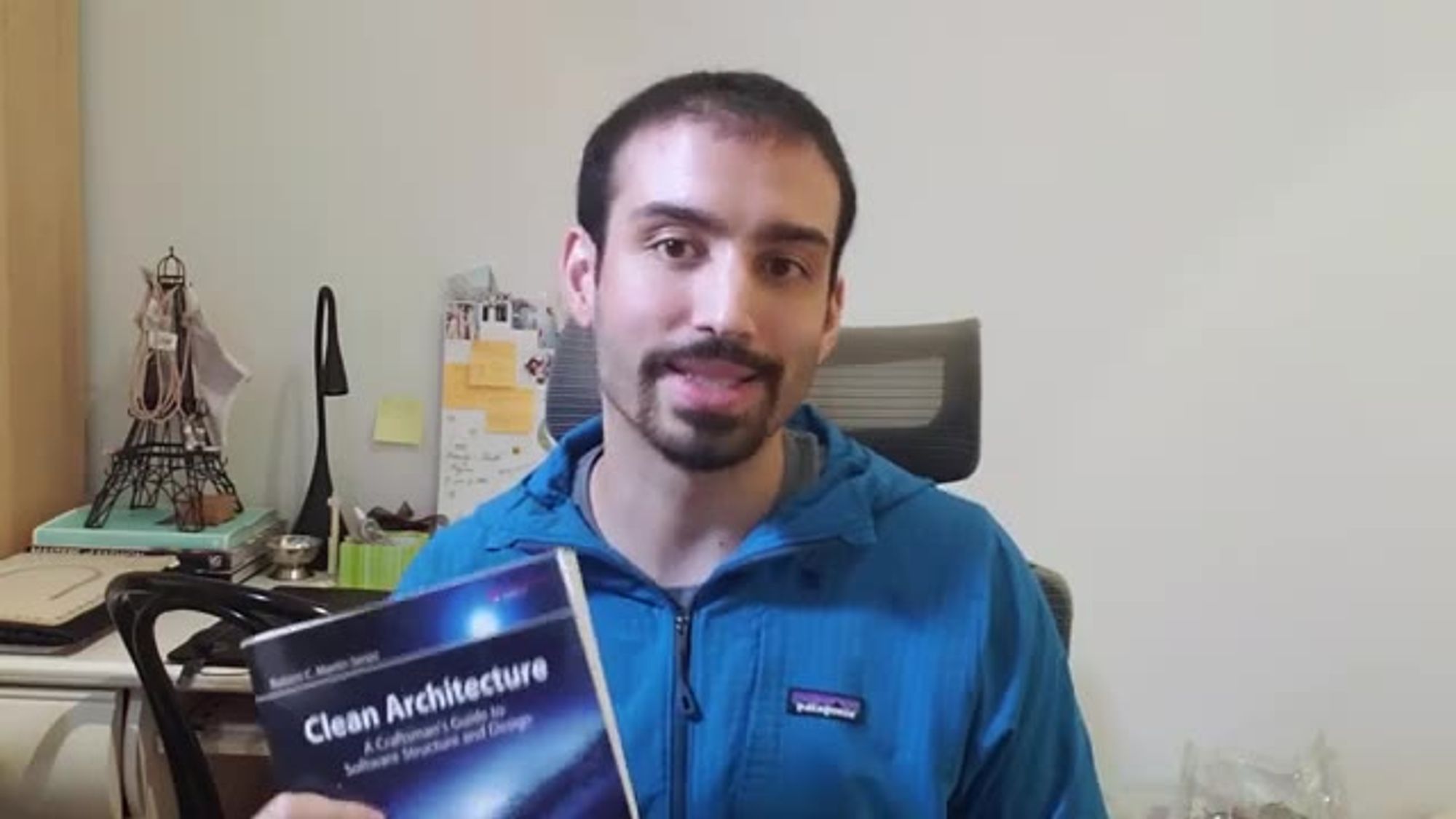
easy to develop new features for etc etc

so in other words this book is about
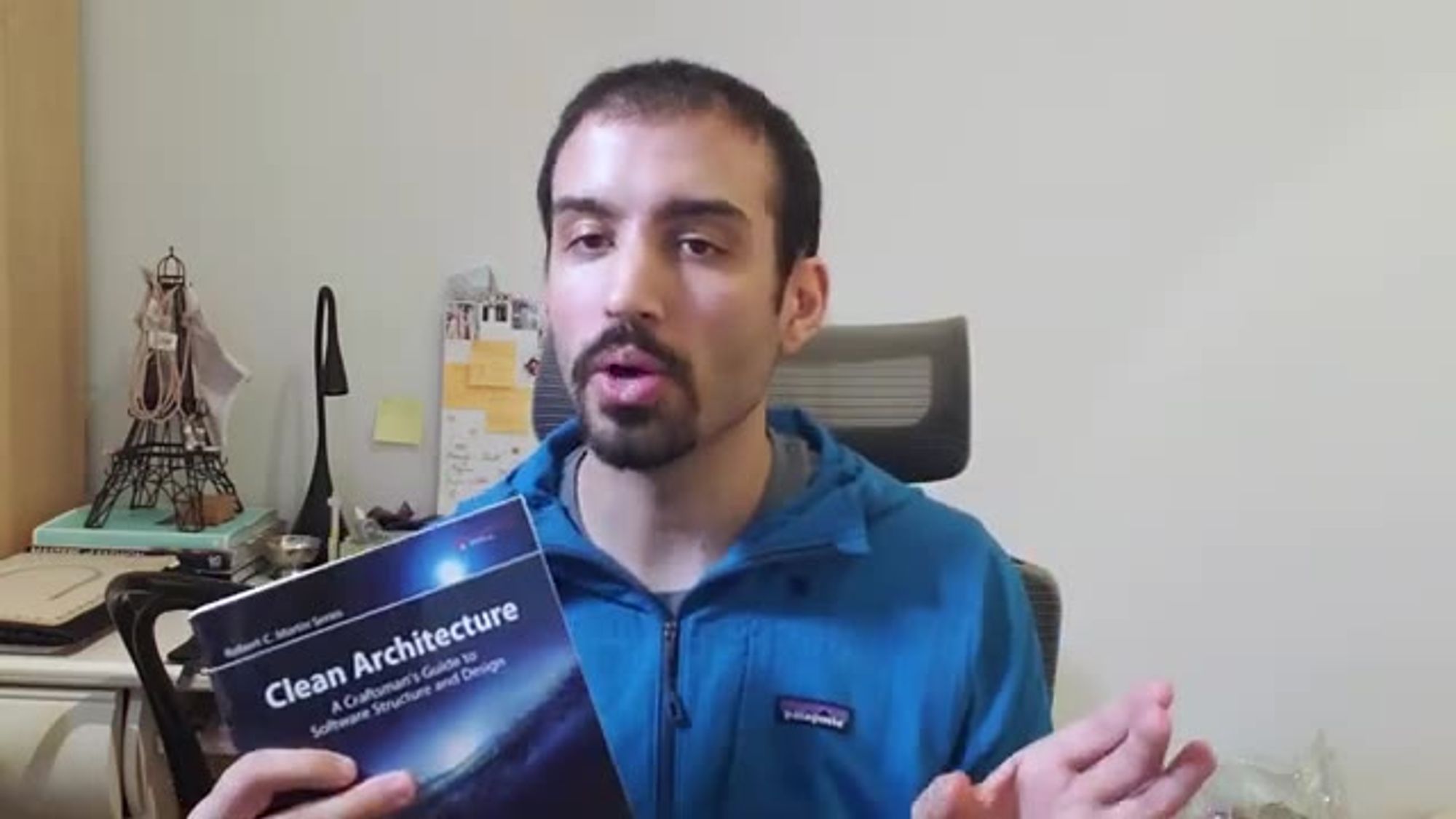
keeping you on the path if you're on the
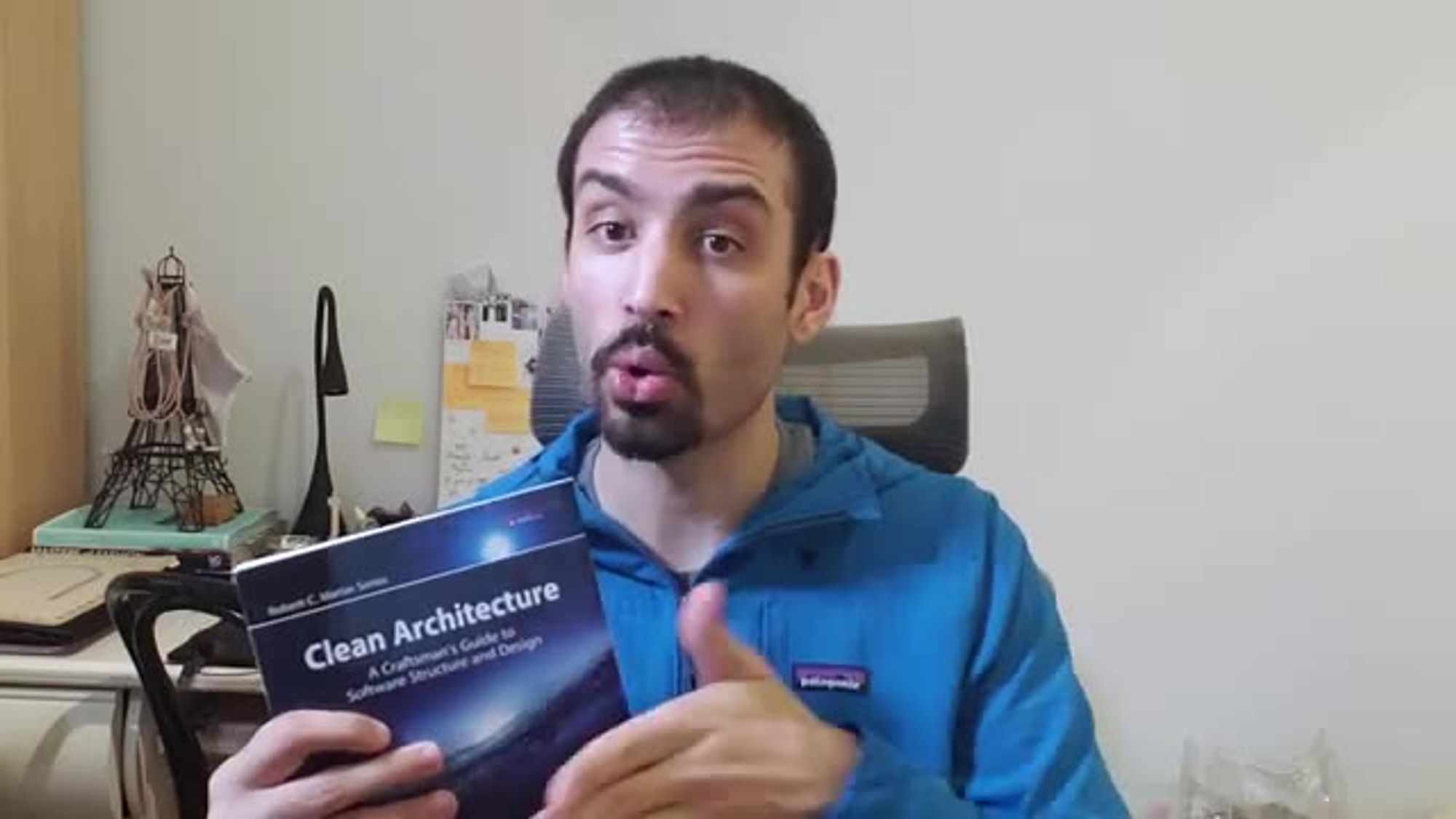
path and kind of course correcting you
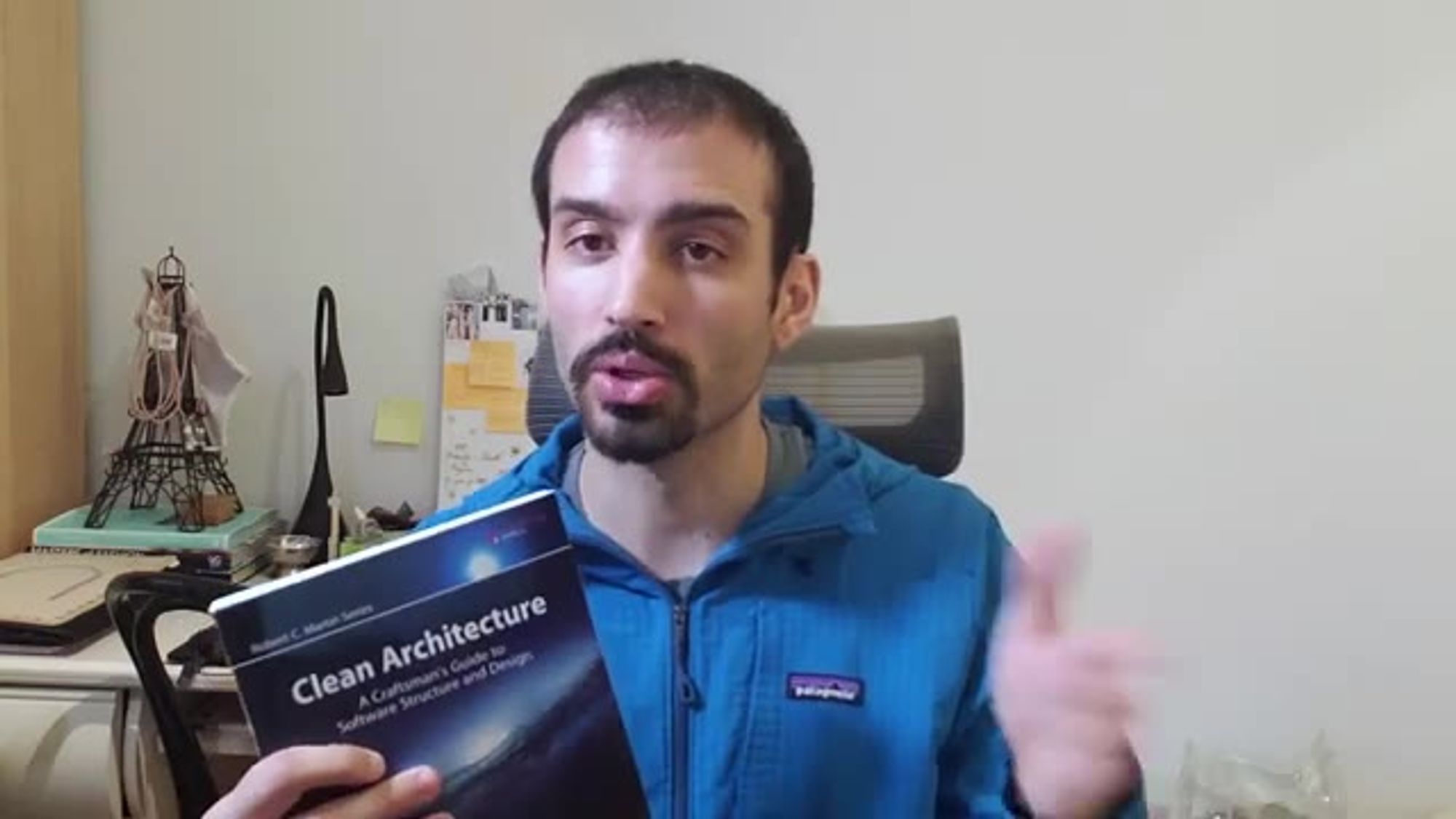
or teaching you the principles to course
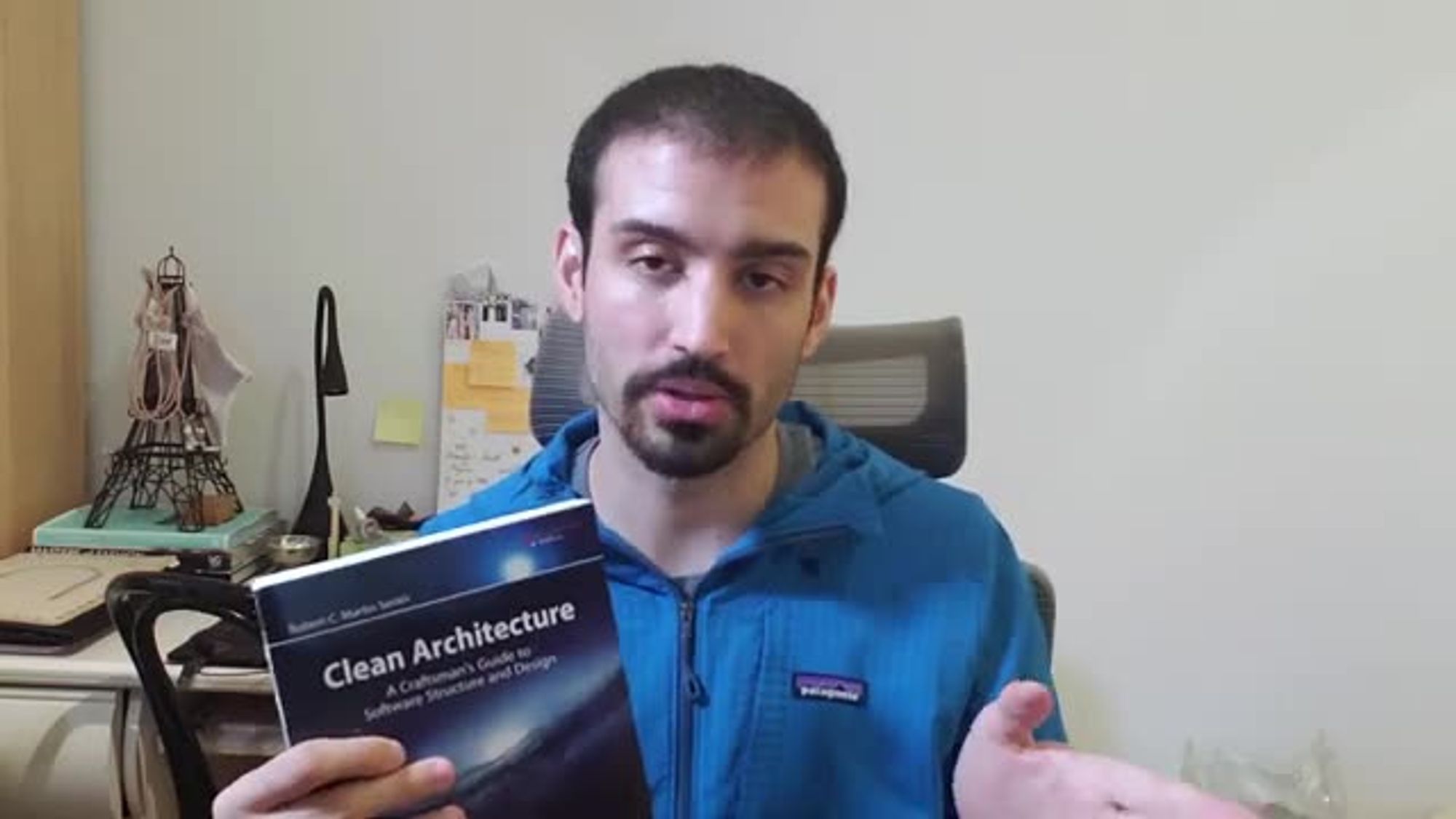
correct yourself
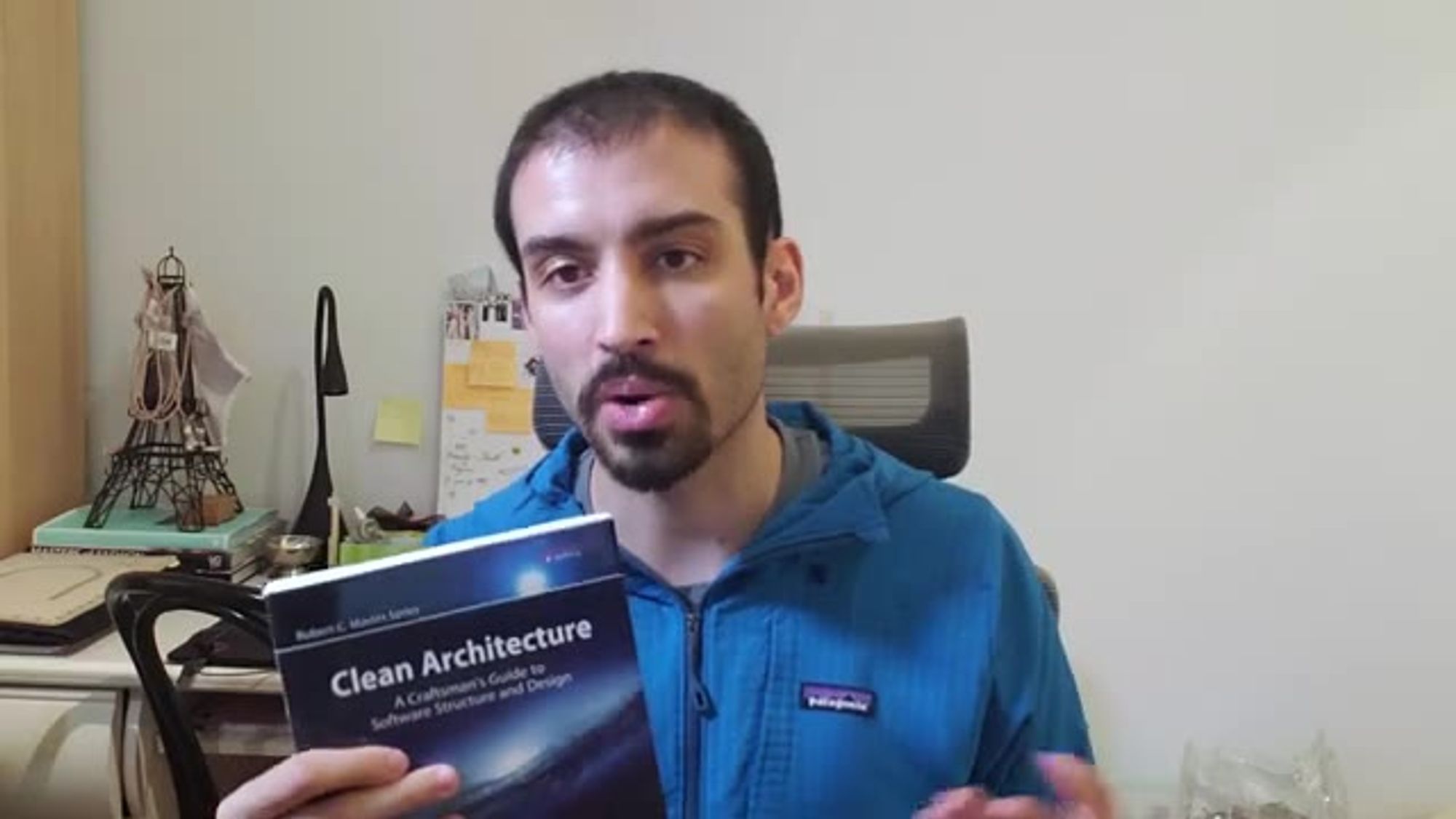
if you're working with a problematic

code base uh that being said it's also
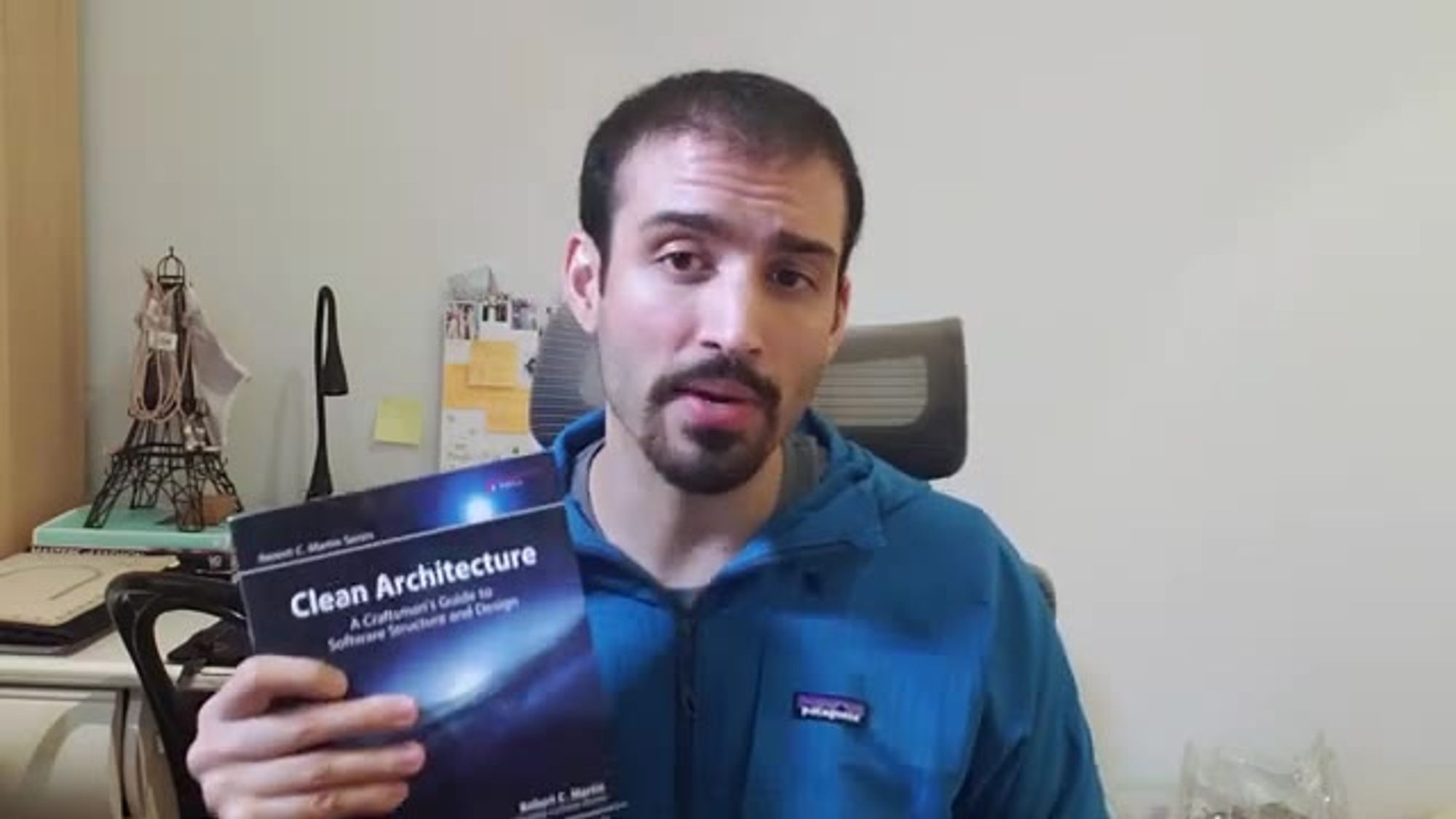
great if you're just starting out

because this will teach you a lot of the

principles that you need to know about
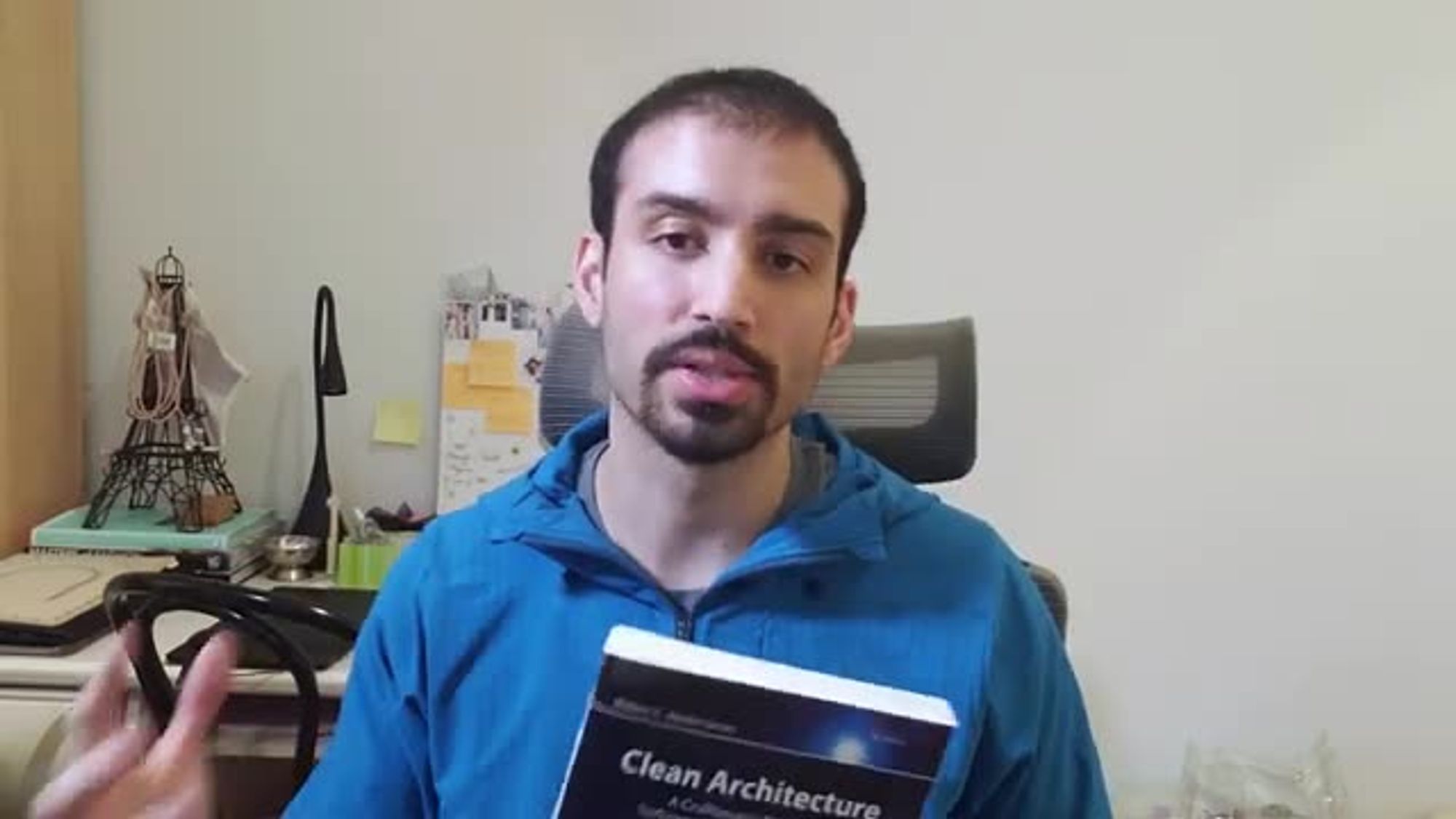
in terms of how to set up your project
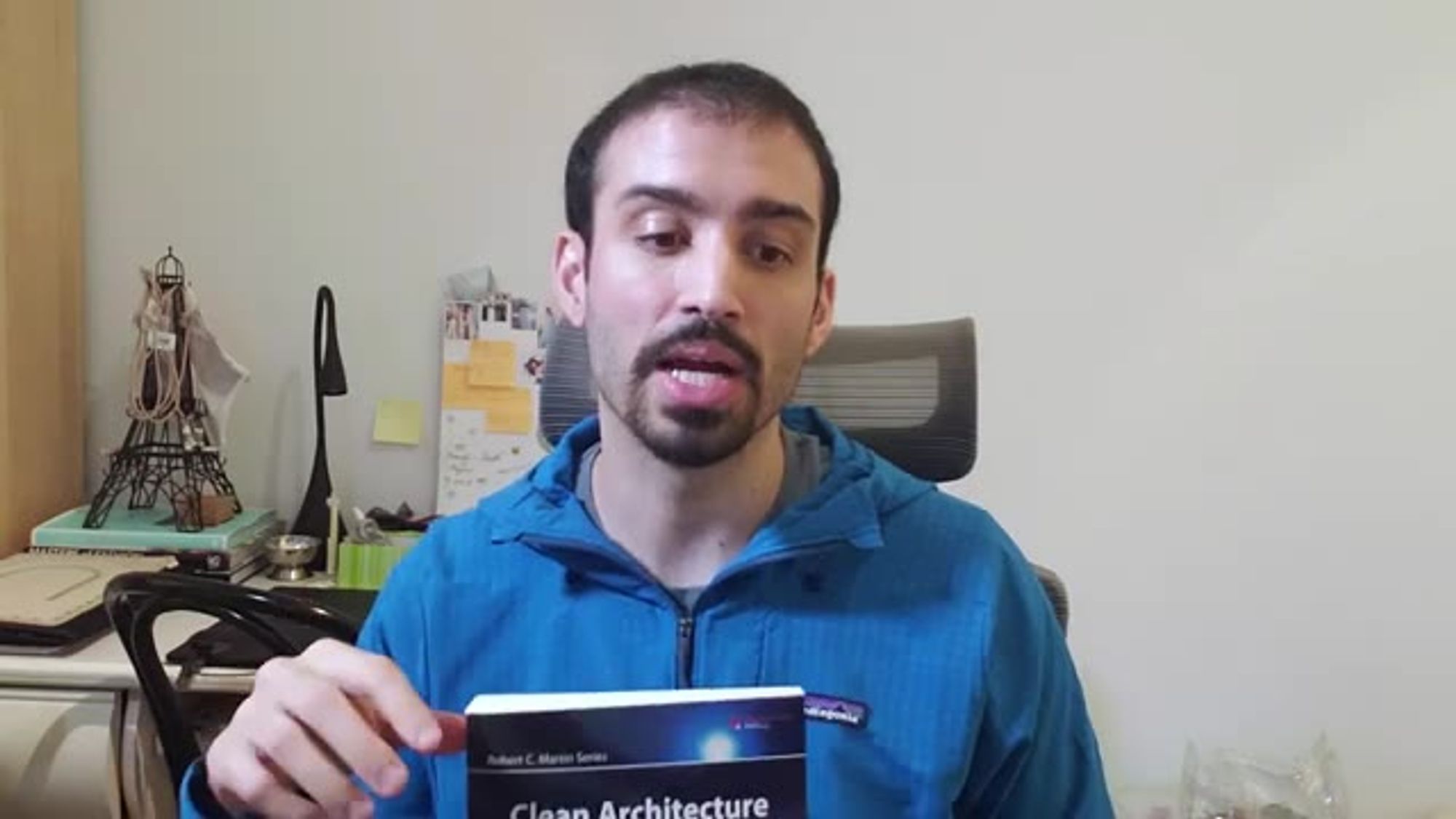
and kind of define the core entities
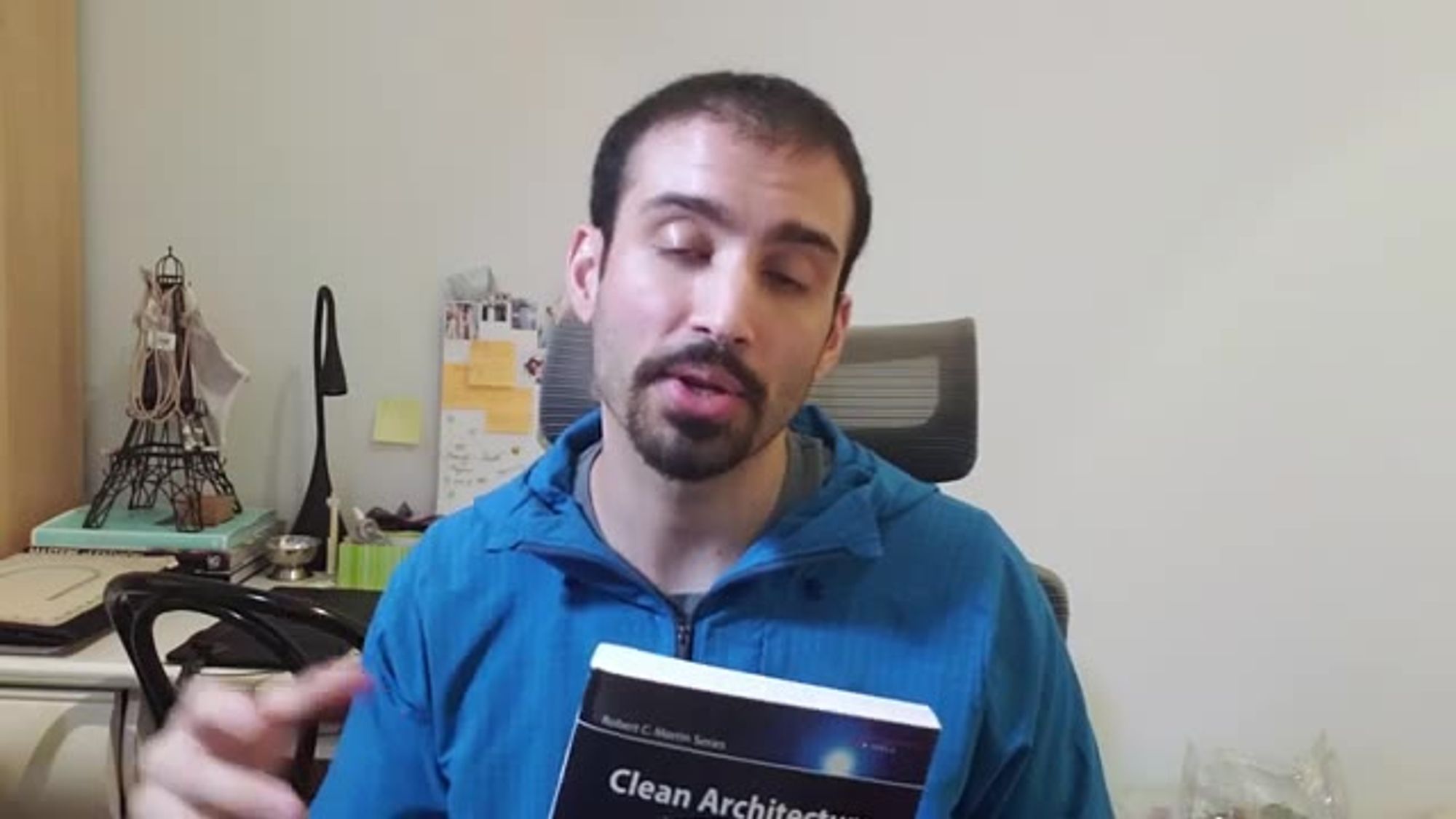
that in the end are going to end up
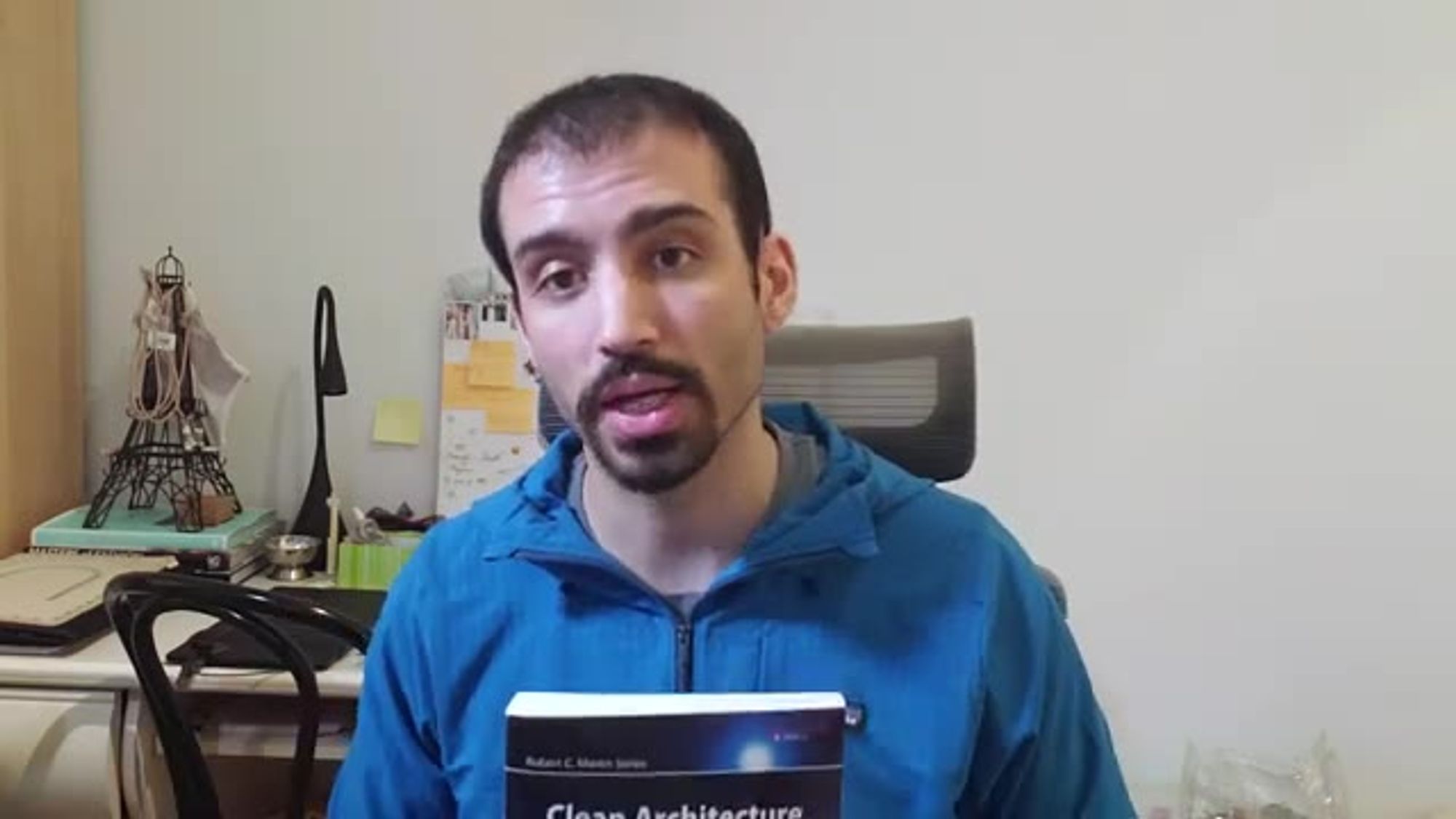
being the thing

that drive your architecture so that's
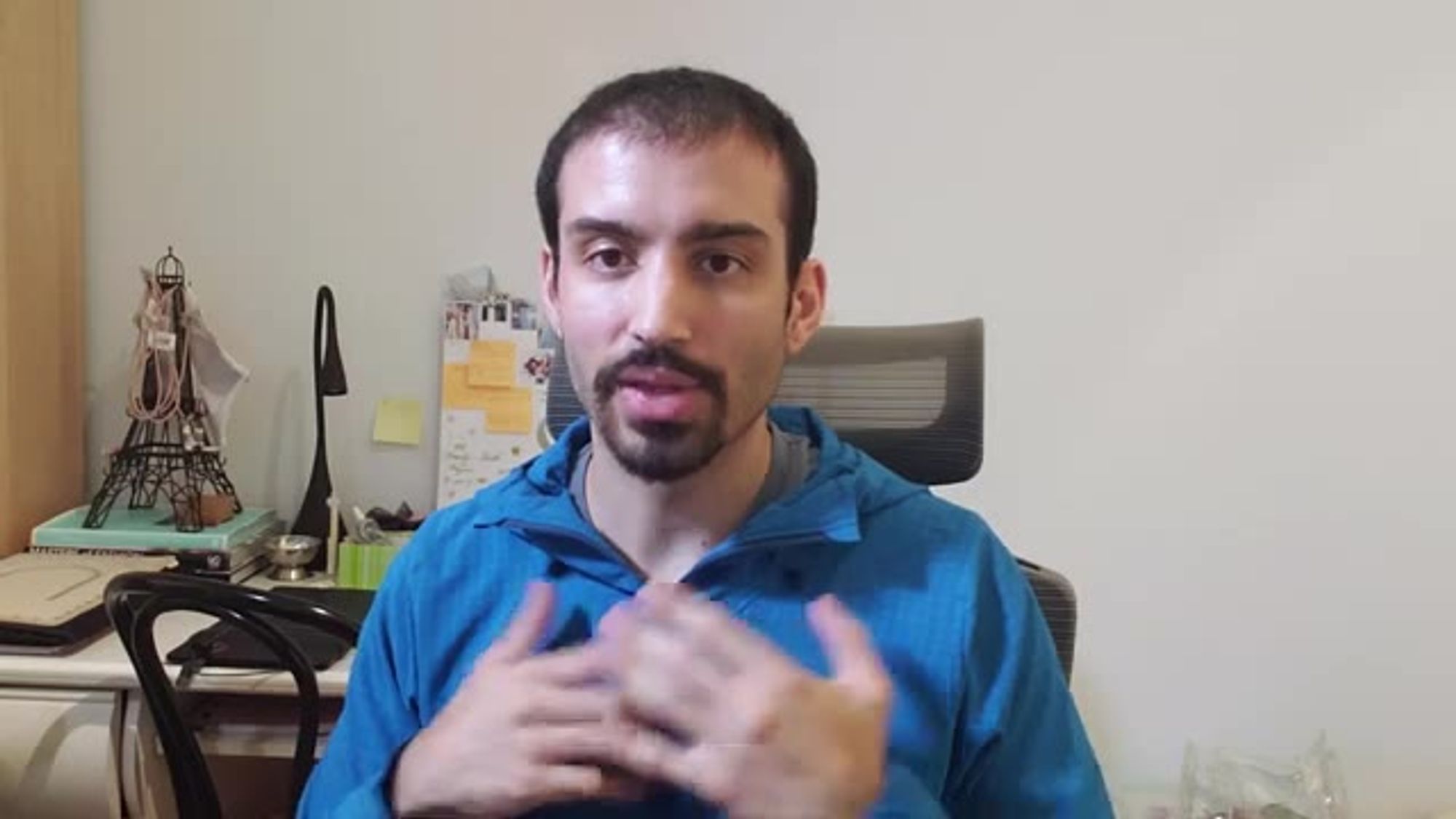
what this book is about now i want to
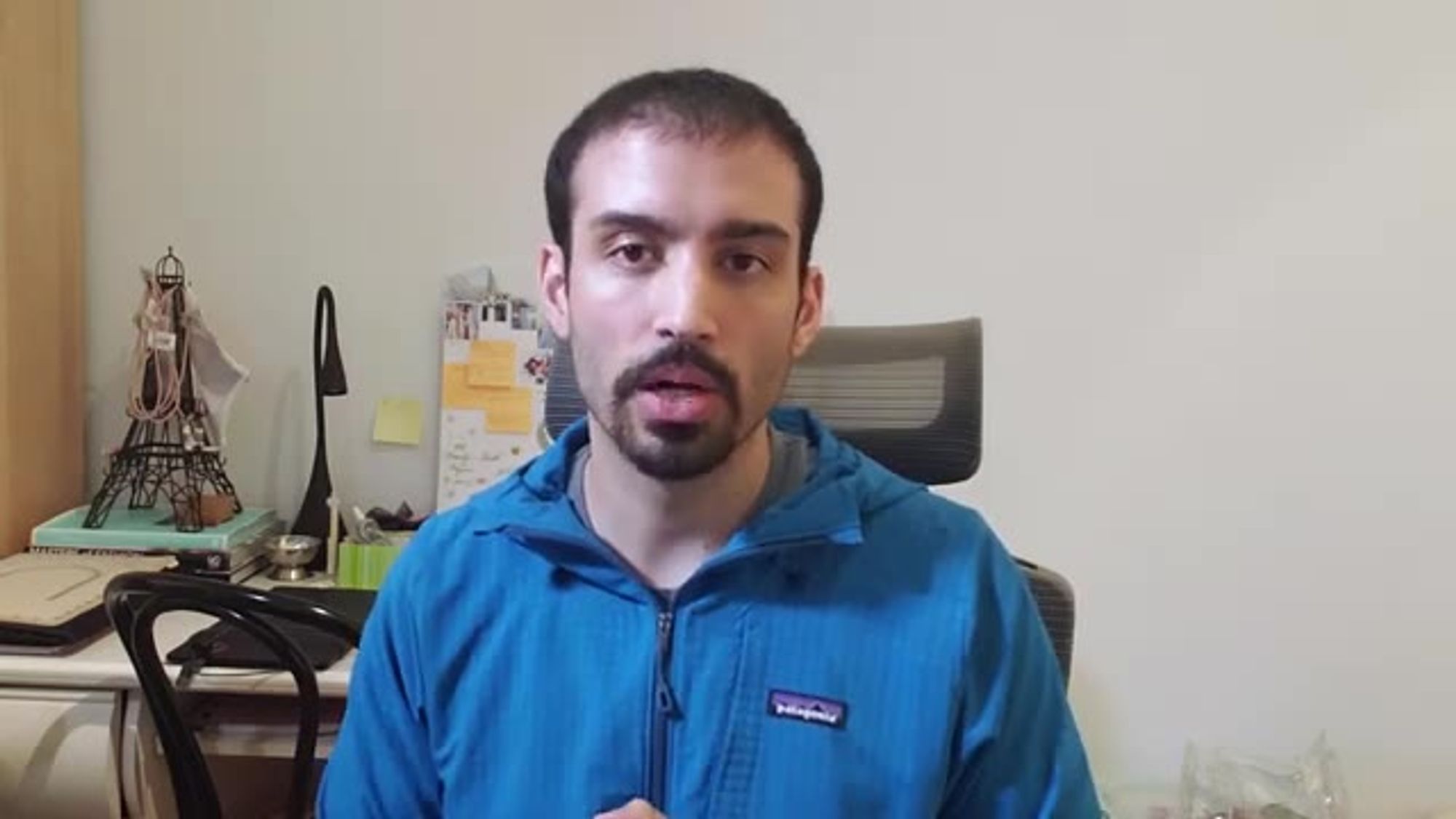
talk about the
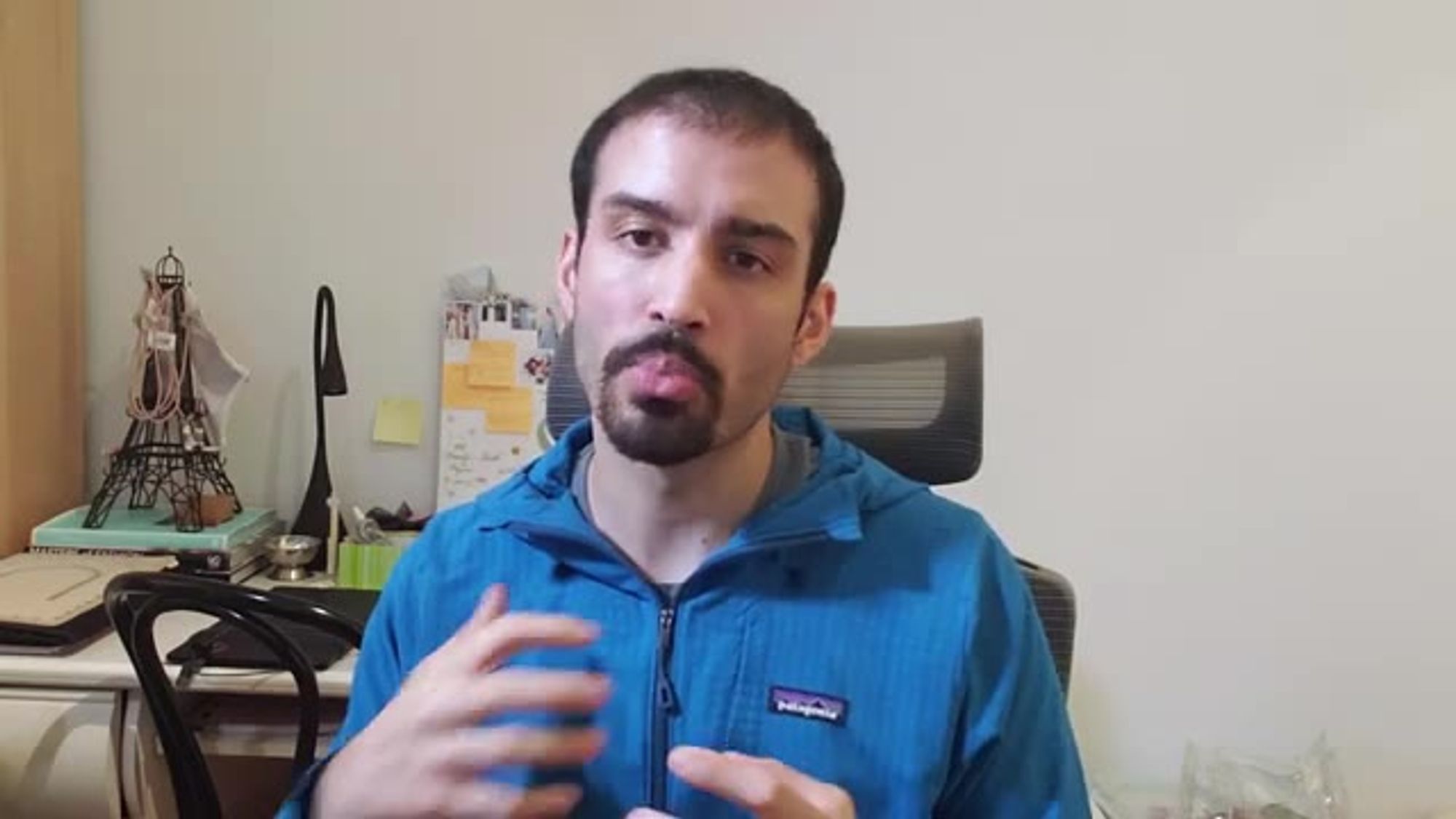
kind of important bits from this book

and the key takeaways that i took from

it personally

and it starts out by talking about a lot

of the basic concepts that you learn in
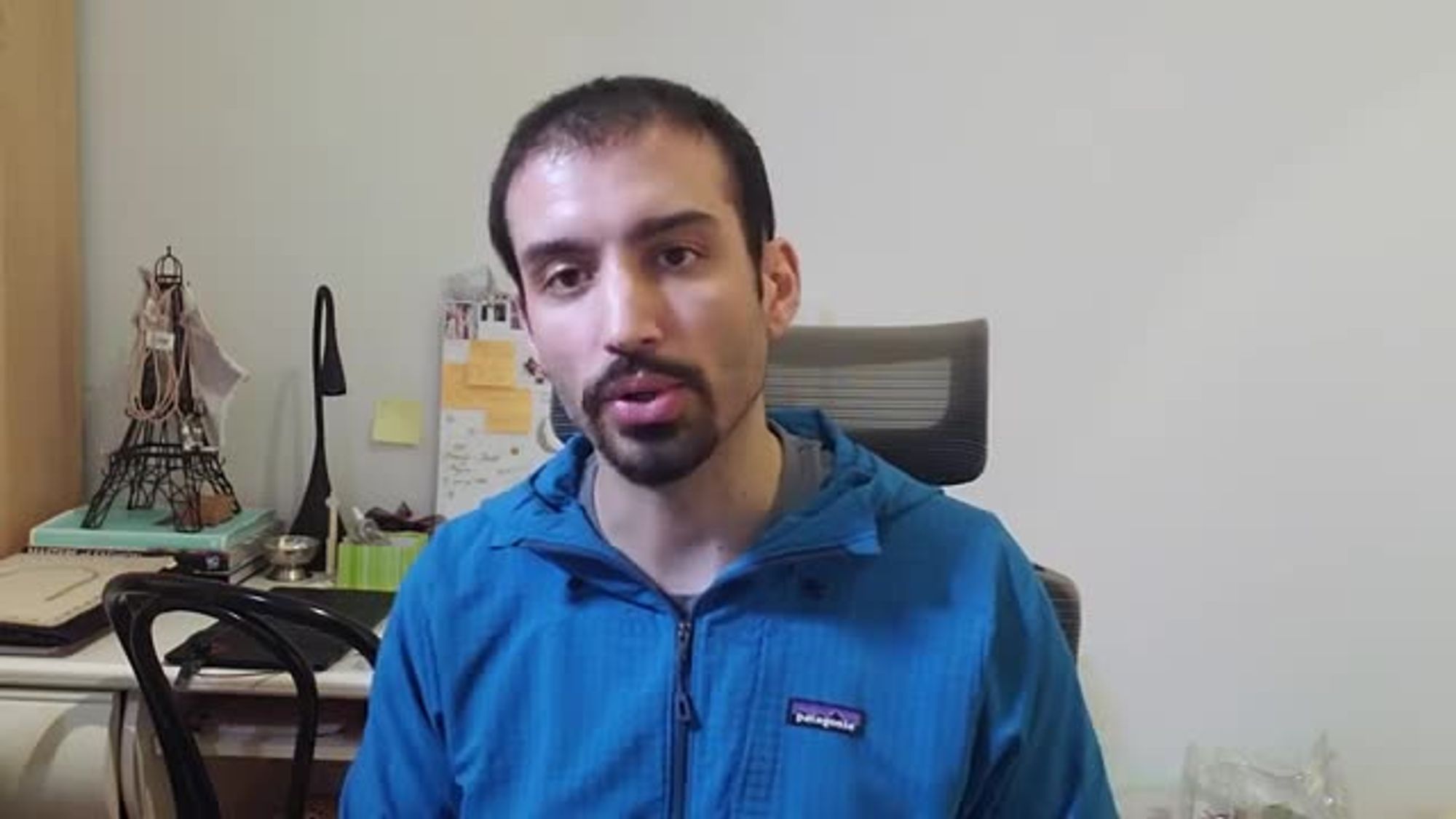
any standard computer science program
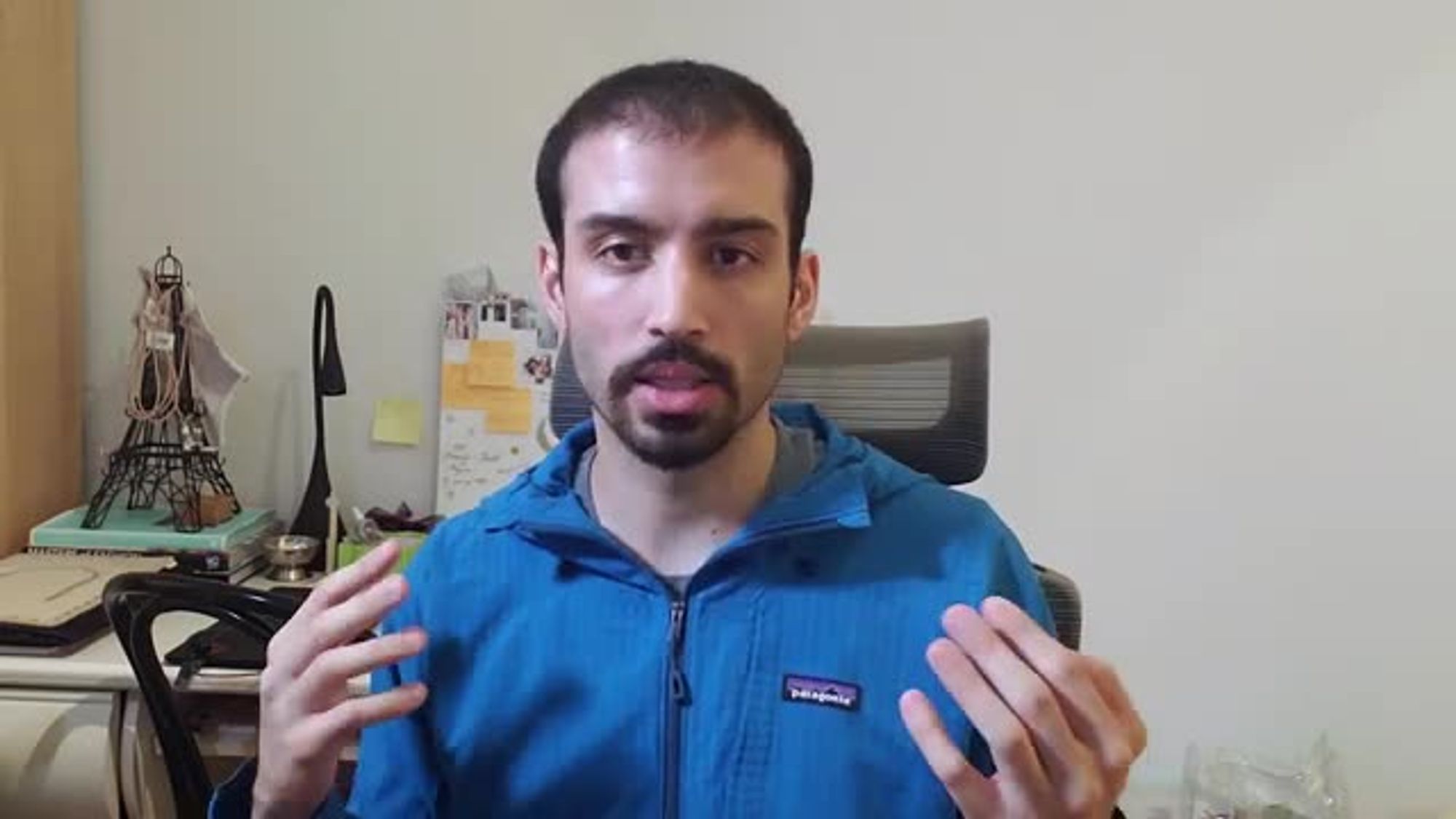
so things like object oriented
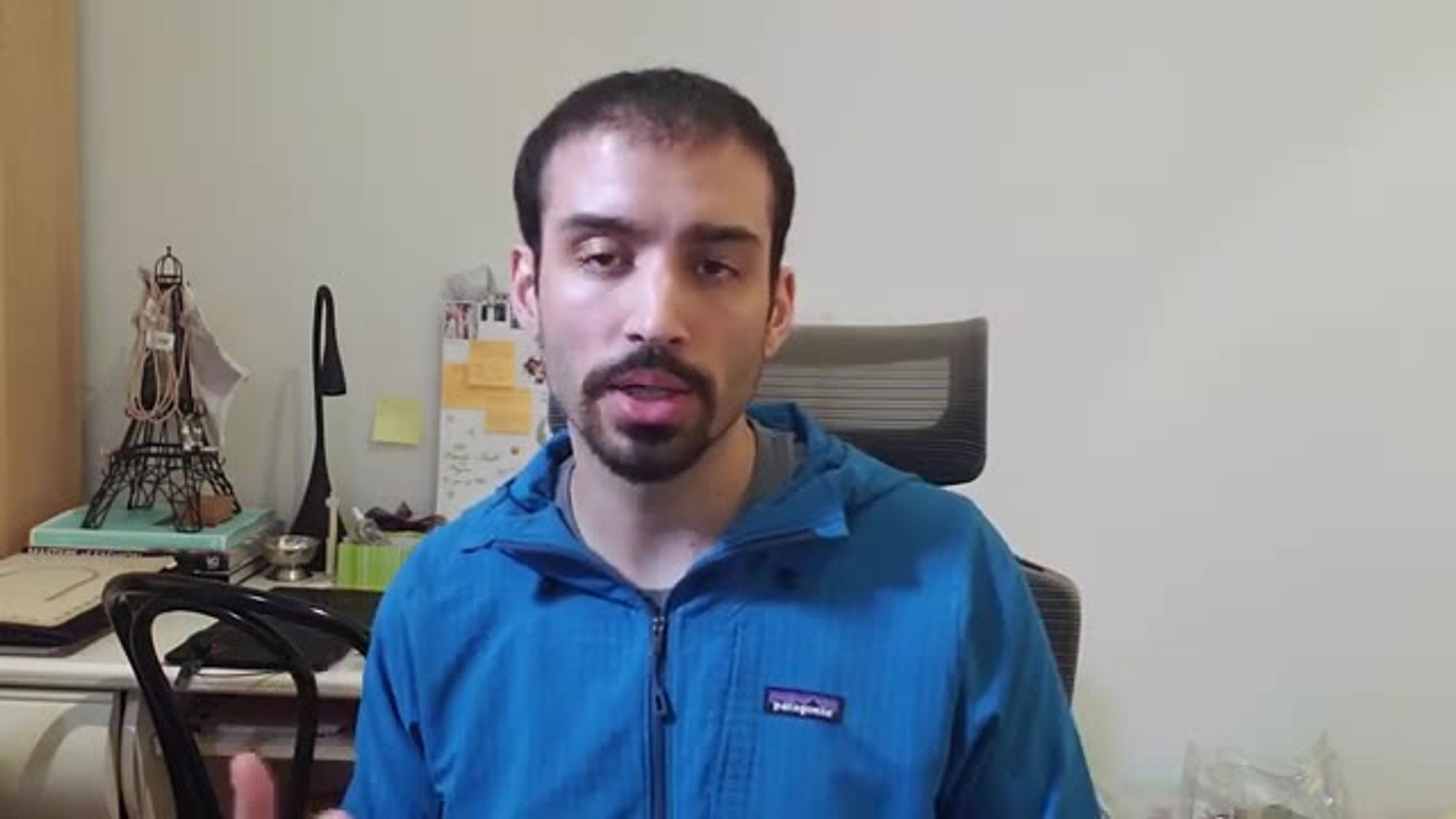
programming things like functional
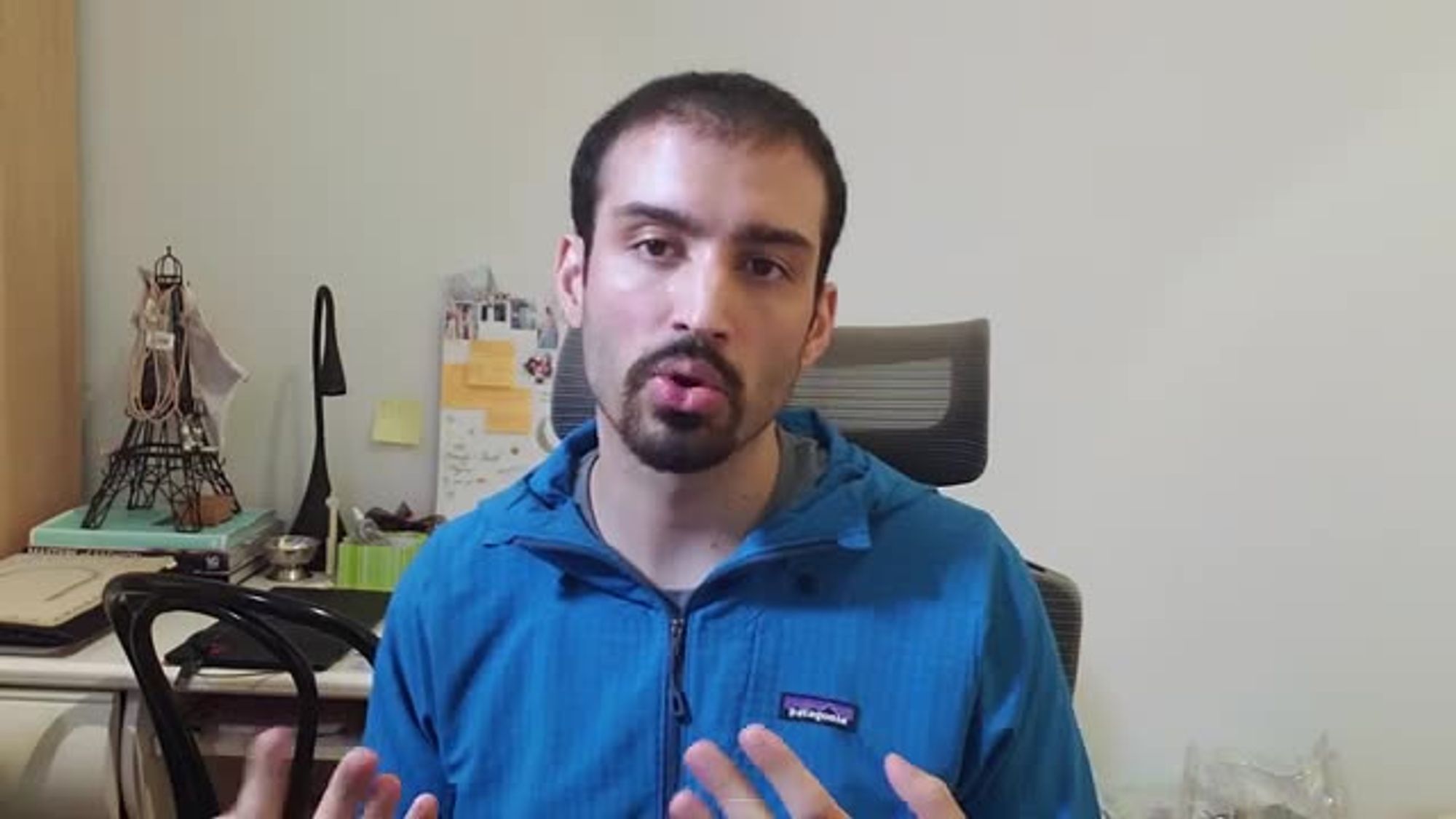
programming

procedural programming structural

programming all these different types of
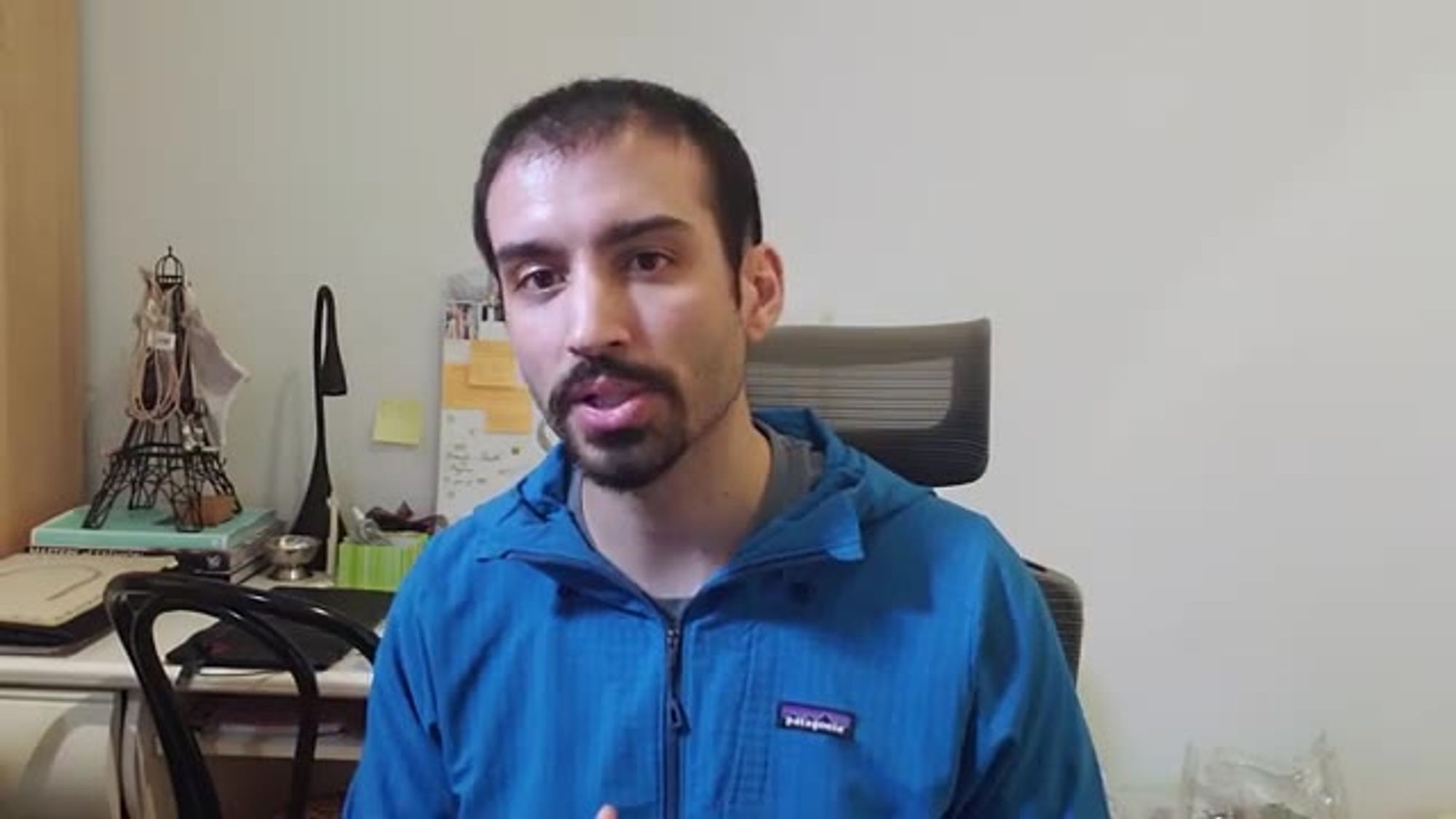
programming
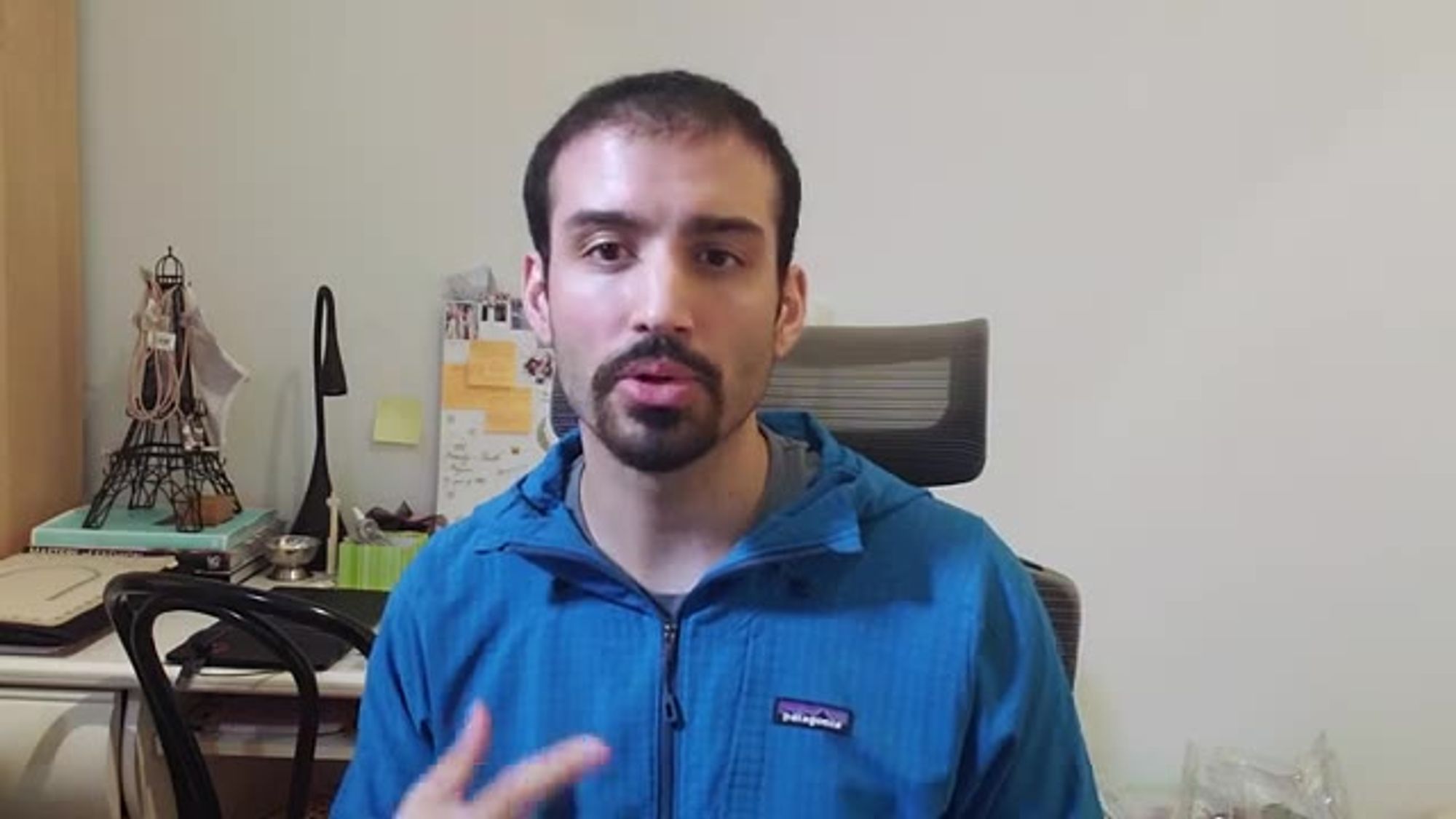
and it turns out there's some principles
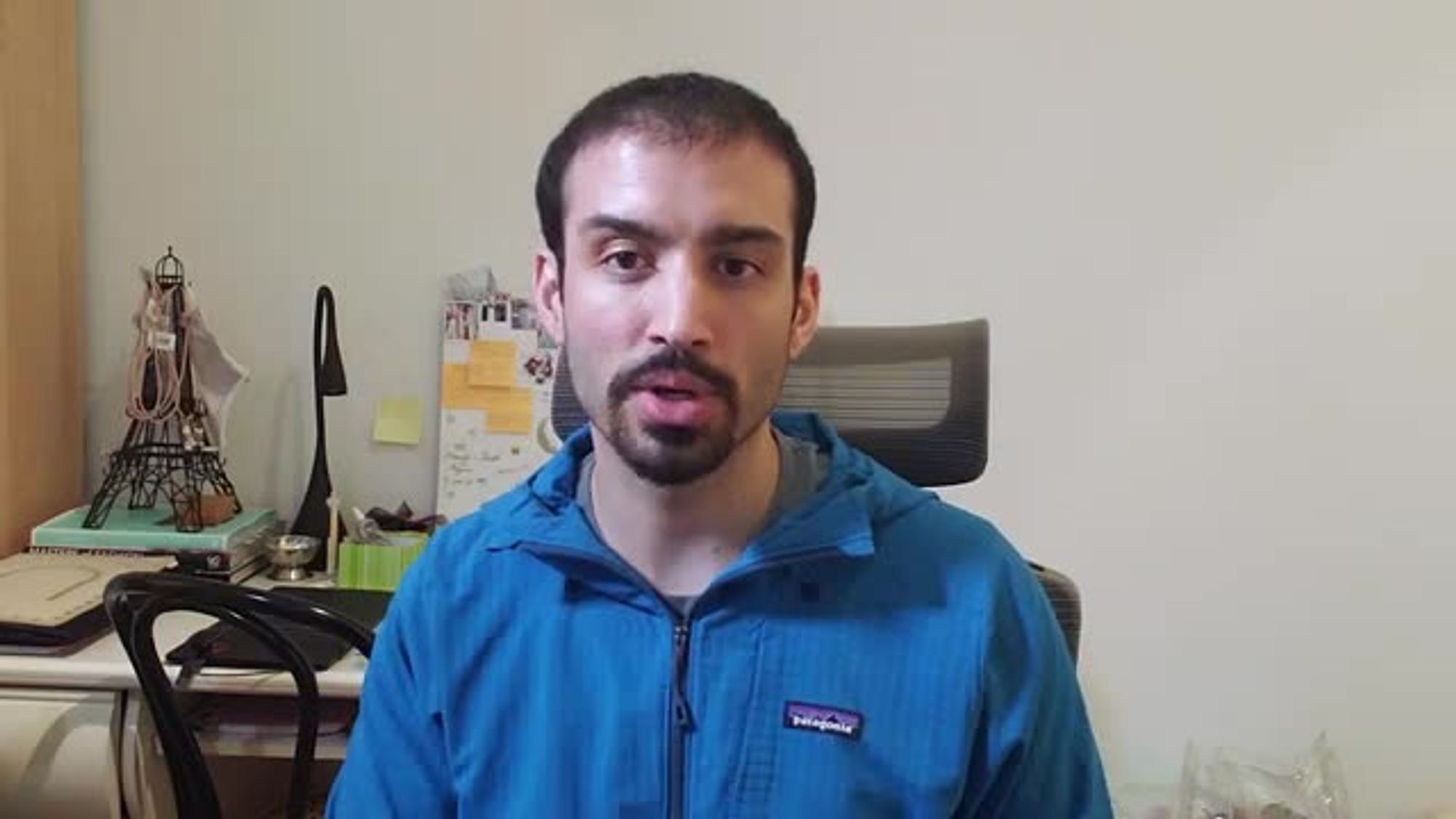
that you can apply from the different

programming types

to your architecture so that's why he
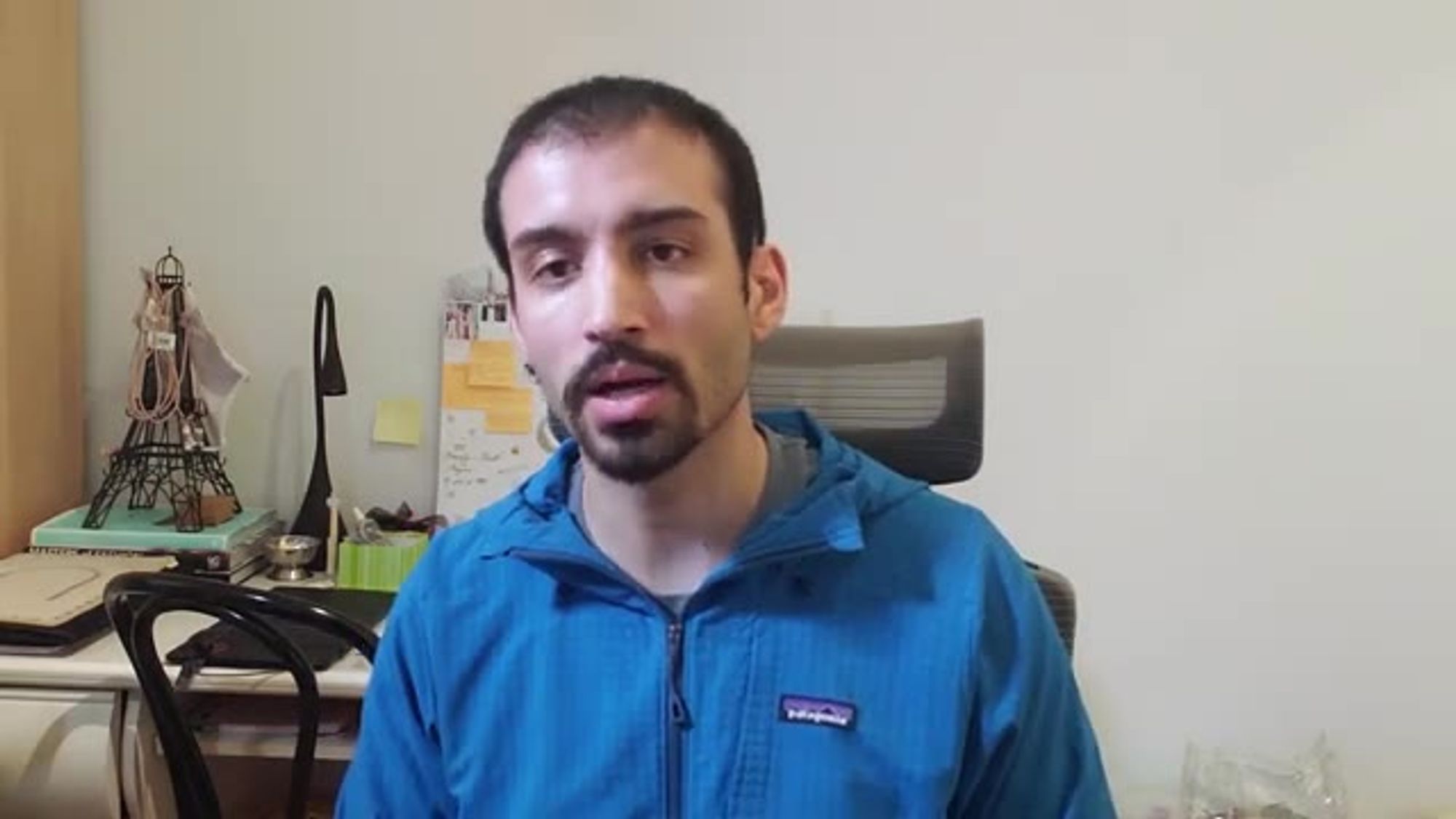
spent some time talking about
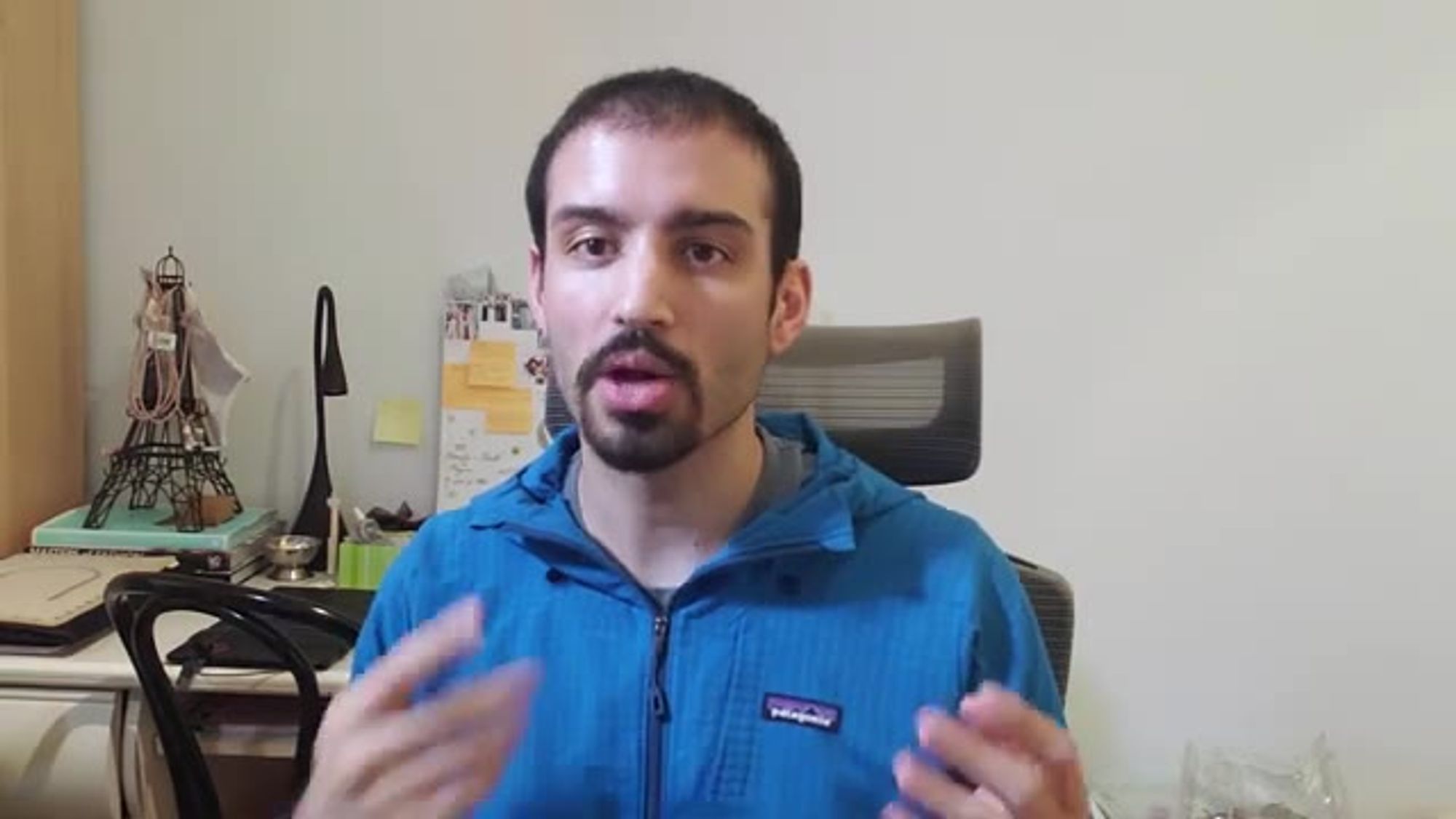
now along that same line the book talks

about these solid principles
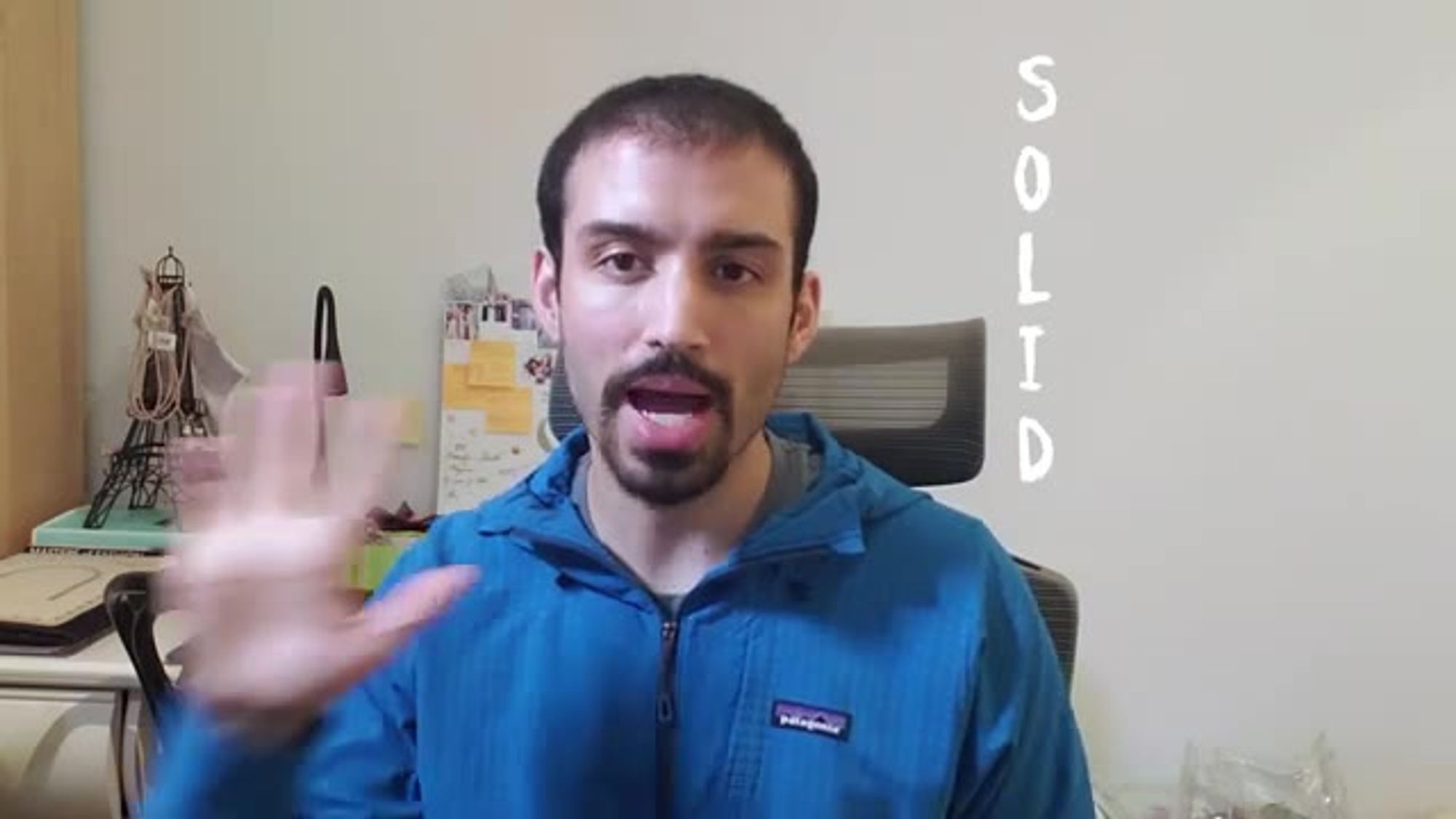
and there's five solid principles and
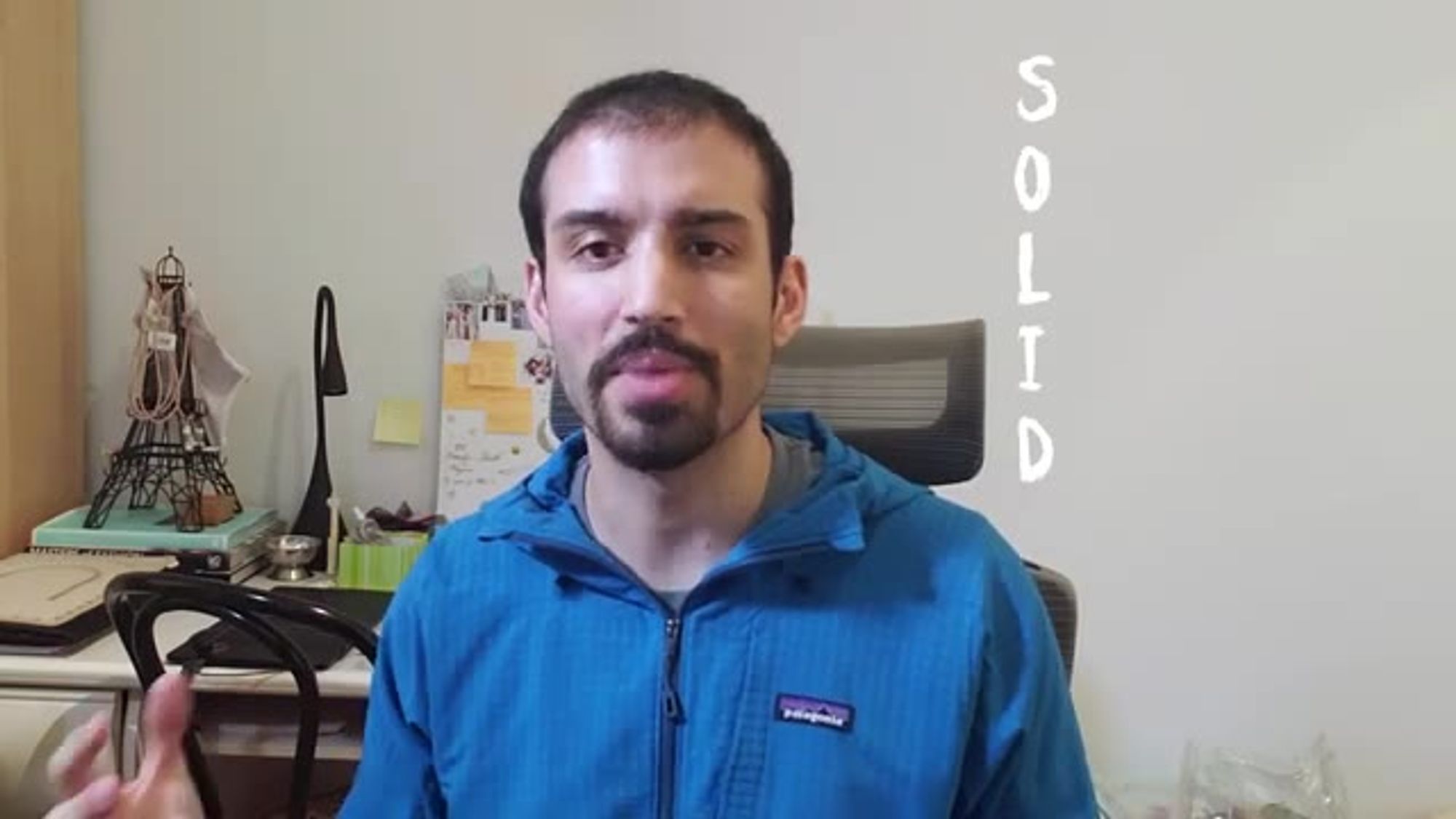
these are the kind of bible for software
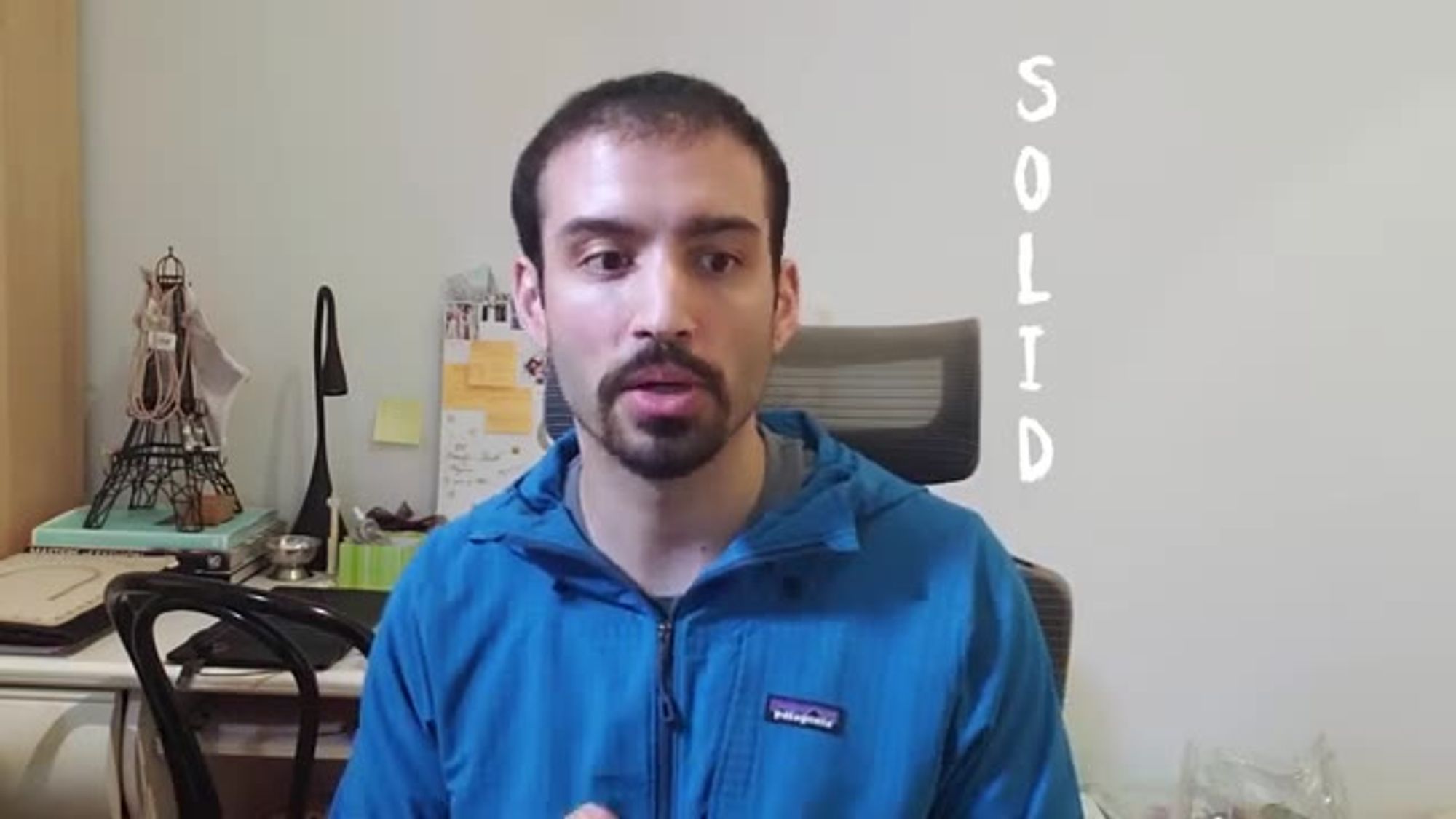
developers in terms of
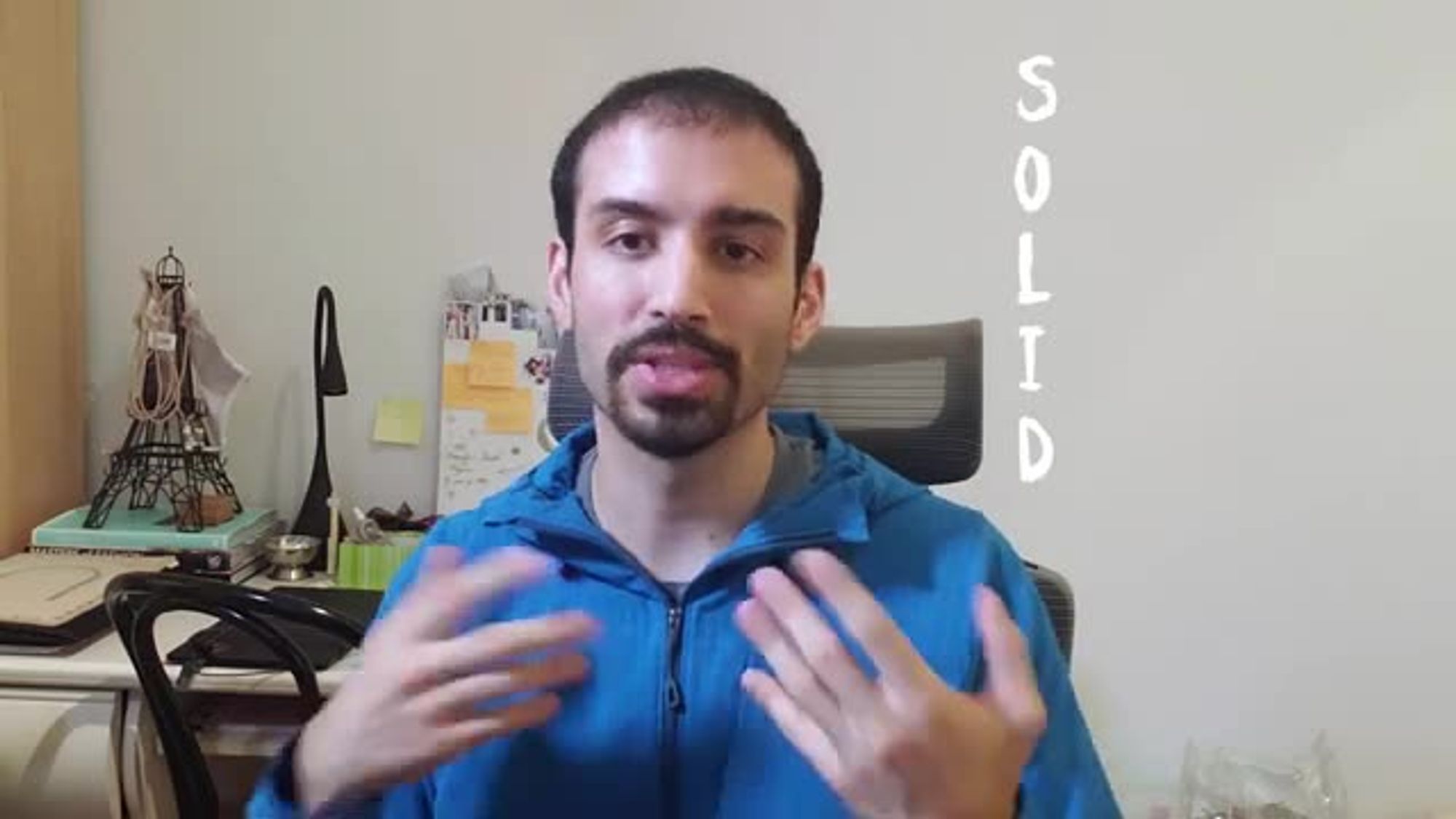
kind of principles that you apply to
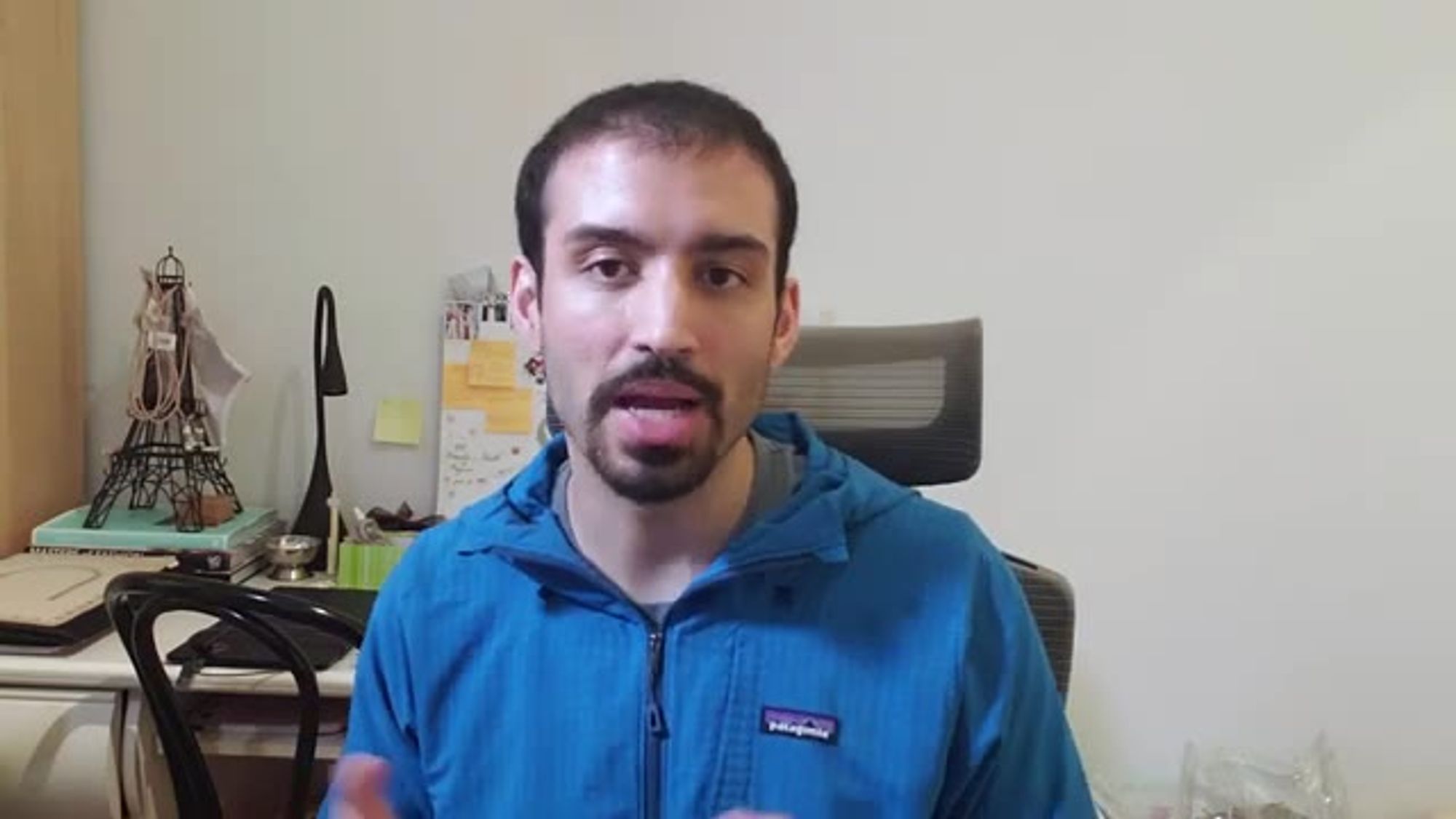
your daily life when you're building
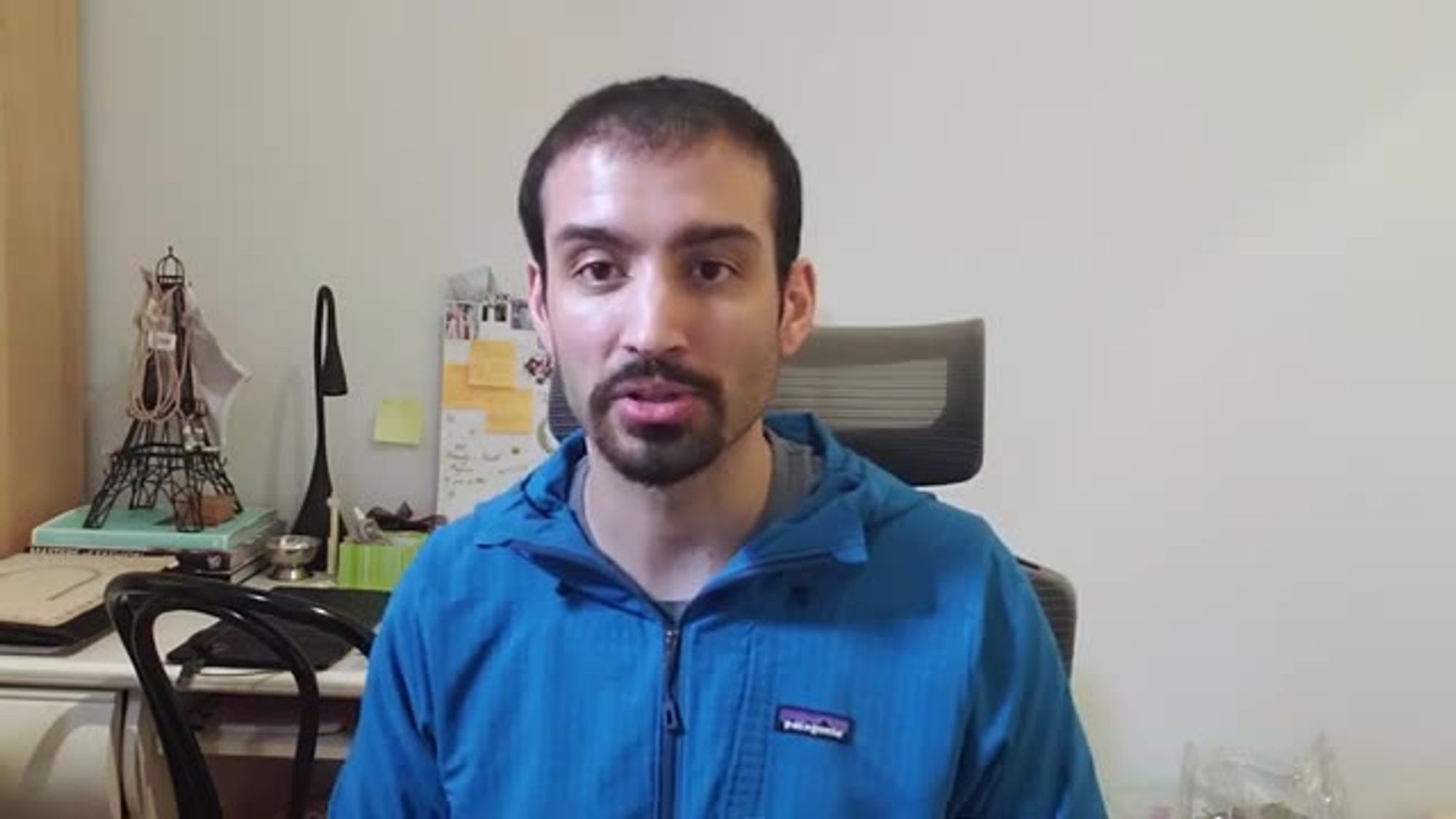
architecture and then kind of guide some
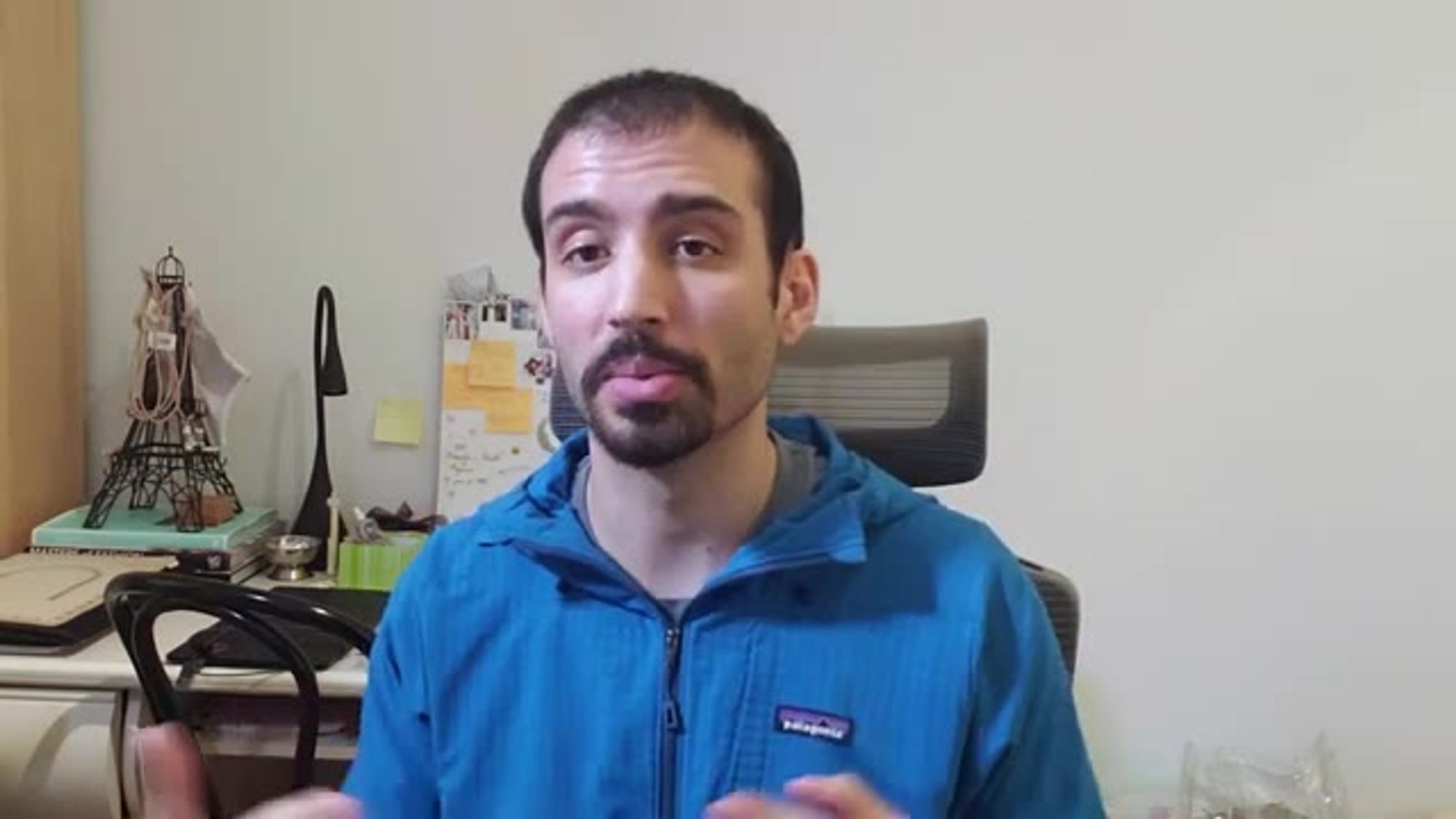
of the key decisions that you need to
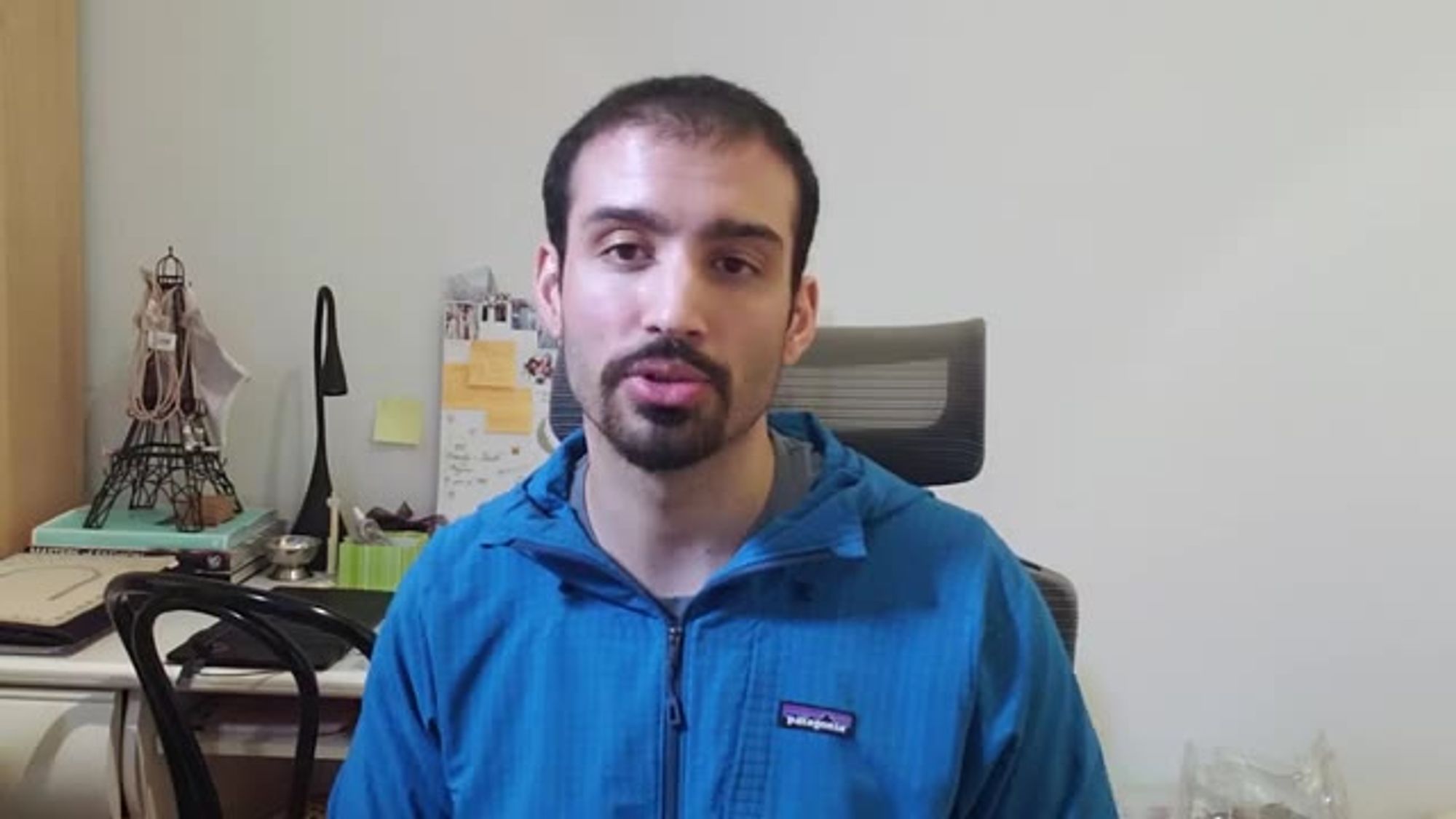
make
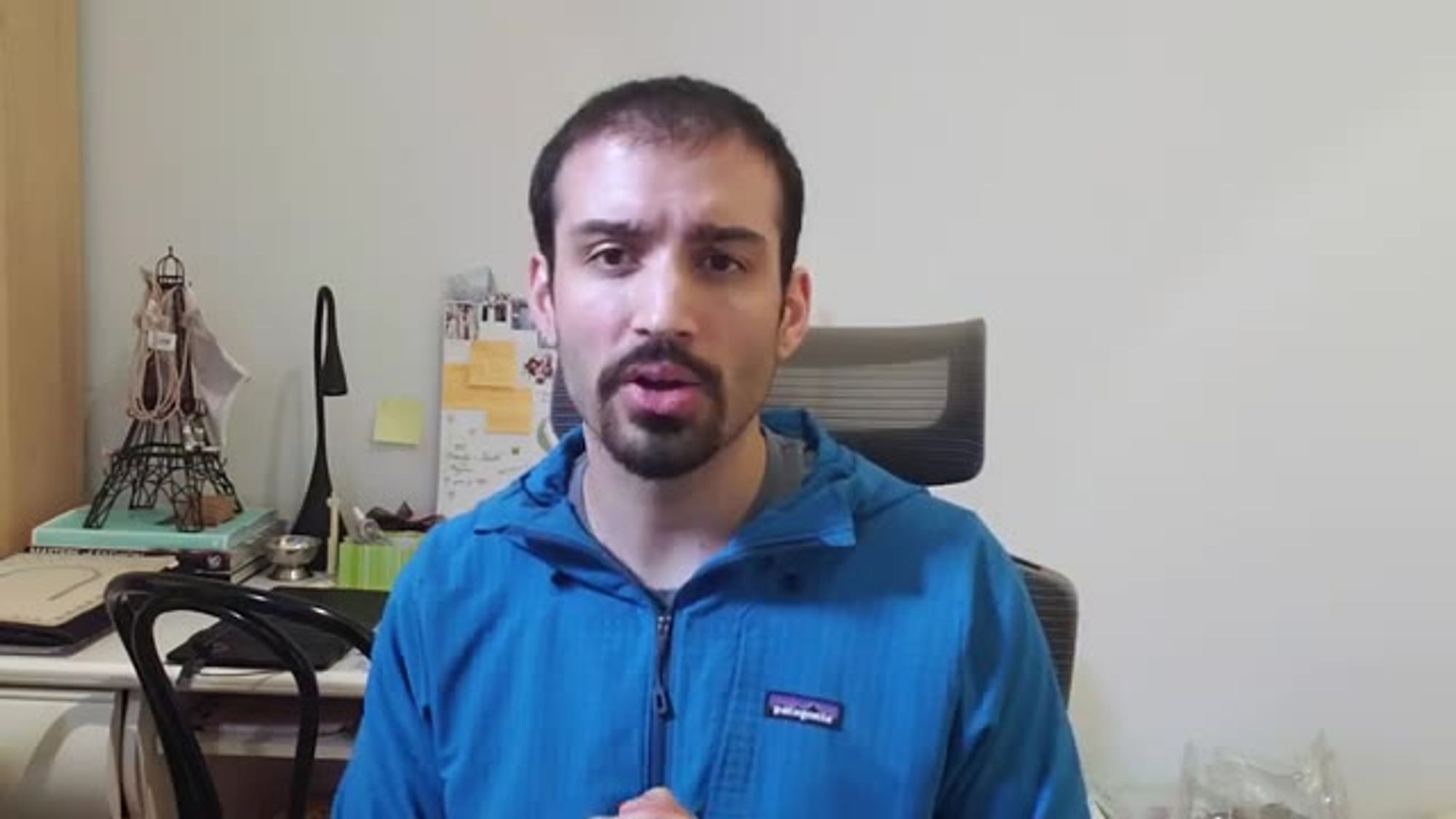
so if you don't know what solid is i can

just kind of recap them for you so the s
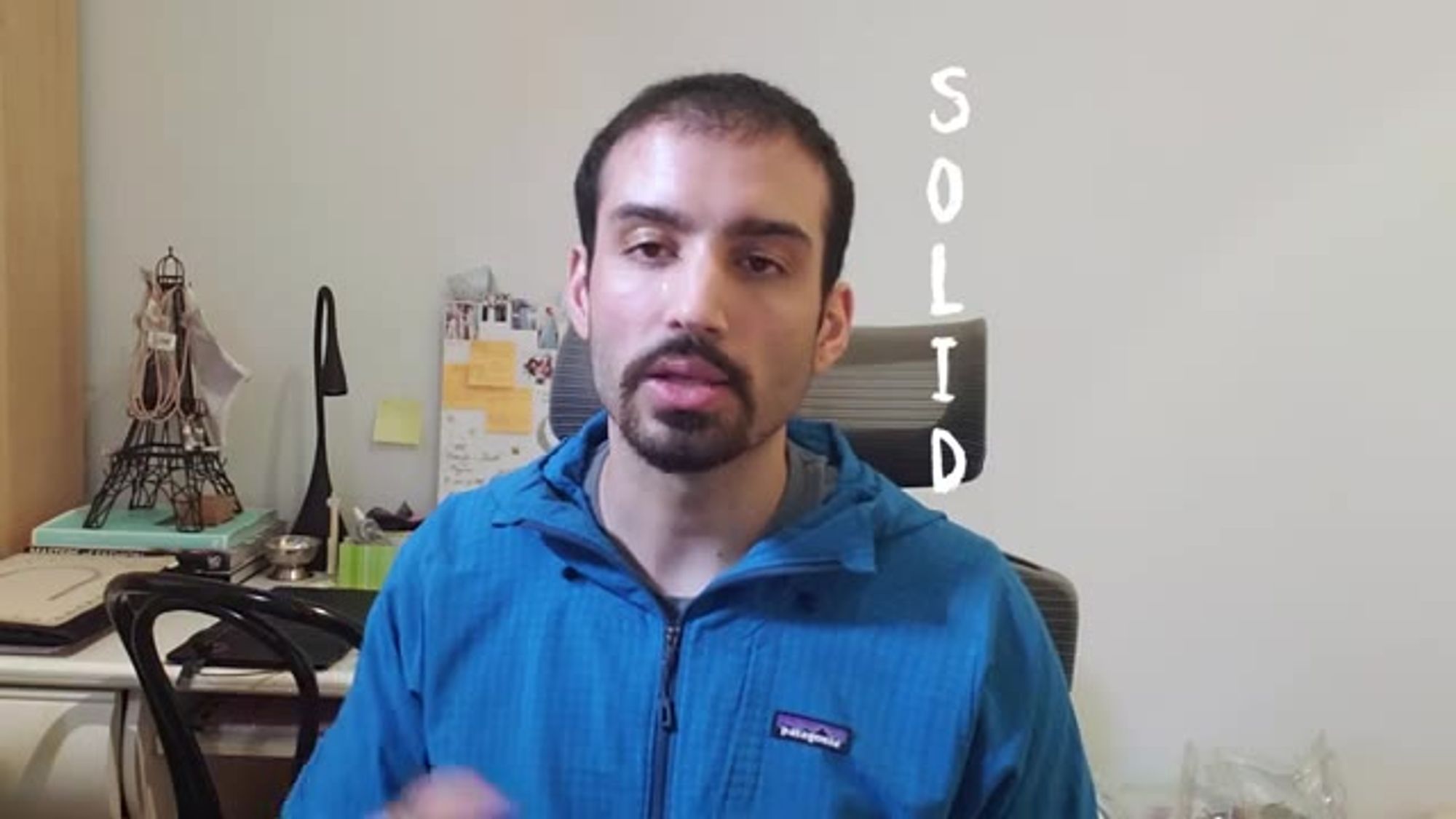
in solid stands for the single
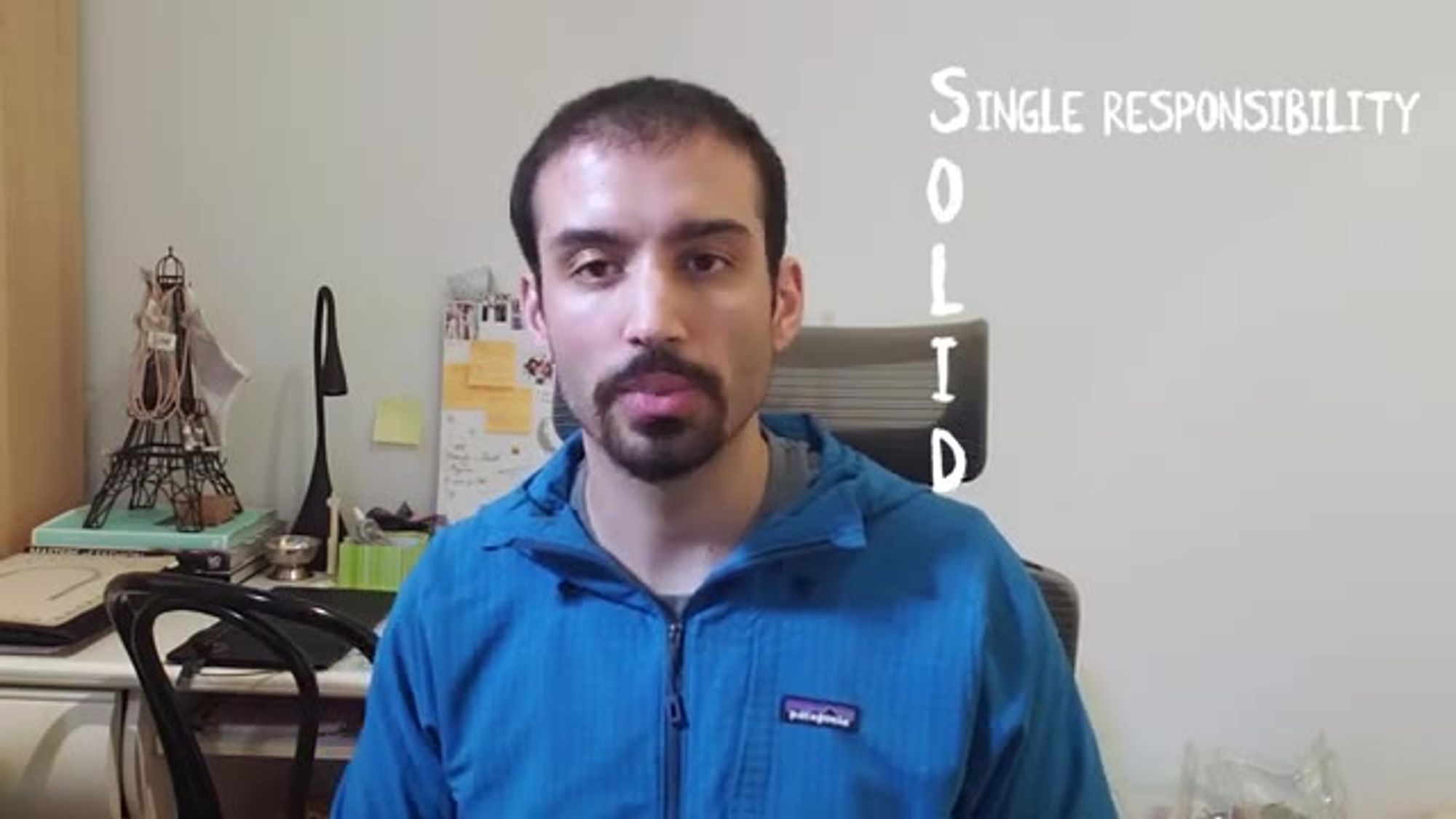
responsibility principle and this is the
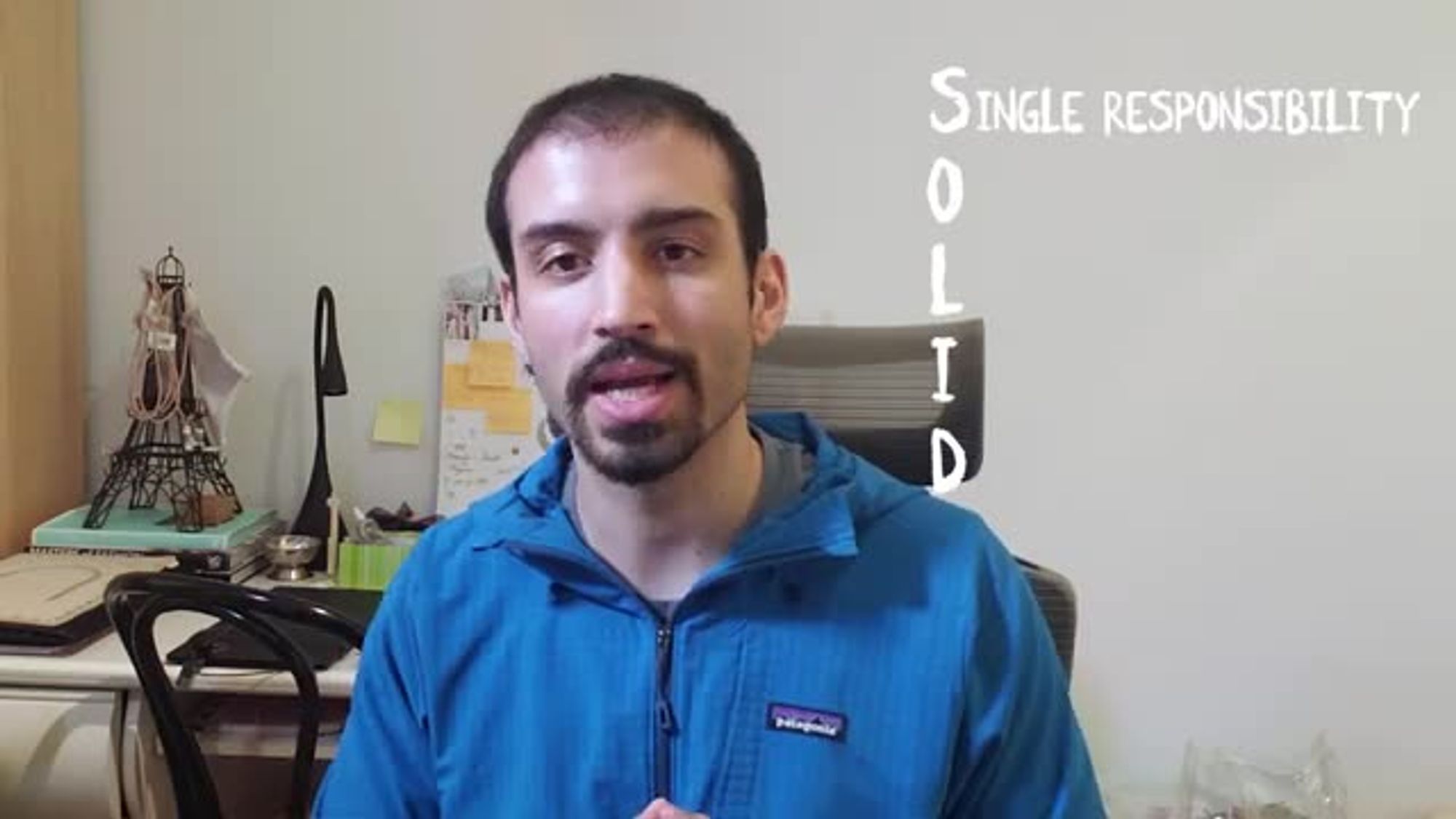
idea that a class would be responsible
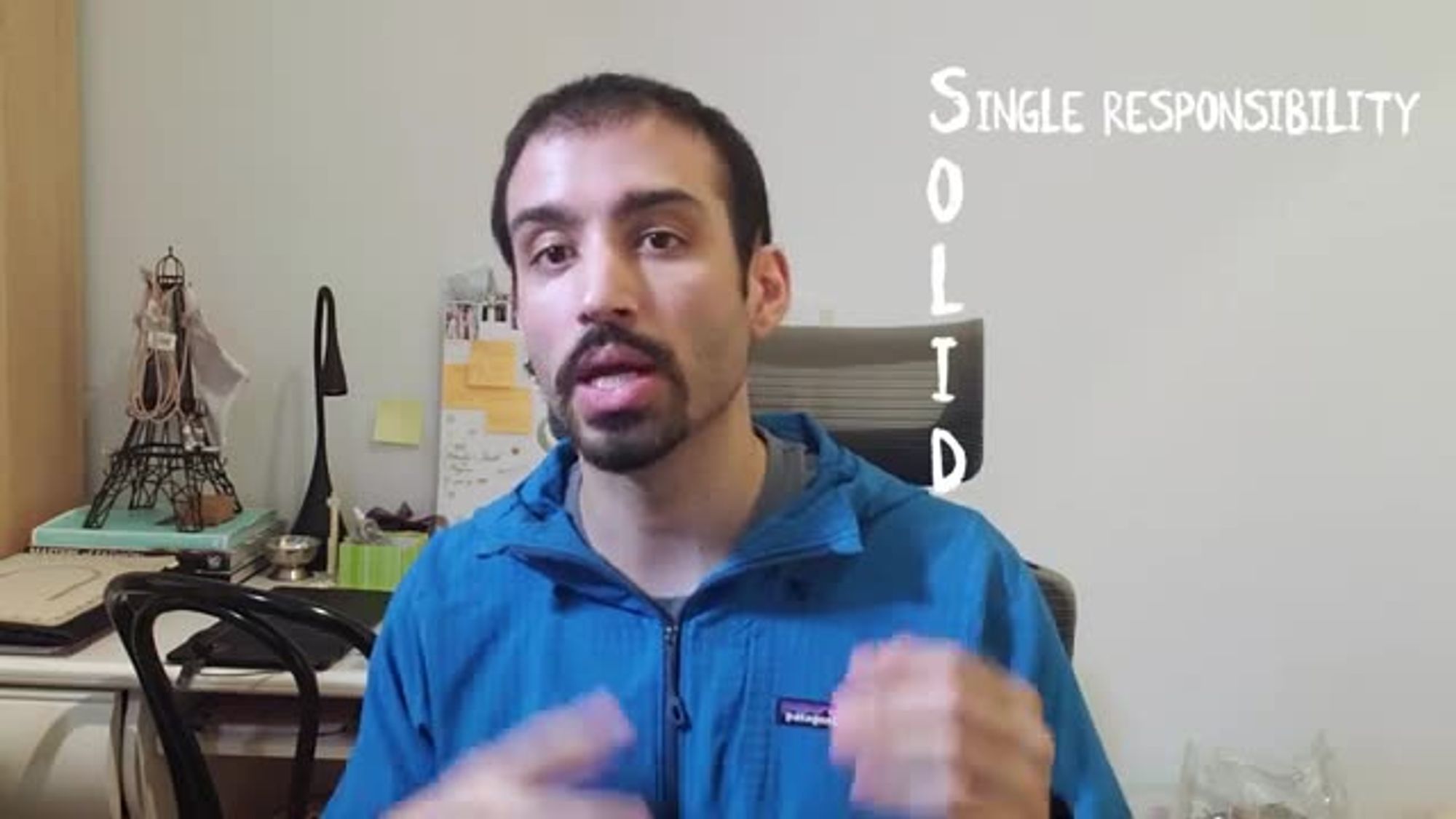
for one thing
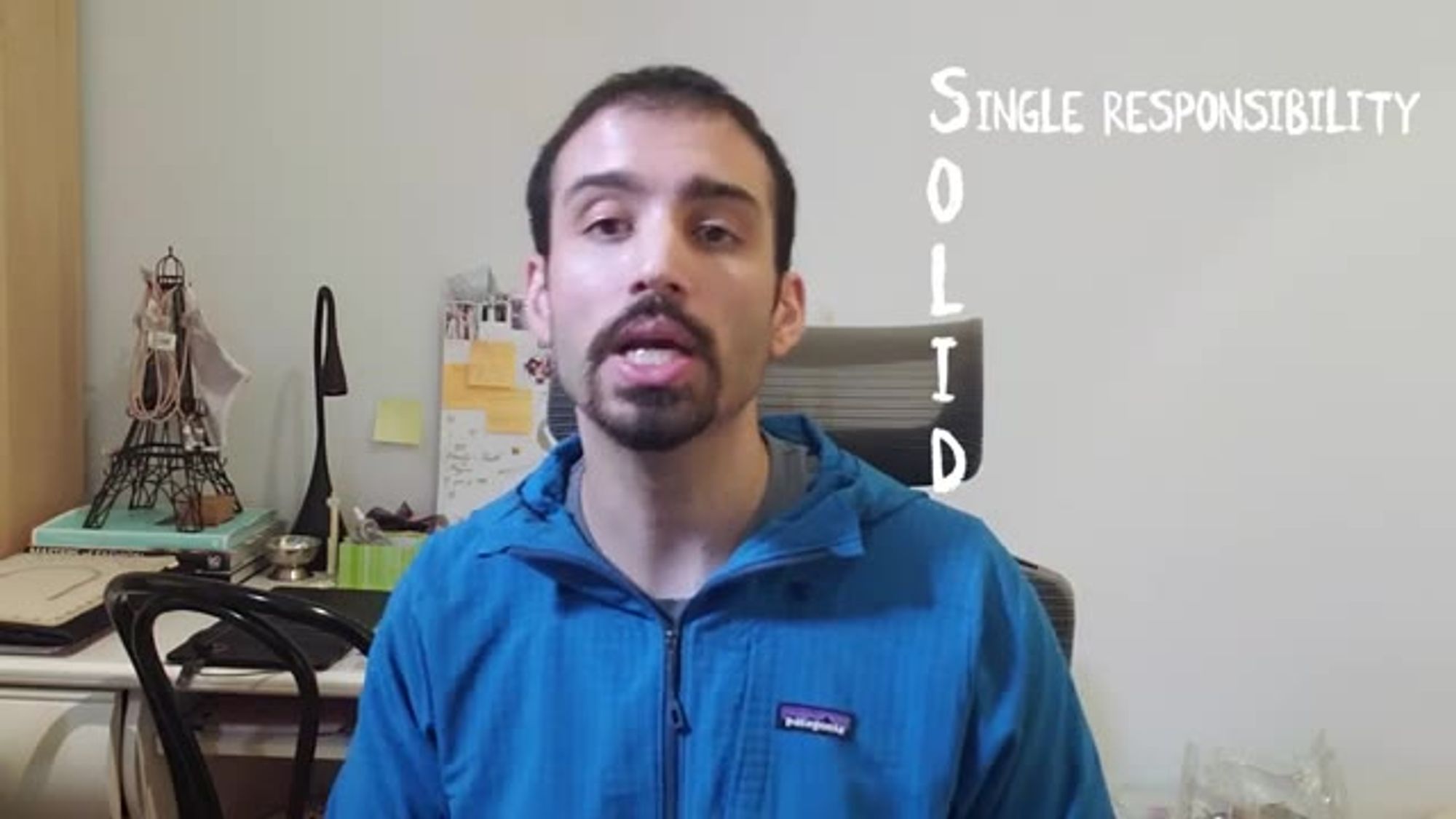
one domain the o in solid is for the
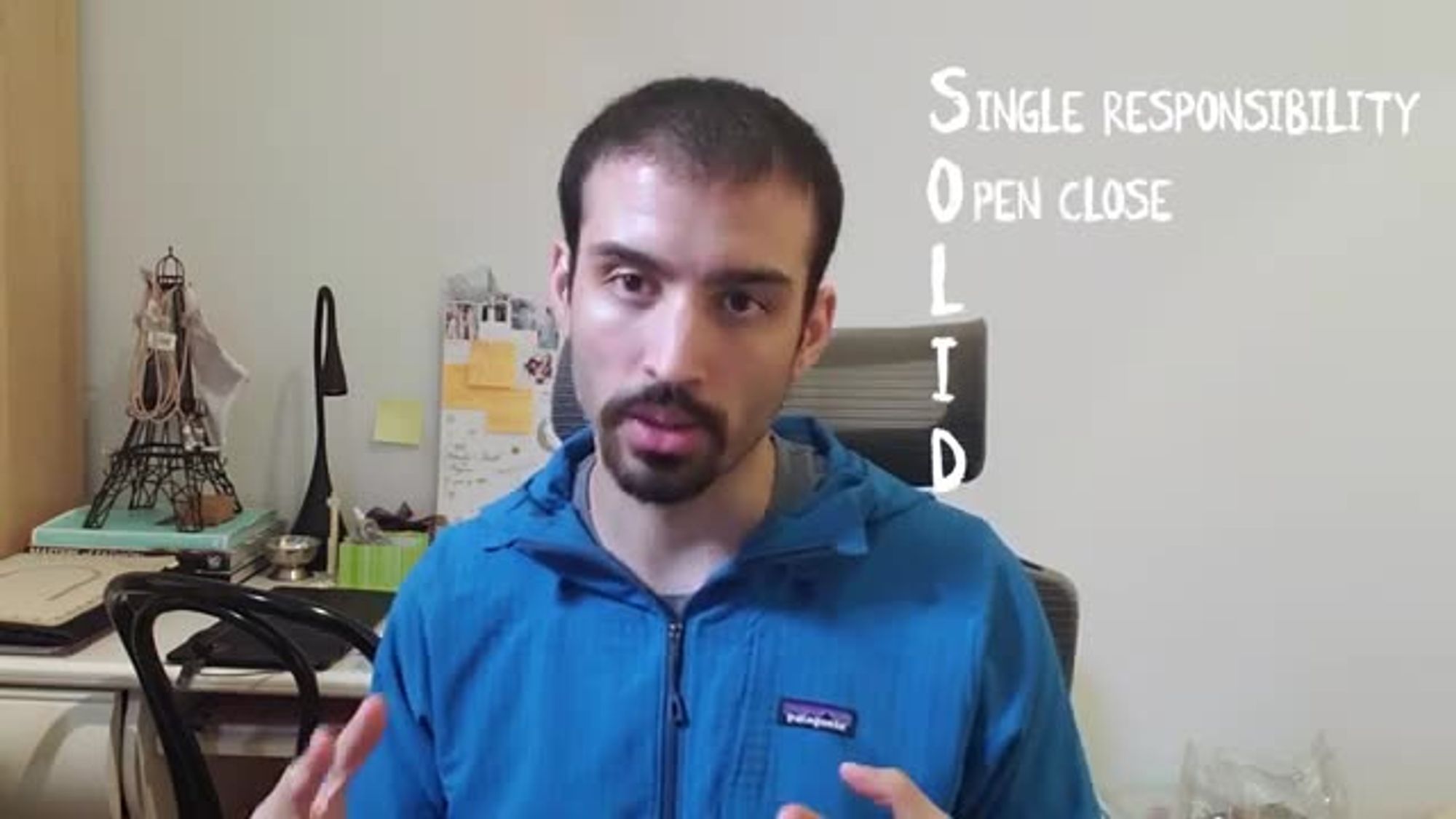
open
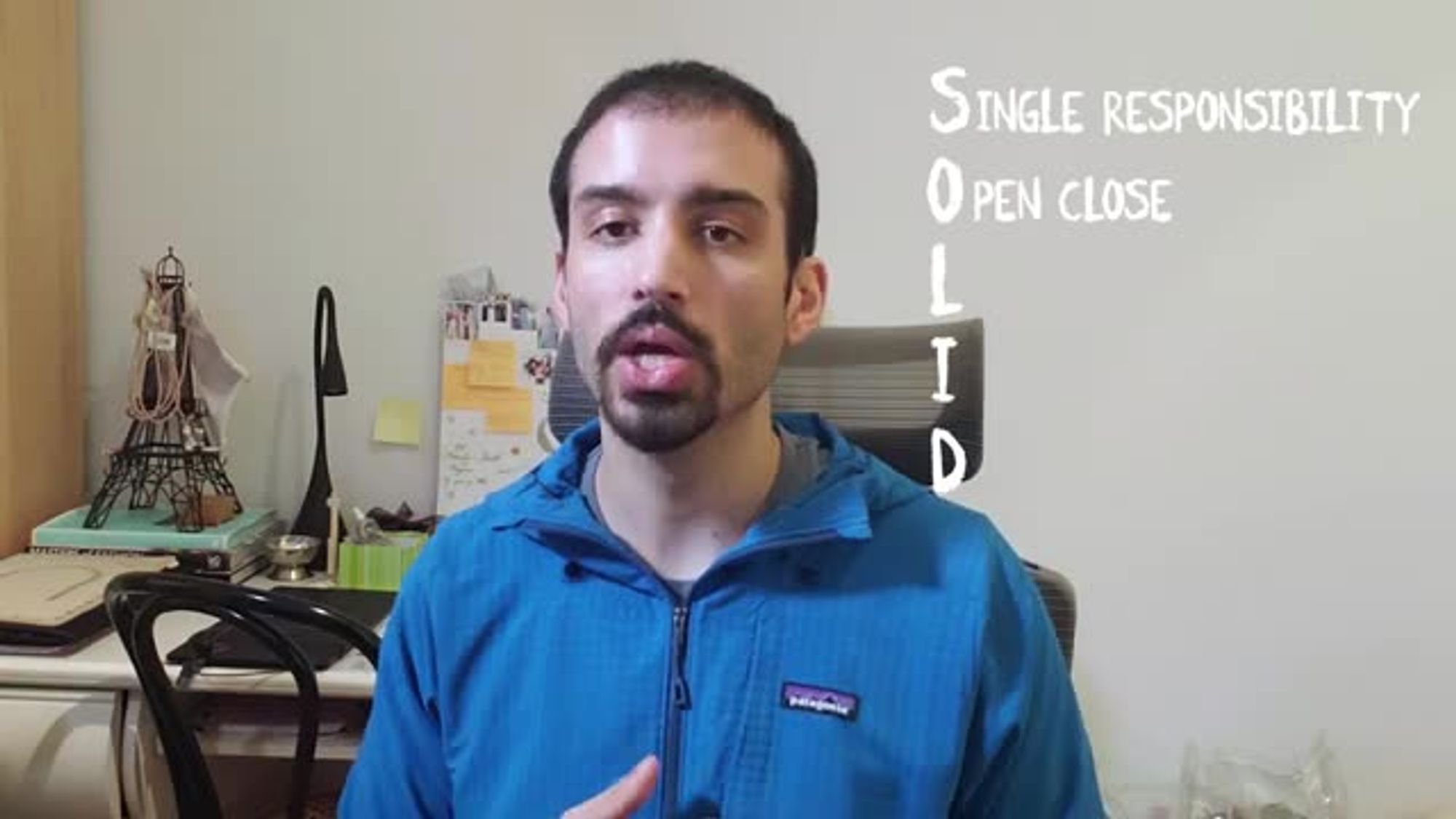
close principle which is that a class
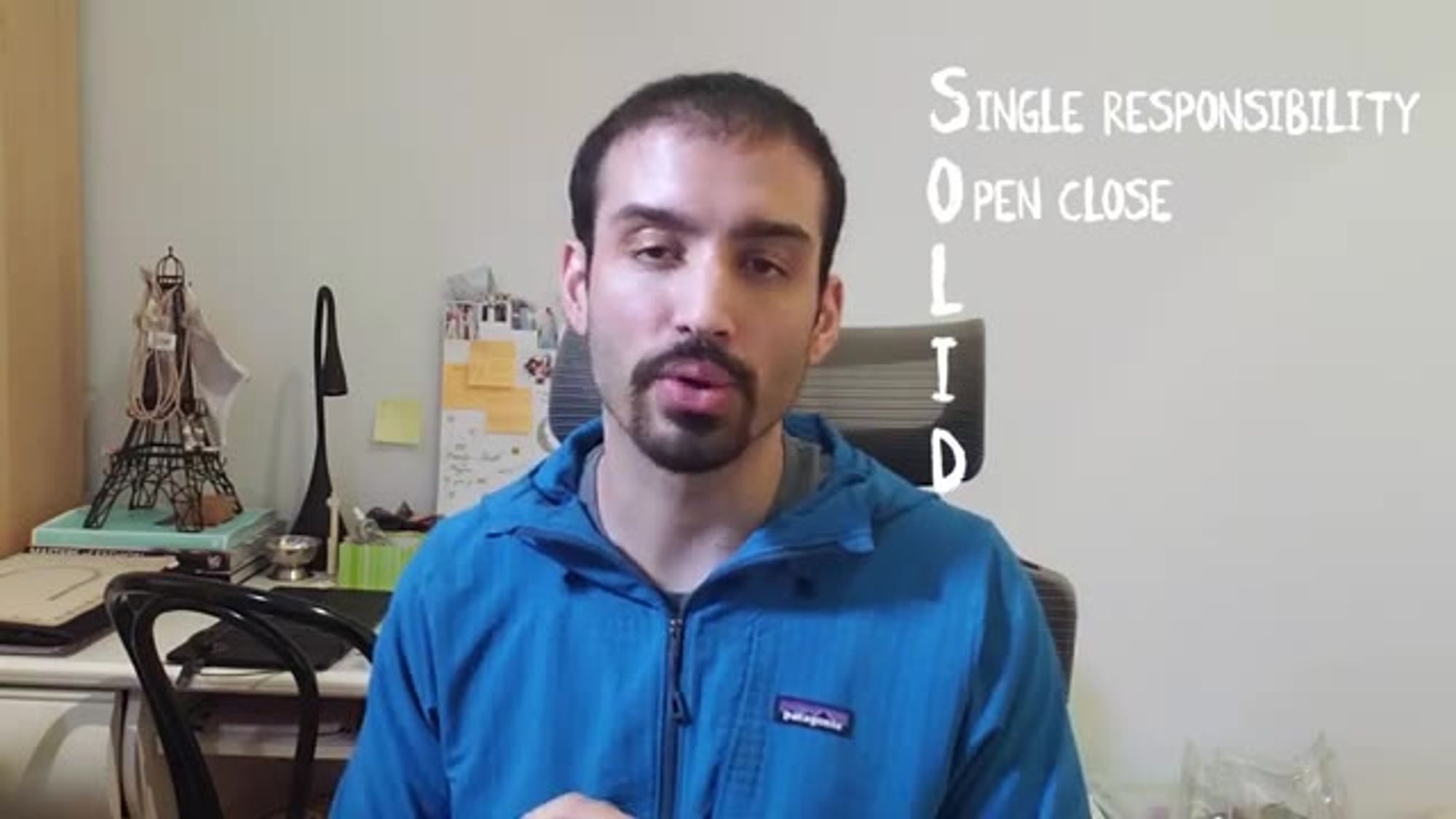
should be open for extension but
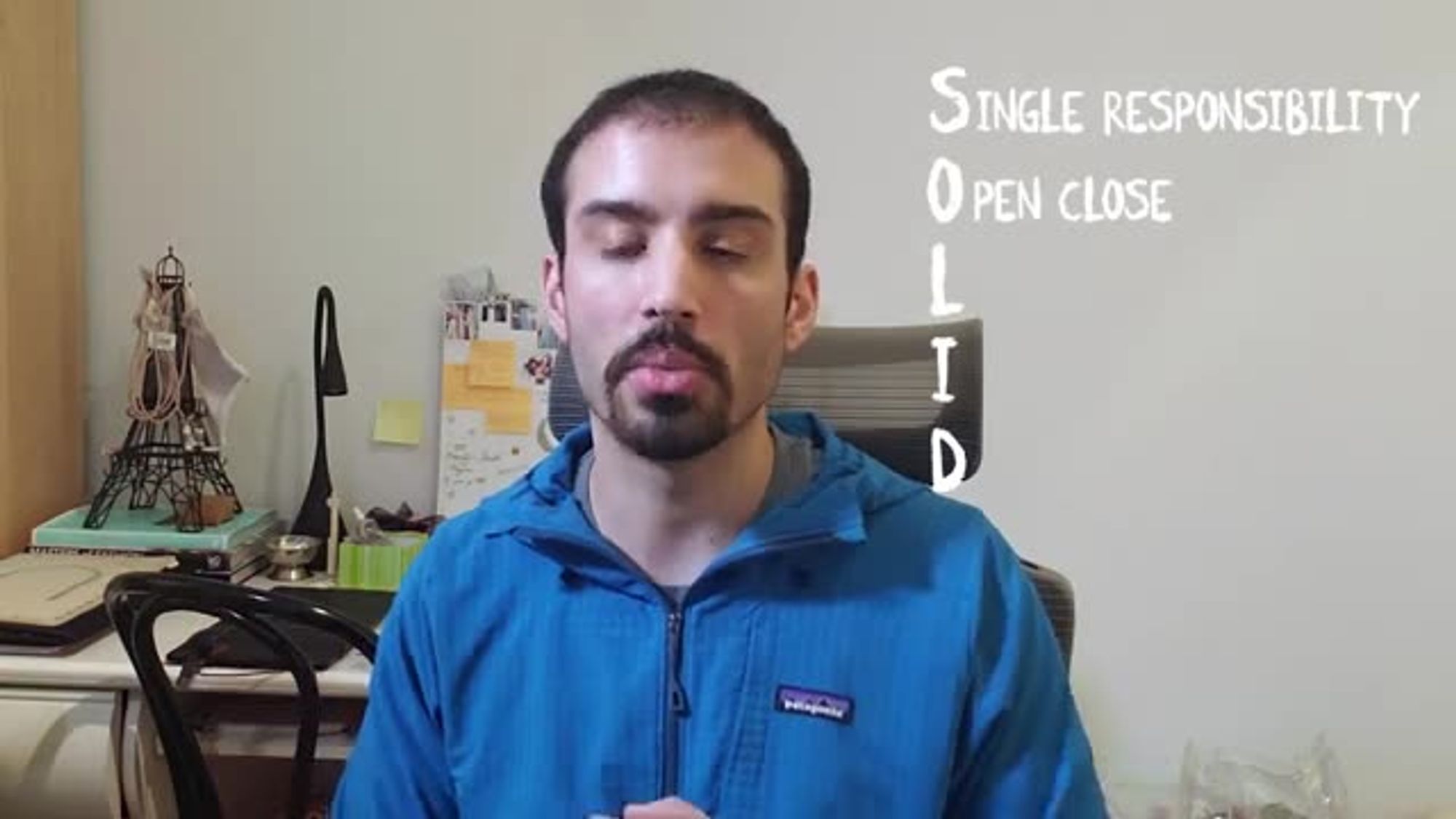
closed for modification the l is the
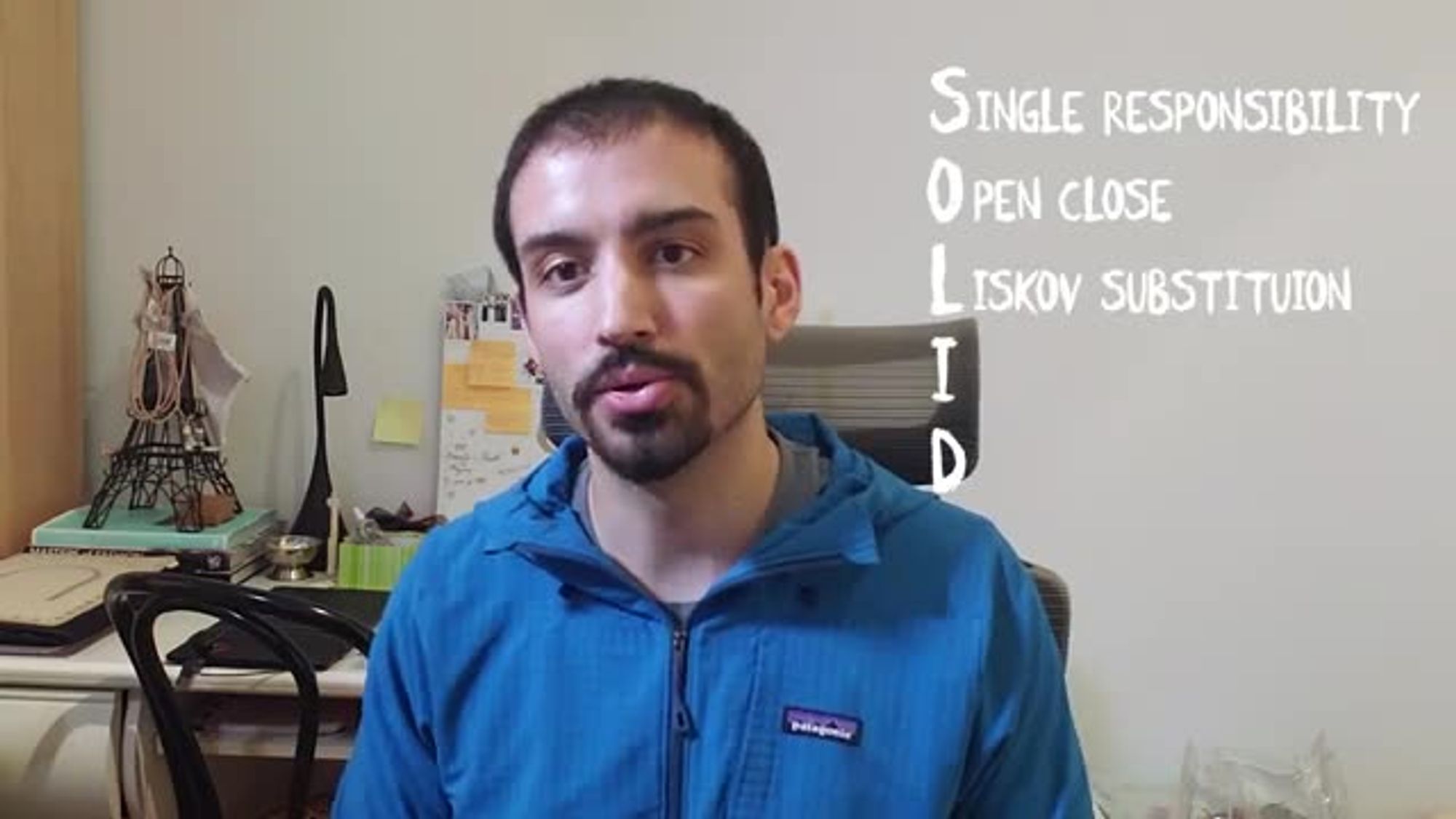
liskov substitution principle which
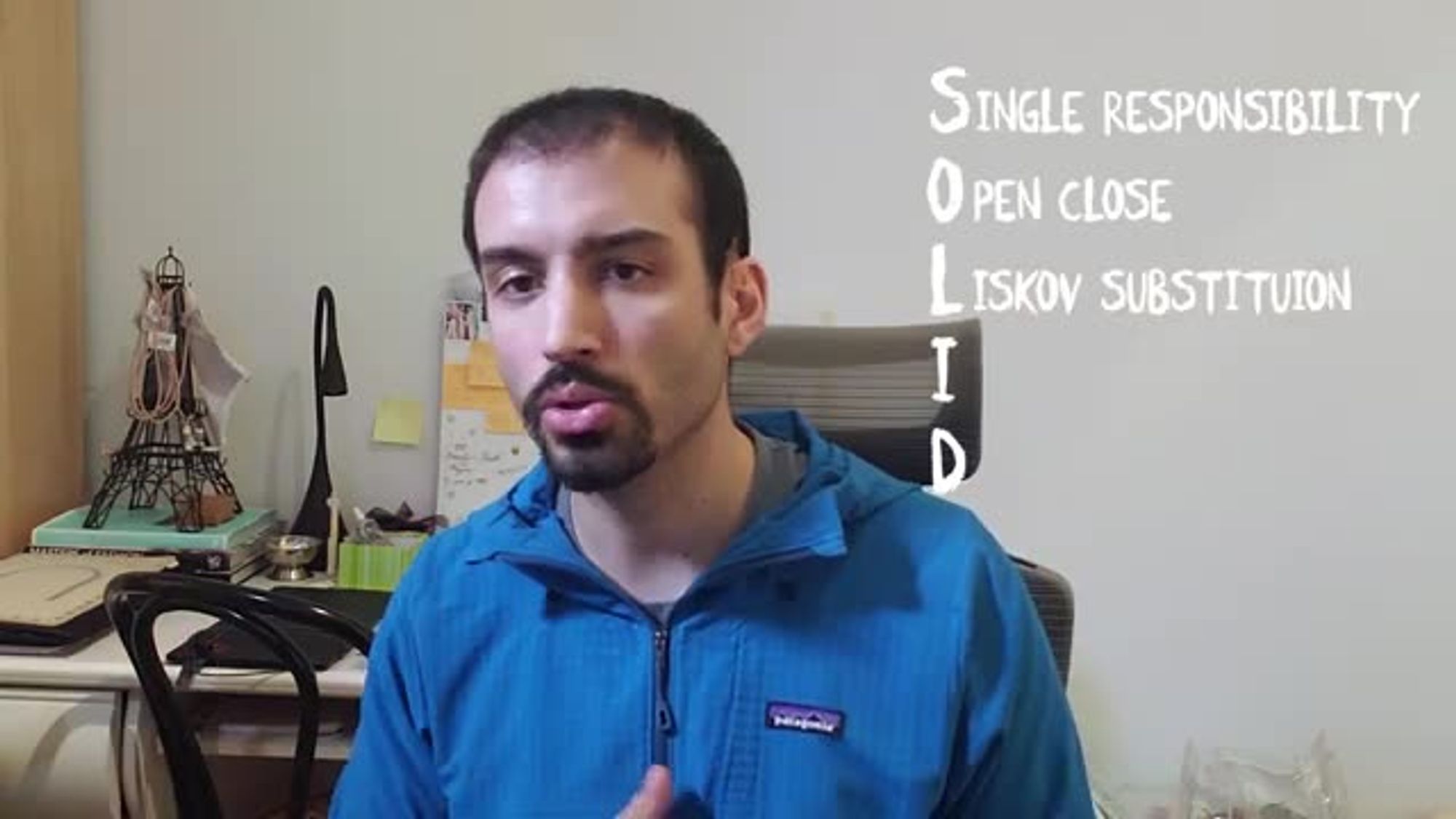
basically means you should use
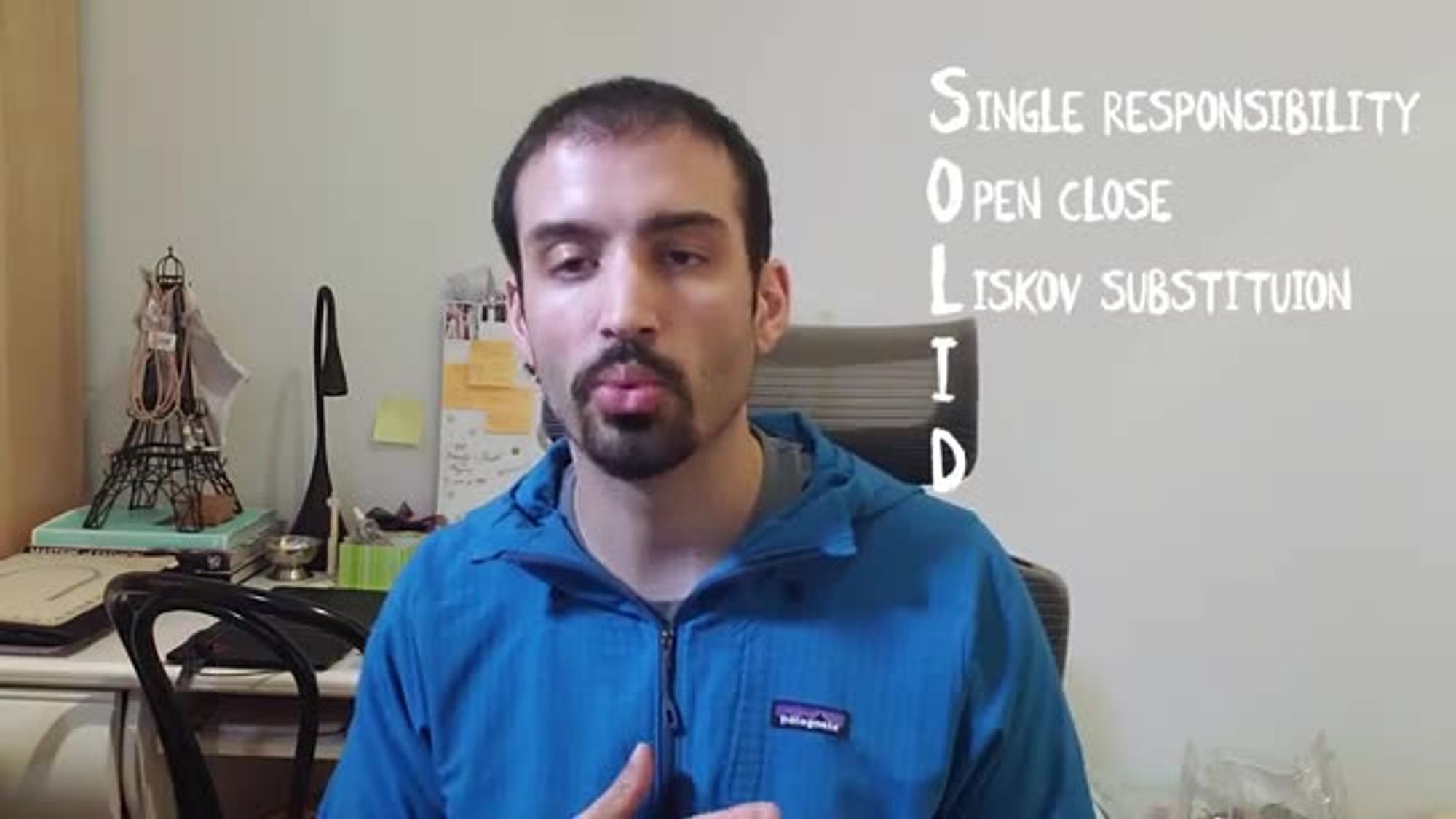
polymorphism whenever it's possible
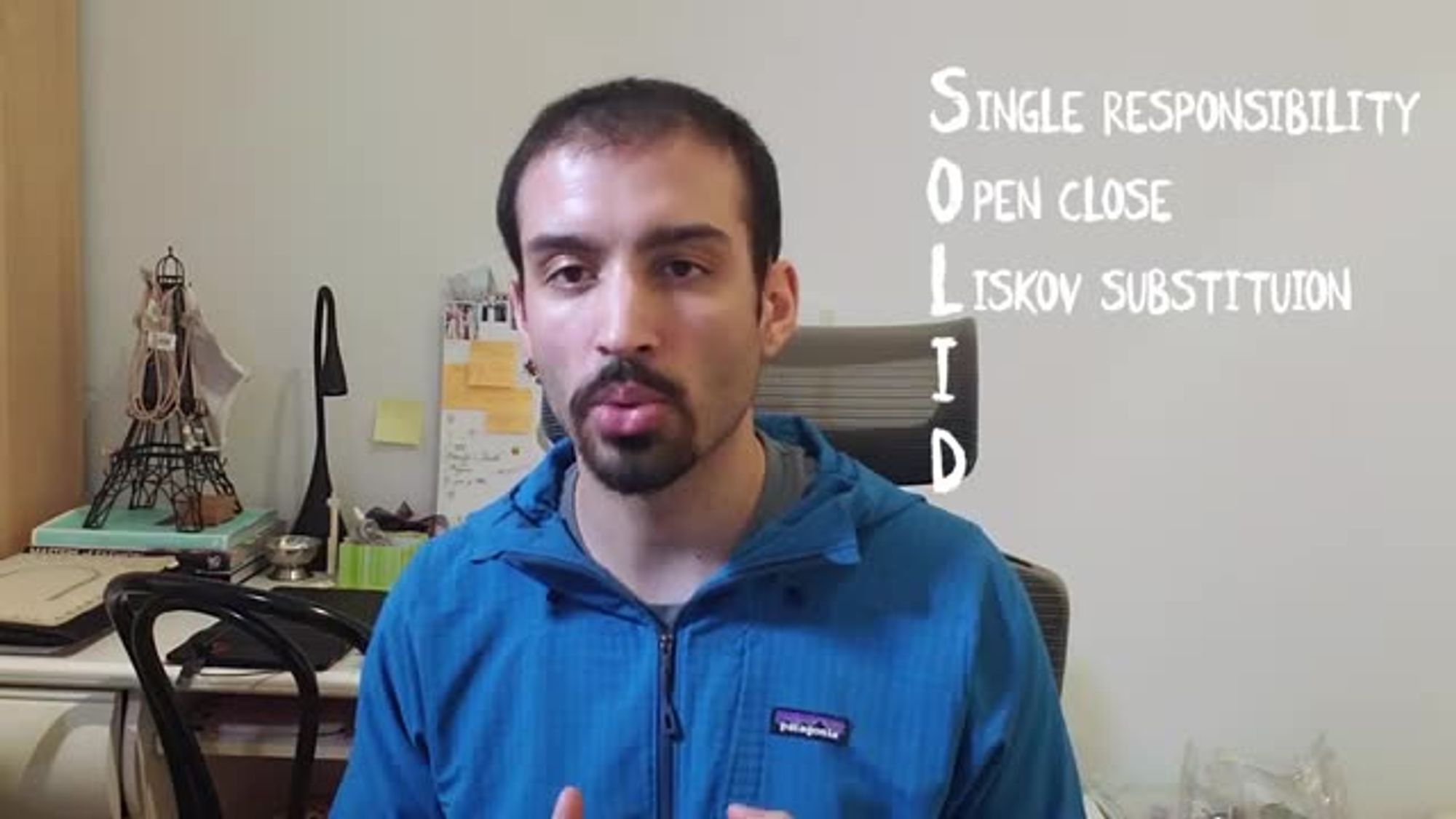
if you don't know what polymorphism is
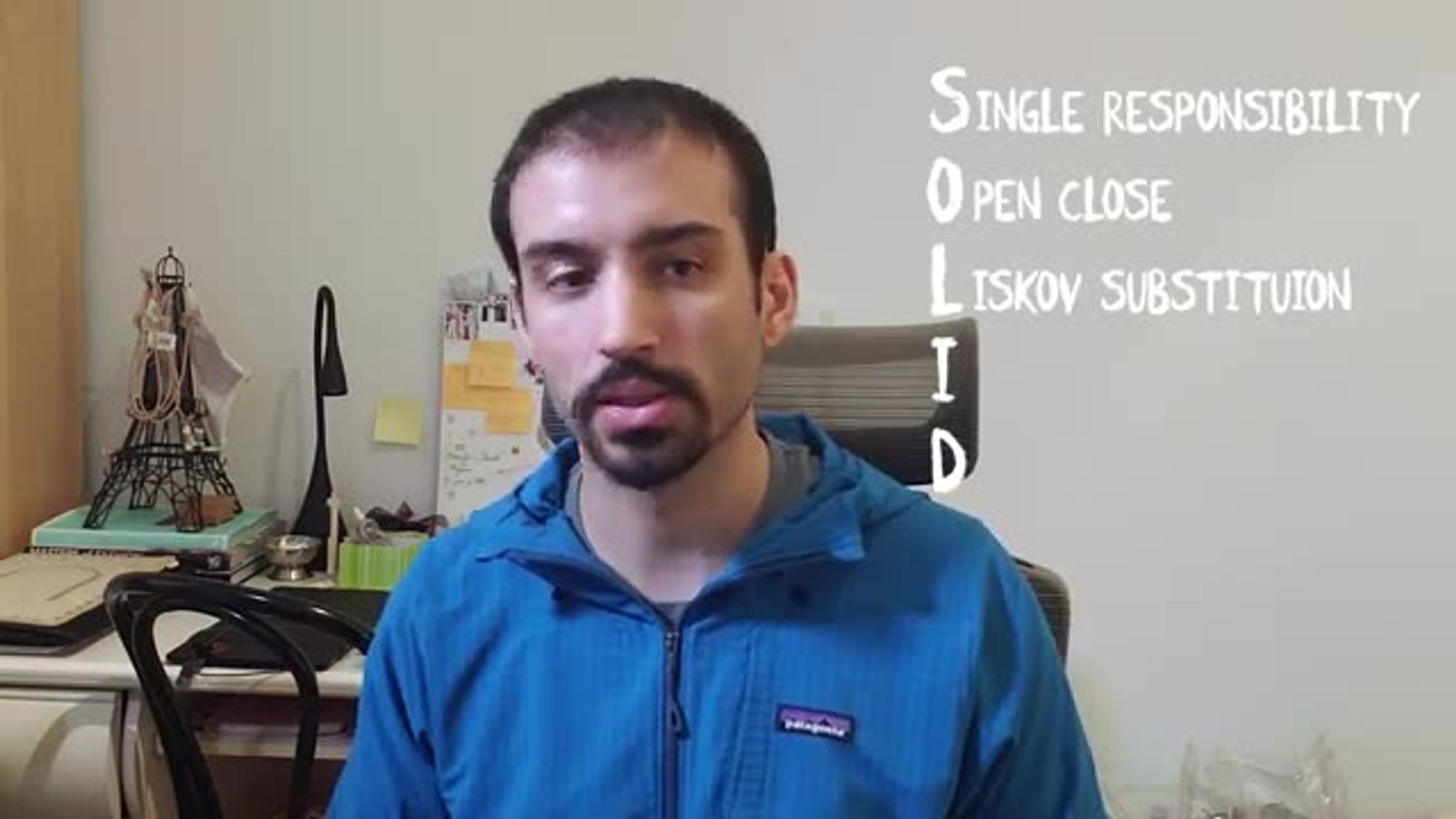
i'd highly suggest you watch the video
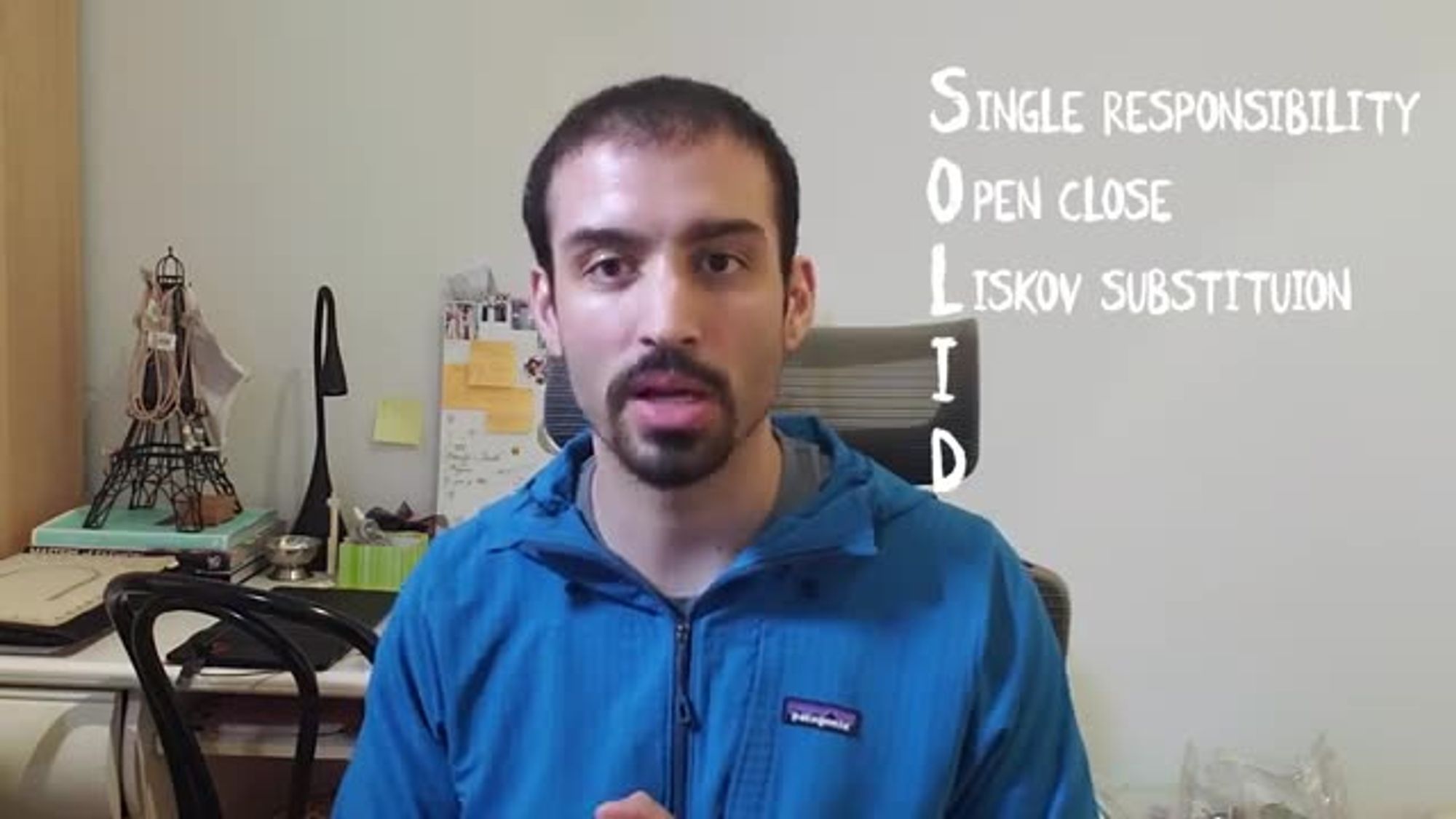
and just look up a definition
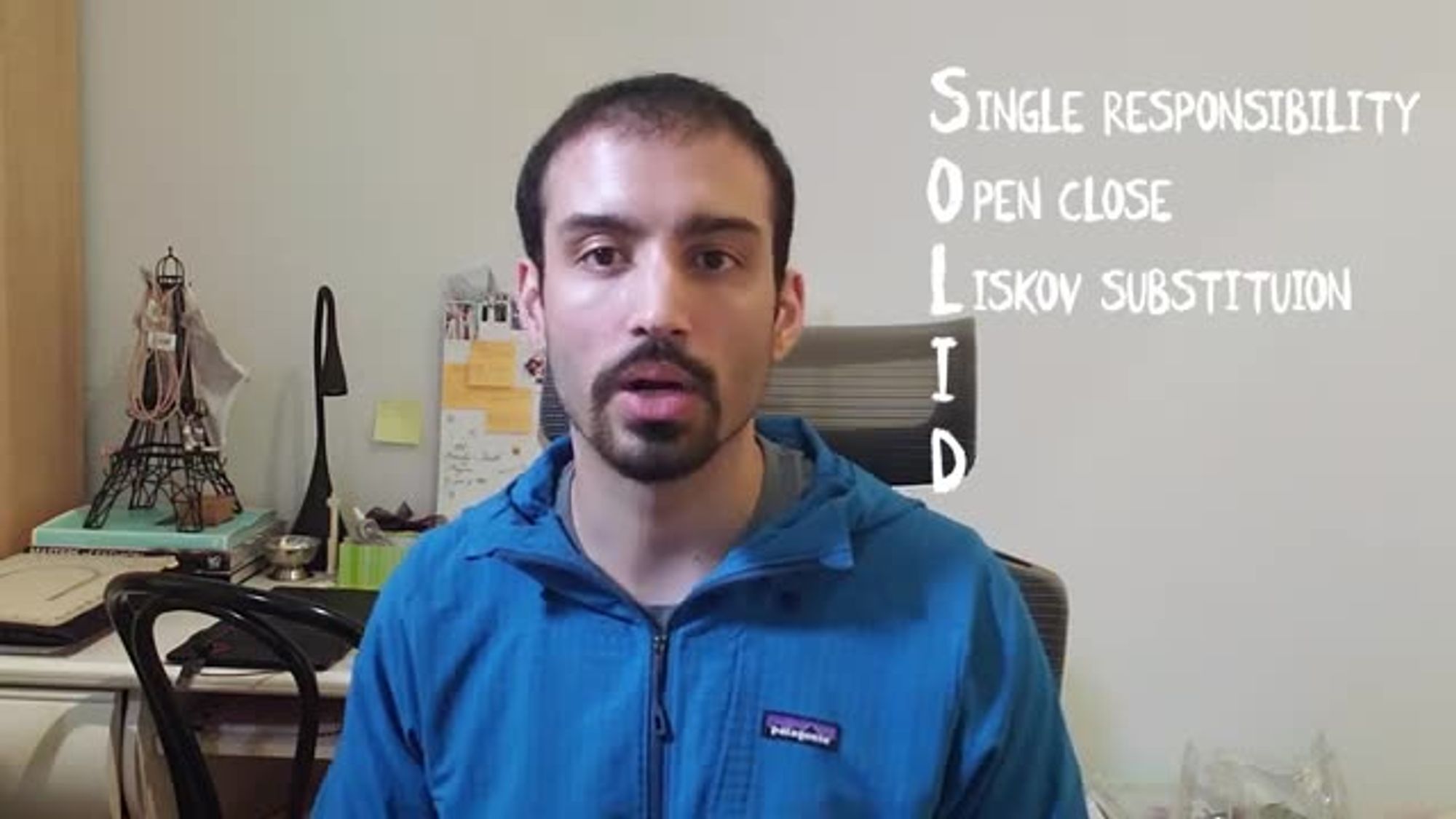
it's a very useful concept in a lot of
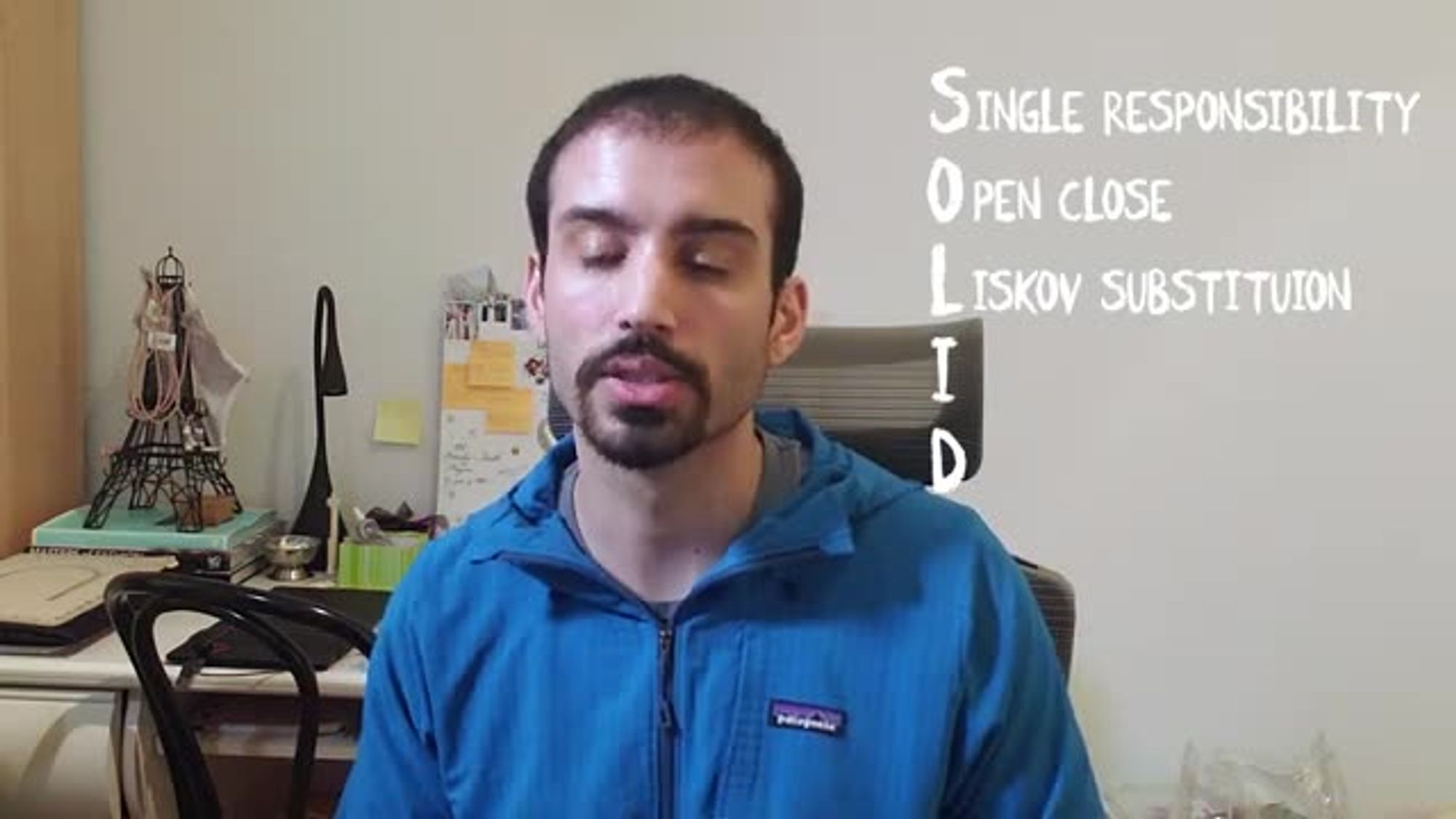
these conversations
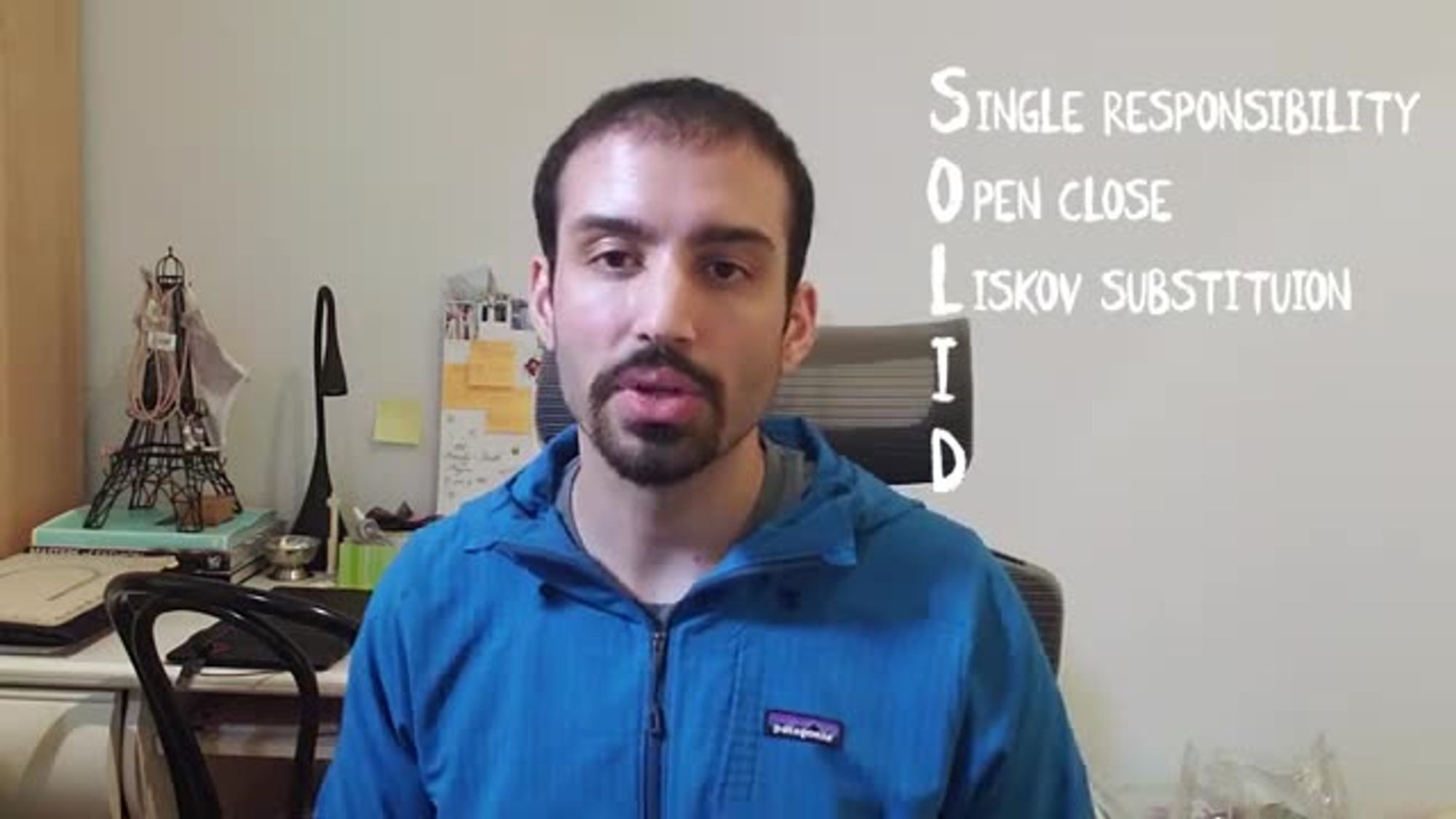
the i is for the interface segregation
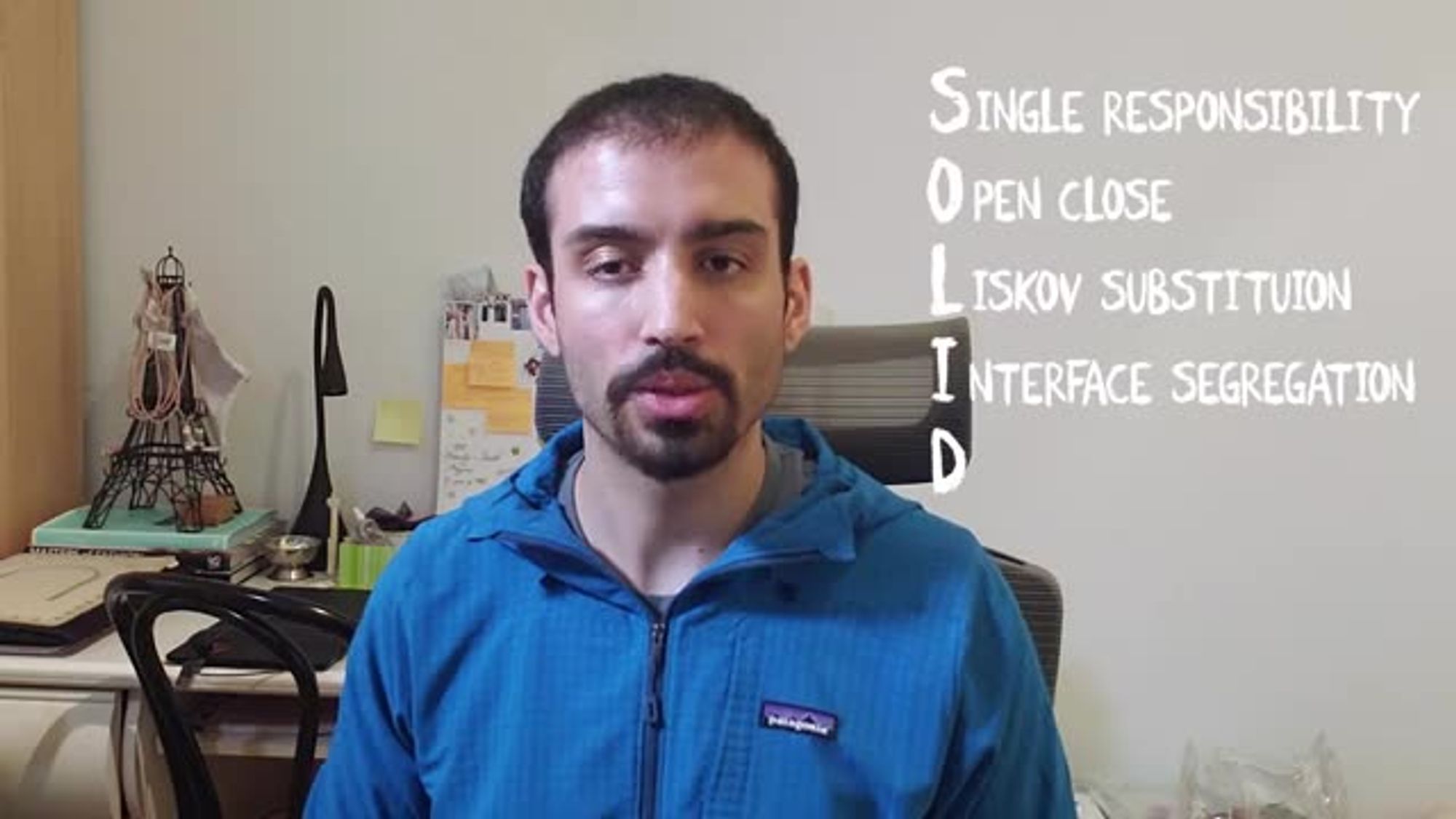
principle which is that it's usually
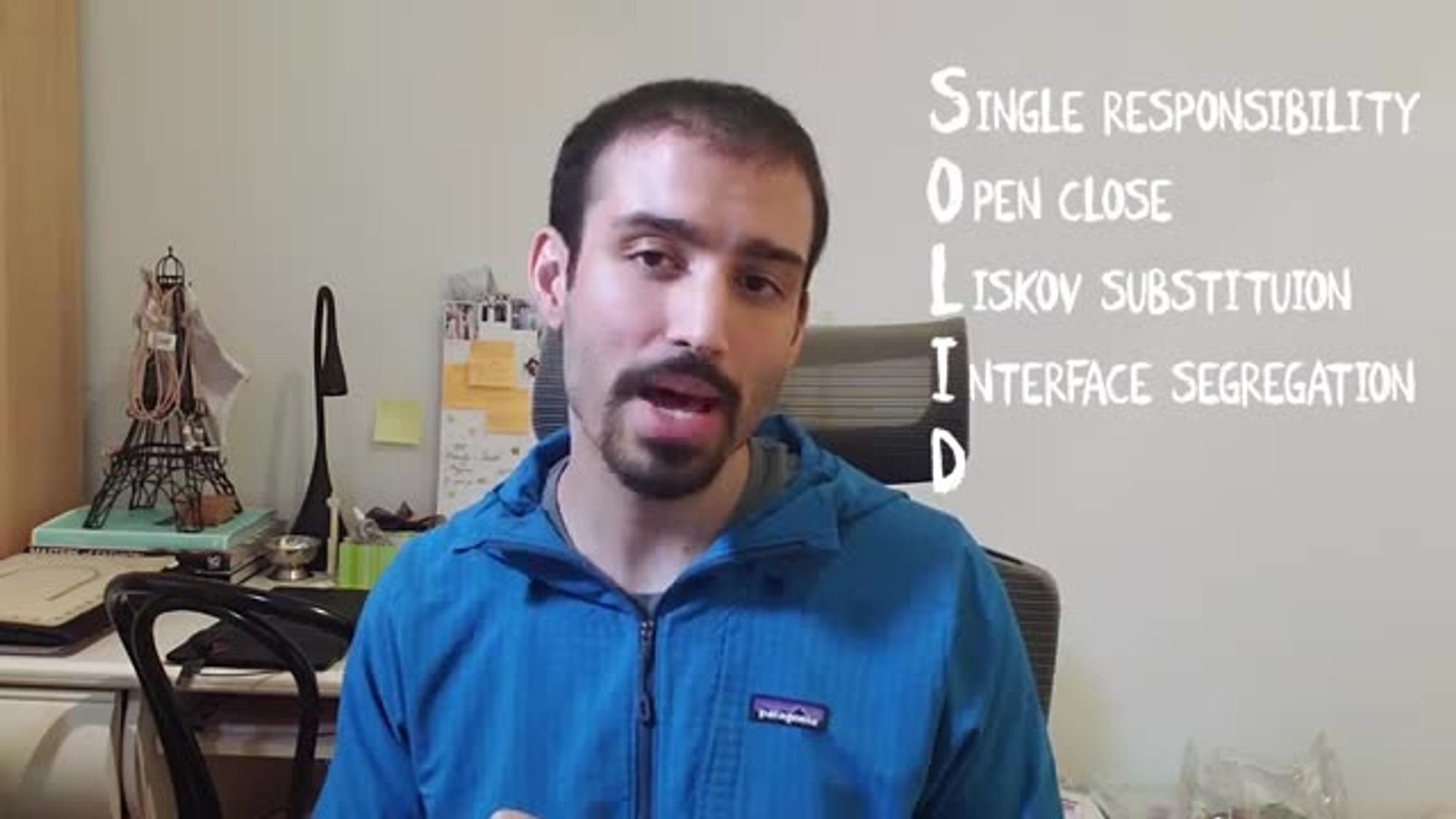
better to have
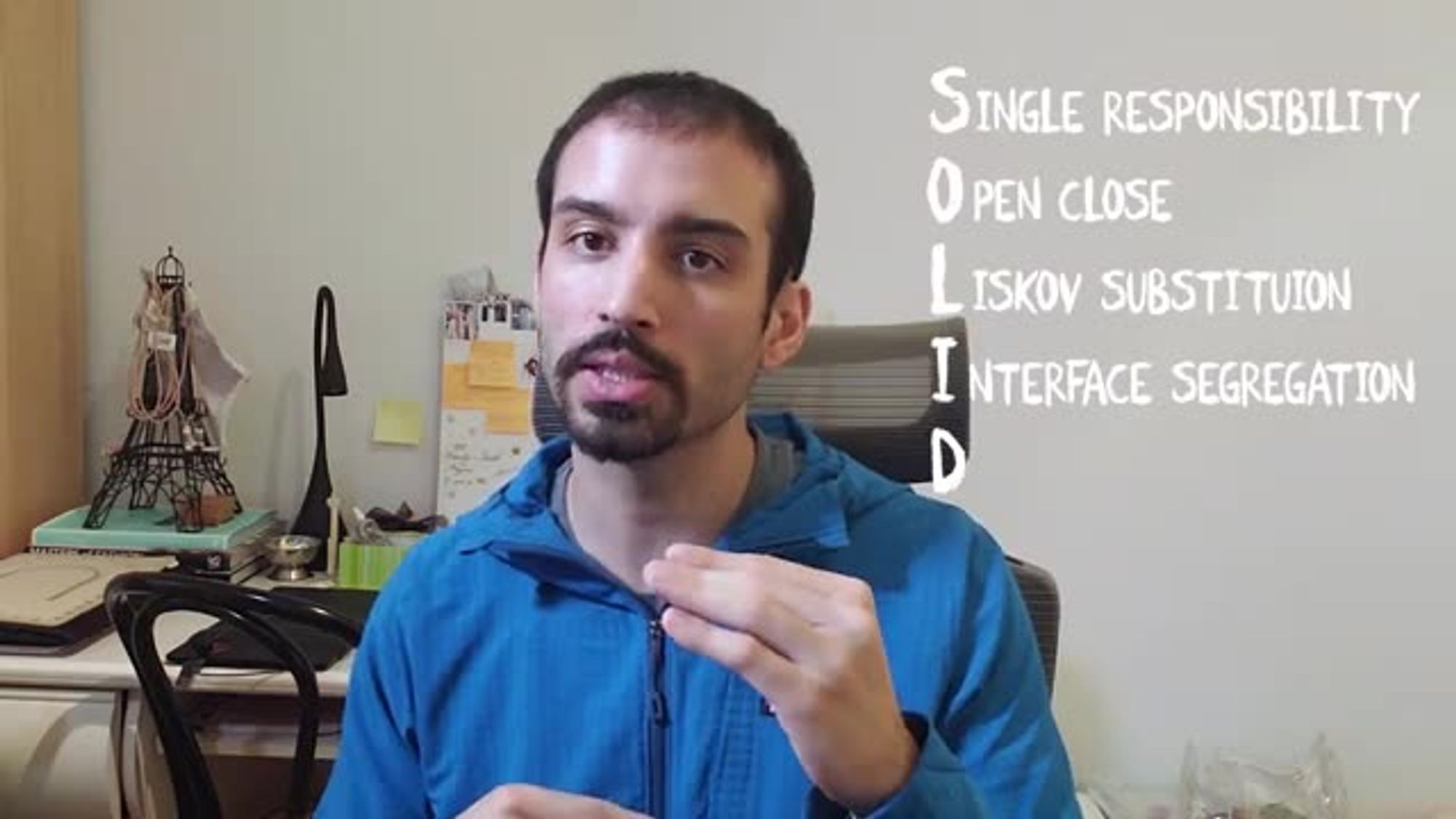
multiple interfaces for different use
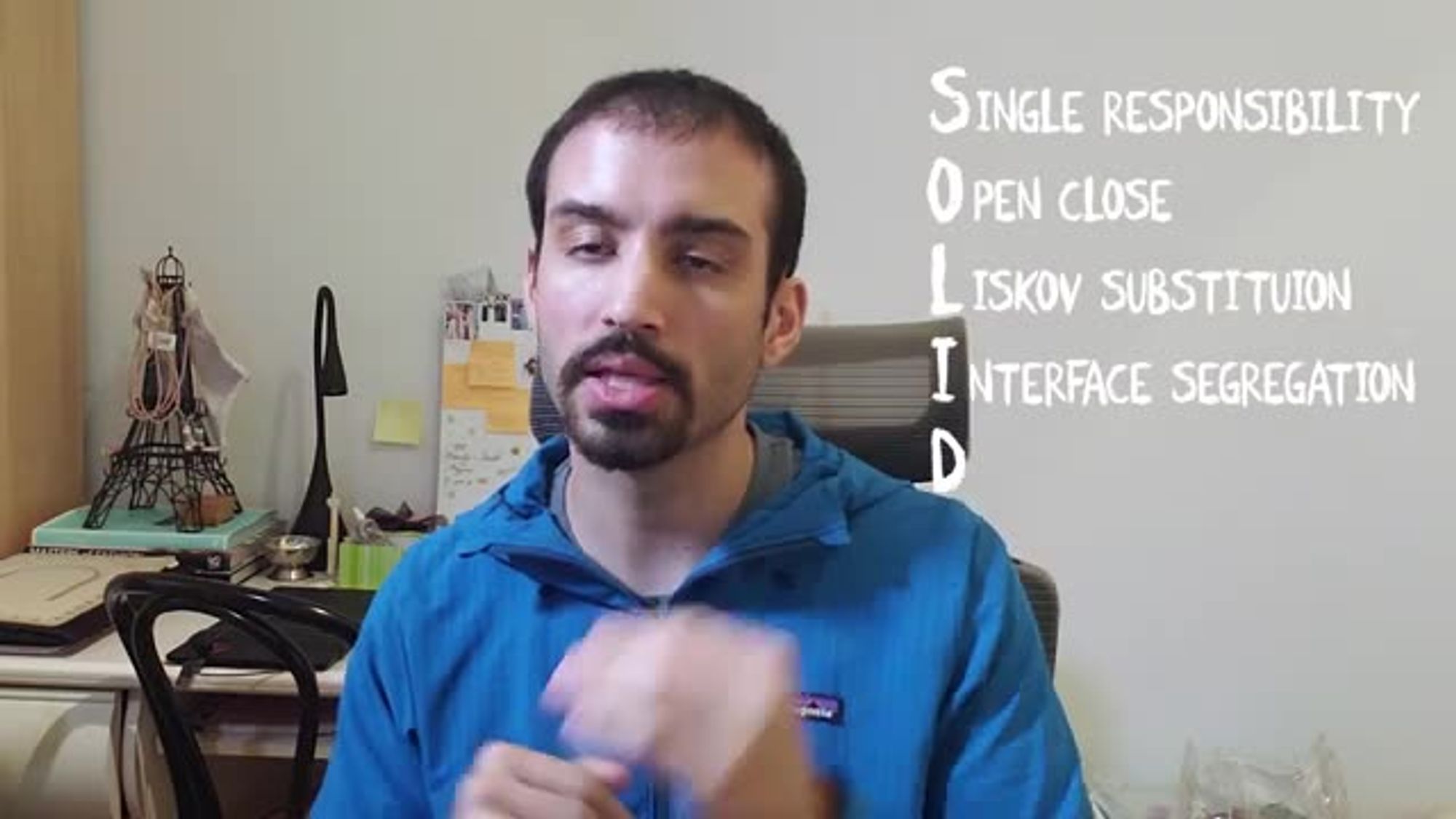
cases as opposed to one overloaded use
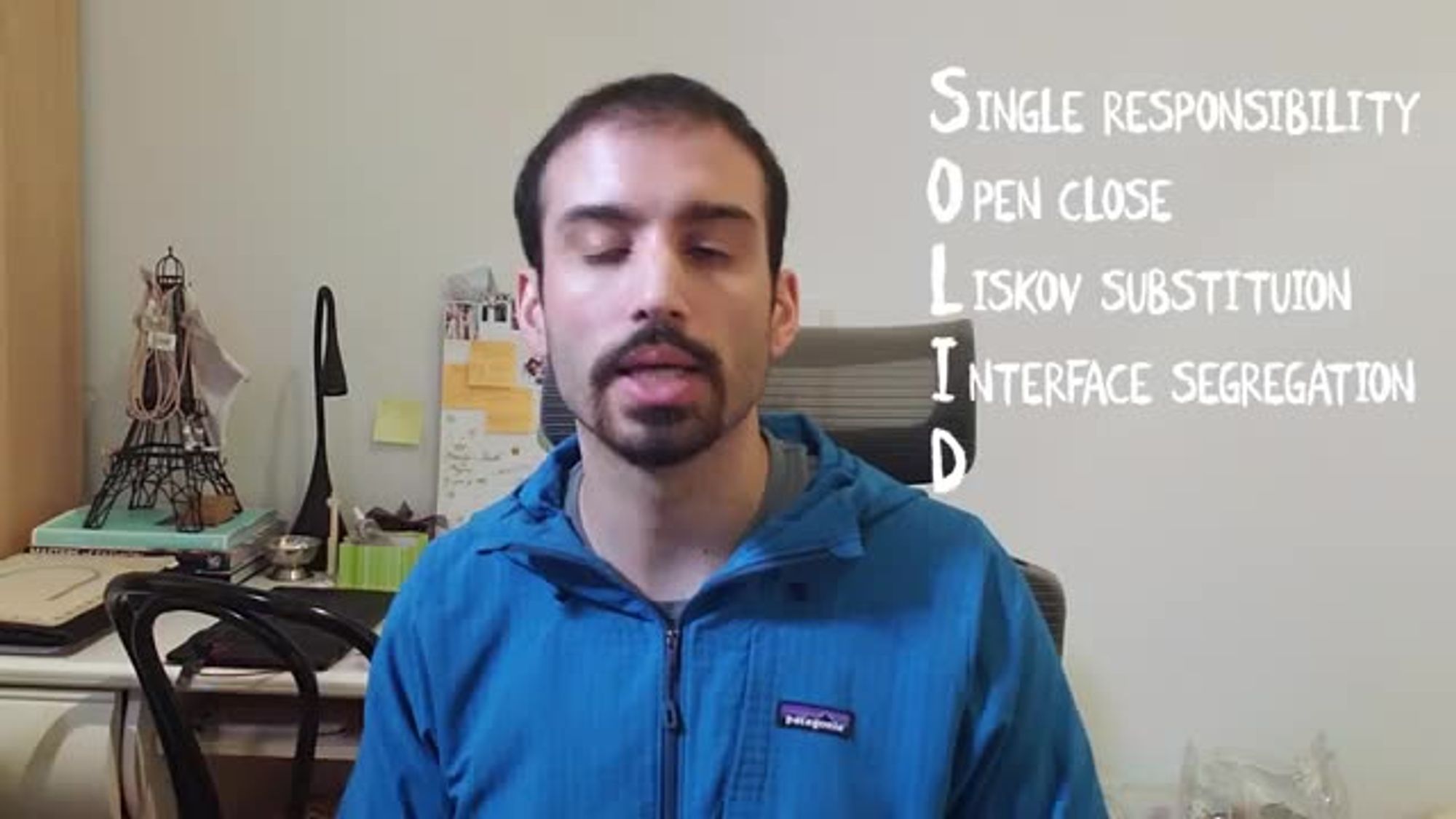
case
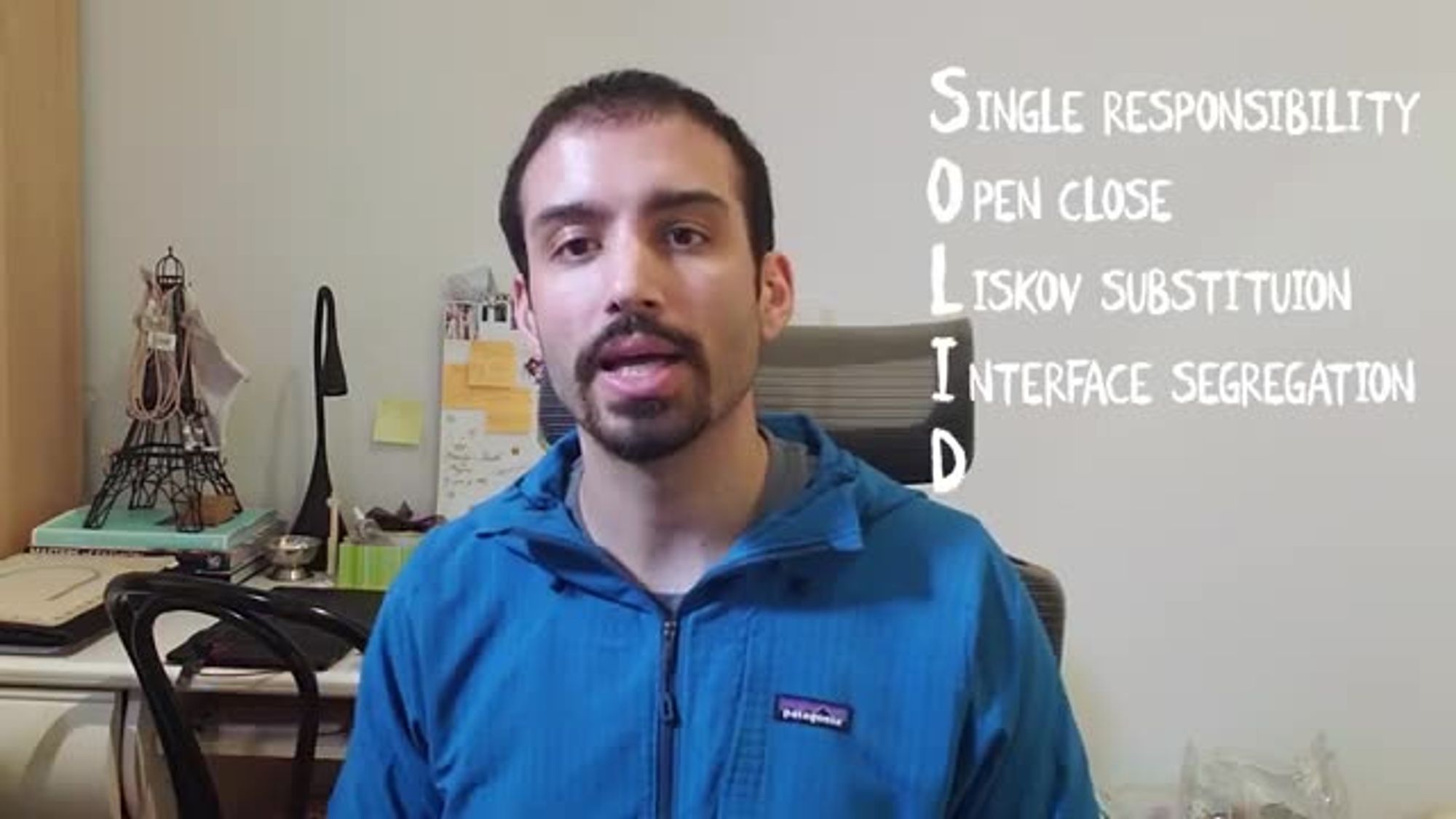
and then the d is for the dependency
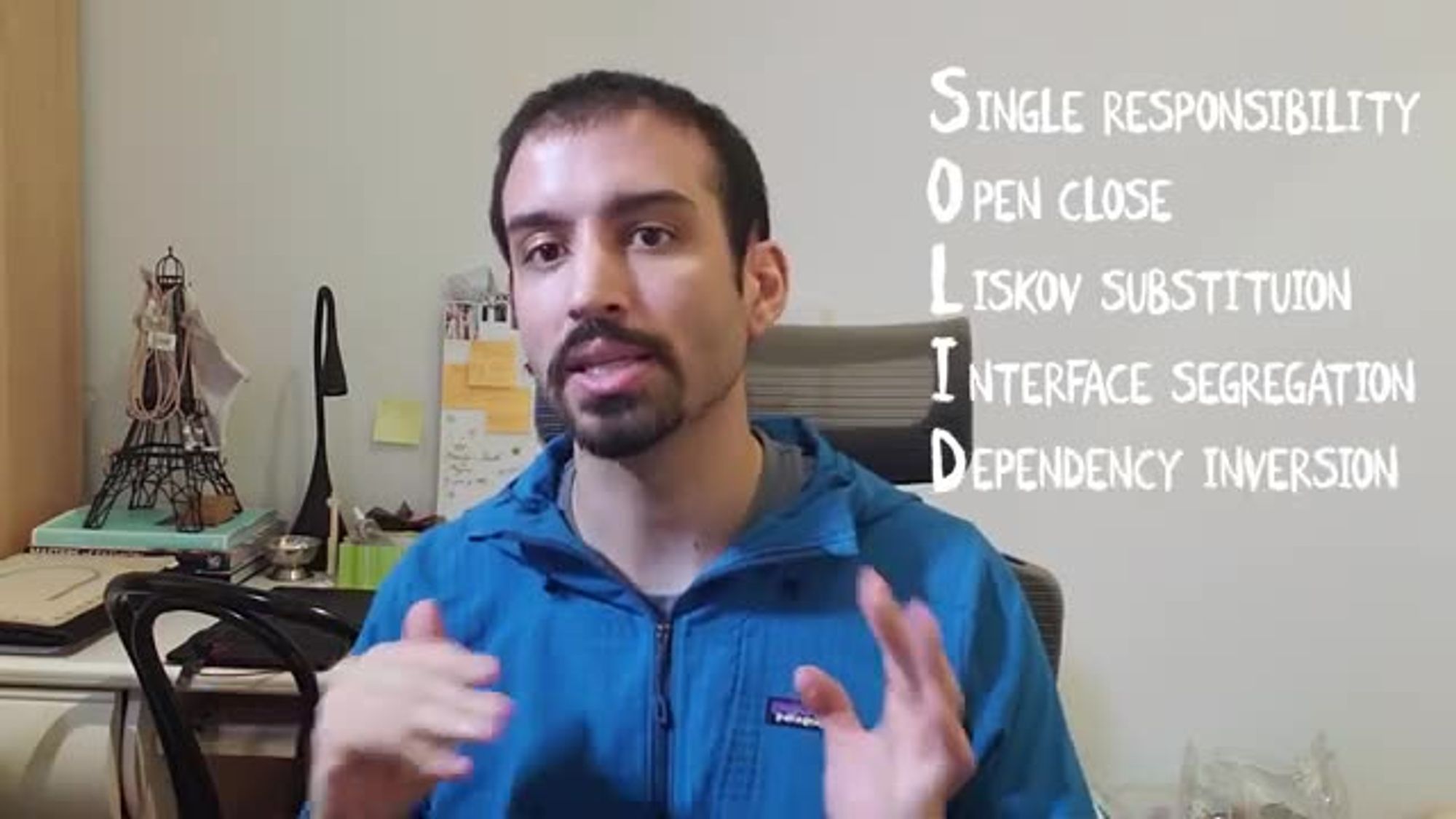
inversion principle
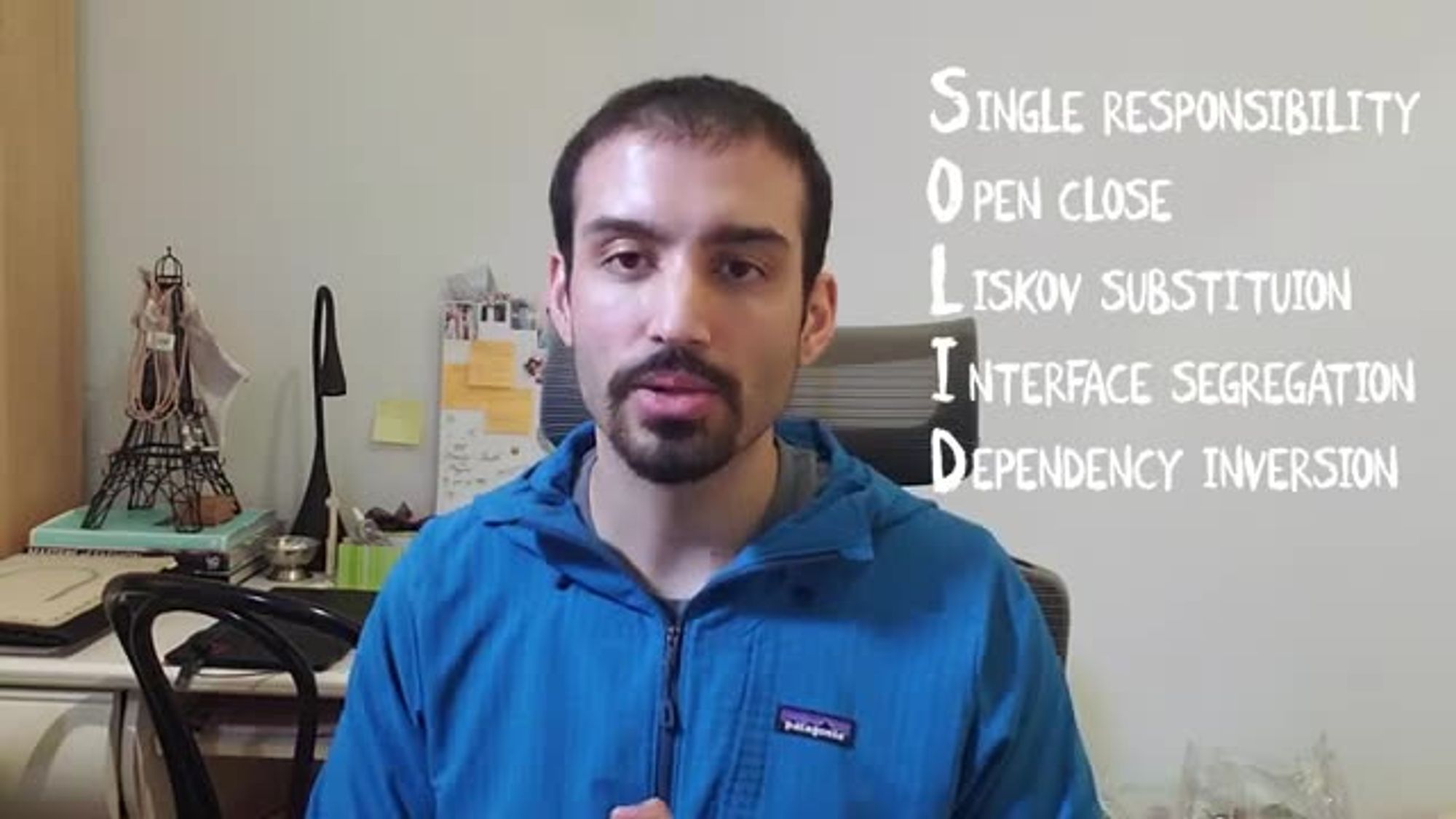
and this means that you should only
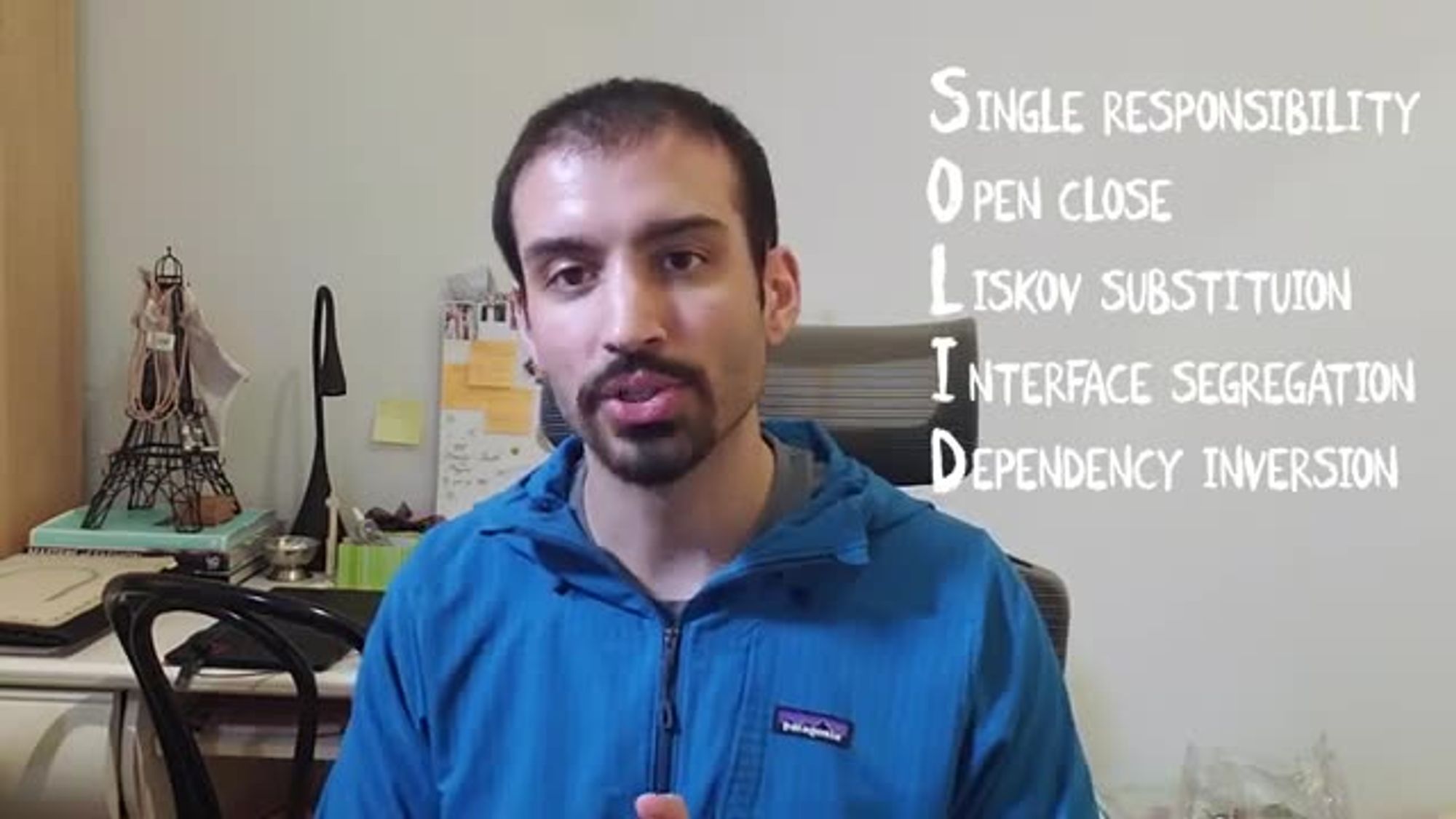
depend on abstractions whenever possible
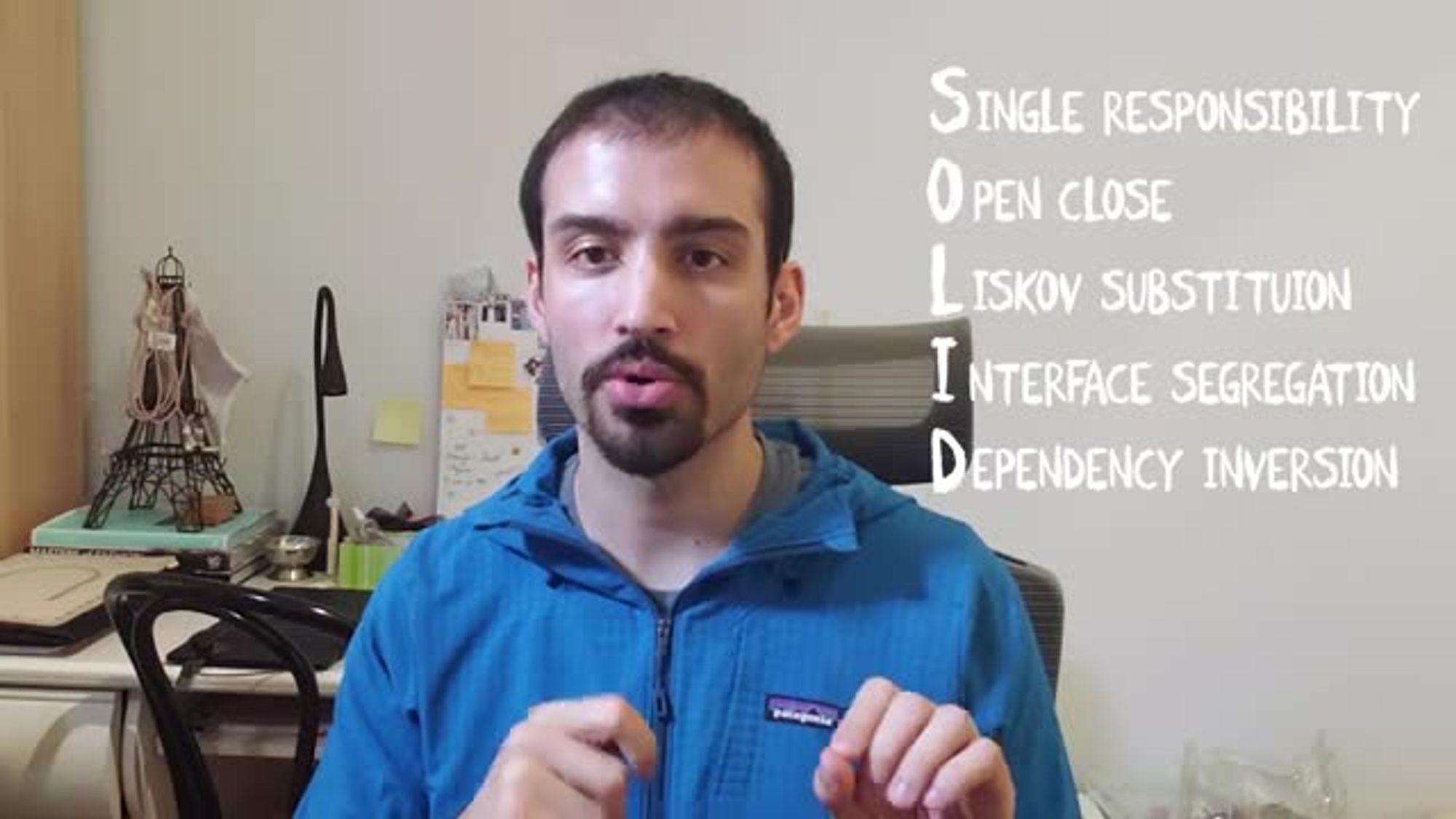
and your higher order component should
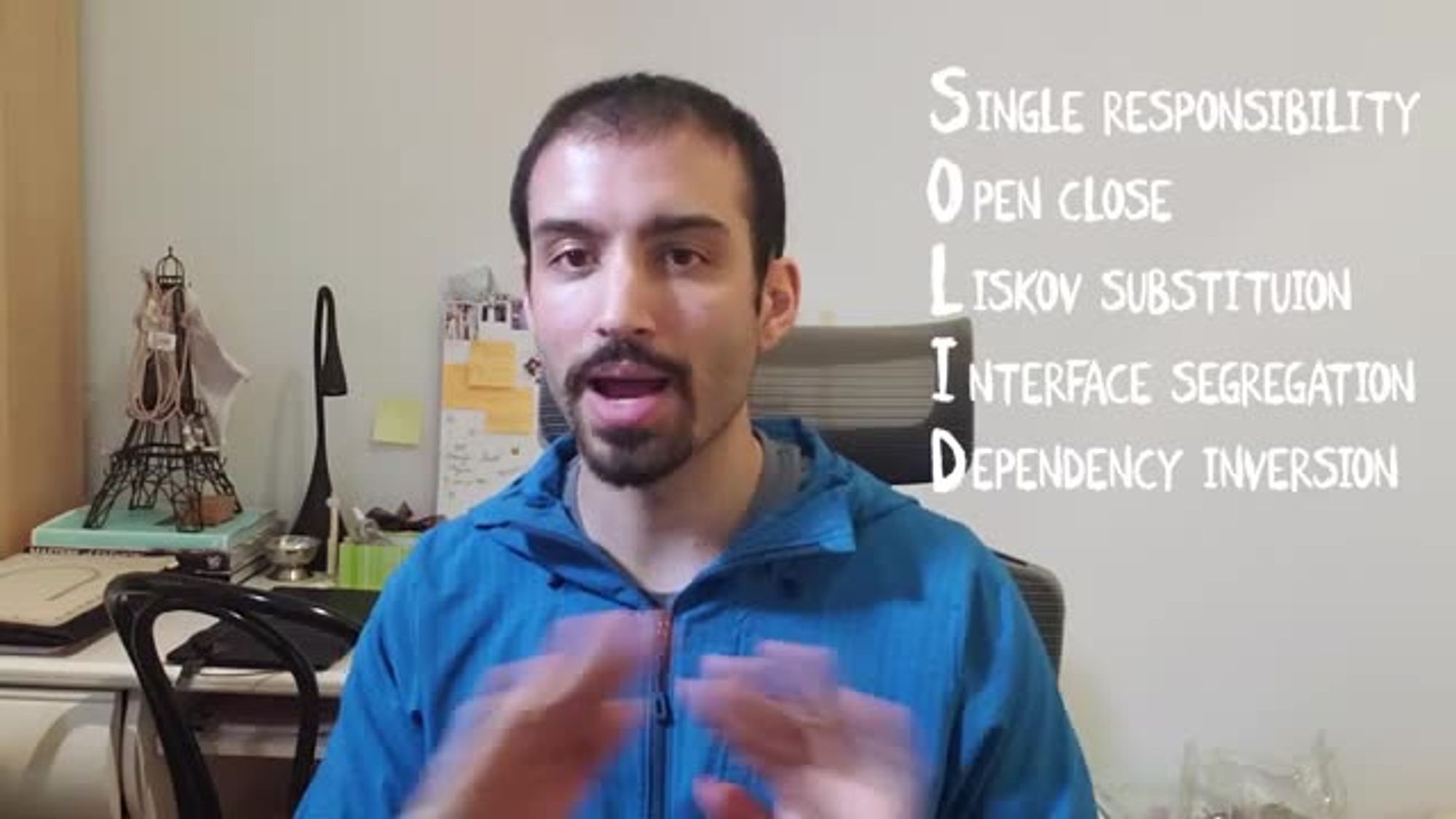
never depend on your lower order
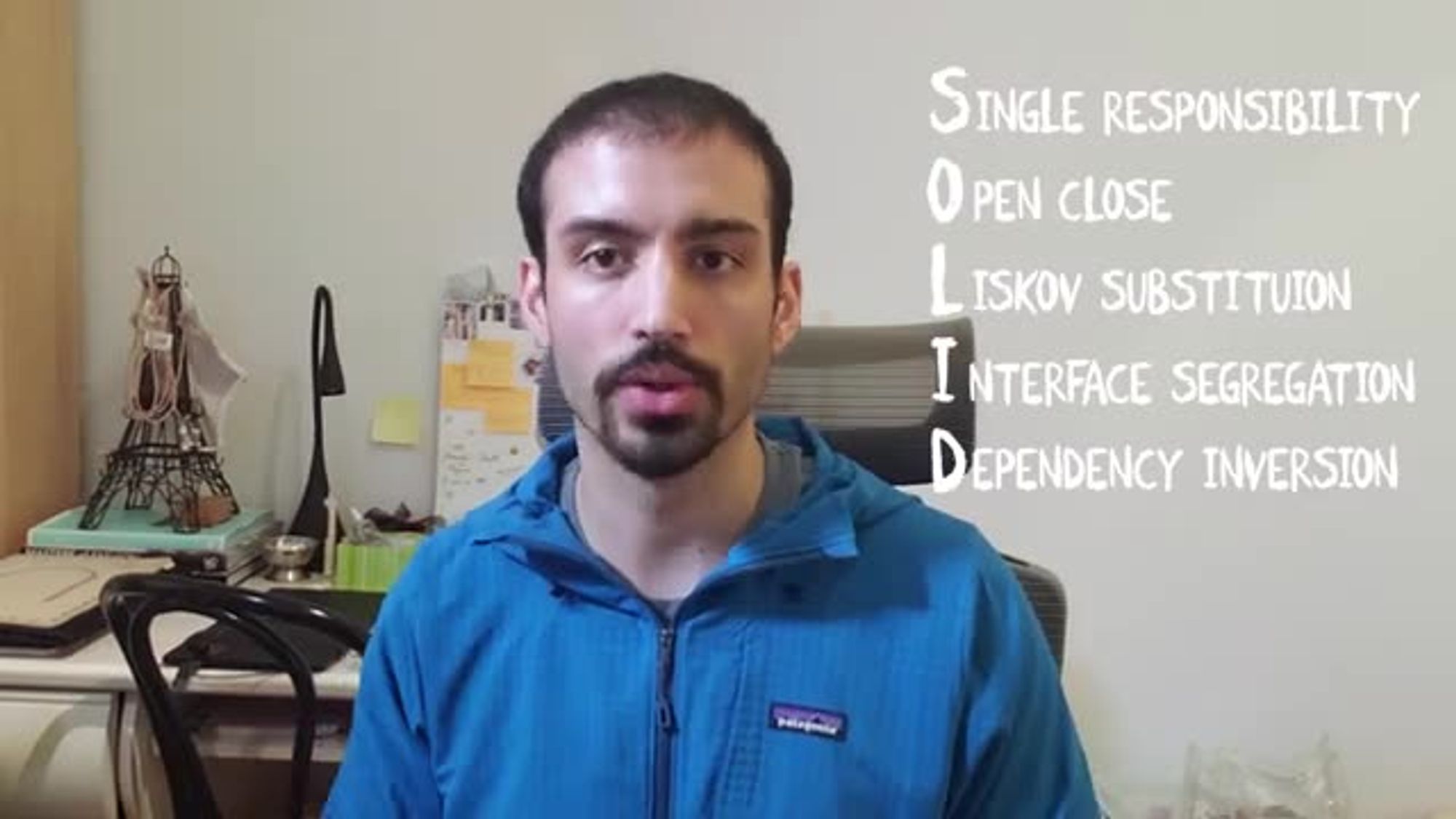
components

so after he talks about that he talks

about a lot of how these principles

apply to some software architecture
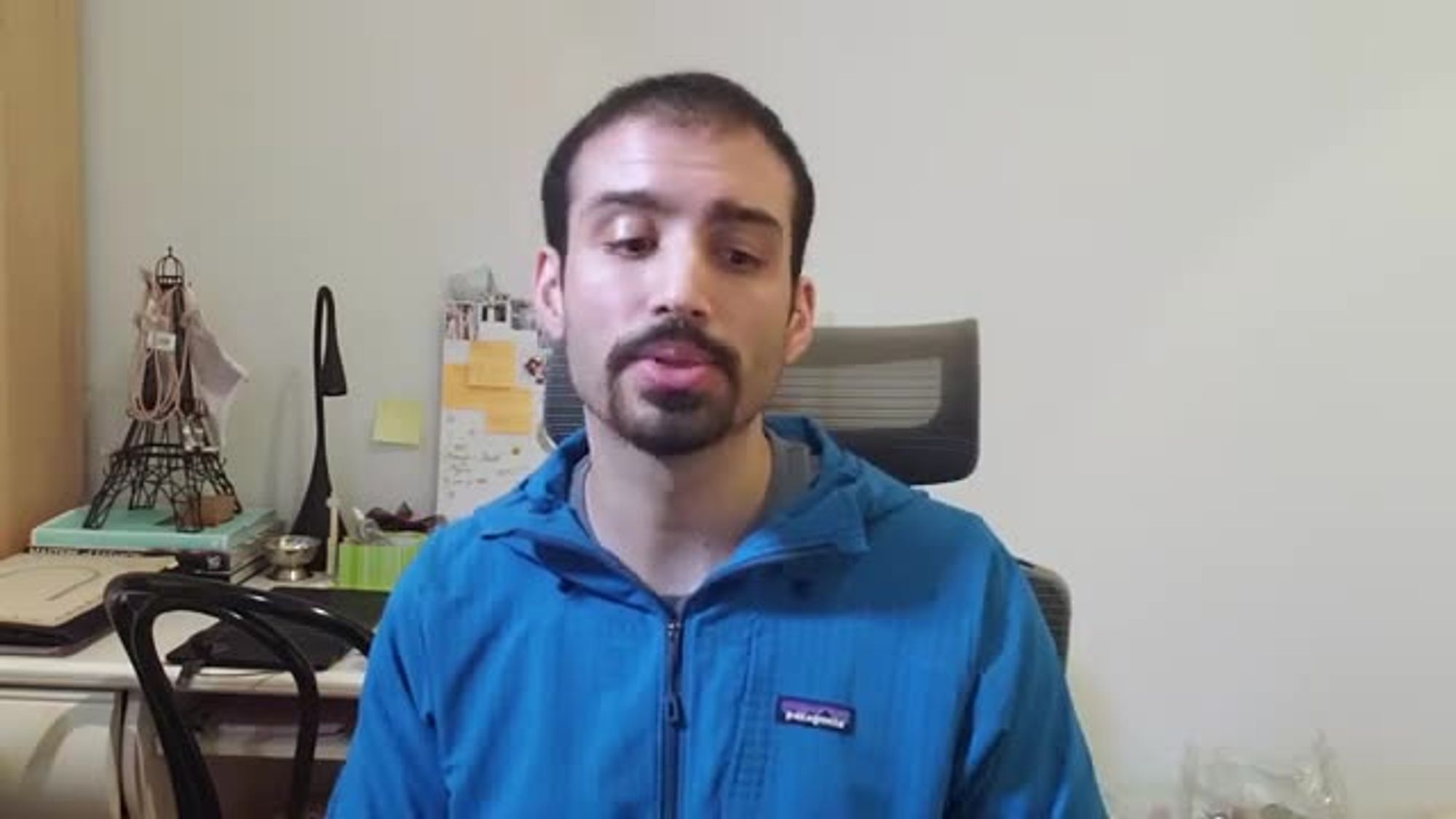
concepts
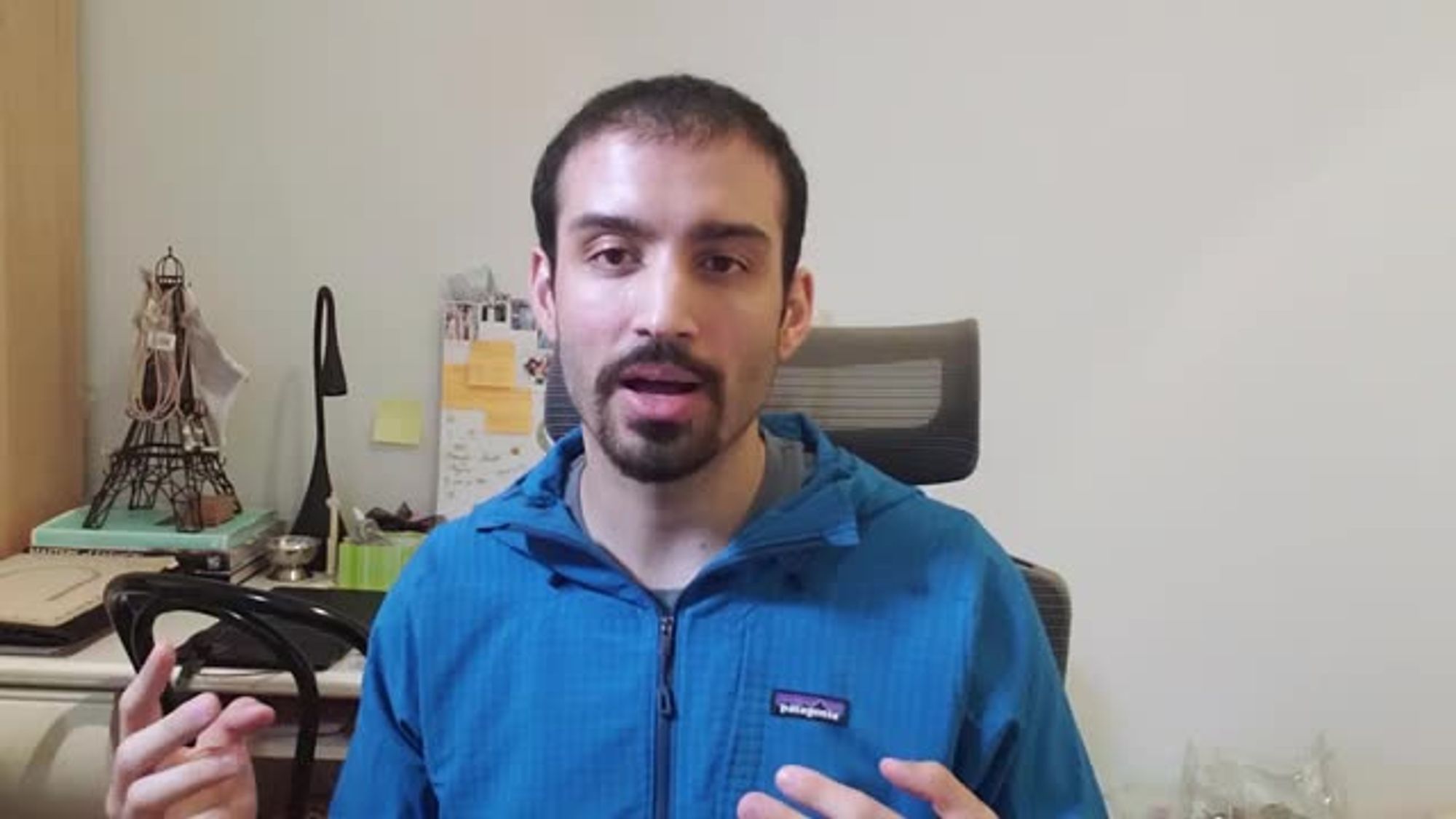
so he brings in a lot of the talk about
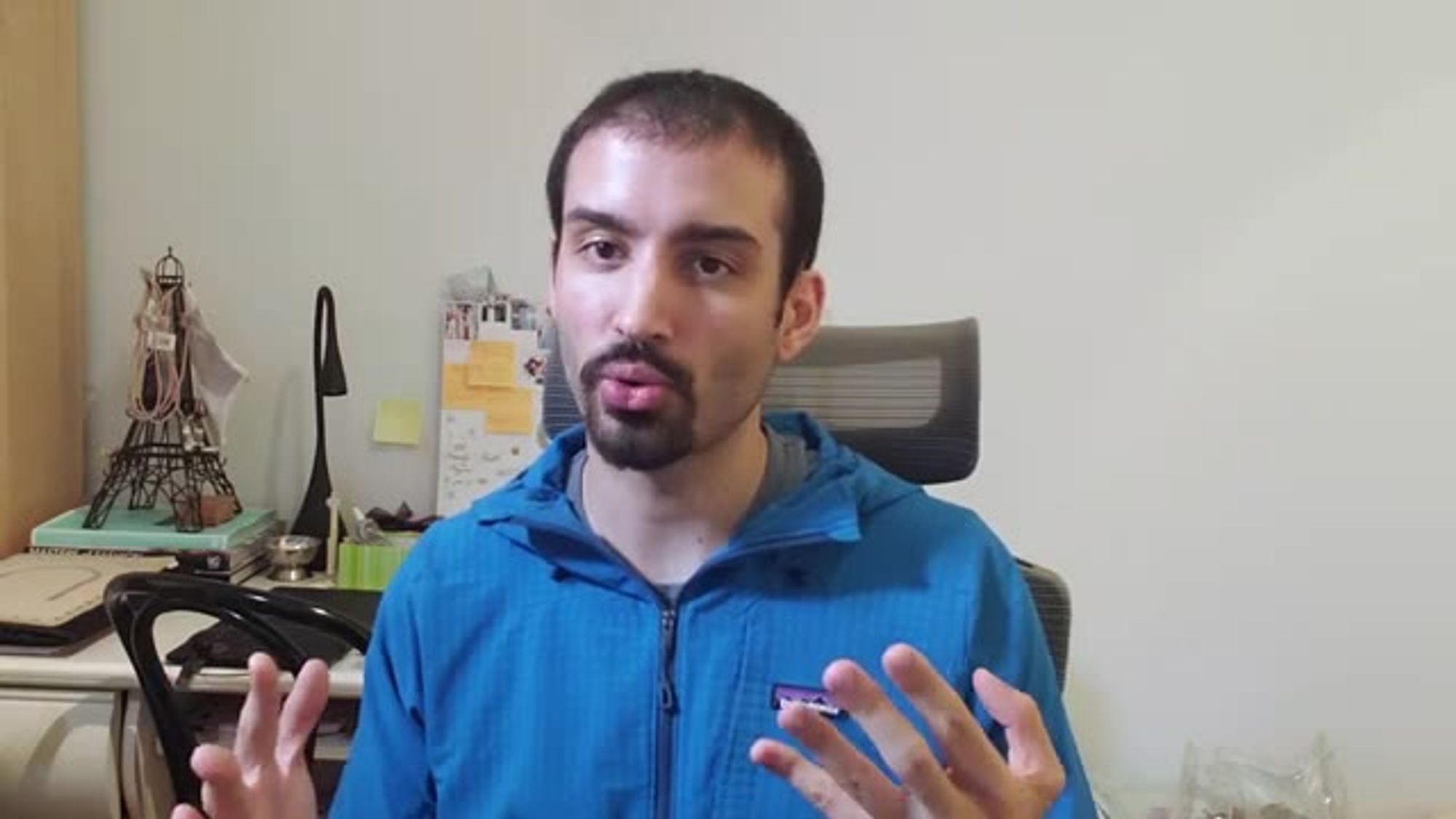
service oriented architecture and if you
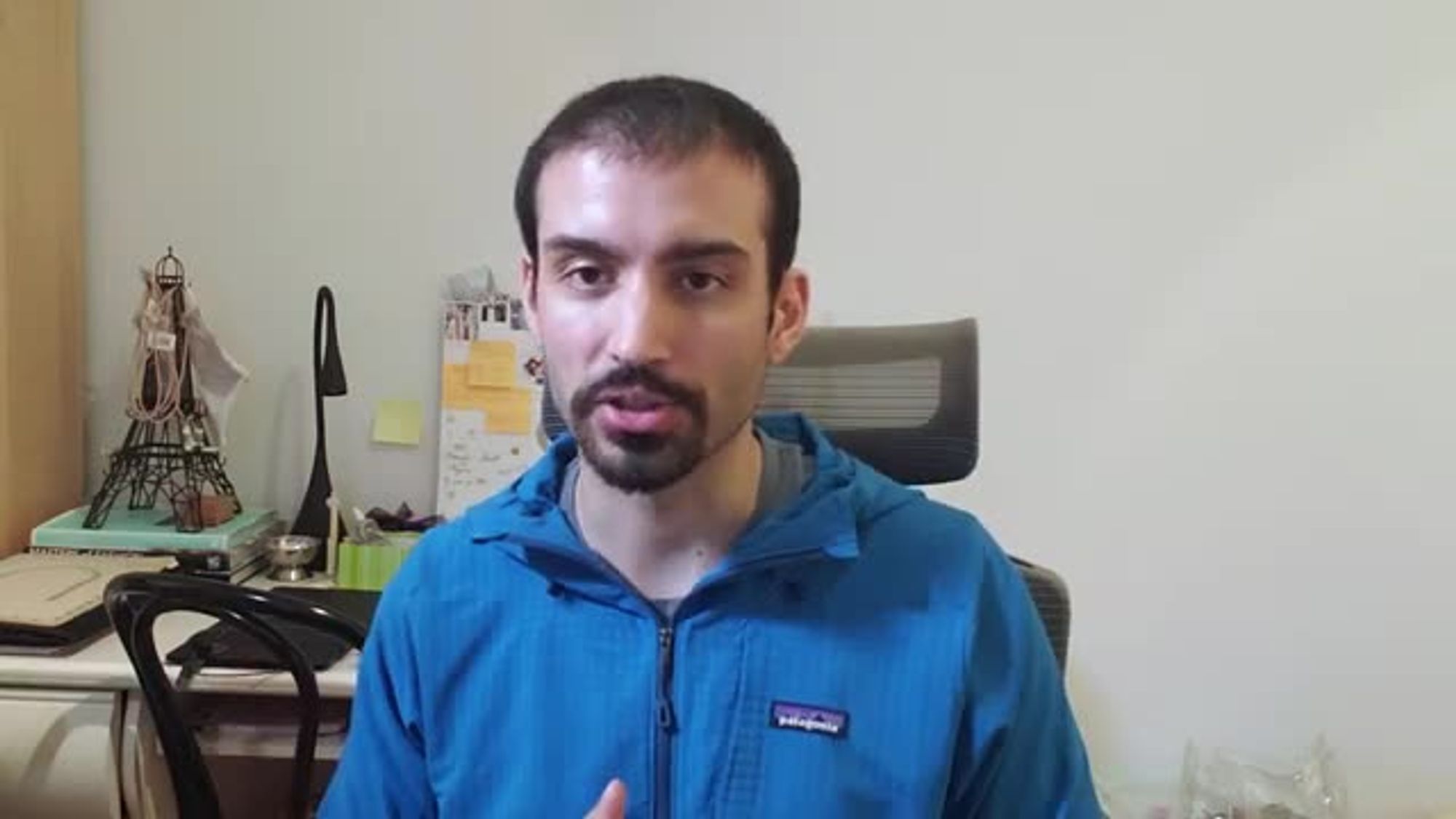
don't know what service oriented
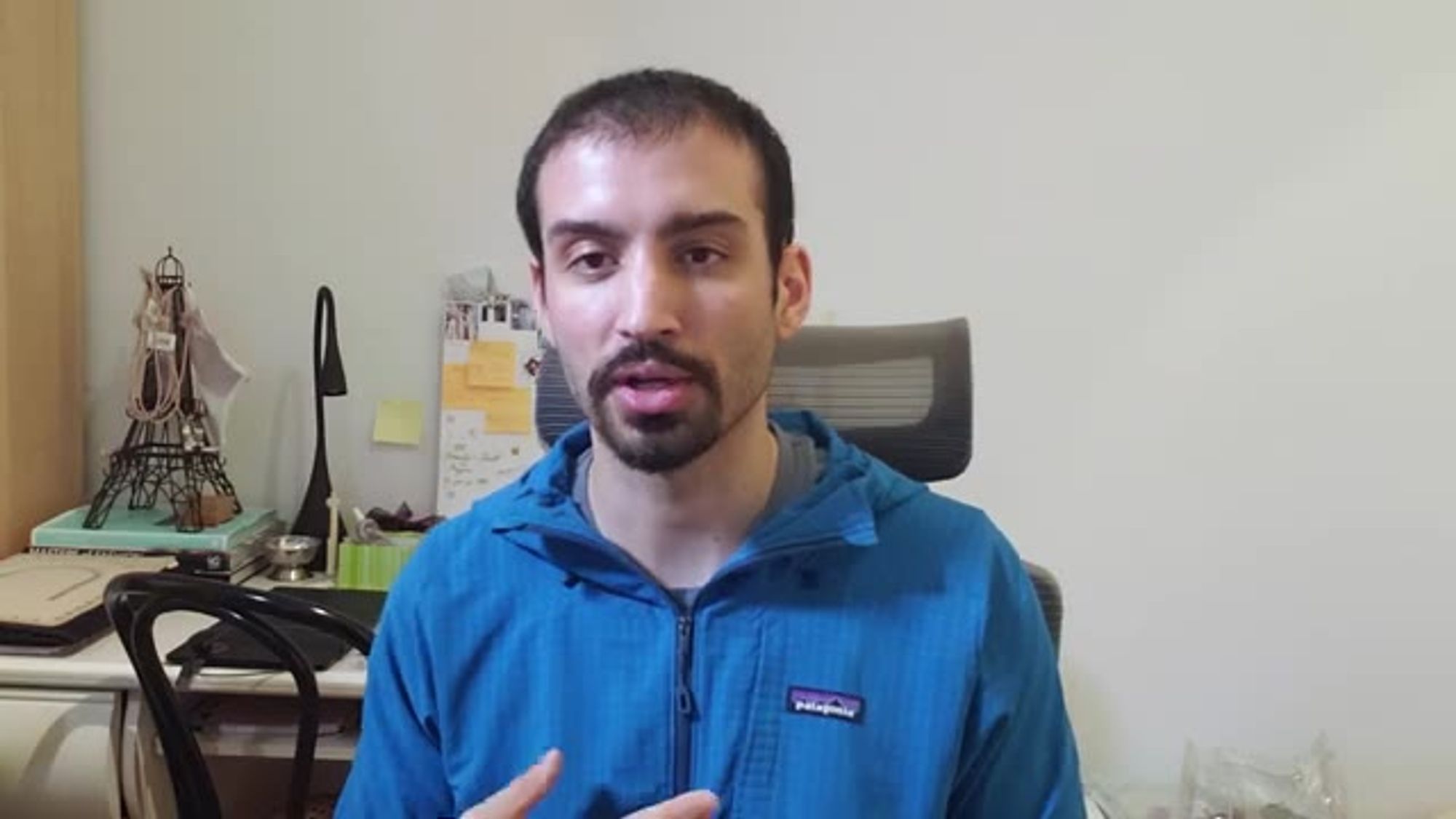
architecture

is let me just give you the brief about

it so service oriented architecture is
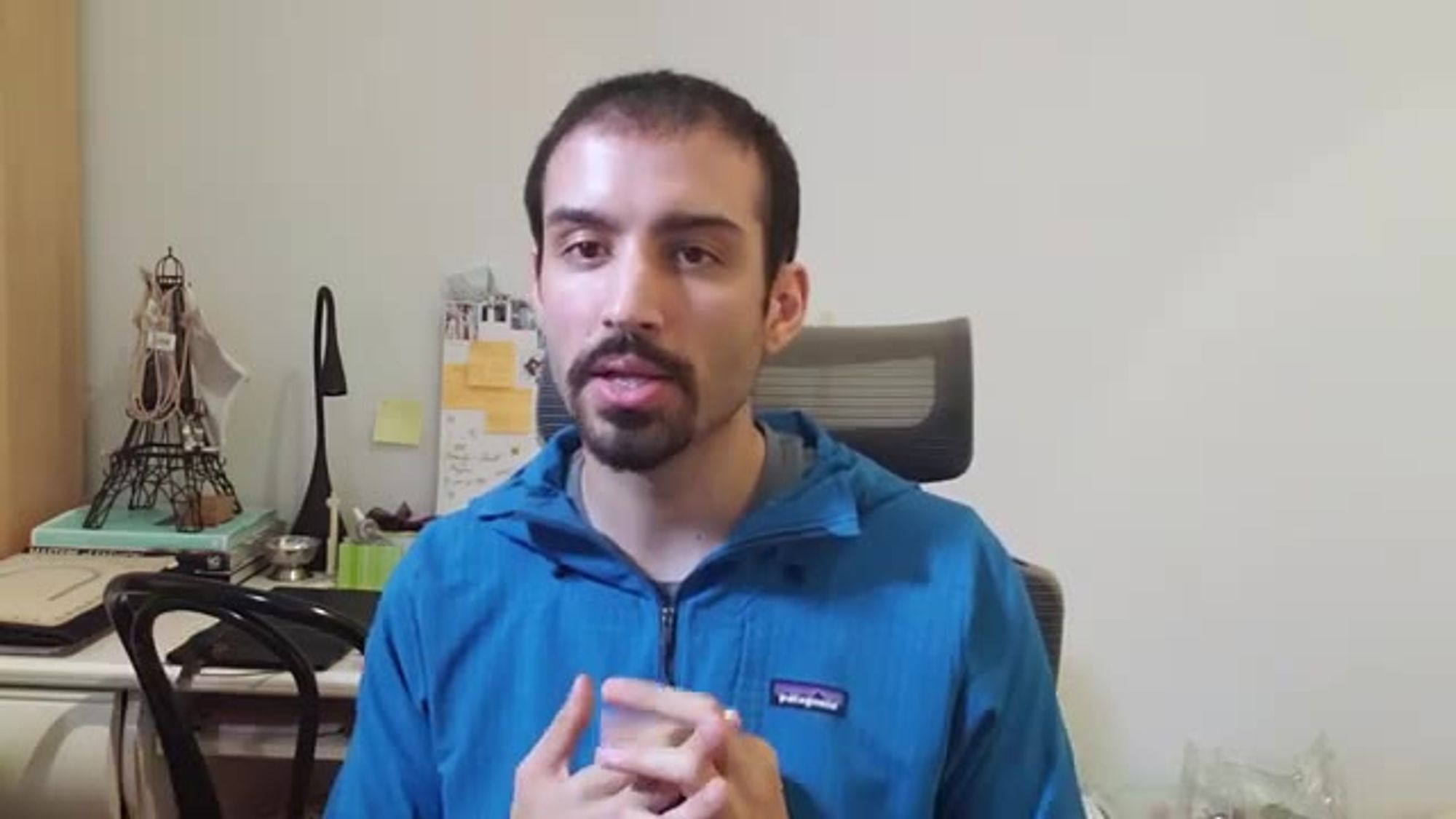
the idea that you separate your

application out into different domains
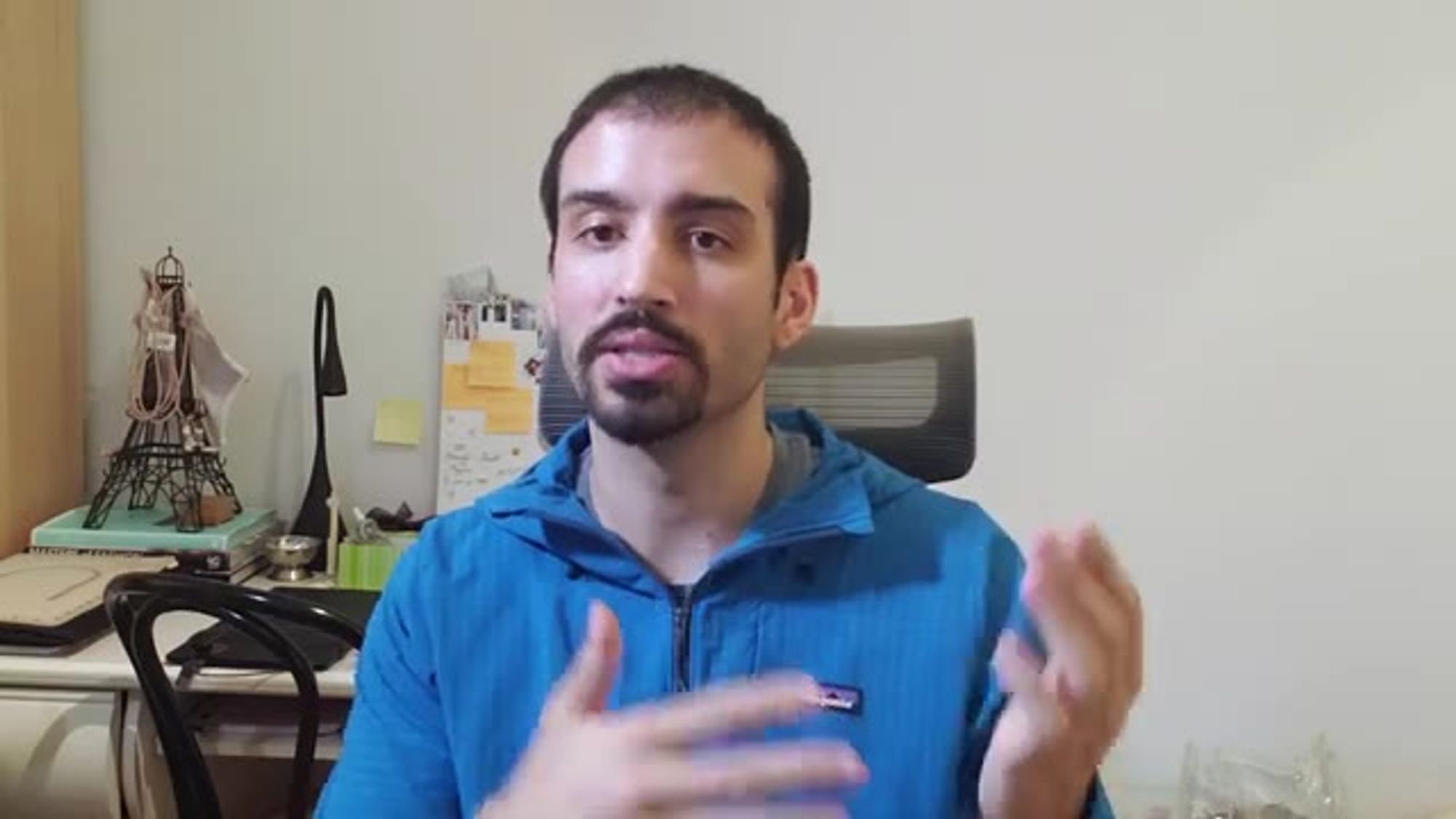
different components
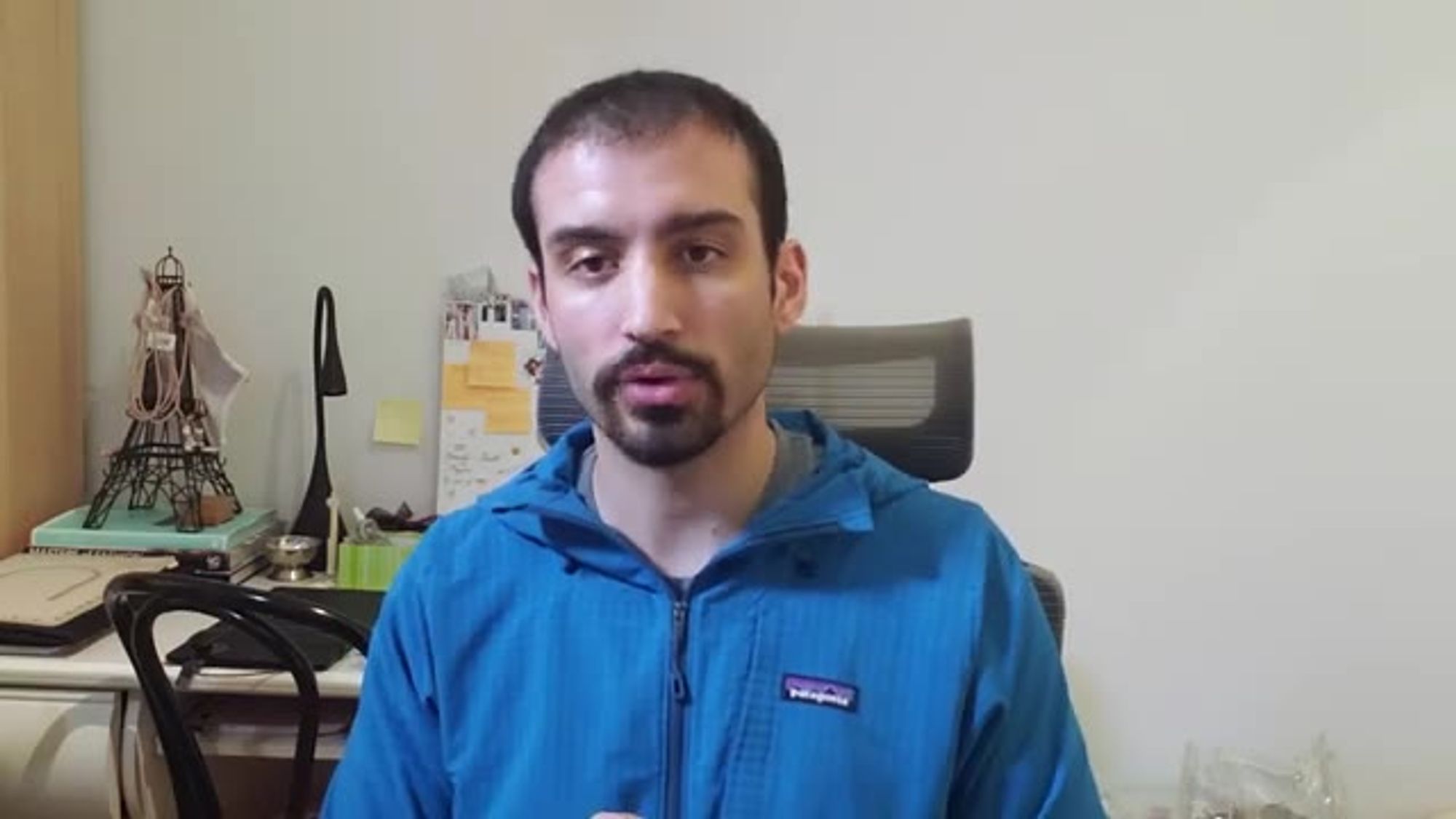
uh so say for instance if we're working
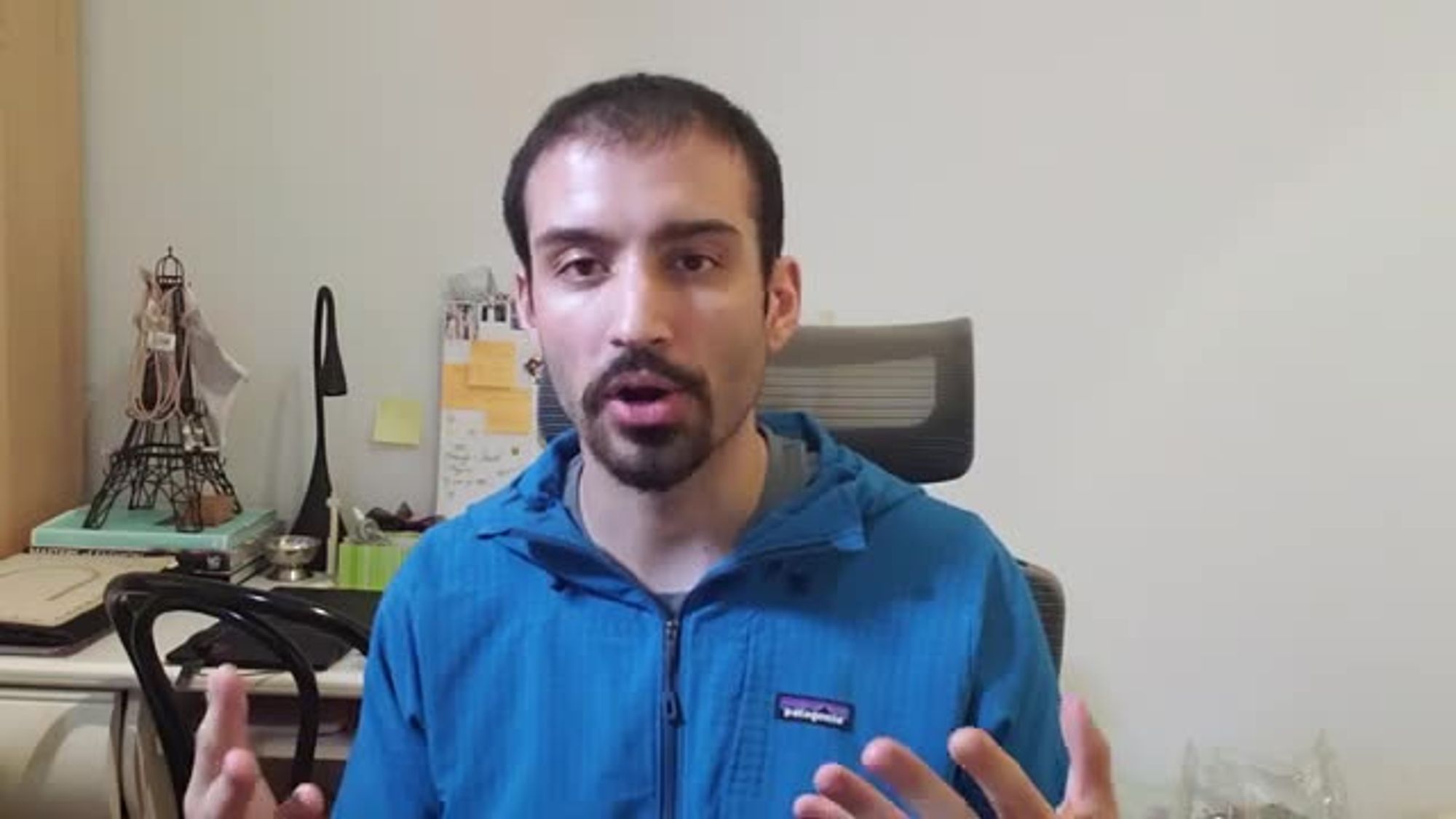
with a credit card application that's

responsible for processing customer

transactions
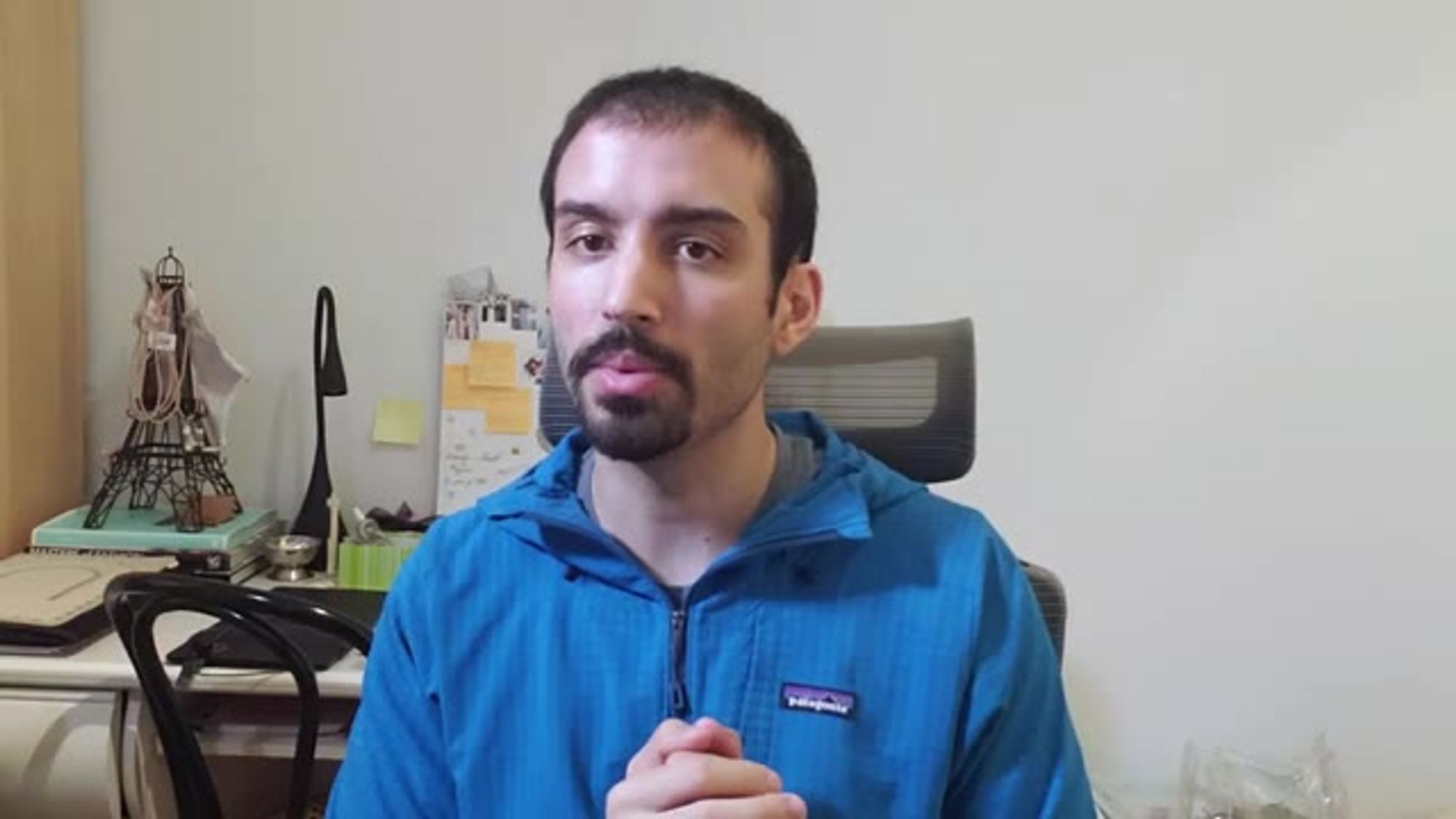
we may say okay maybe it makes sense to
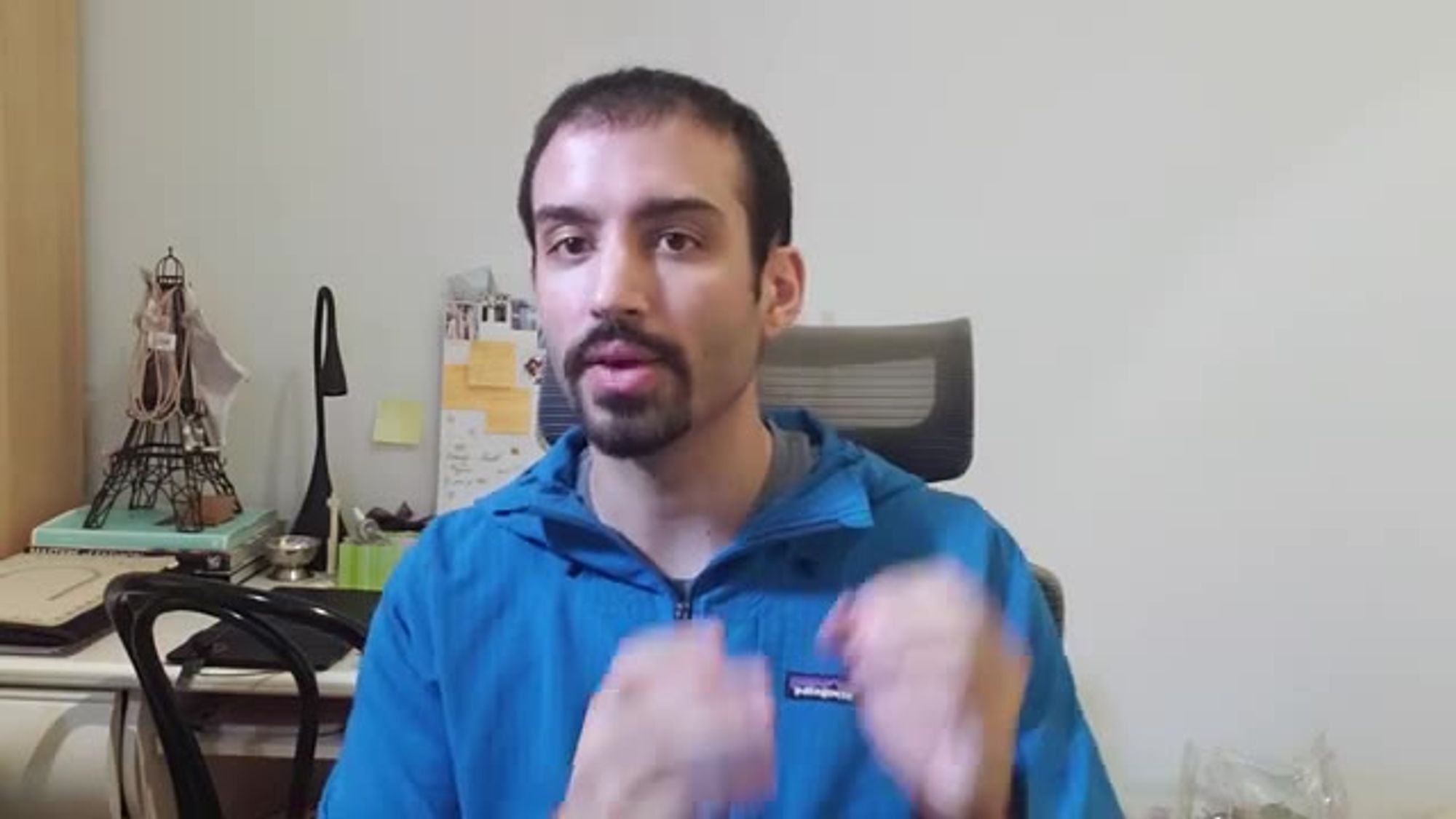
have a service called the transaction
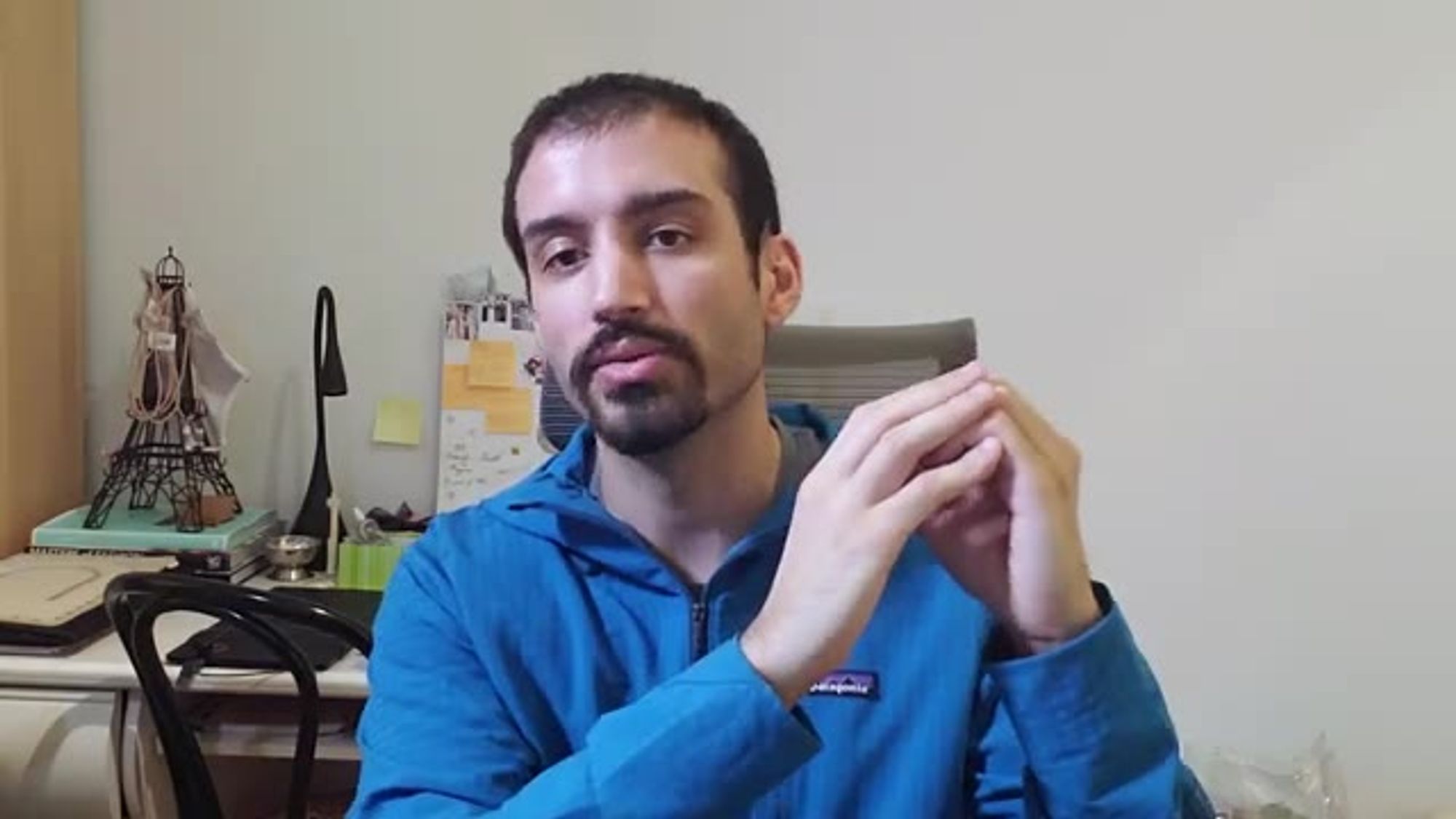
service

and this service is responsible for
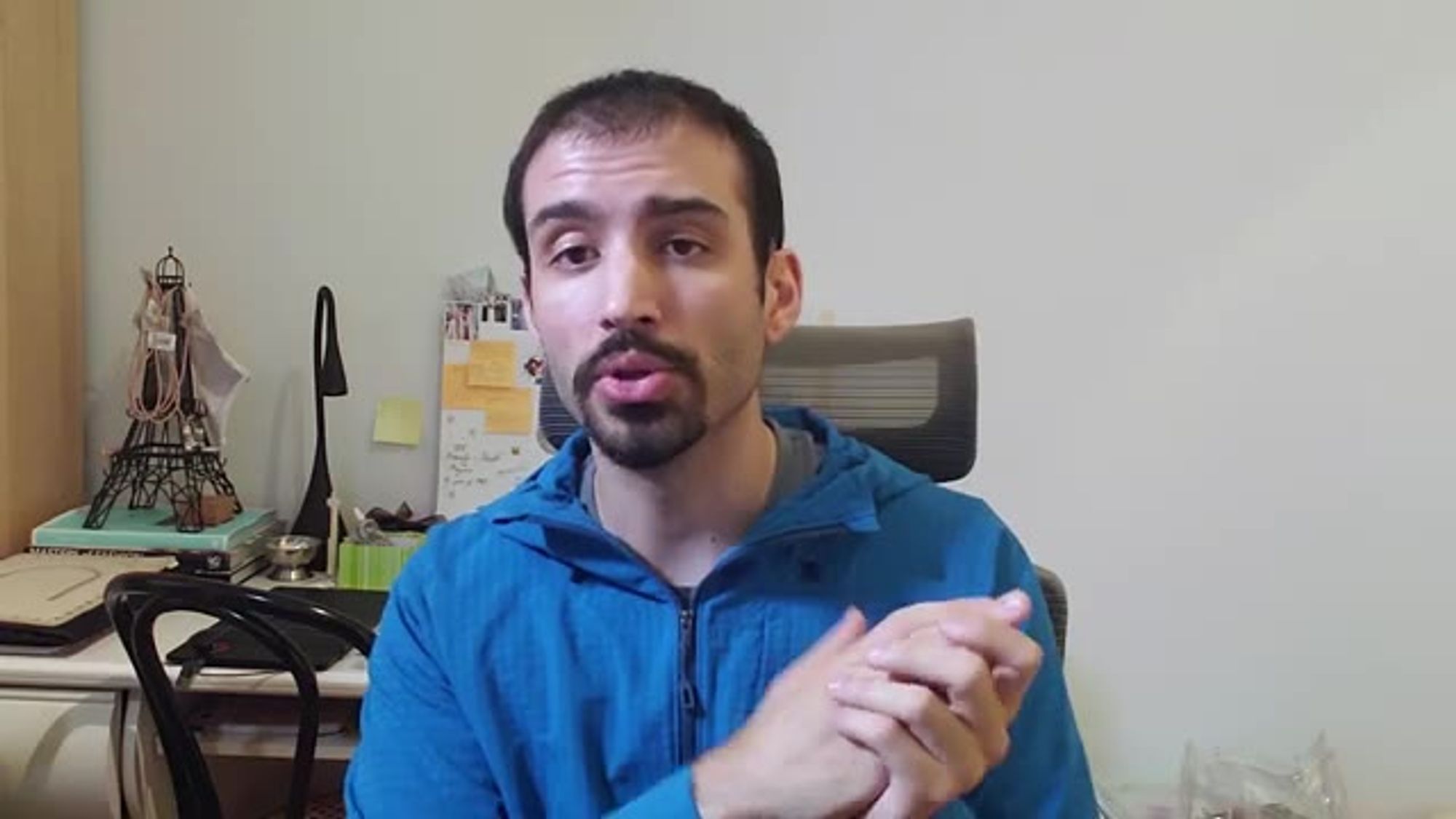
being the ledger this is going to handle

kind of the commits to the database and
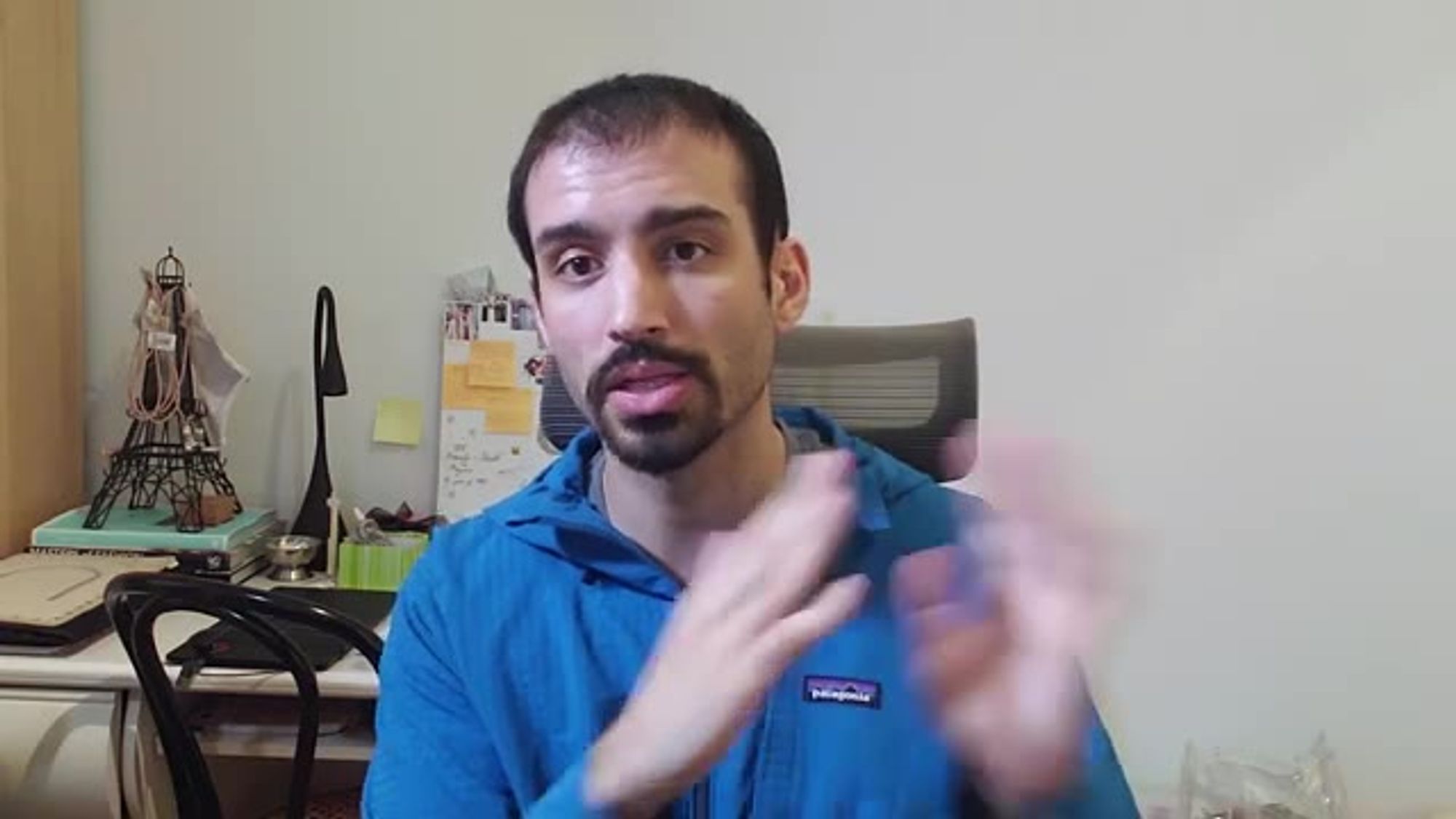
going to be your single source of truth
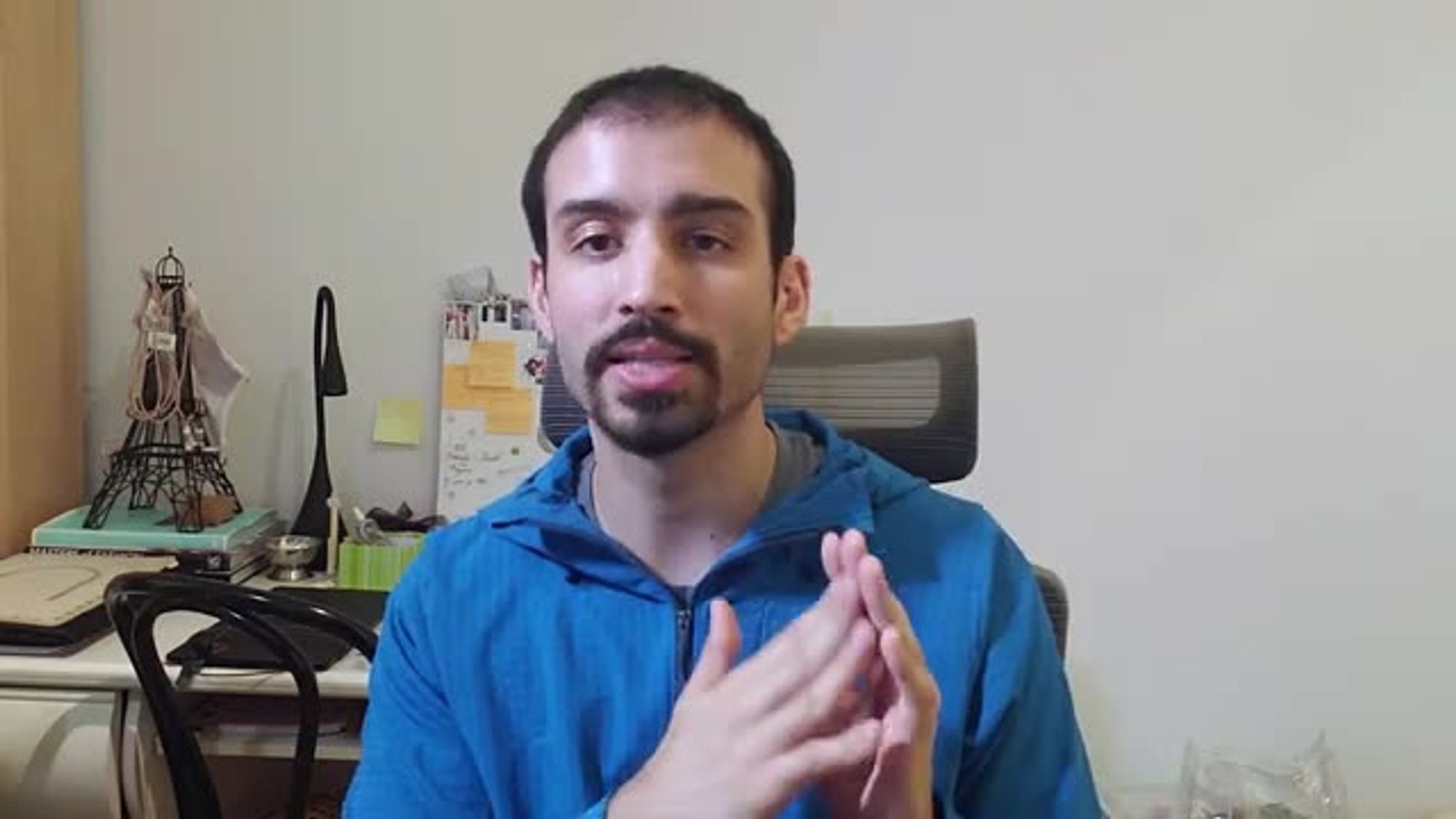
whenever transactions are accepted and
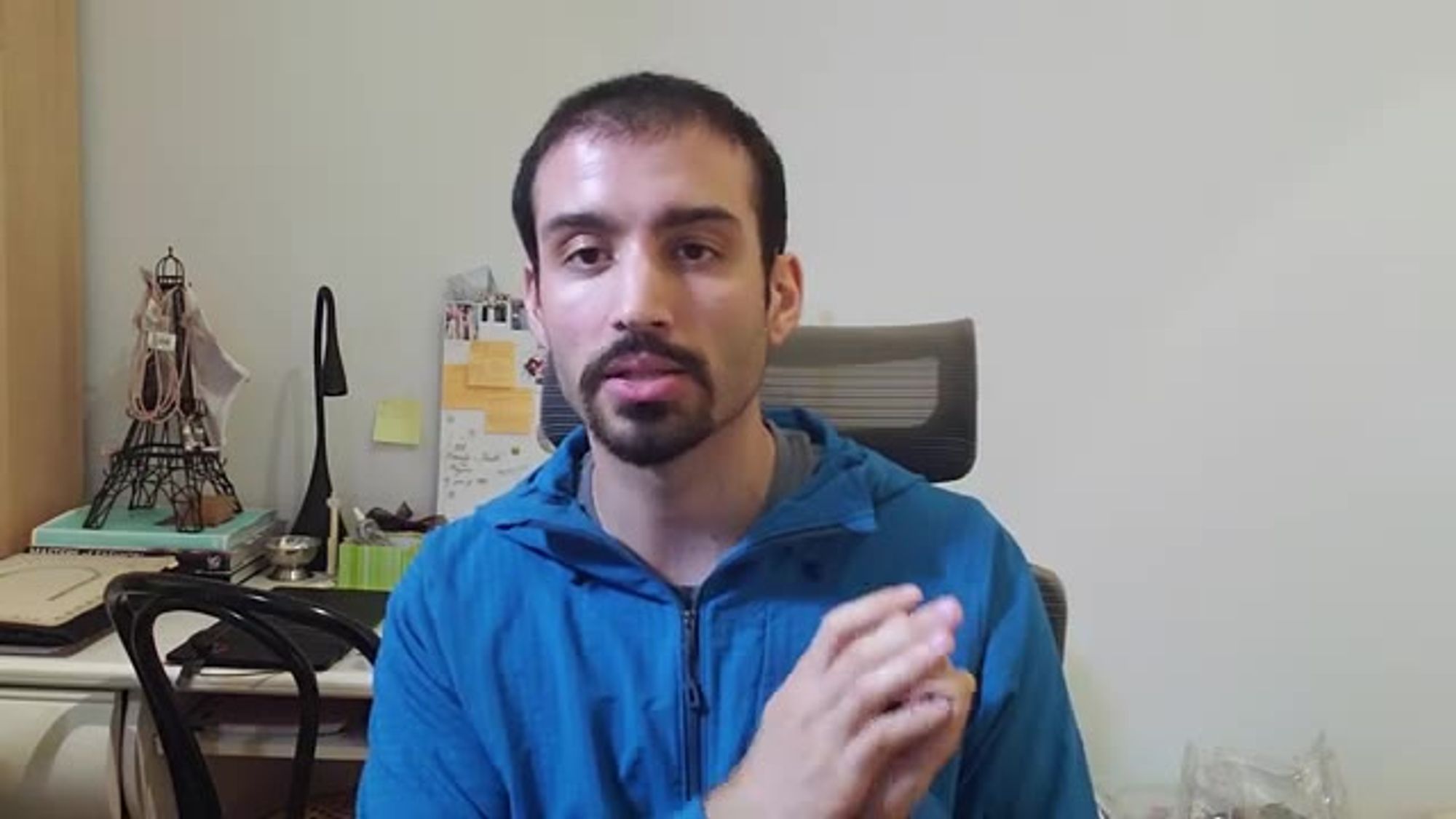
committed in your system

then in the middle maybe you have an

authorization service and the service
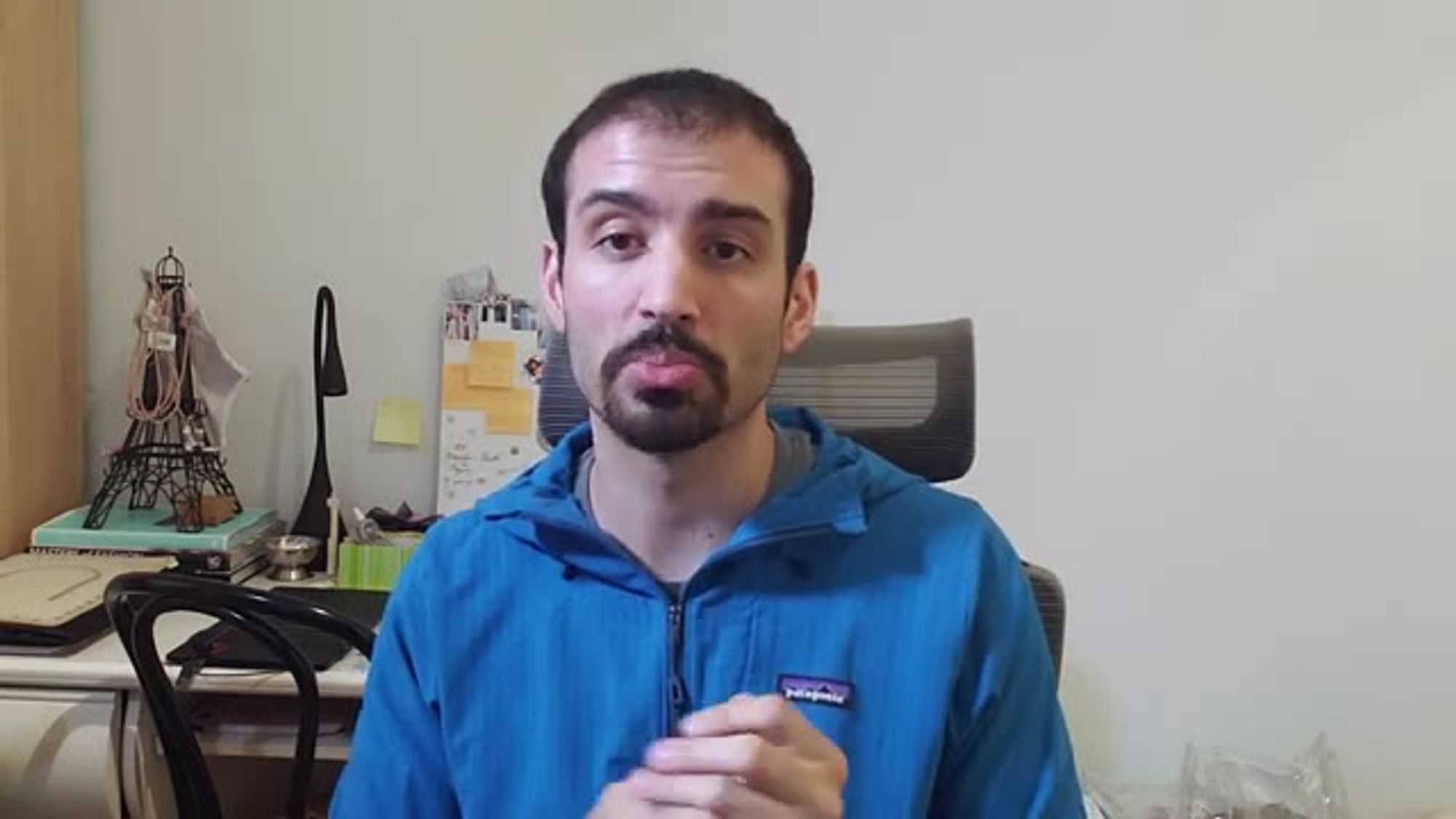
can be responsible for
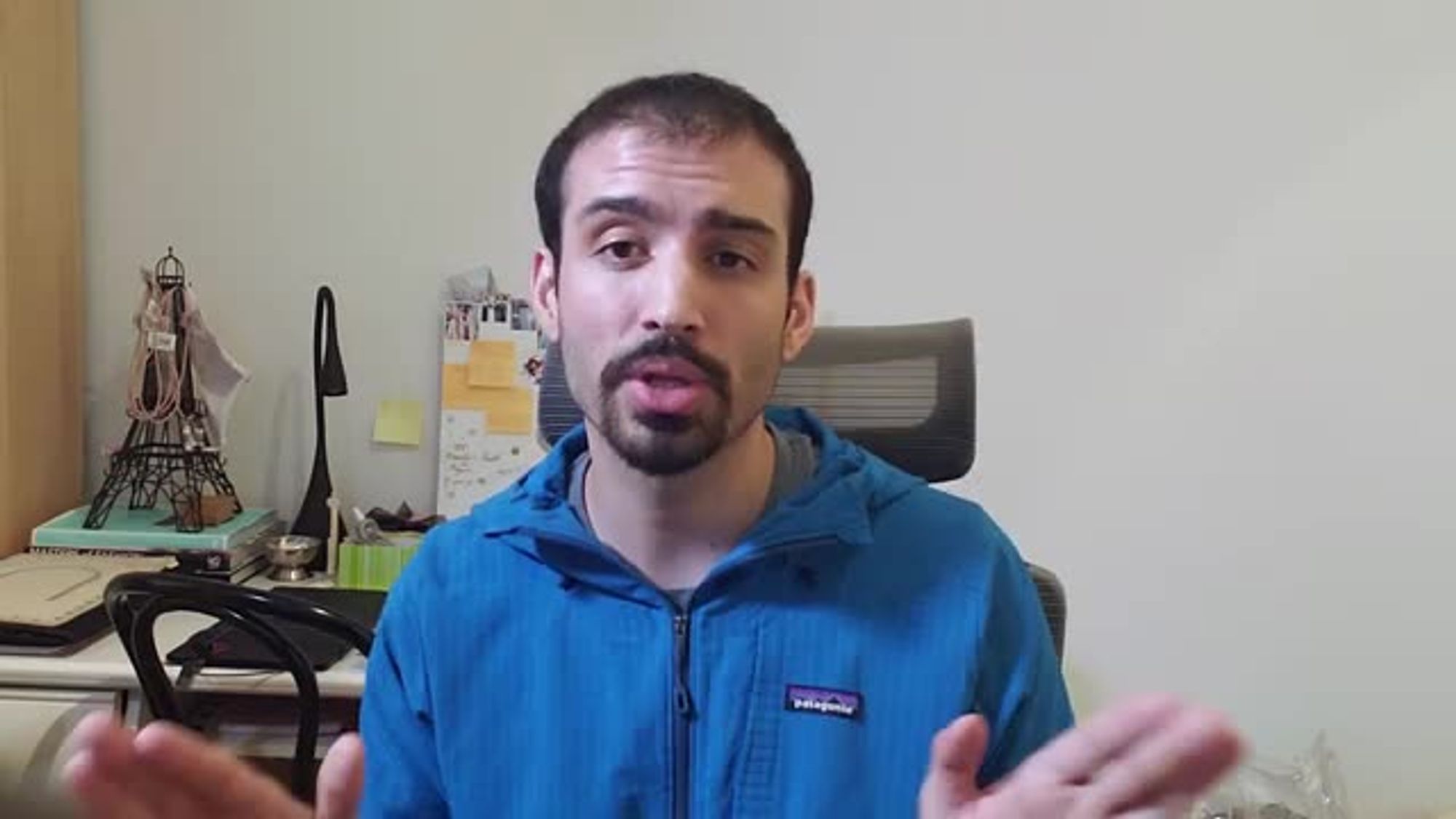
simply authorizing whether or not a

transaction is possible

and then over on the side here you can

have a different service that's
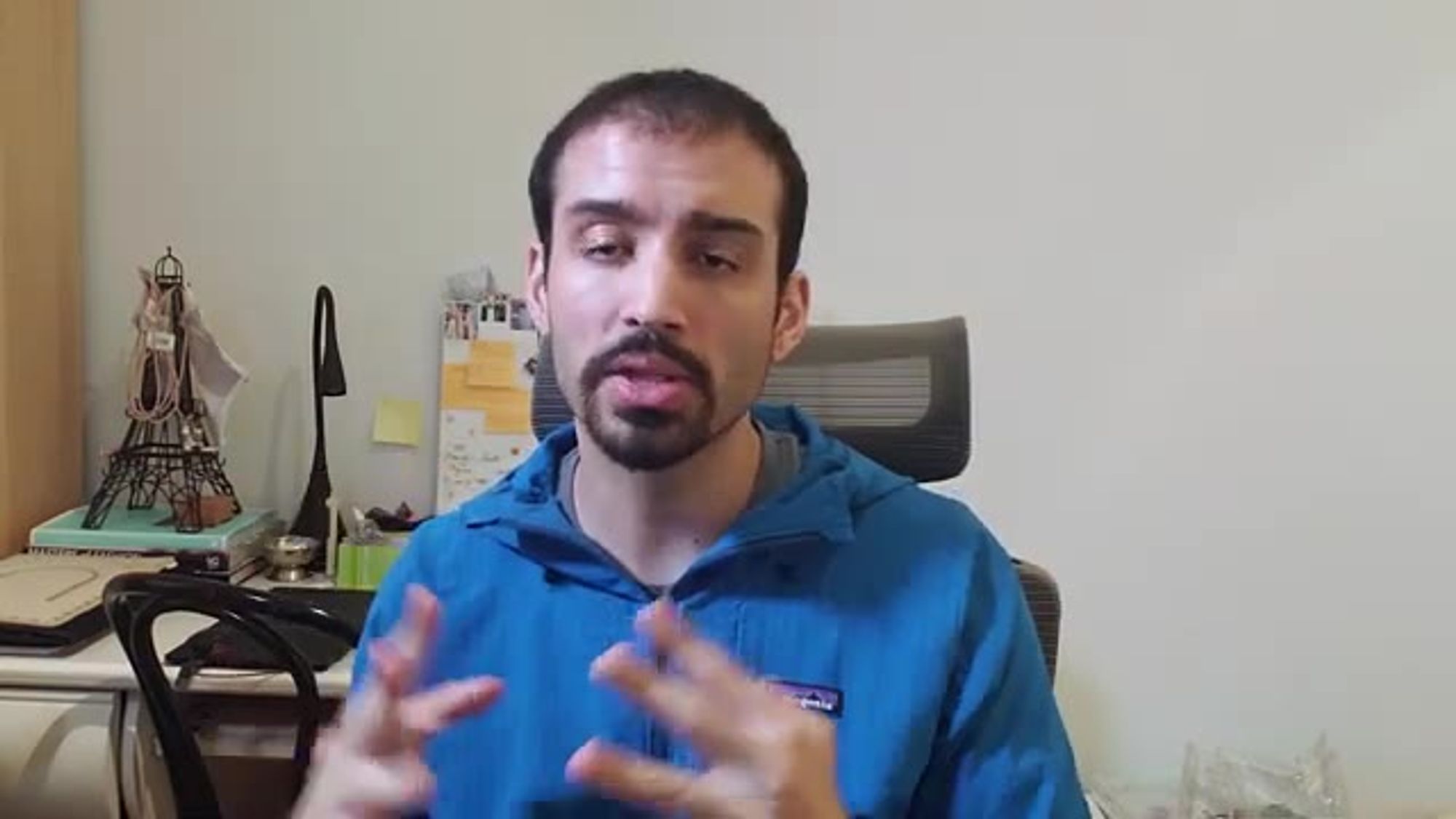
responsible for fielding customer
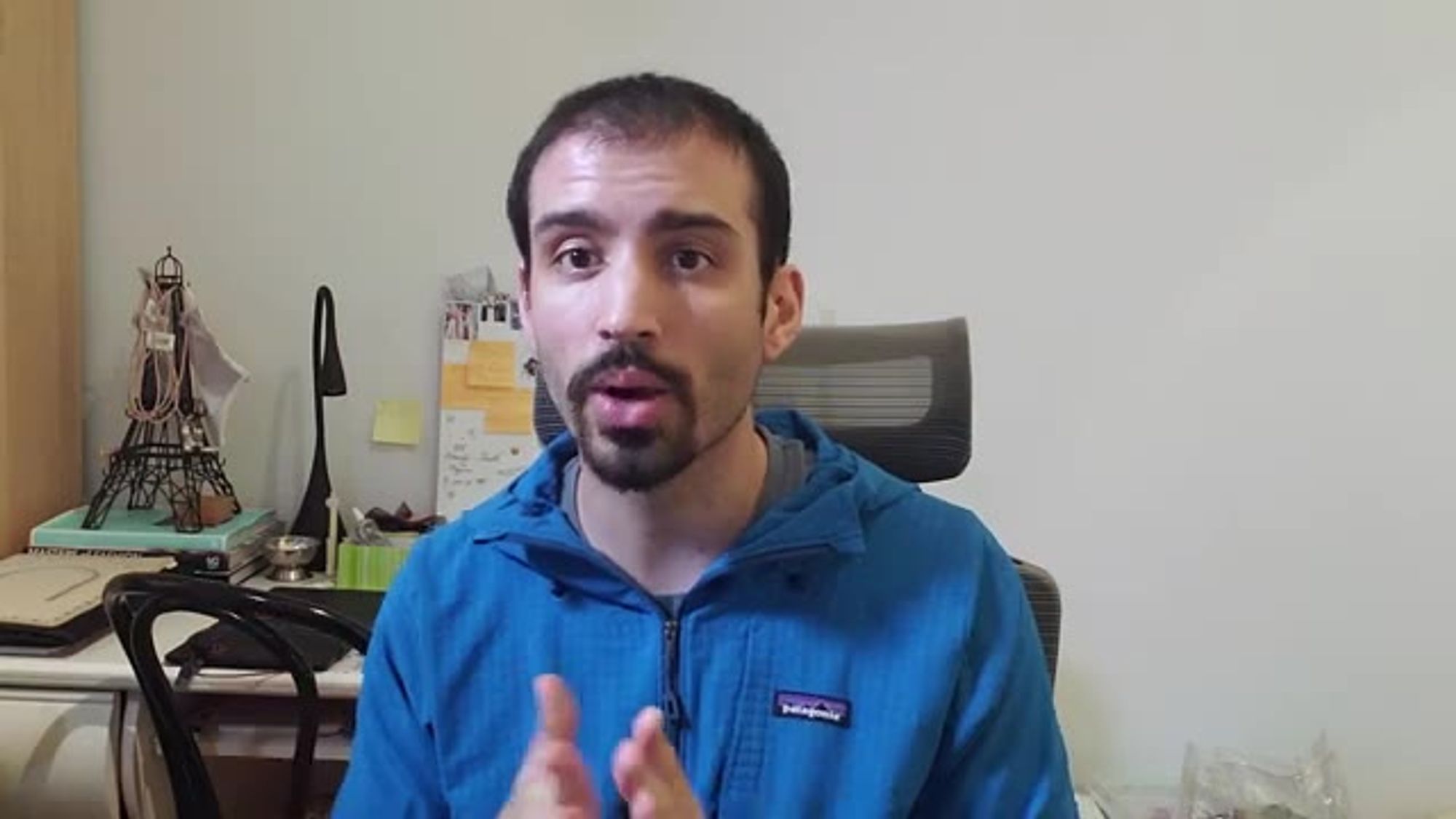
requests
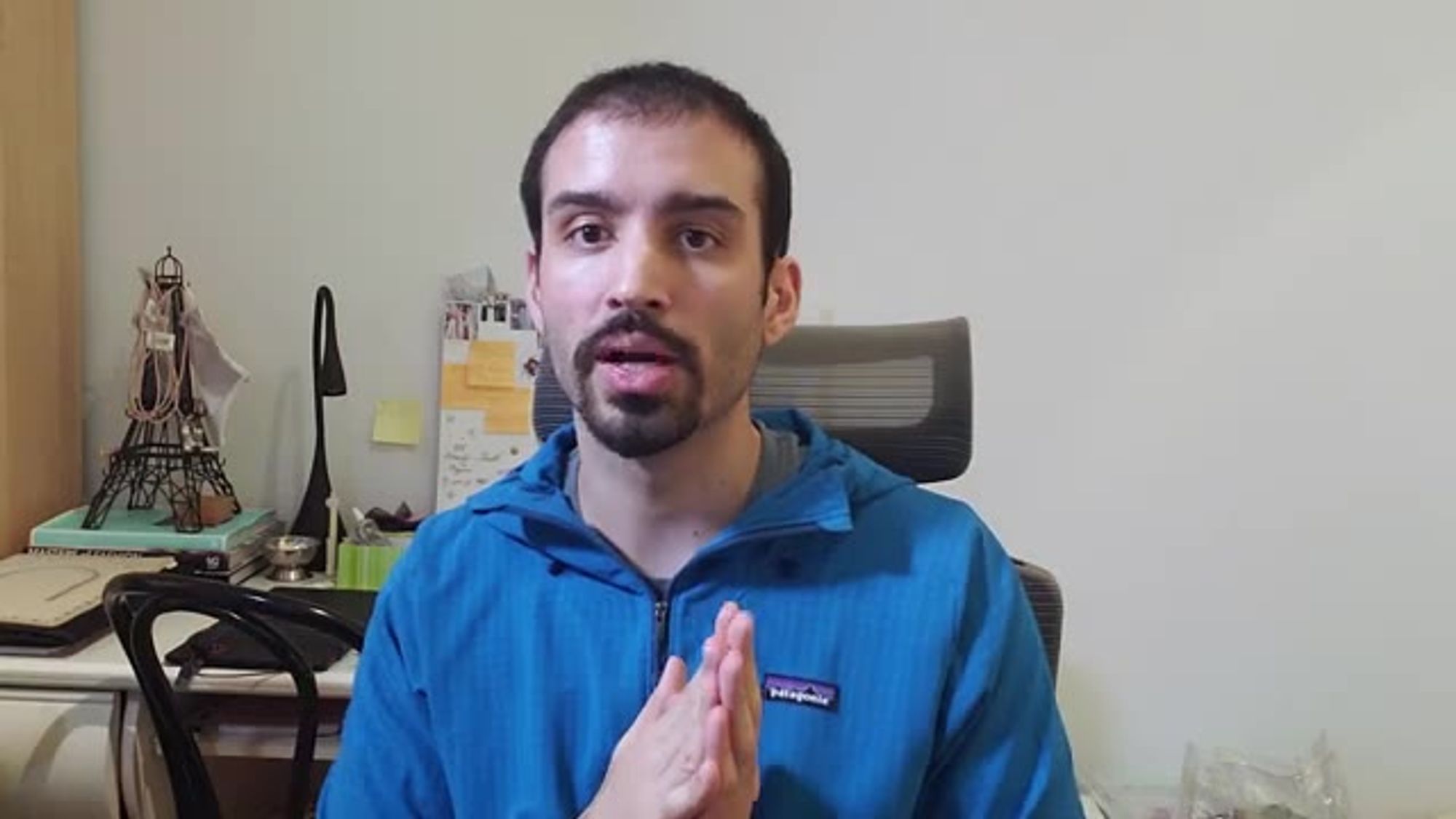
to authorize those requests and finally
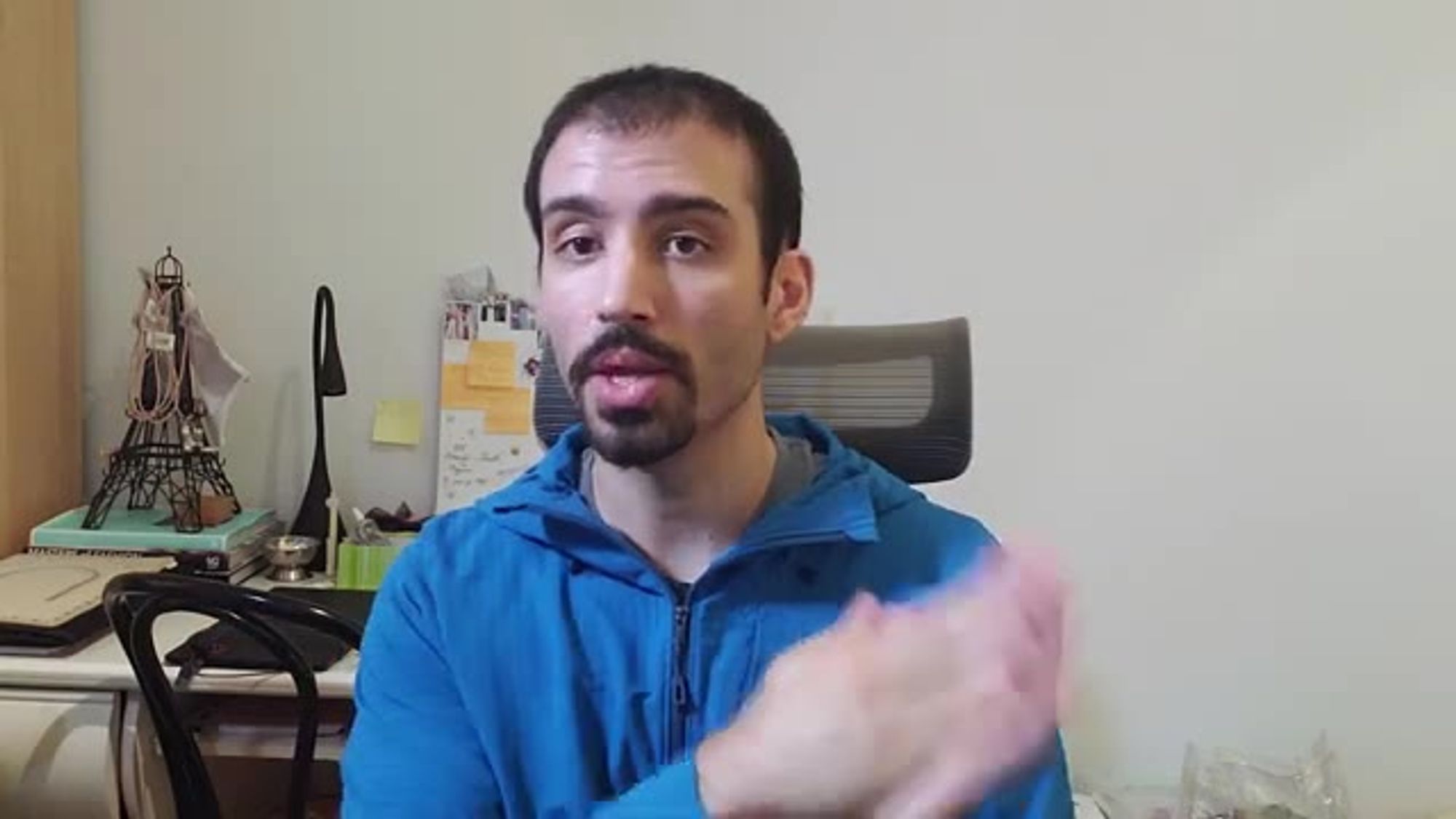
commit those to the database whenever
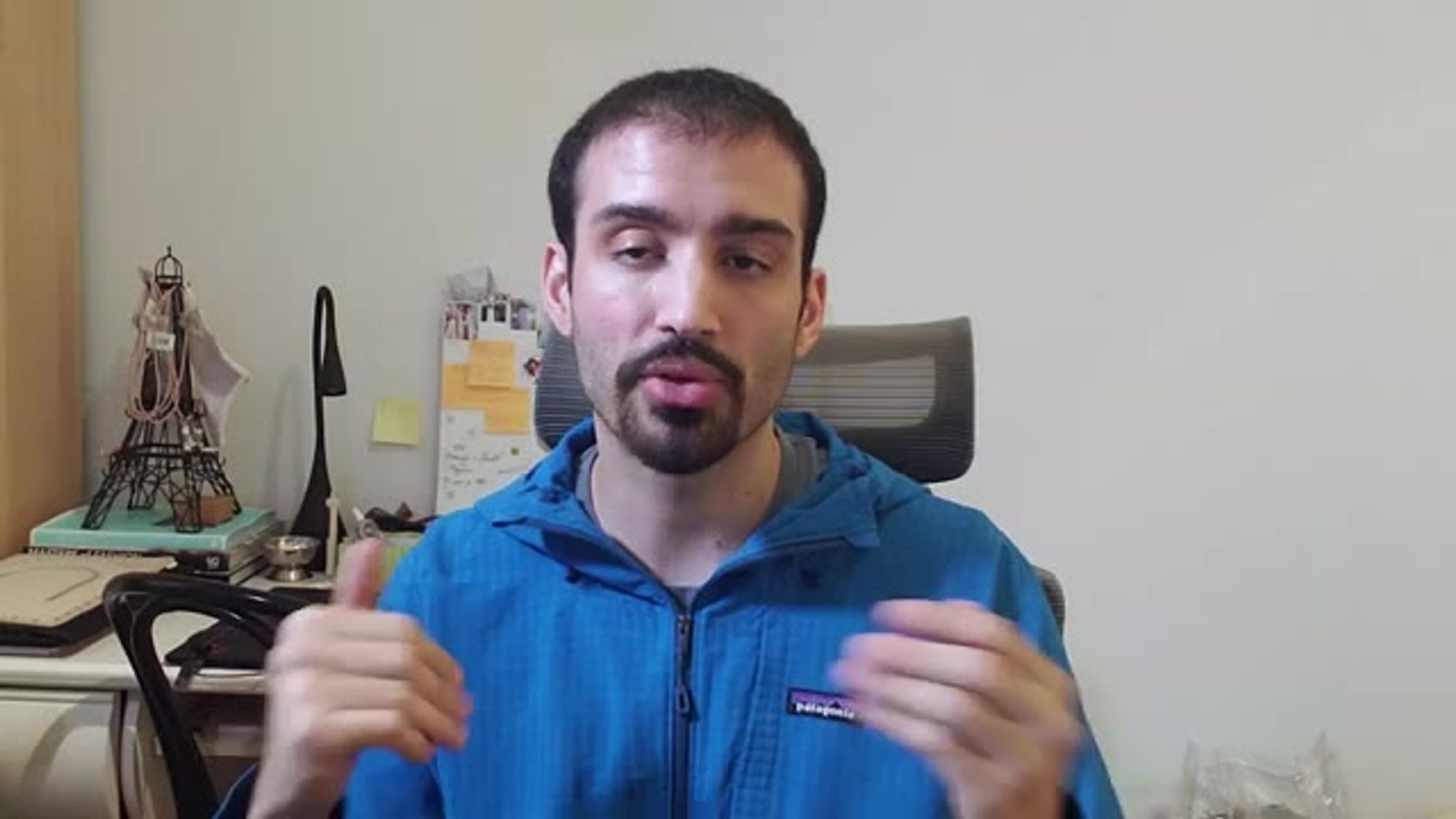
they are authorized so that's kind of
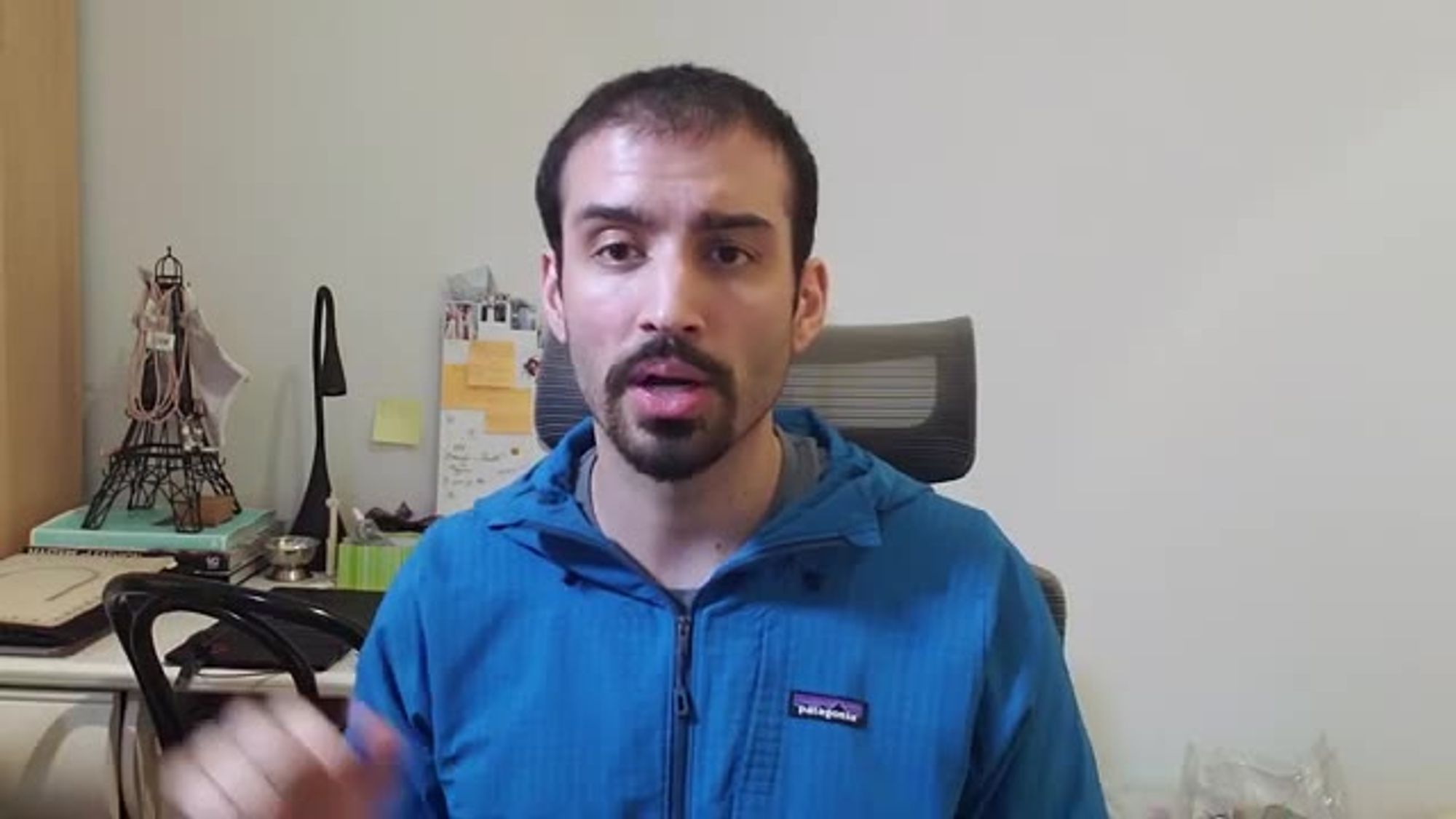
how you can separate out a fairly basic

example into service oriented

architecture so he talks a lot about the

benefits of this you know decoupling

independent deployments
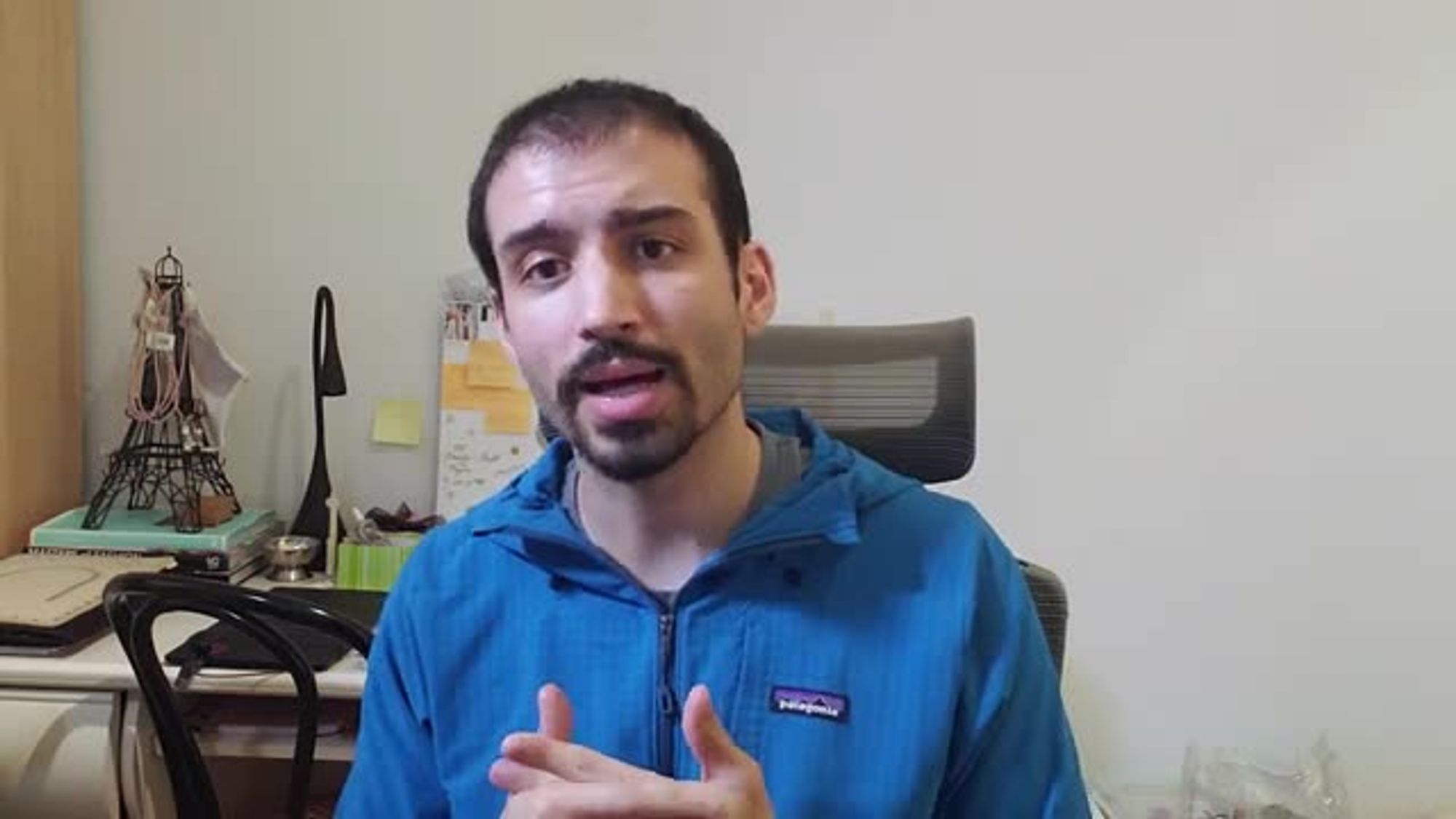
you can move a lot faster in service
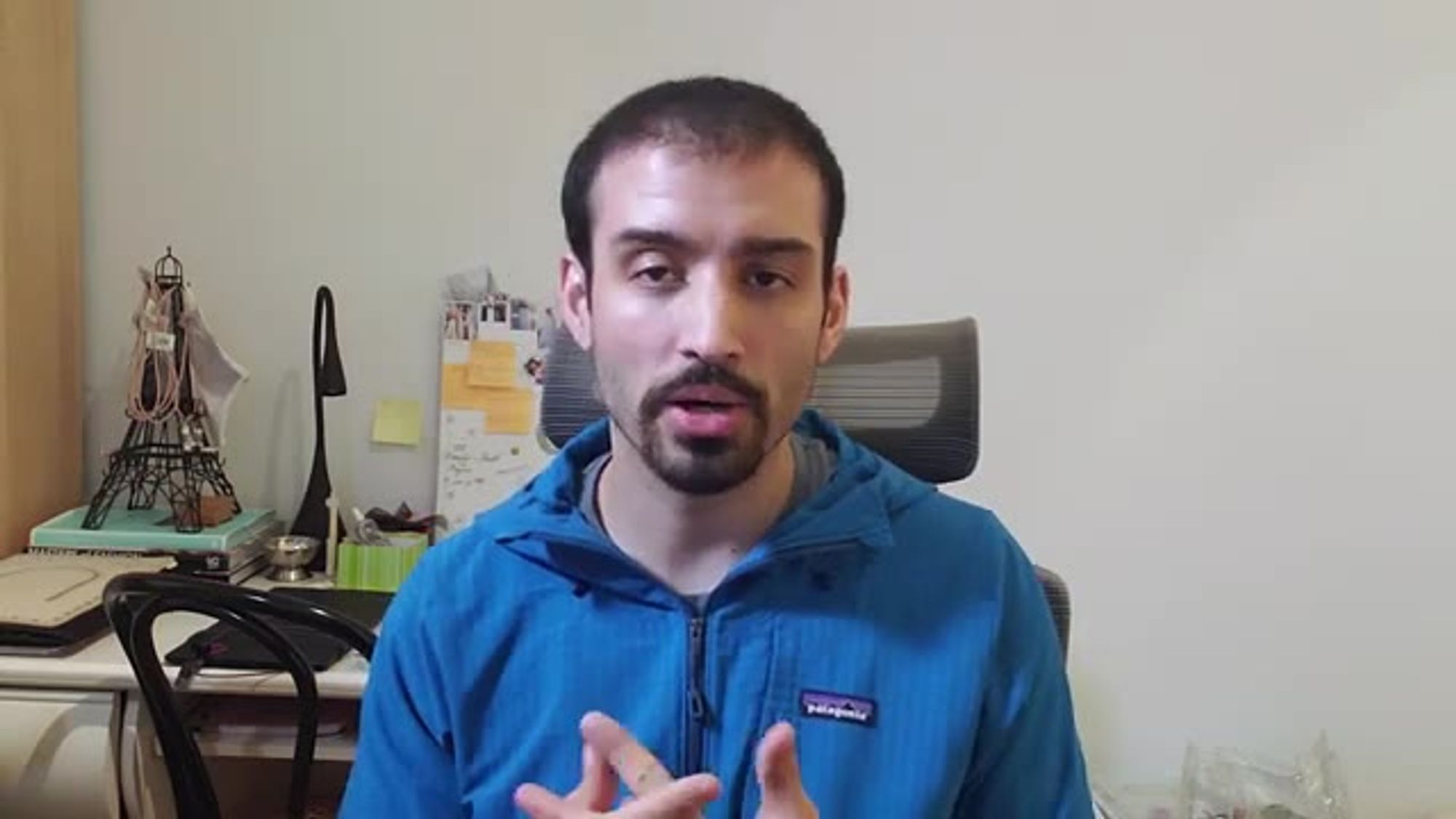
oriented architecture now he also does
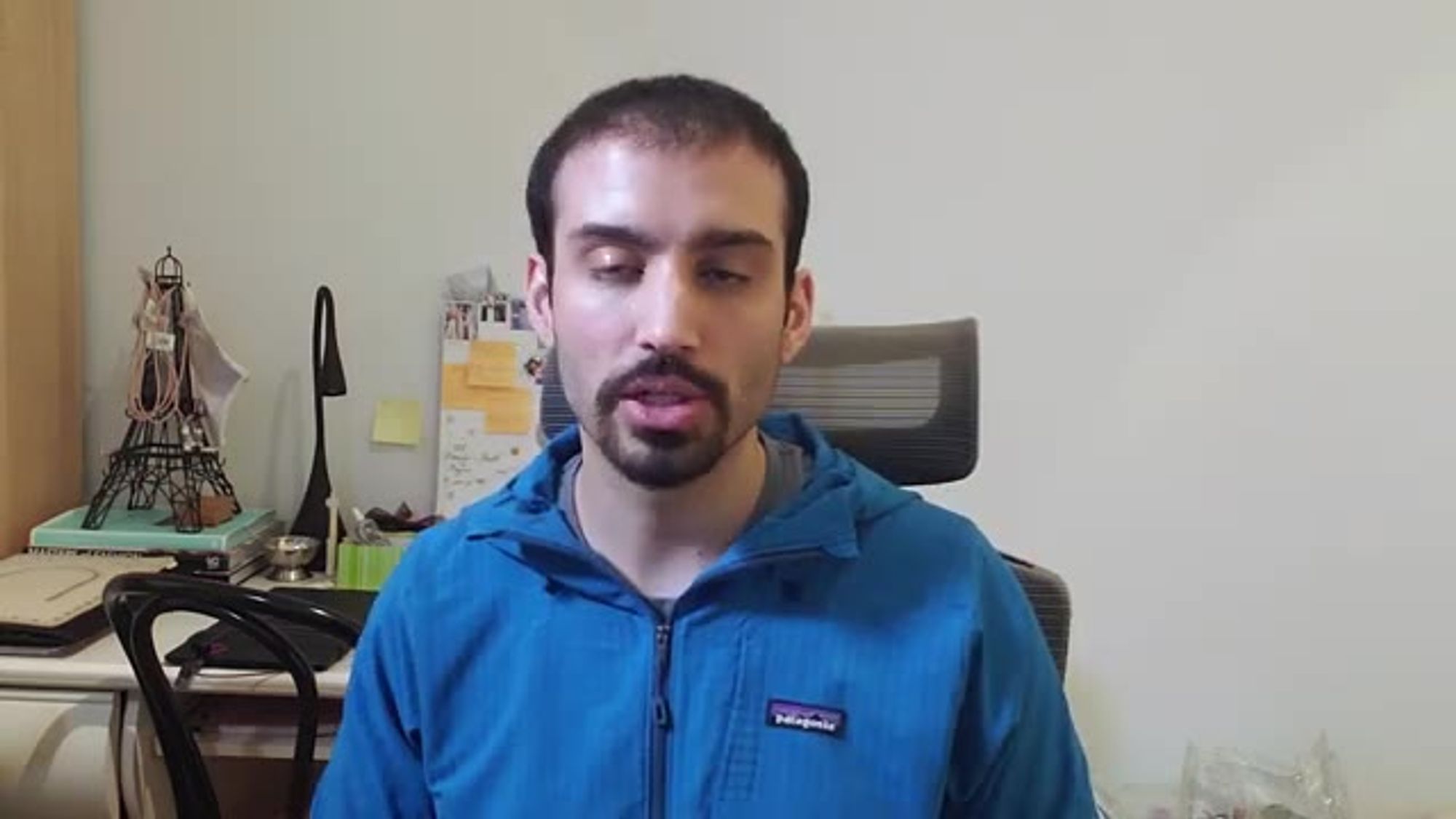
mention that a lot of companies don't
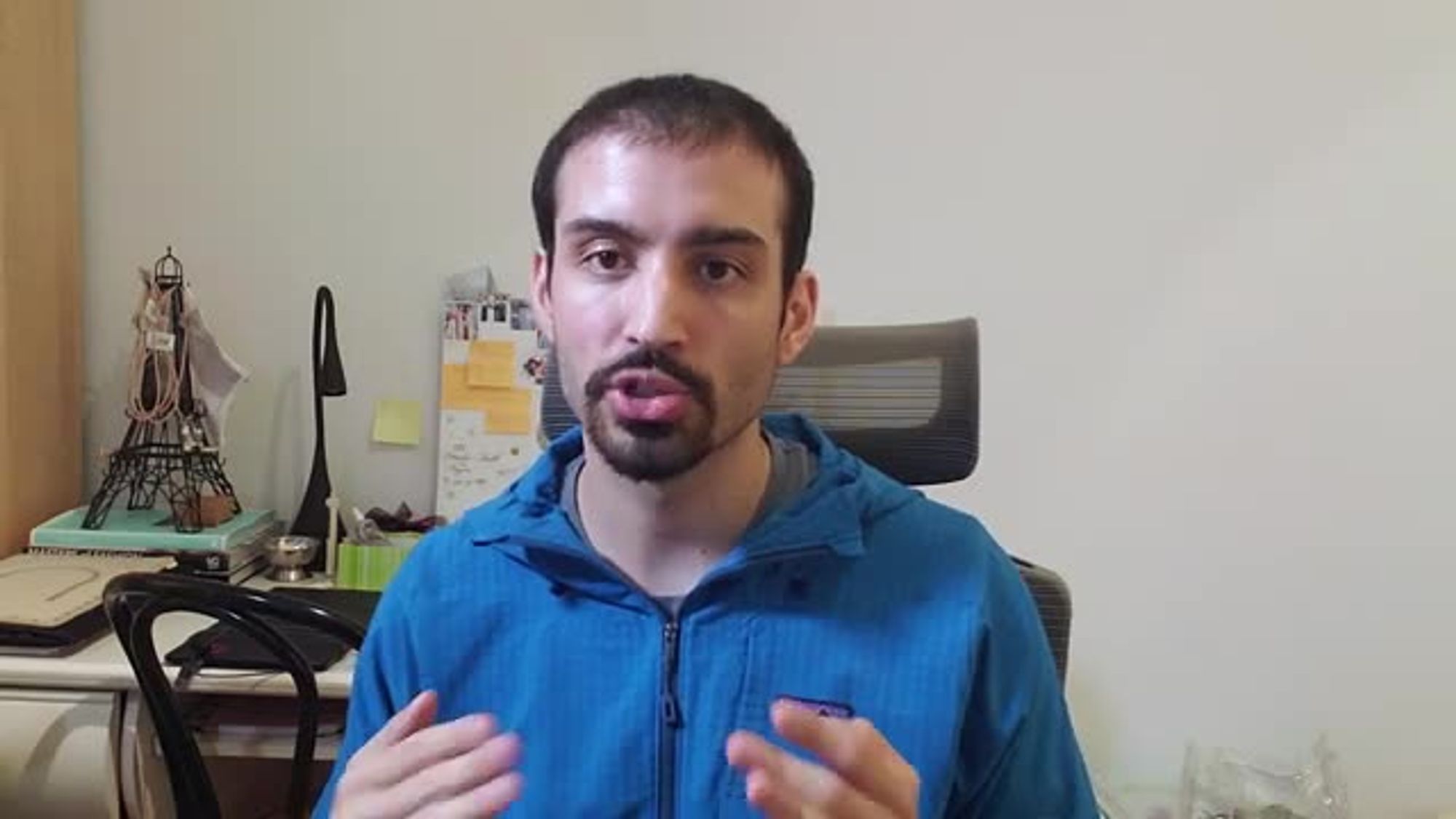
have the luxury or the
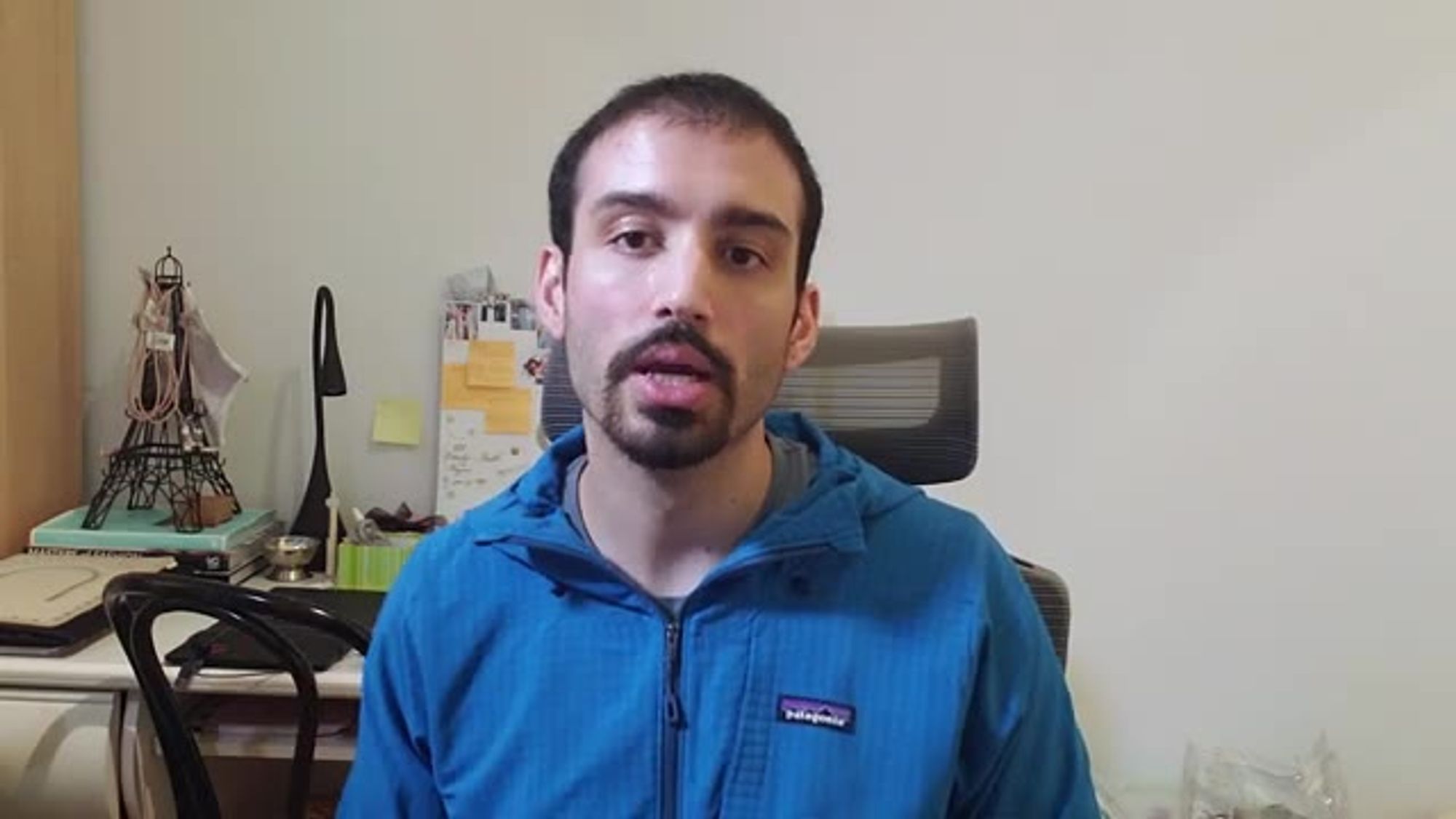
resources to build out service oriented

architecture so he suggests how to kind
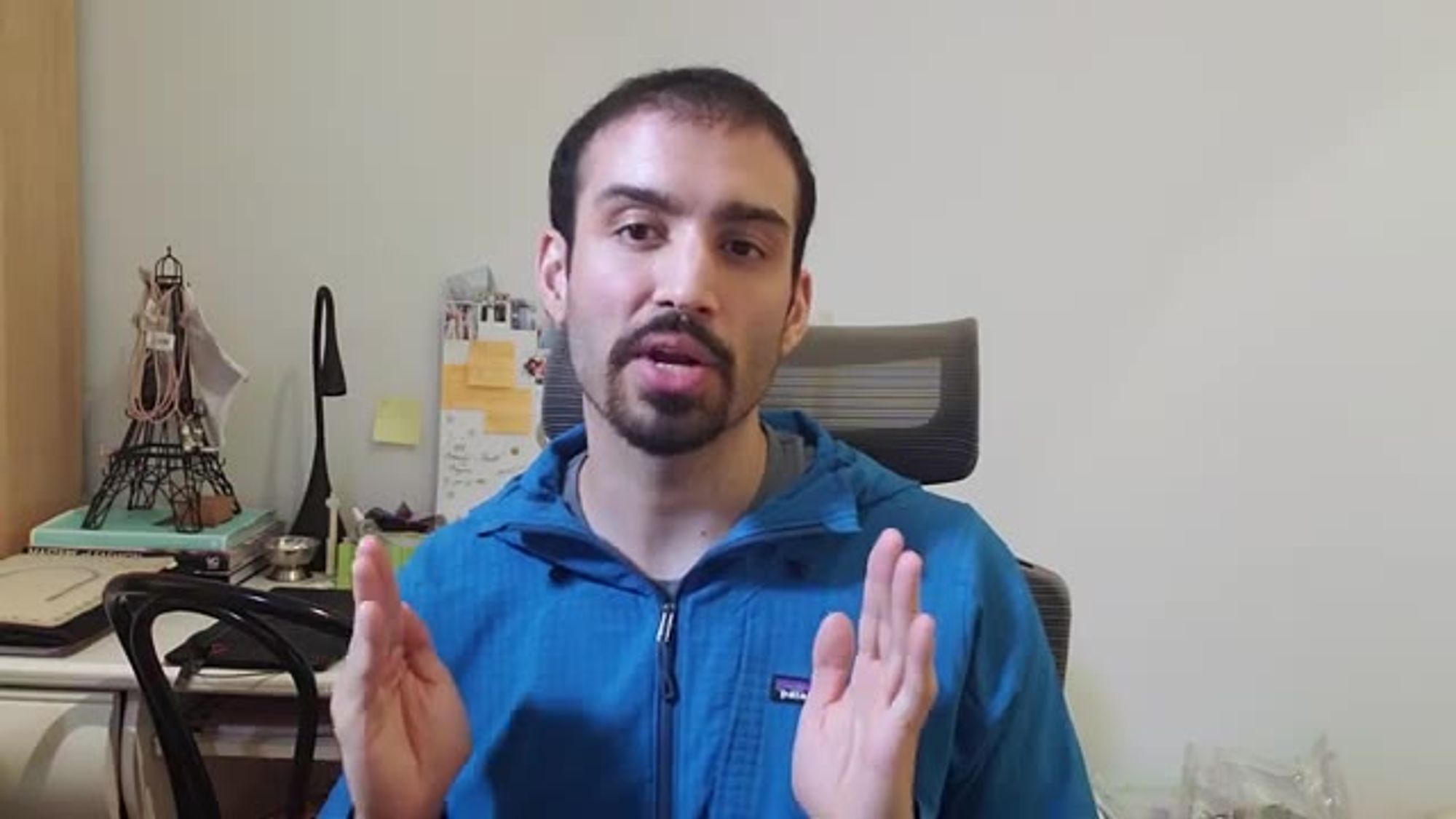
of

organize and lay out your source code
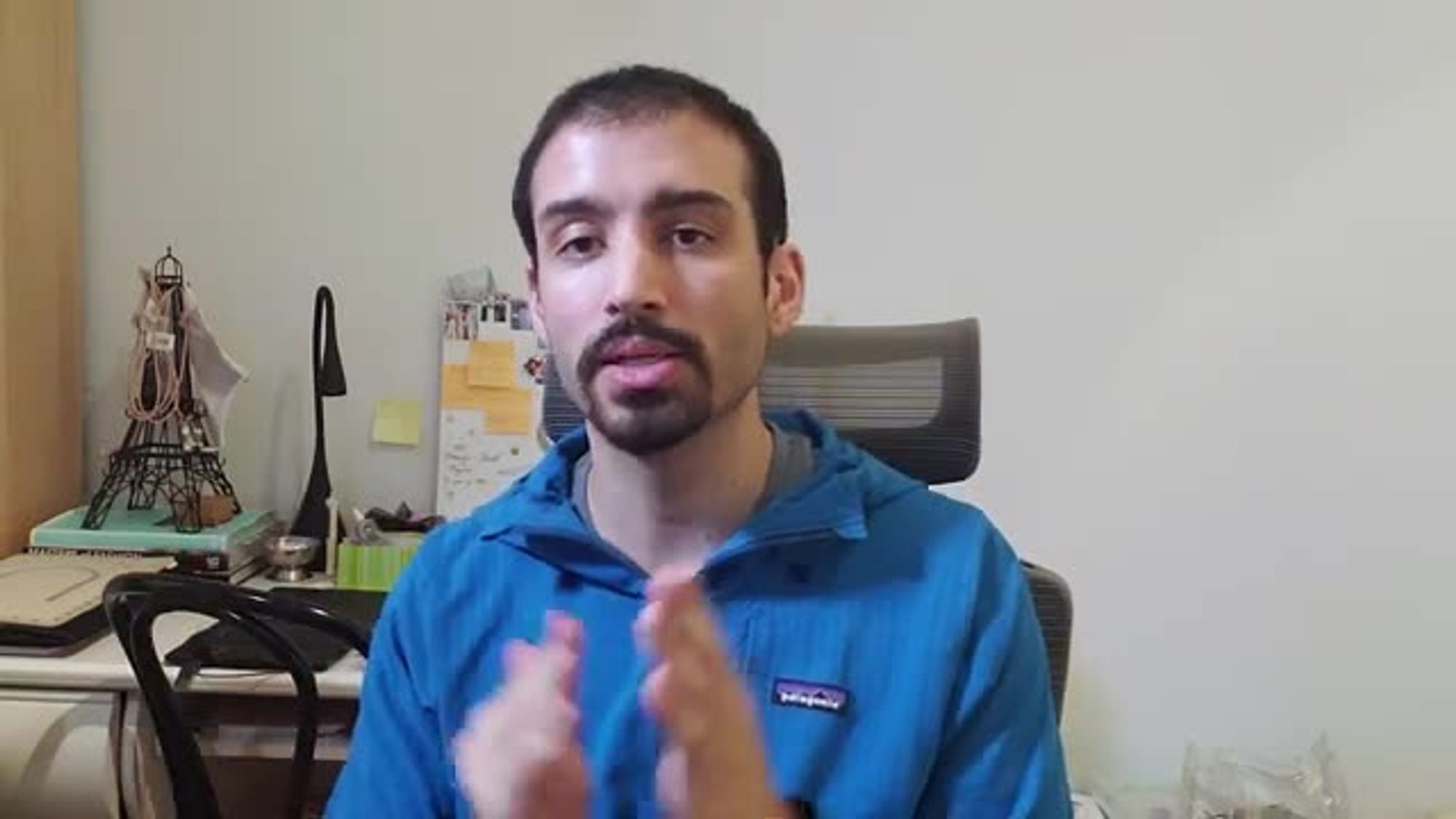
dependencies and your package structures
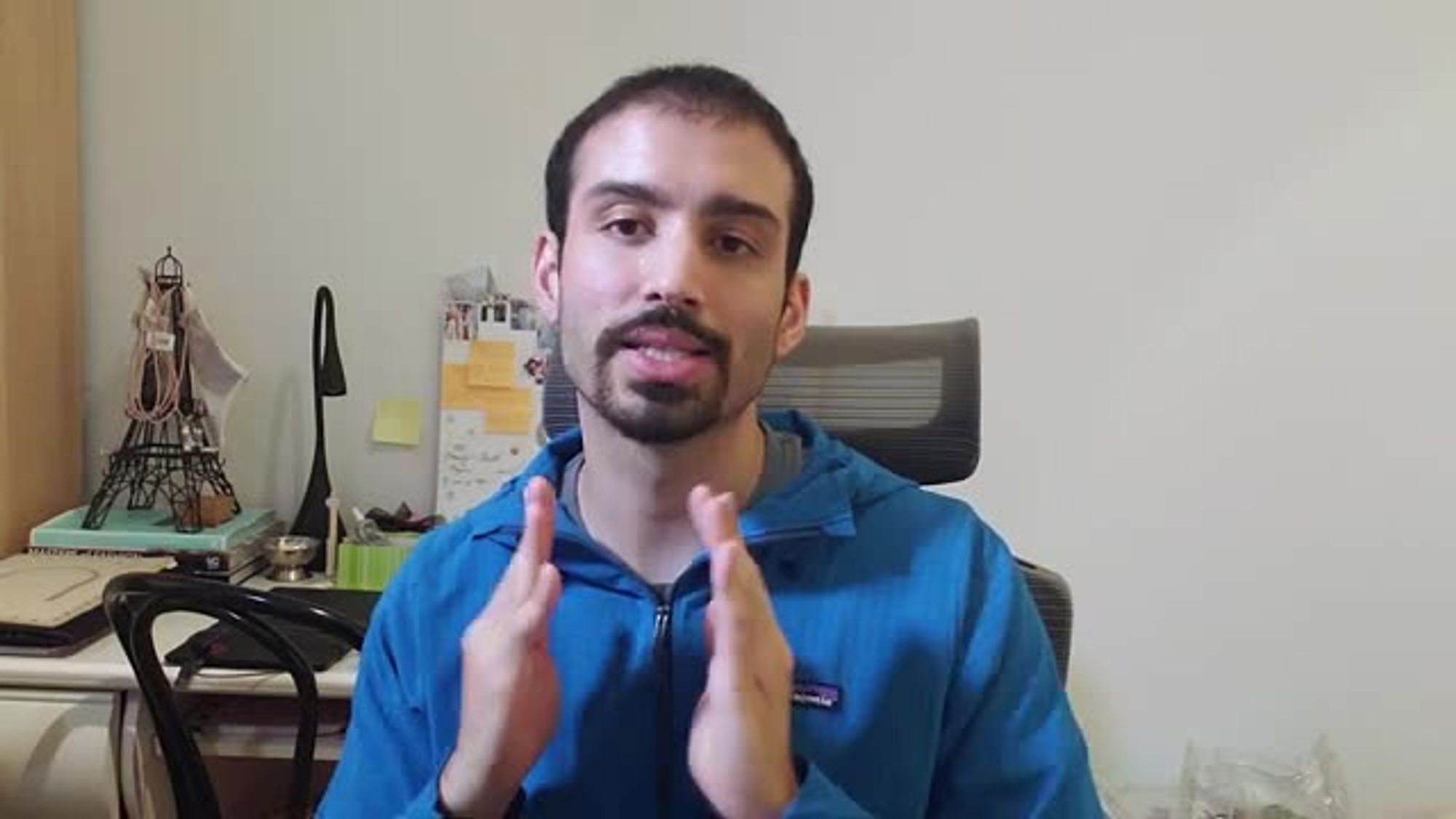
in a way that lets you extend
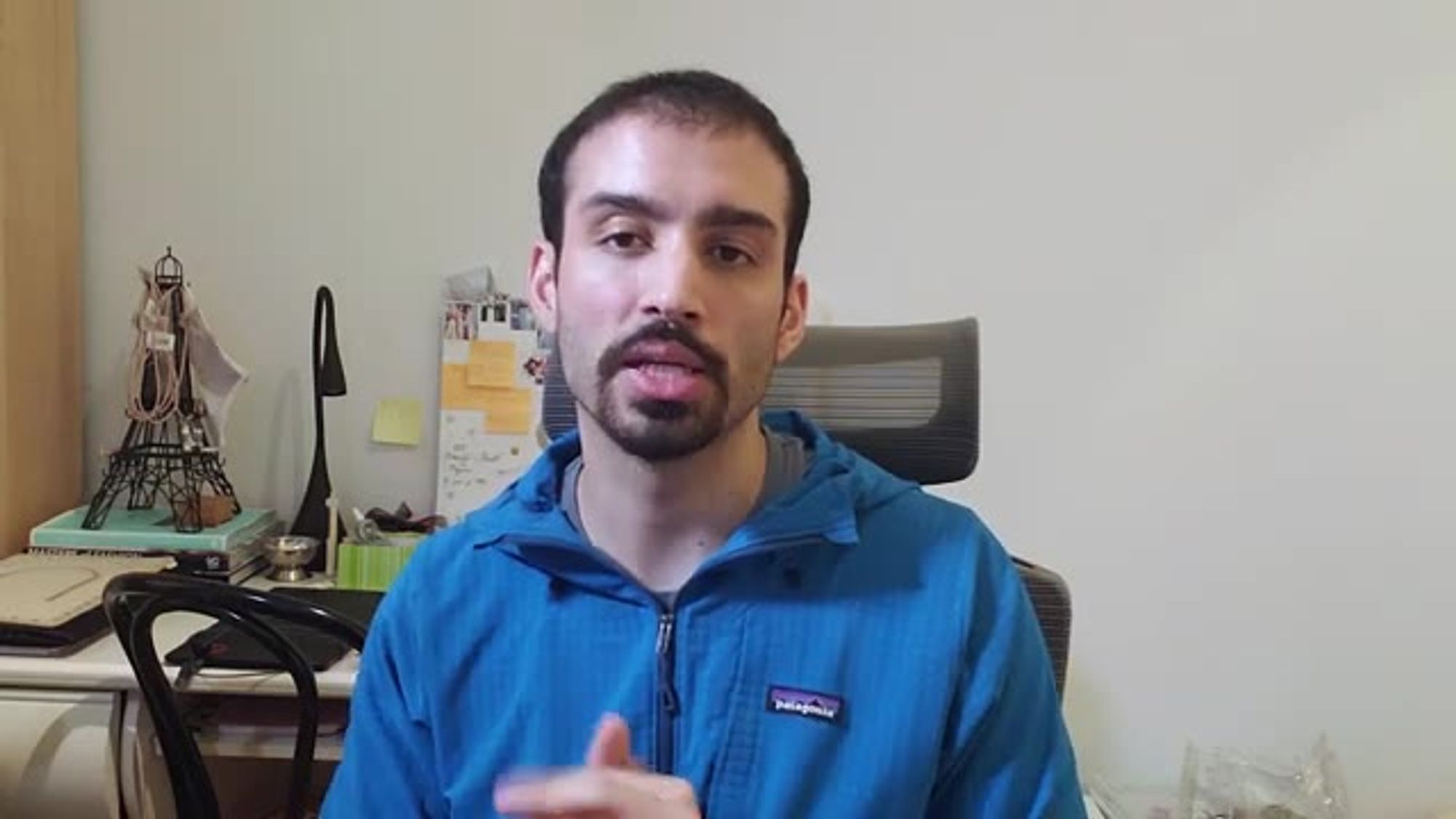
those into service oriented architecture
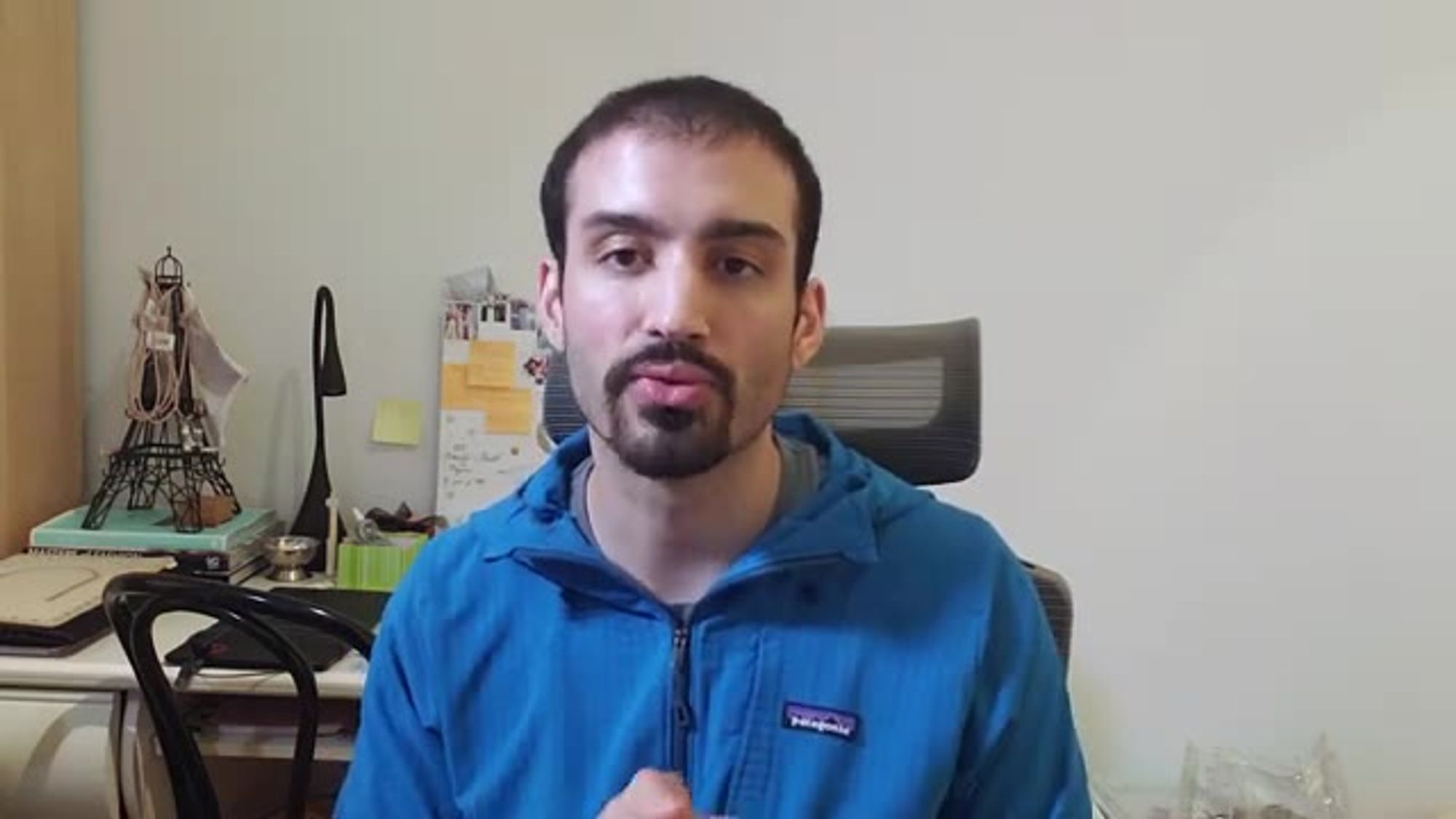
friendly

format if you decide to go down that
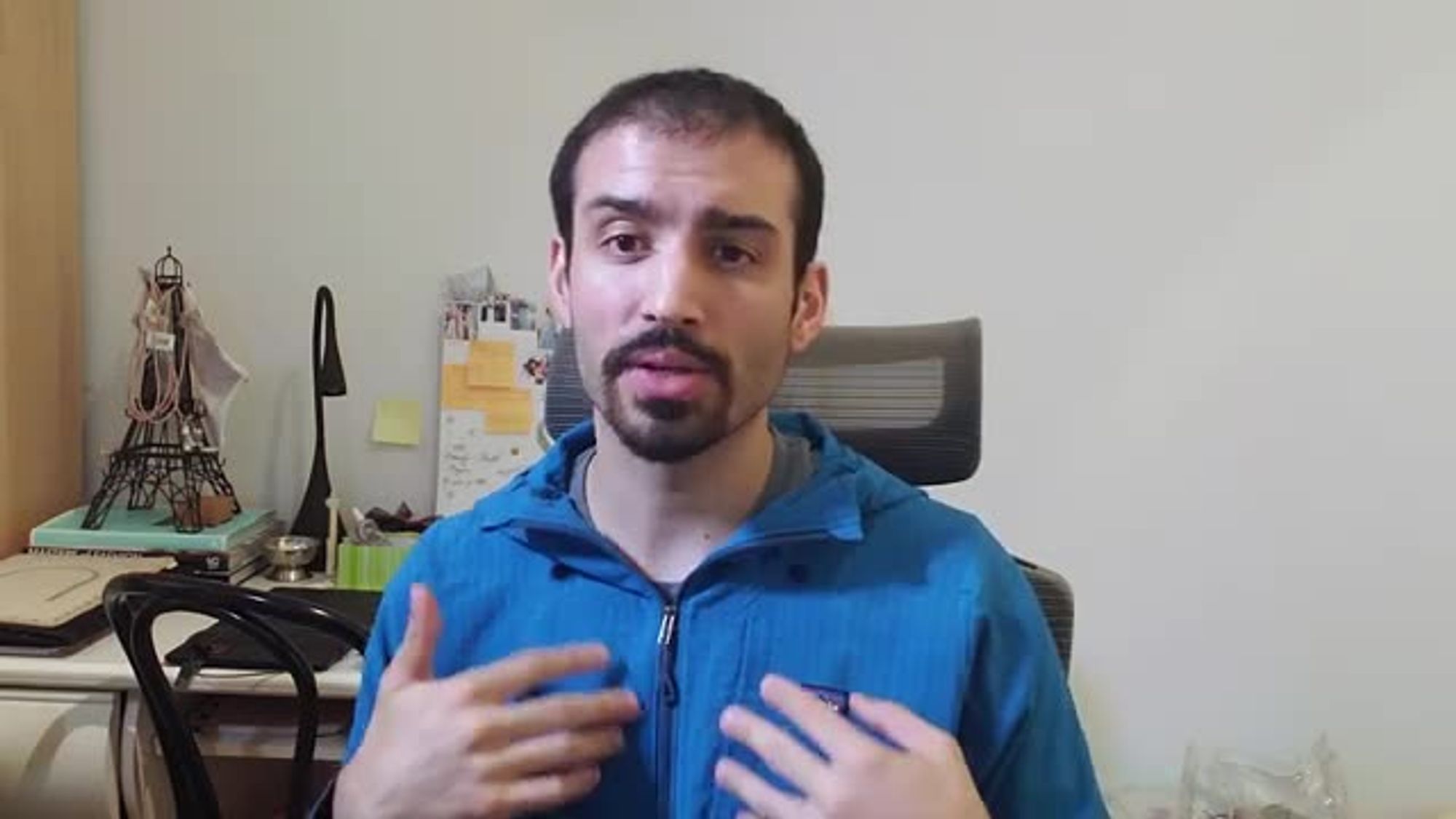
path and i thought that was a very
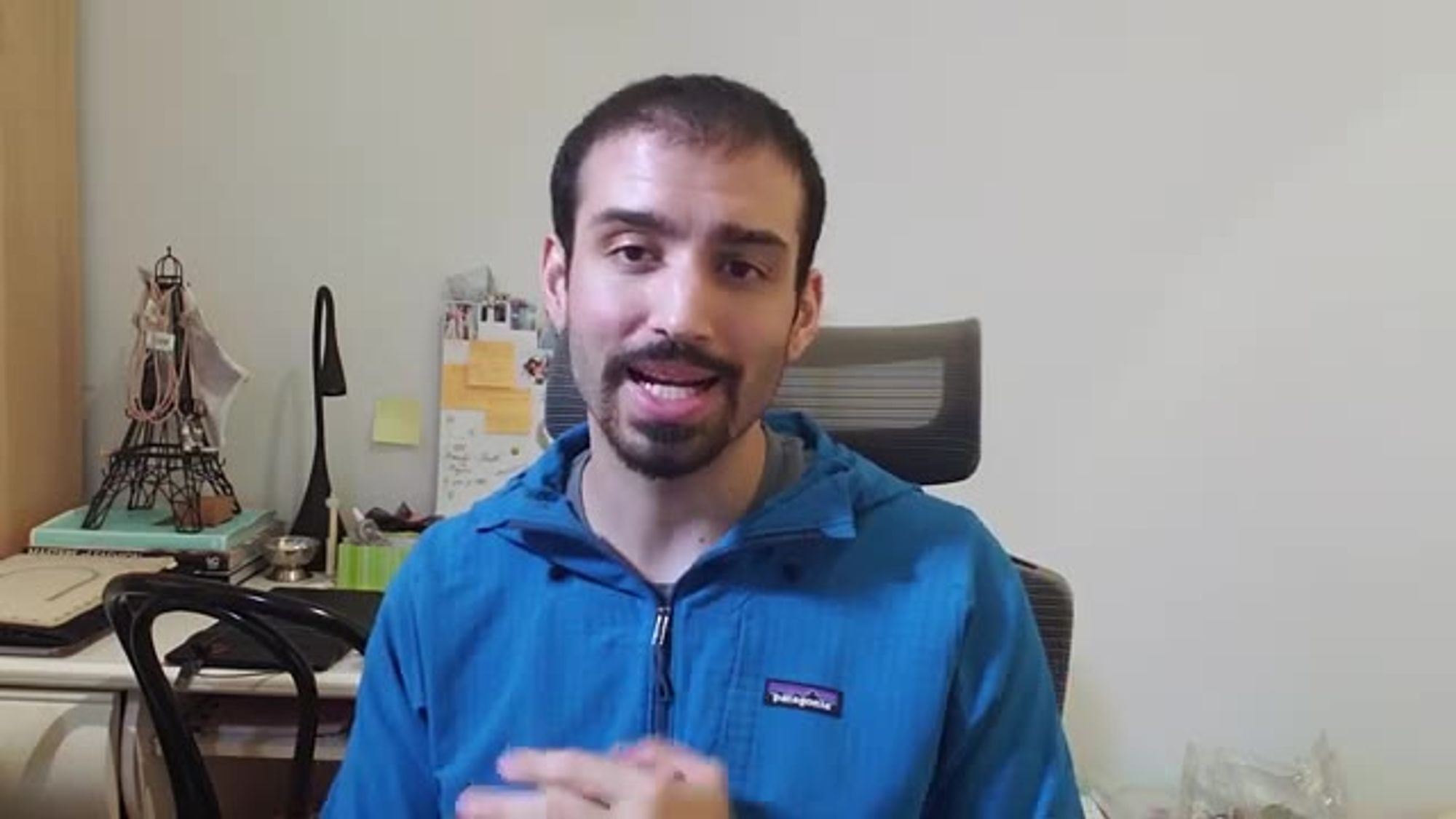
interesting idea and one of the side

effects

of going through this exercise of
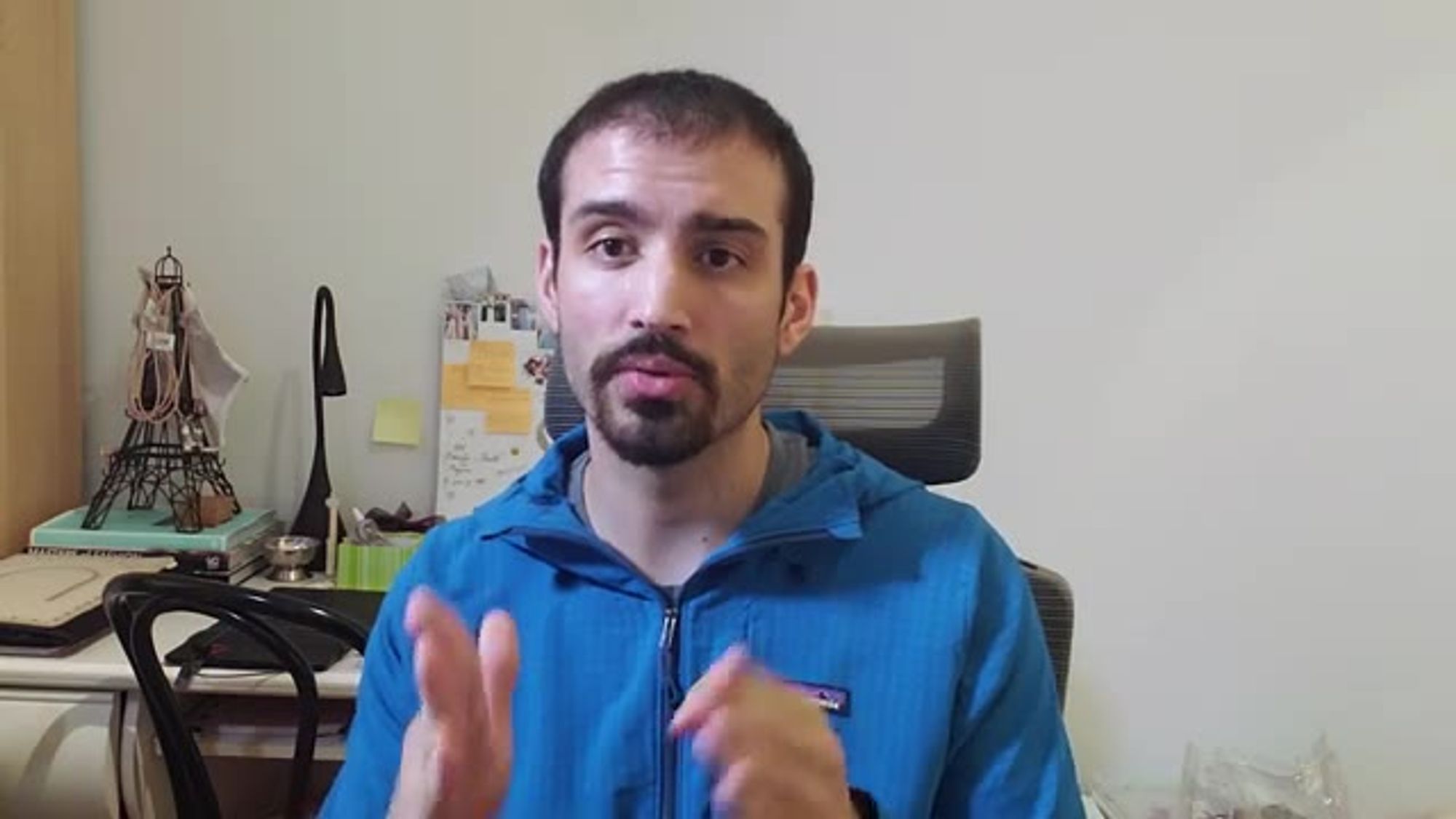
cutting up your service into different
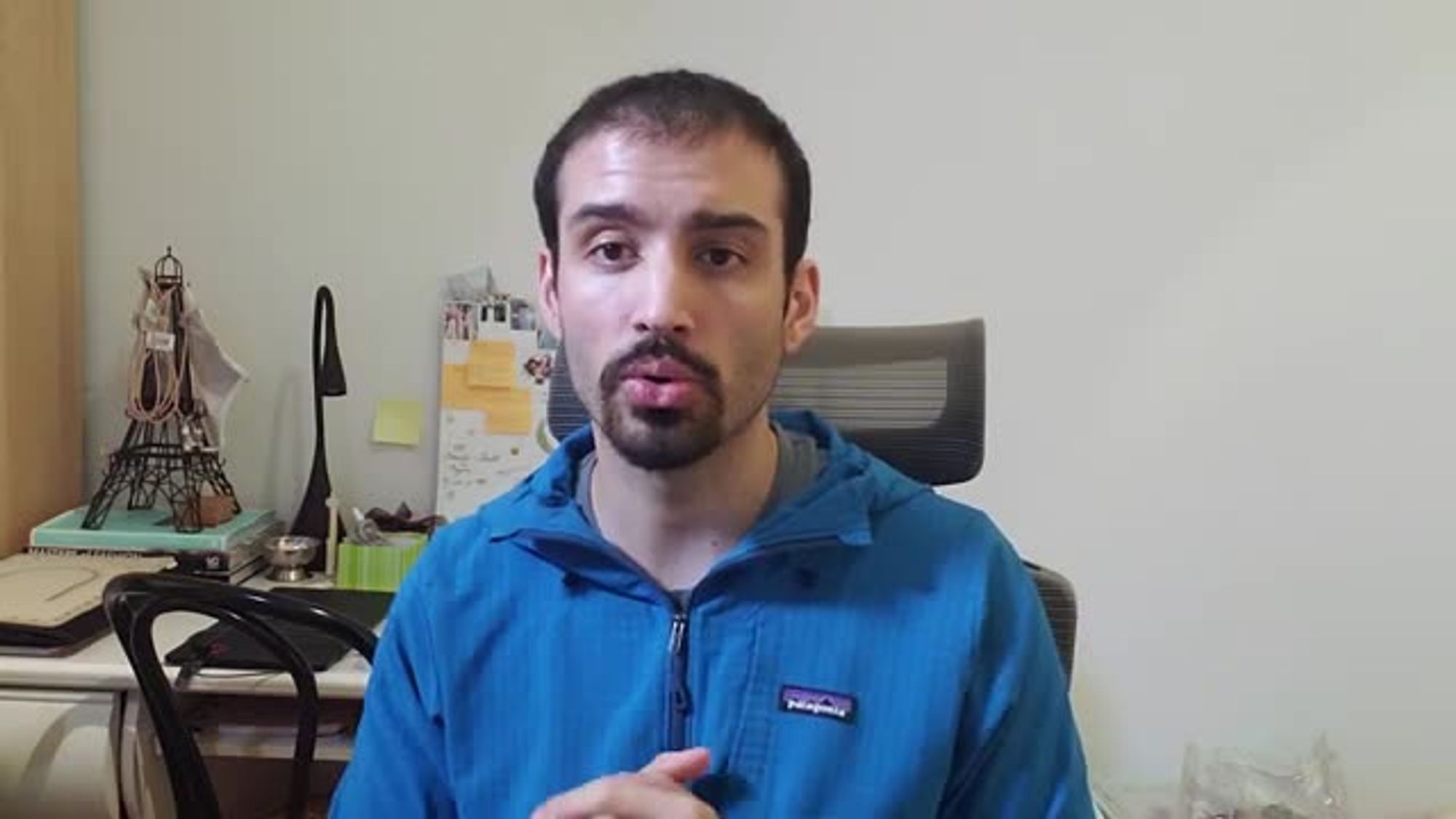
roles and kind of assigning them
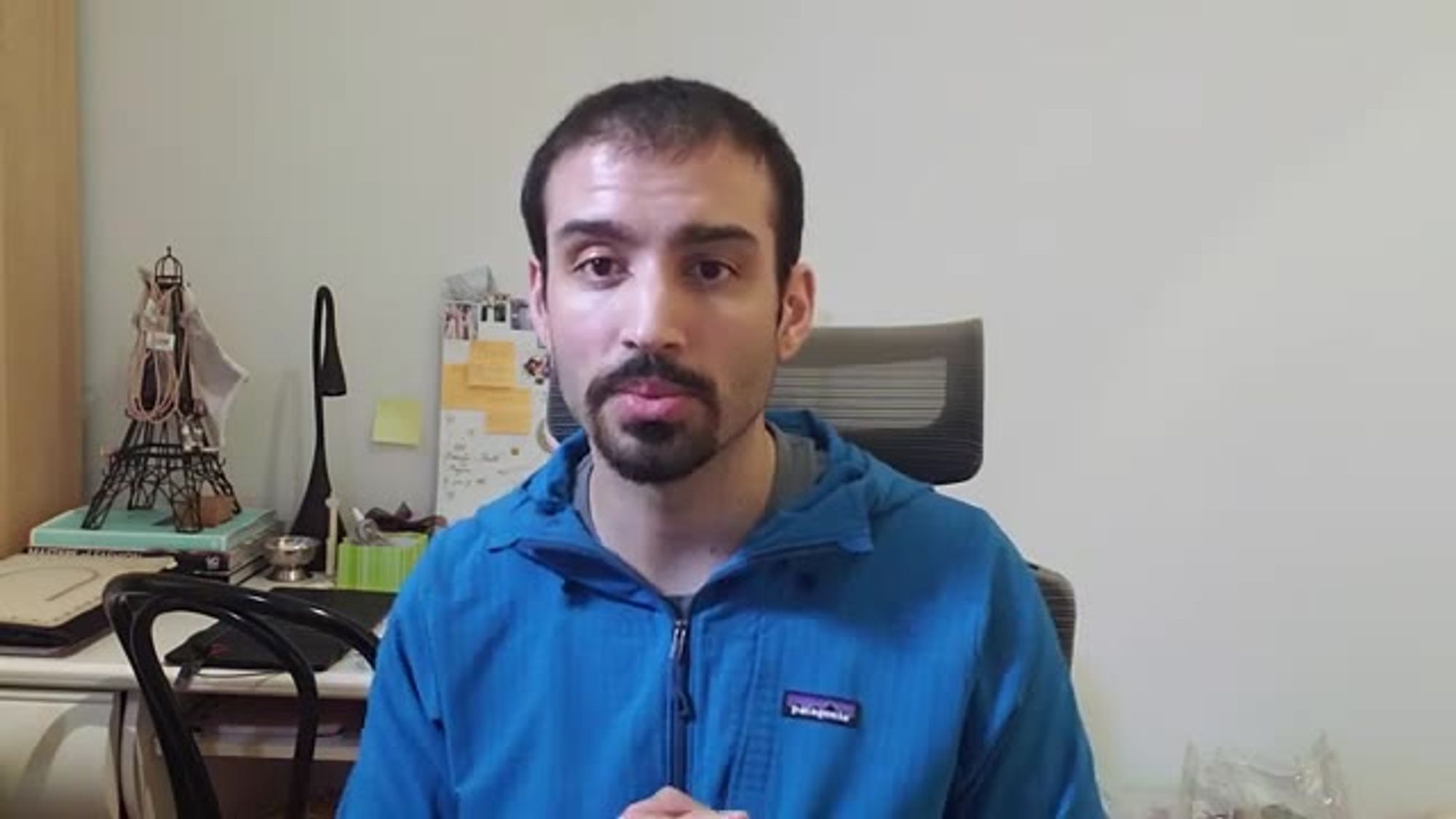
different responsibilities is that you
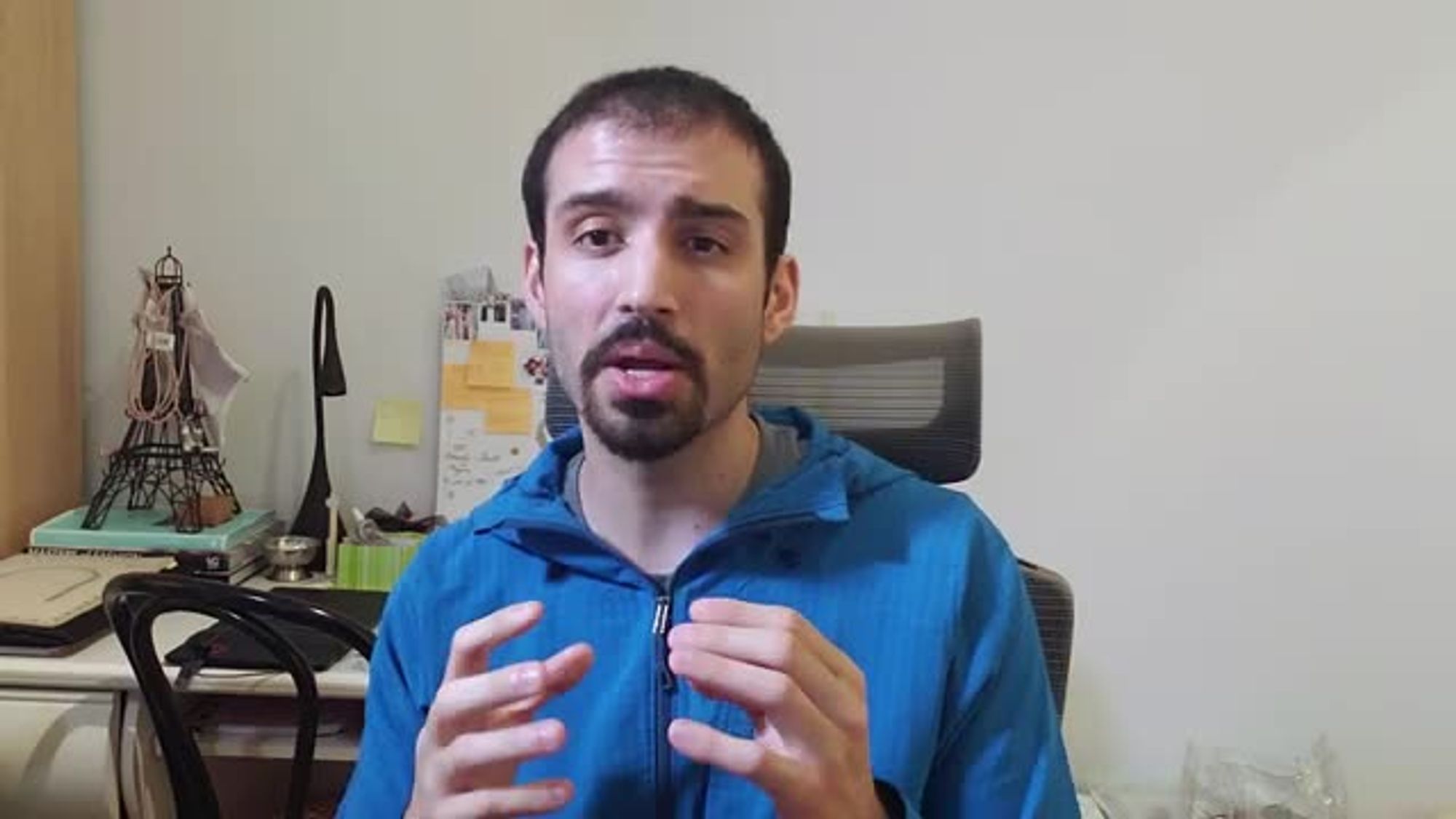
end up building
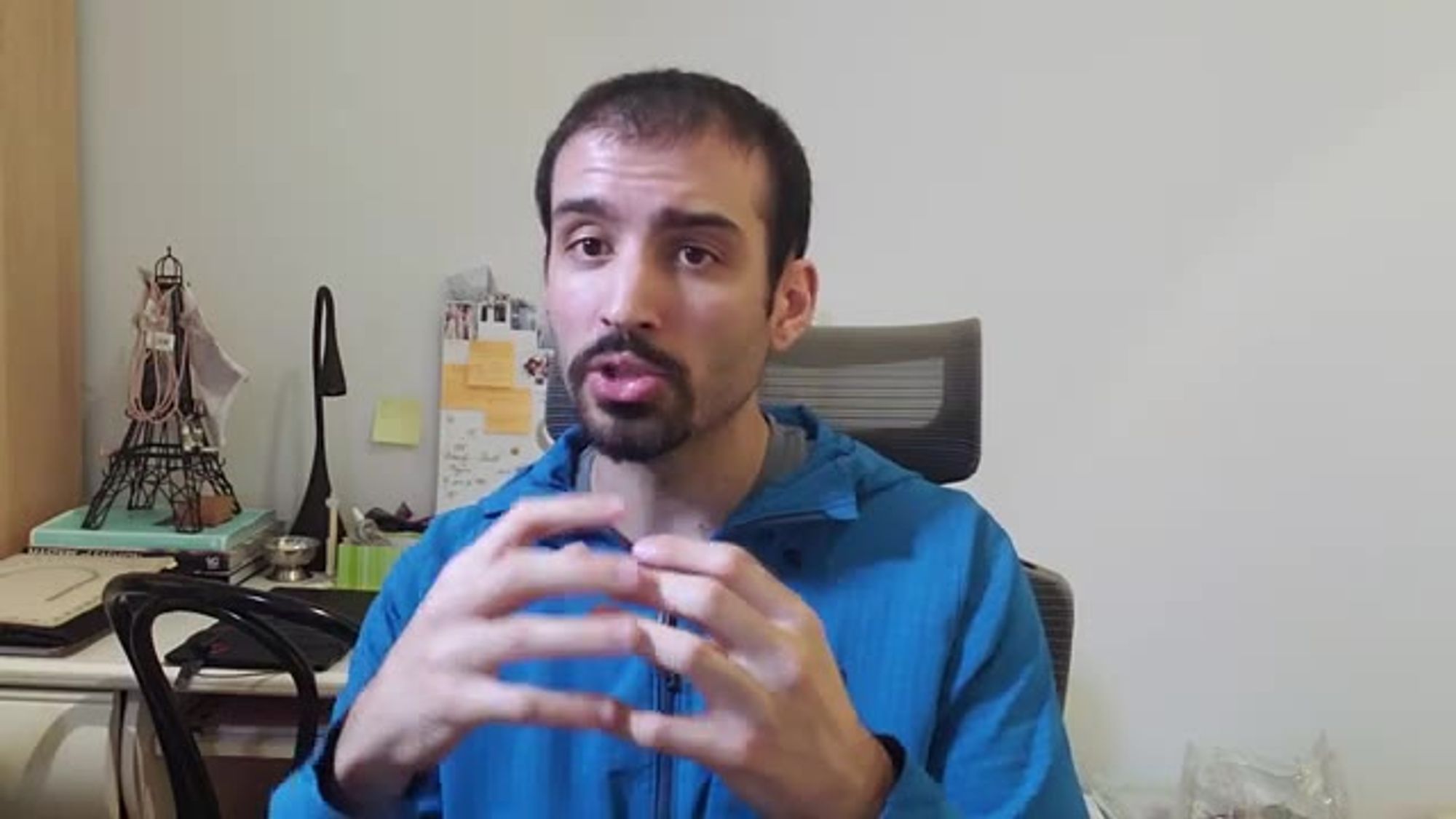
modules and that's another common theme

of this book it's the the promotion of
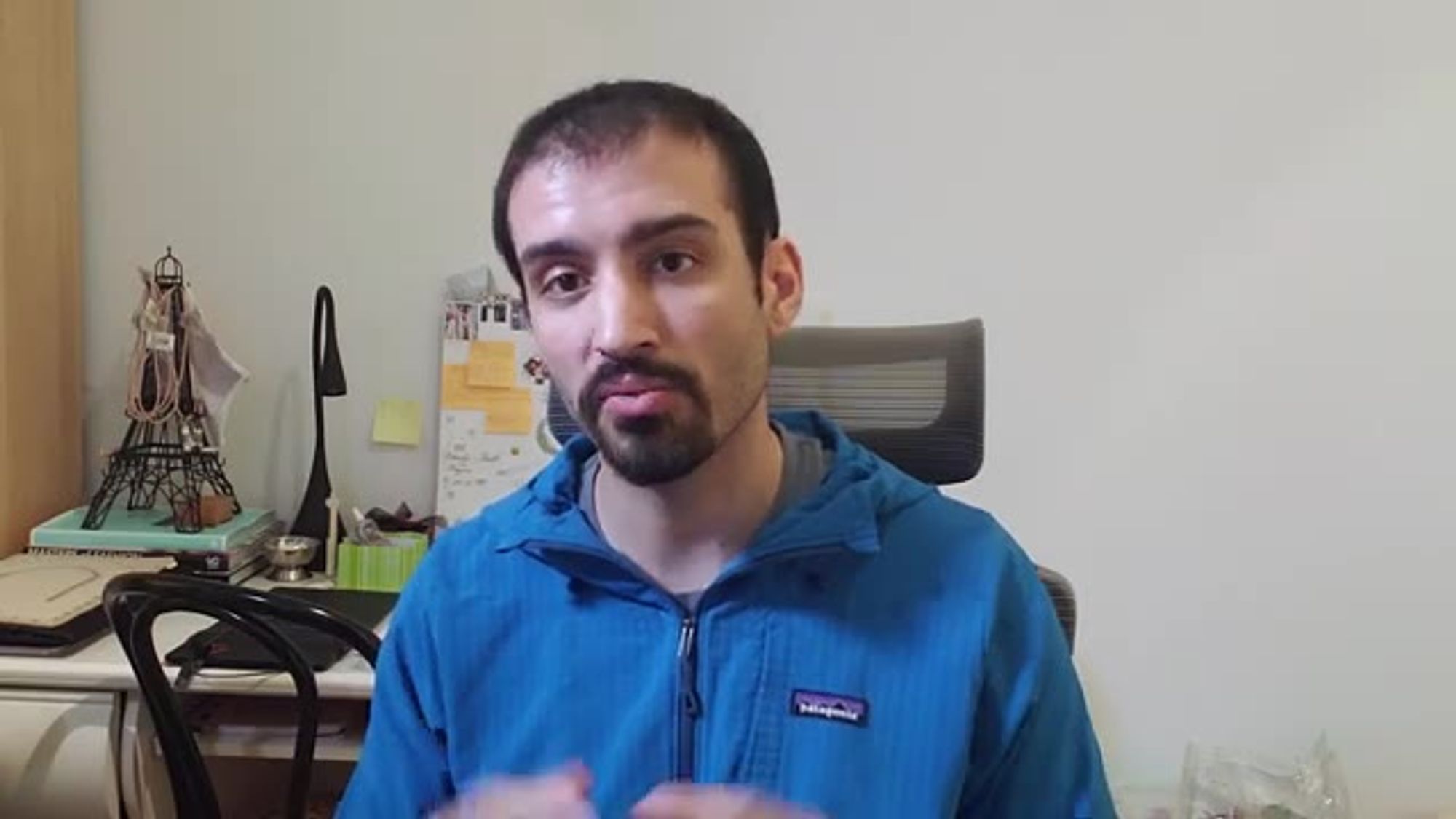
this idea of

modules or components that are
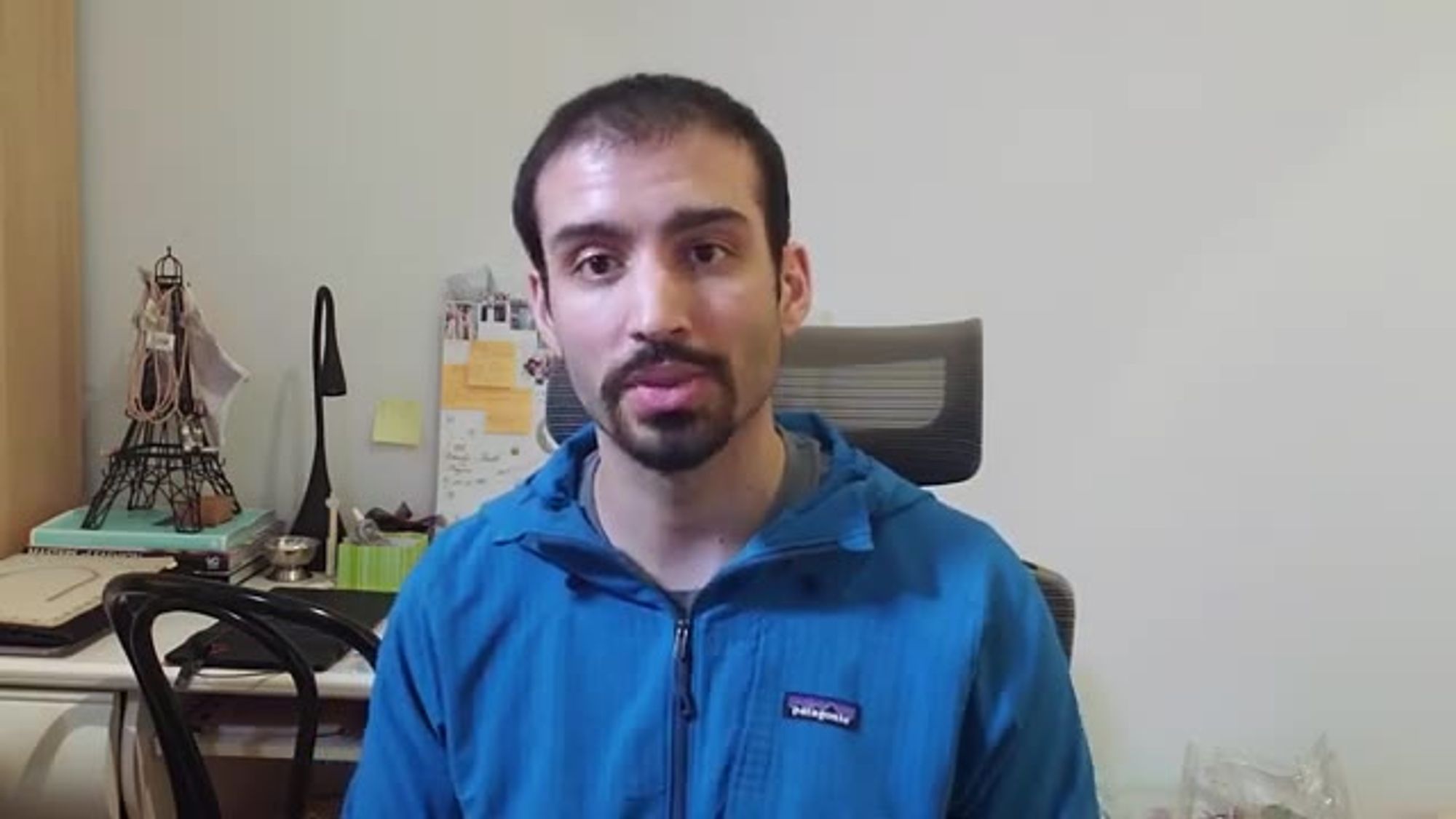
responsible for specific things
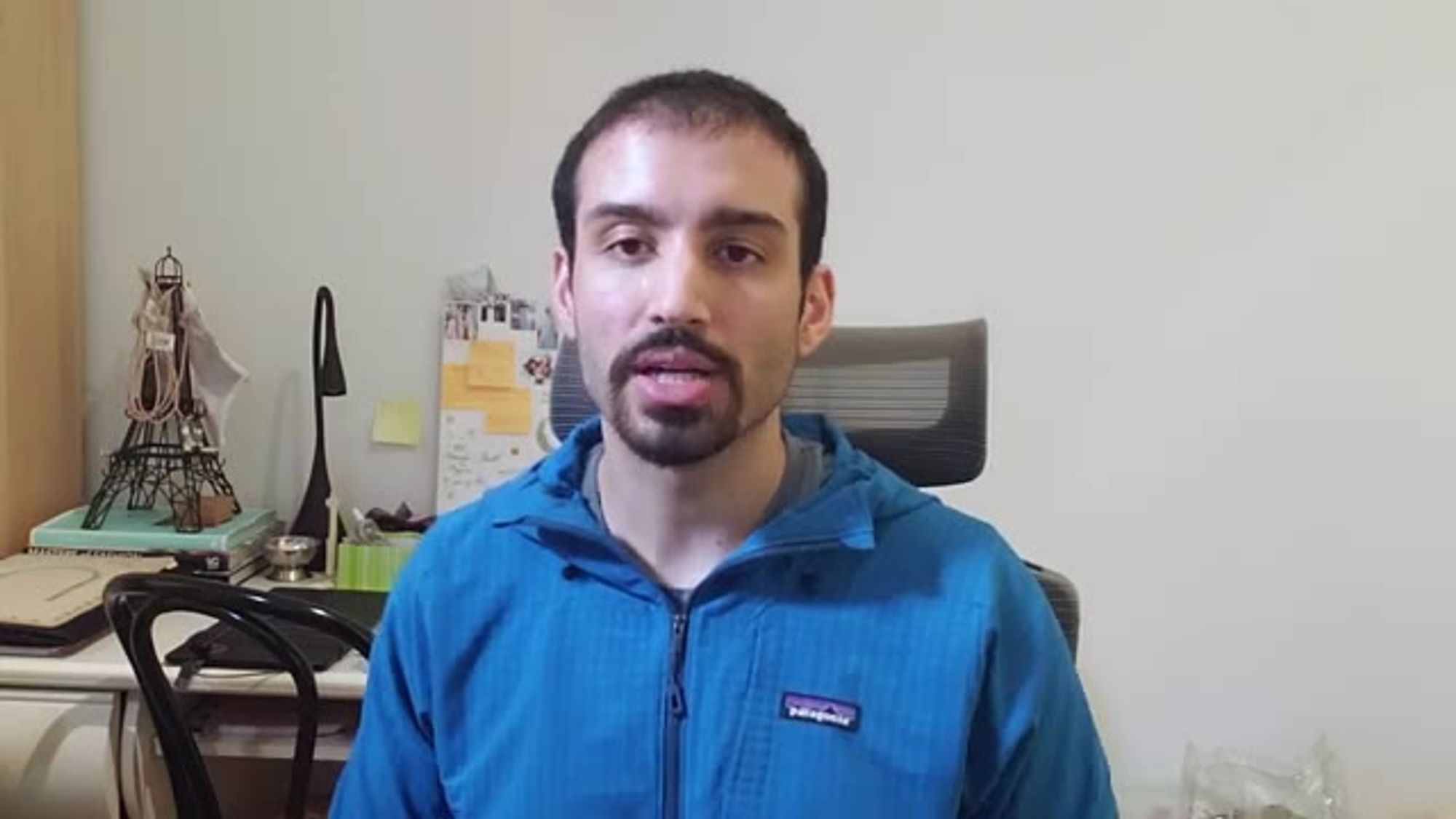
now the next major section that he talks

about is regarding
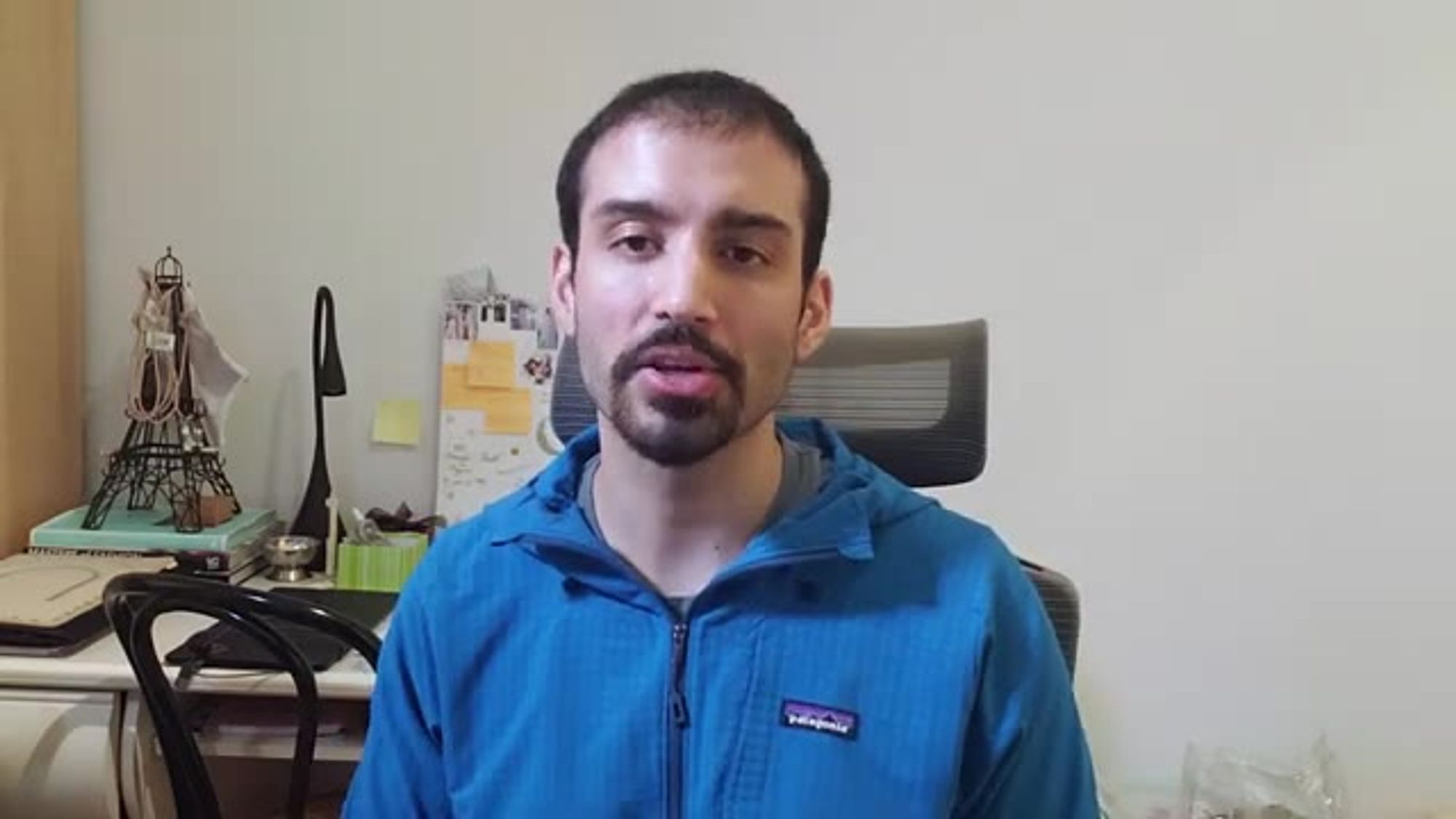
details and he makes this argument that
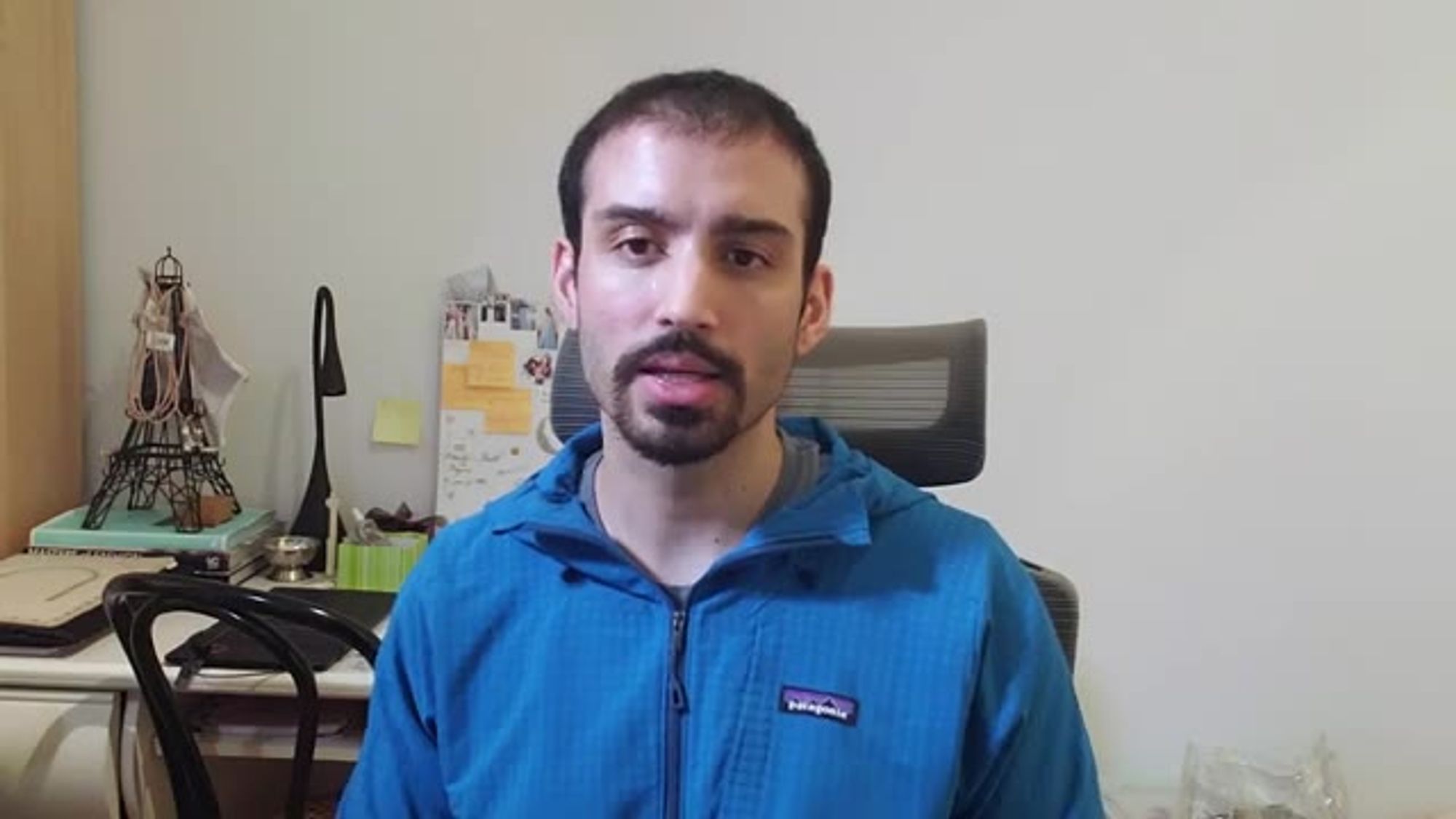
a lot of the things that we worry about
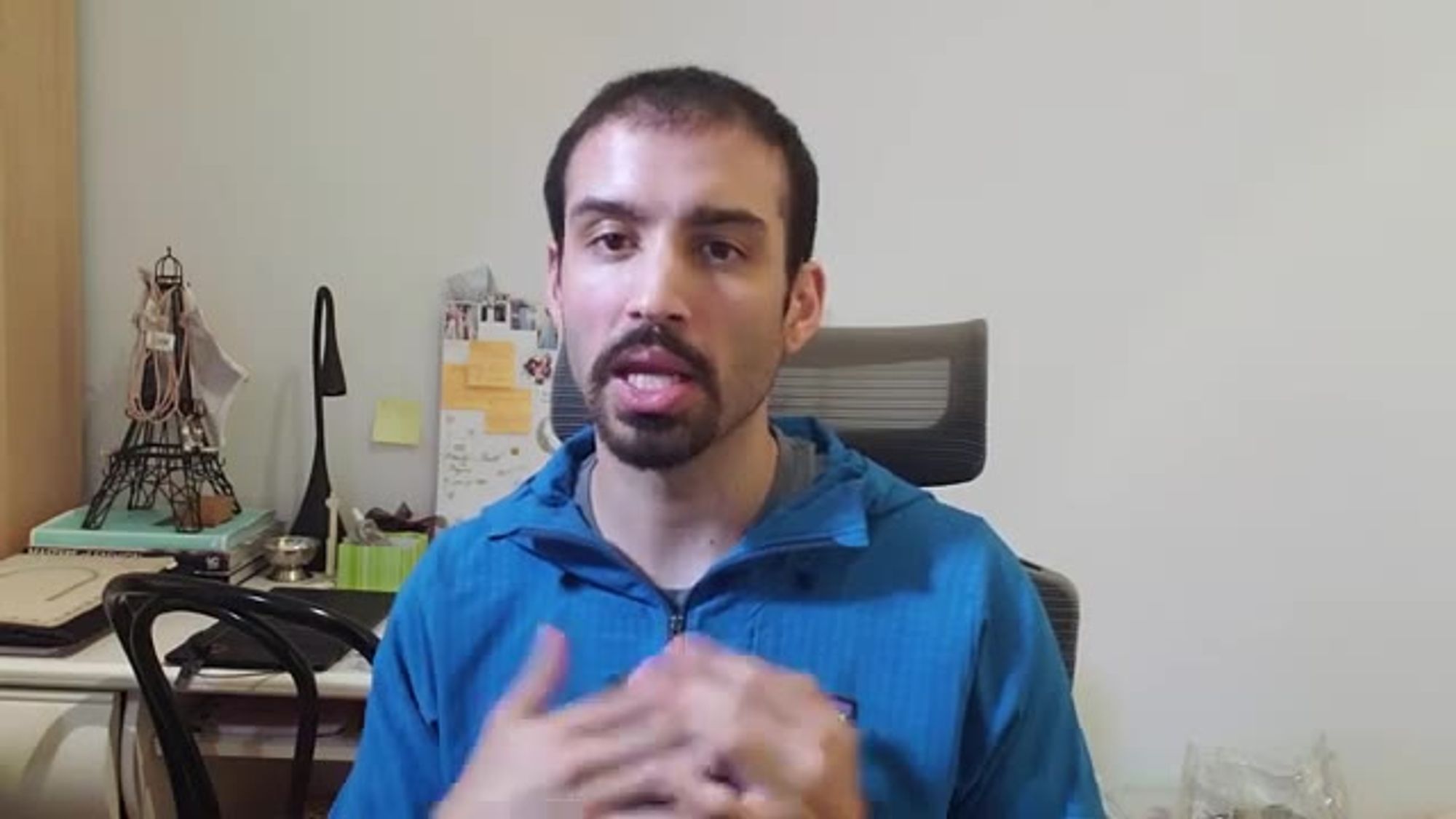
at the beginning of a project

don't actually matter that much until

you're further along in the process

so the idea is to delay these types of
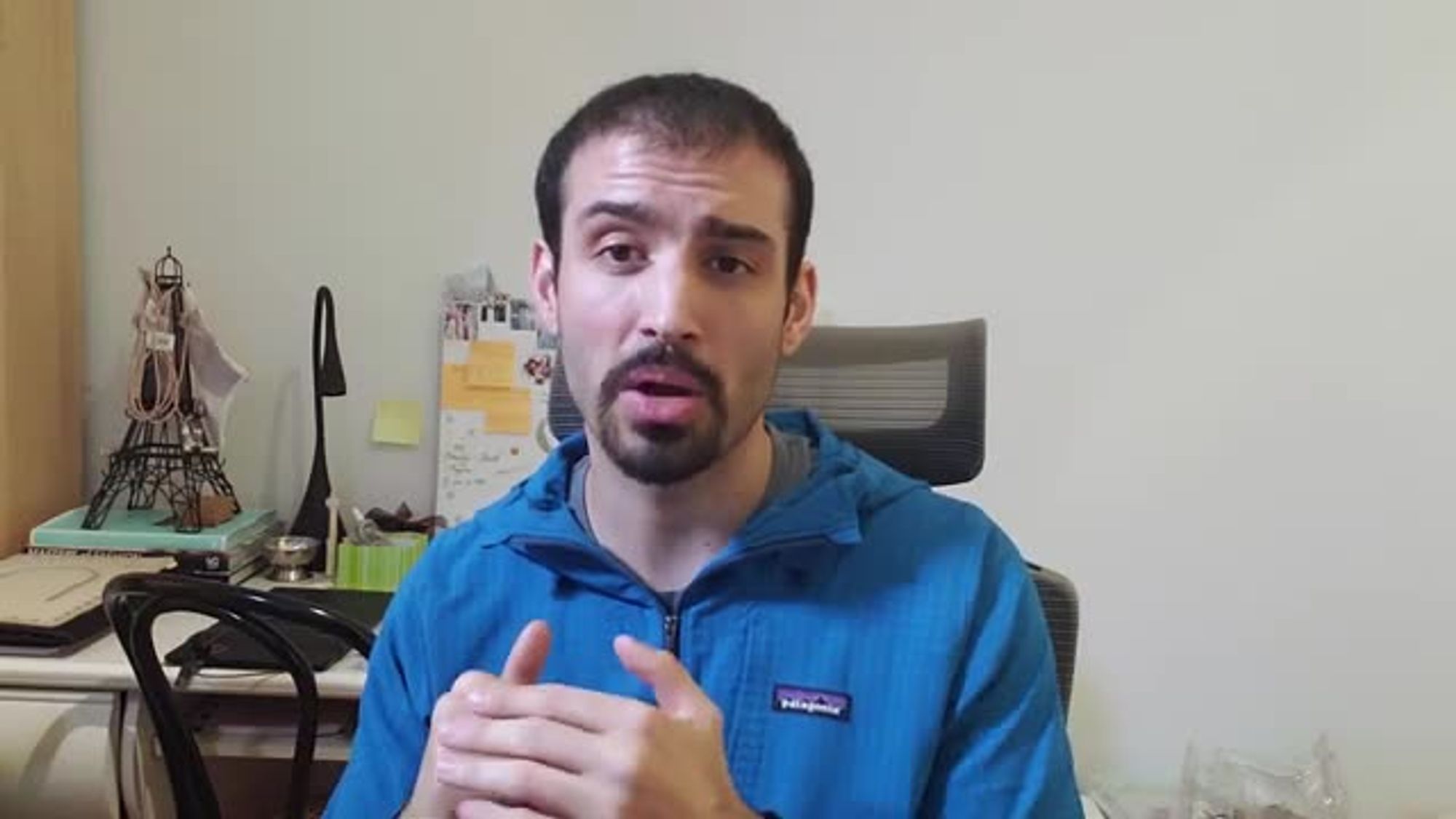
decisions to the last possible moment

to give you the most flexibility and

i'll give you a perfect example on this

uh in the book he's talking about

building this
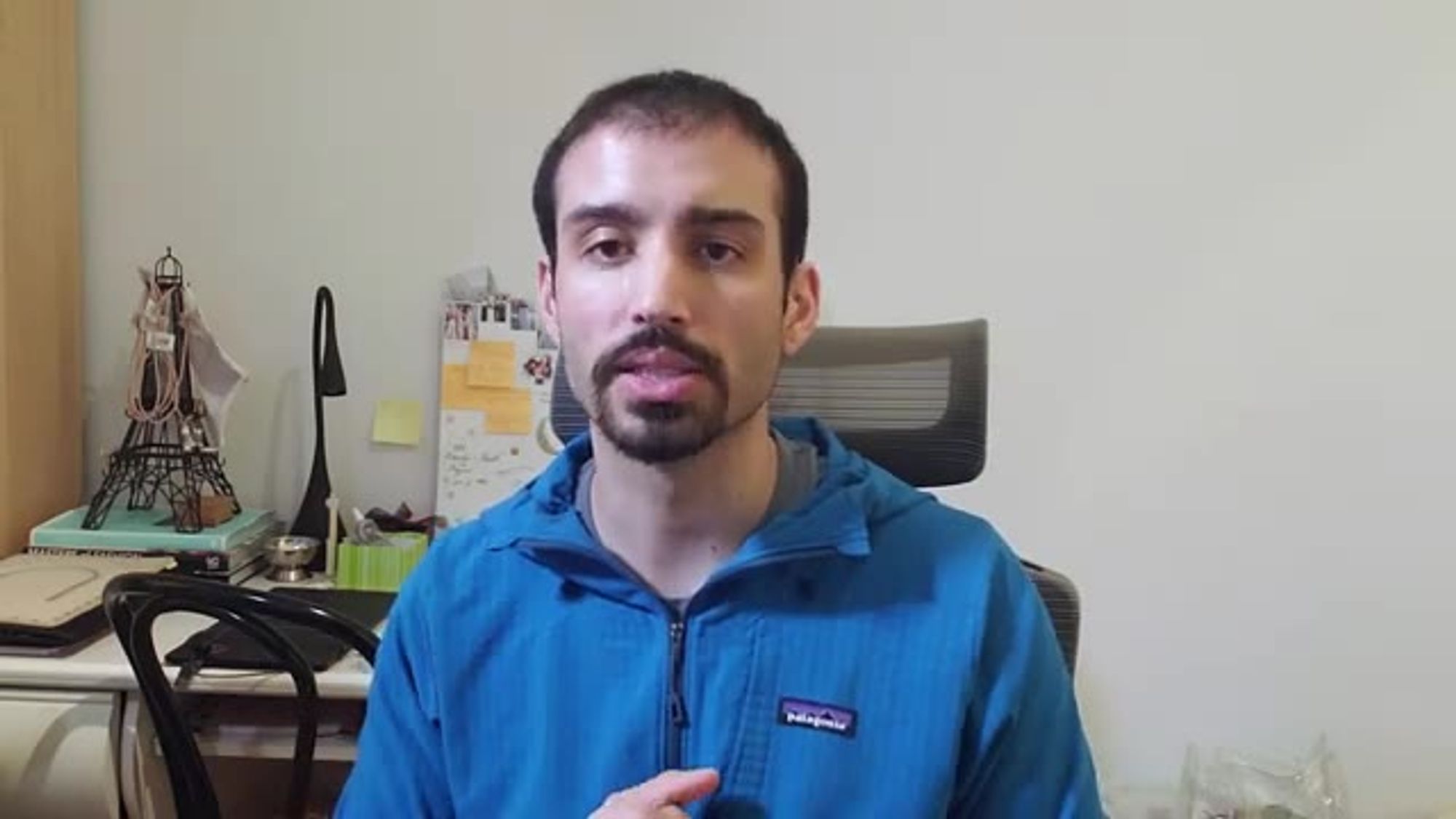
application with his son and he's

talking about how they didn't even have
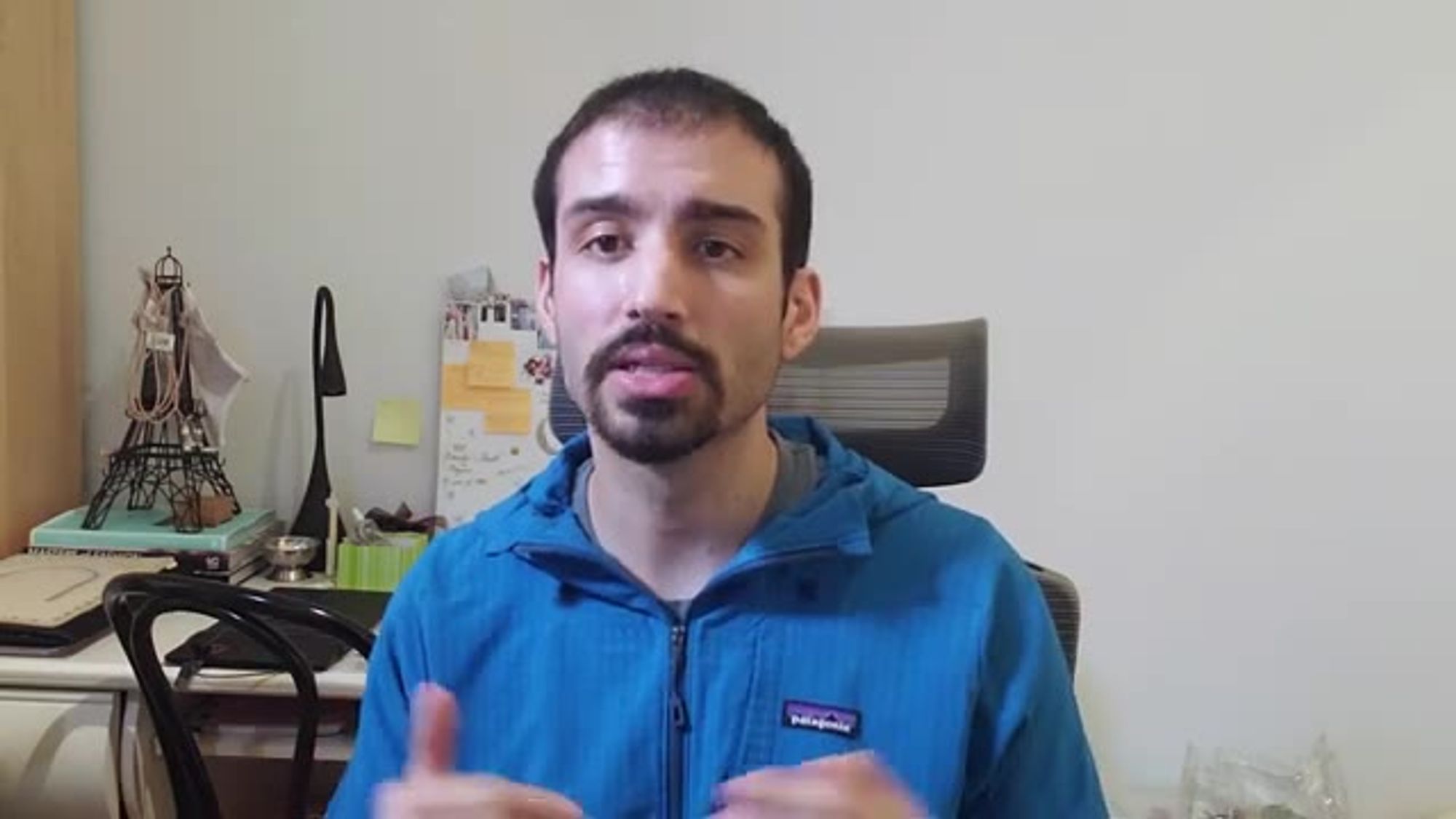
a database for this application
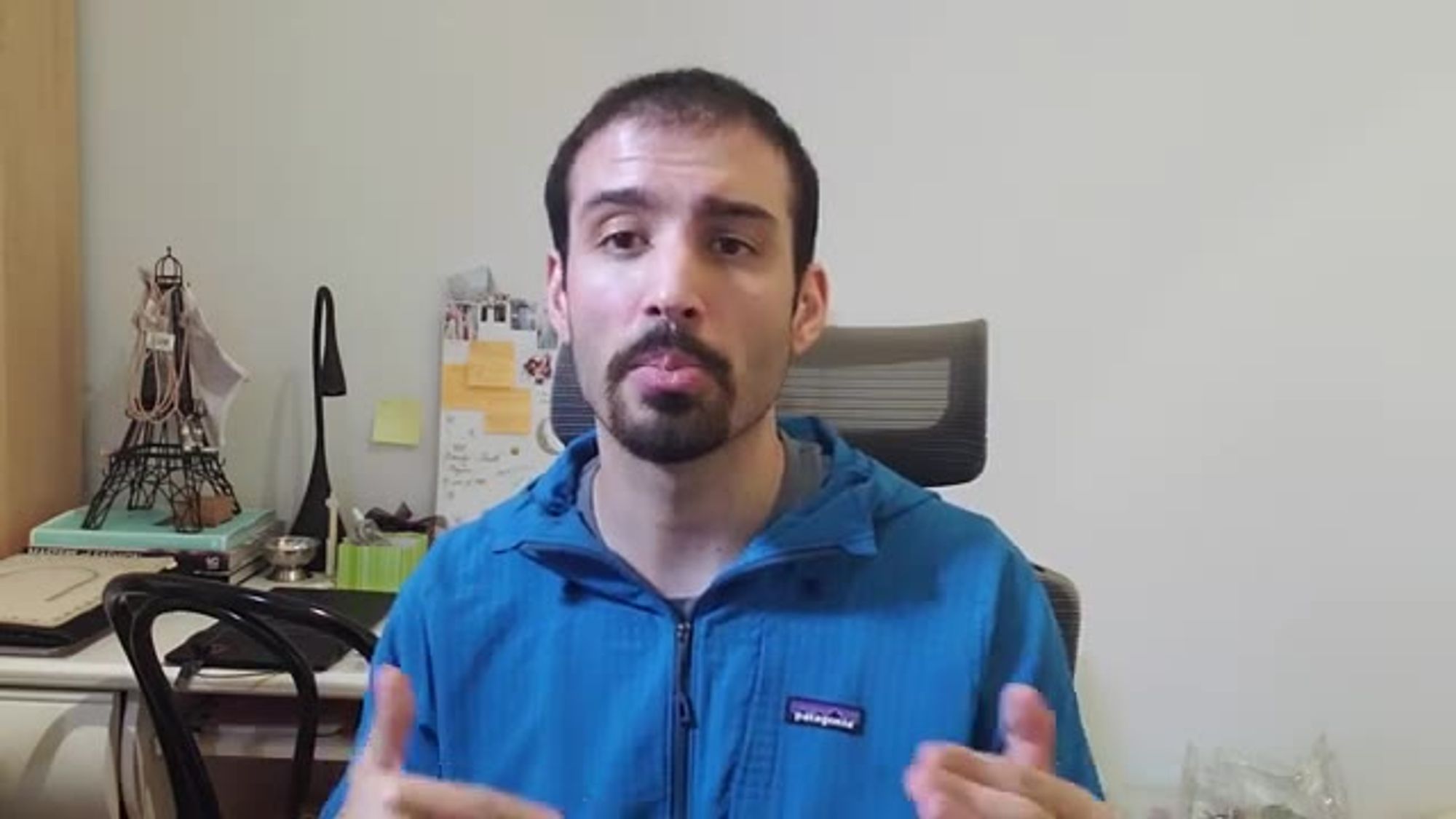
up until like a couple months before
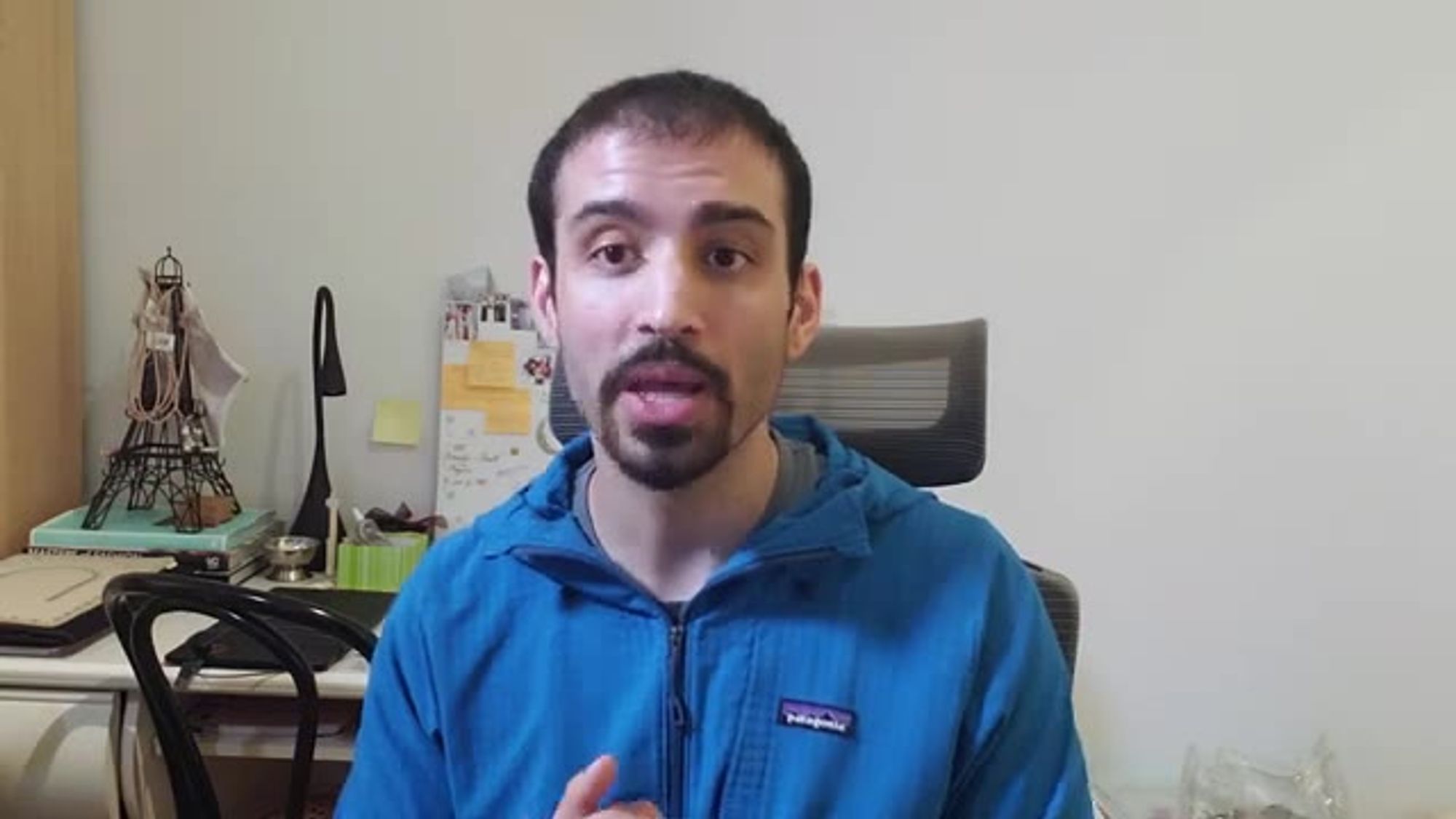
they were going to launch this thing

and the reason they need one is because

they built an interface that sits

in front of the database so now all the

calling code doesn't have to know about
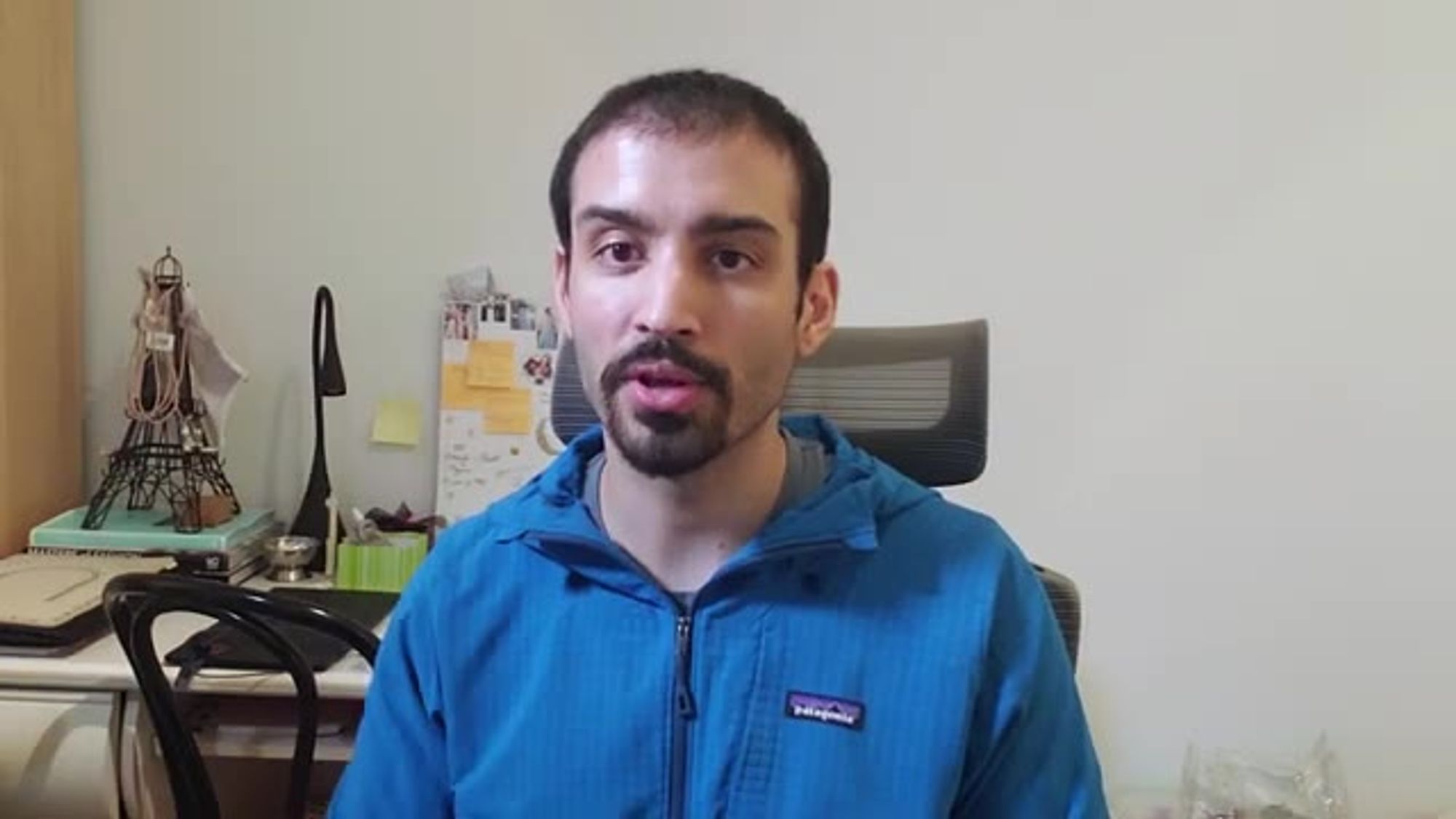
the the implementation of the database
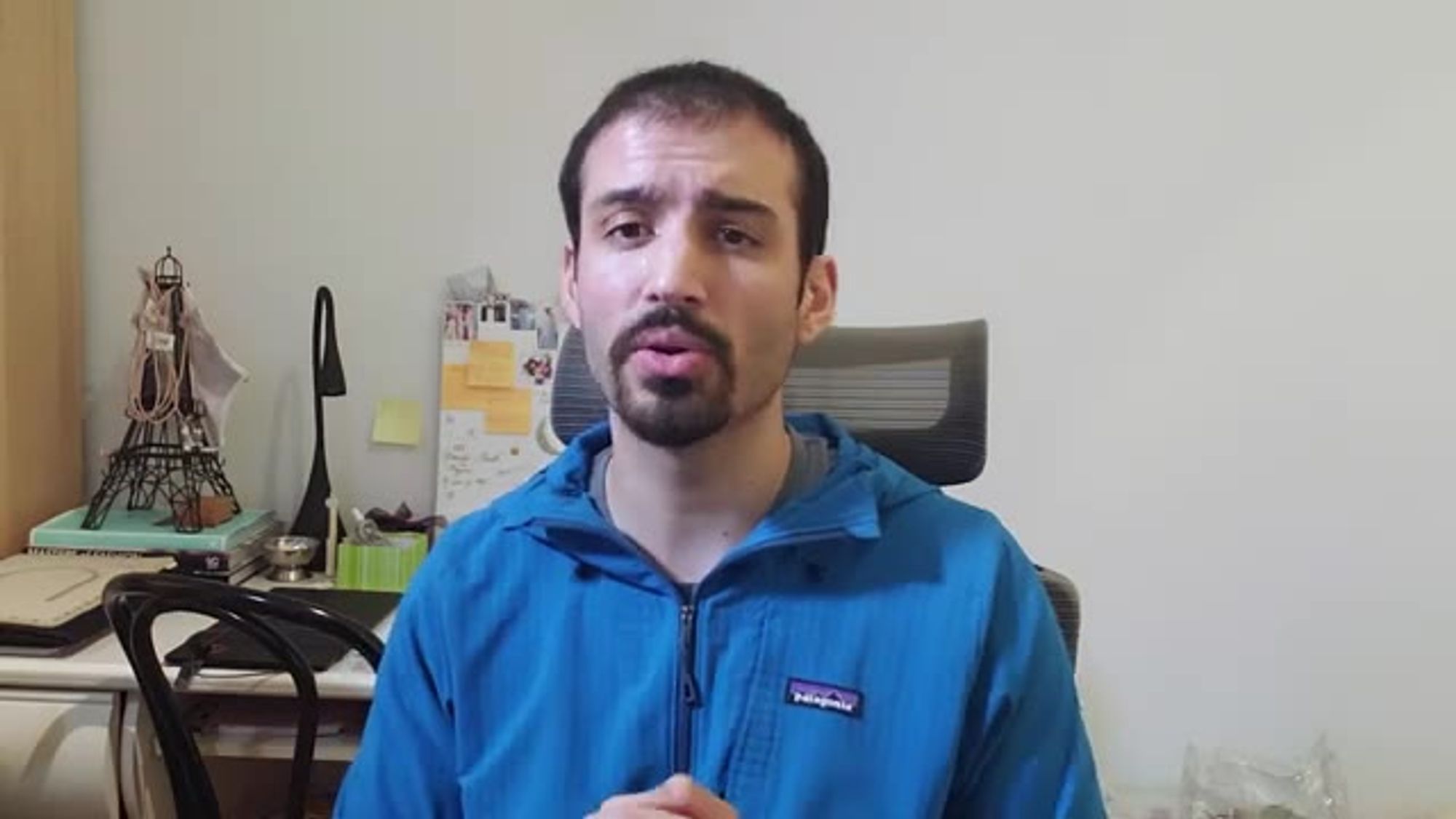
or even whether or not

you know it's a nosql database or a
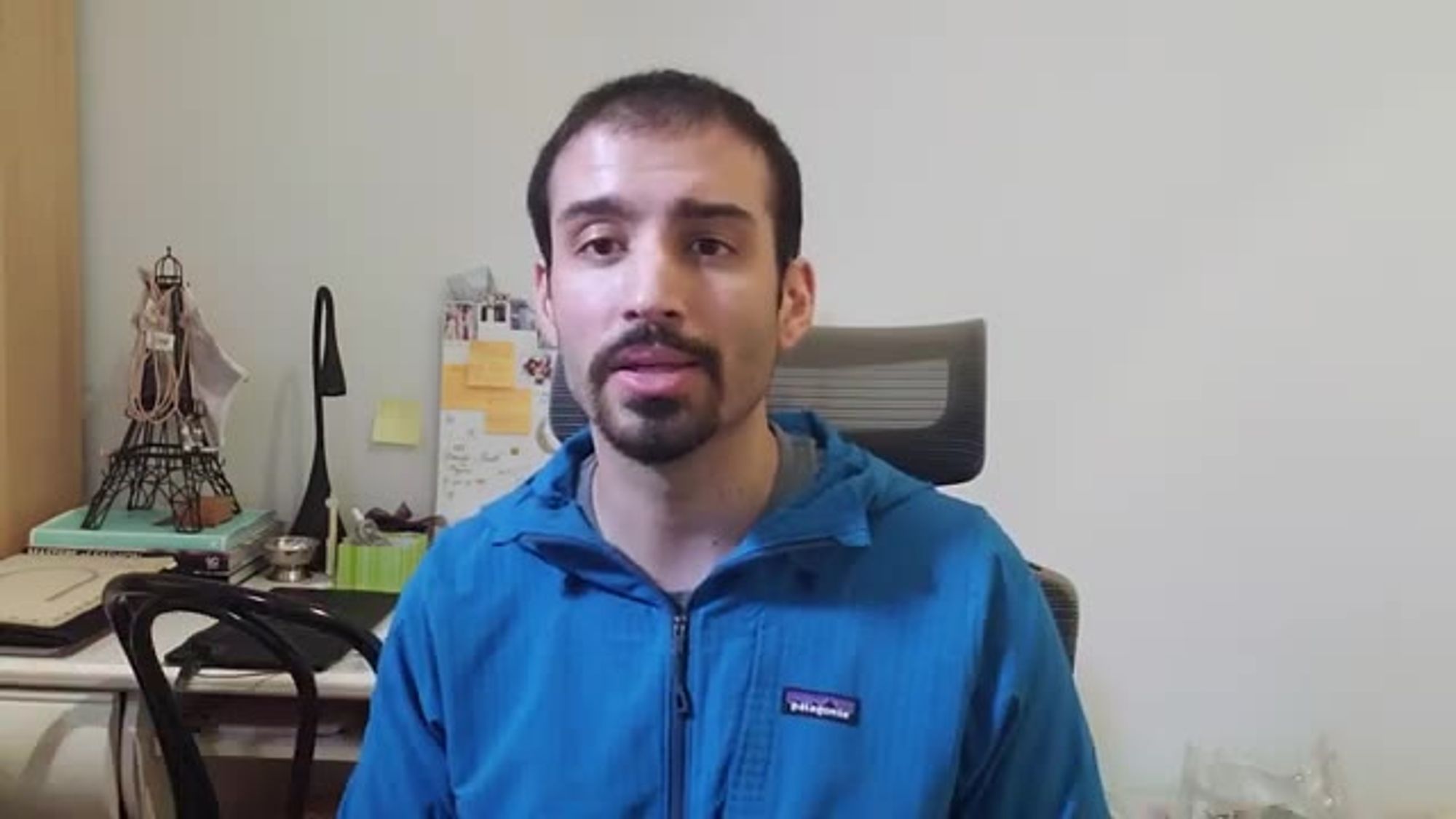
mysql database
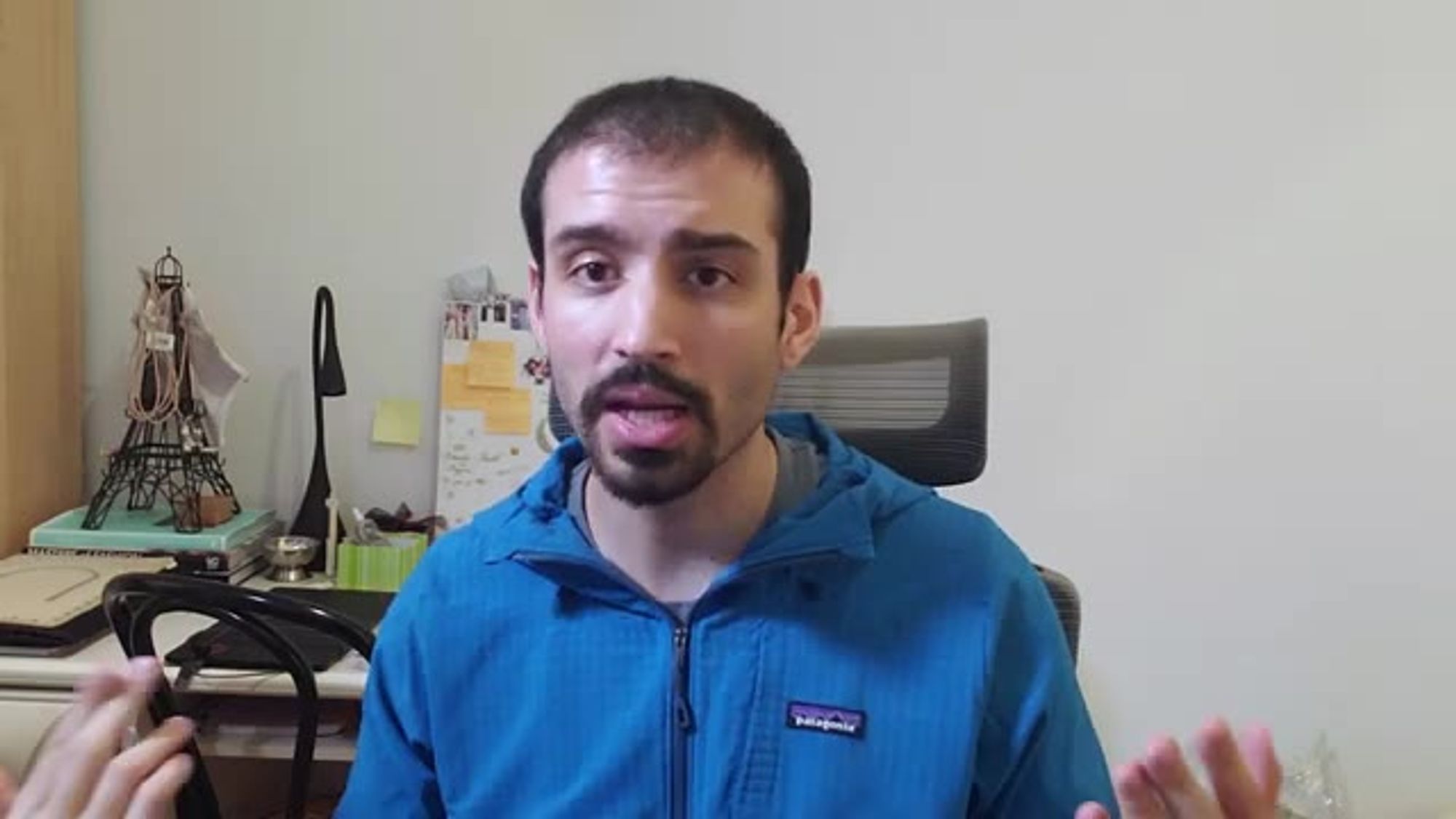
or a graph database or whatever it is it

doesn't matter
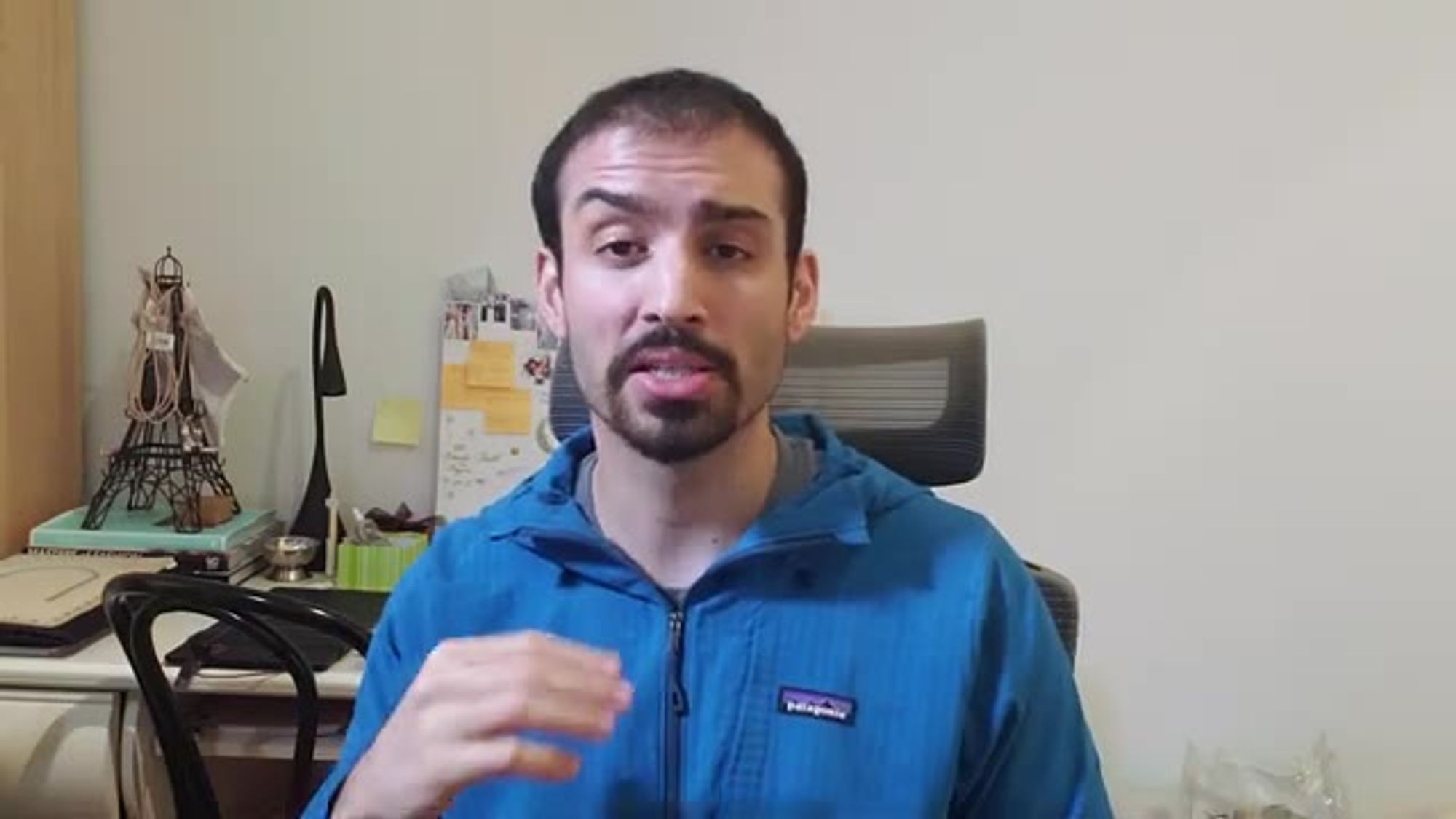
that decision can be delayed up until a

very later point

now for a lot of applications that's a
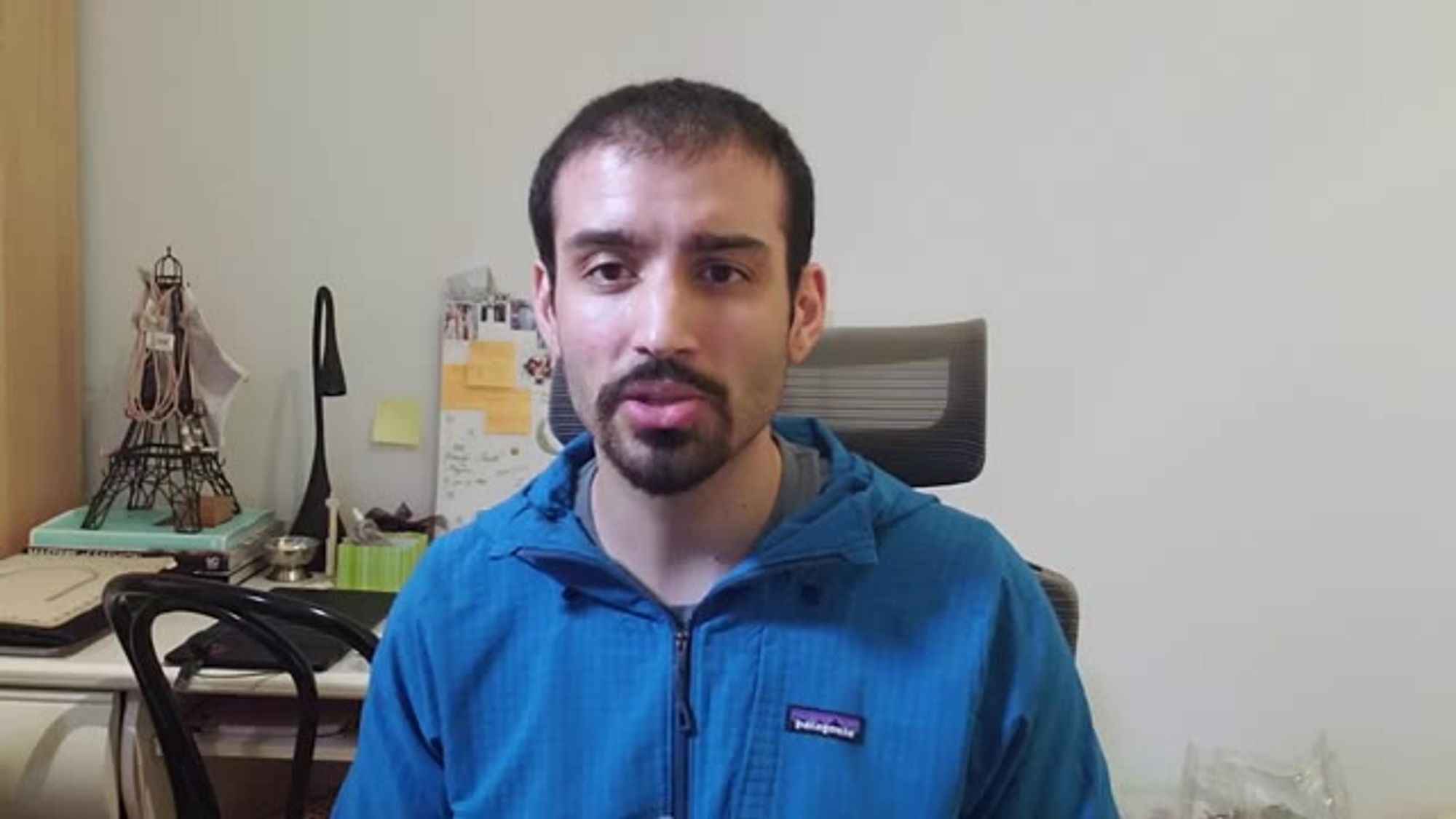
very wise thing to do because

us as developers we get obsessed with

certain types of technologies and we're

like hmm which one should we use here
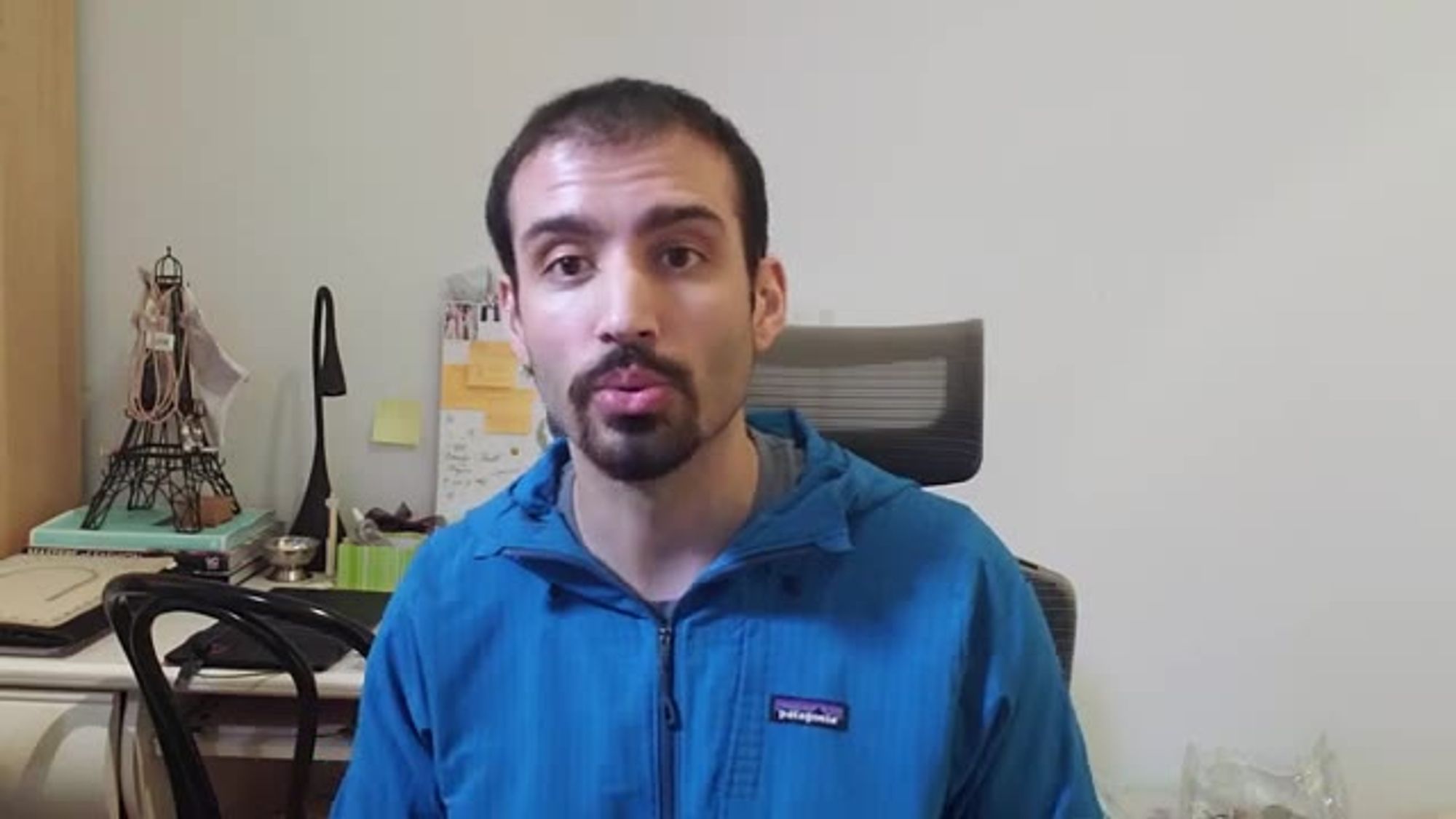
which one's a better idea and really

that kind of stuff doesn't really matter

until a later point in time
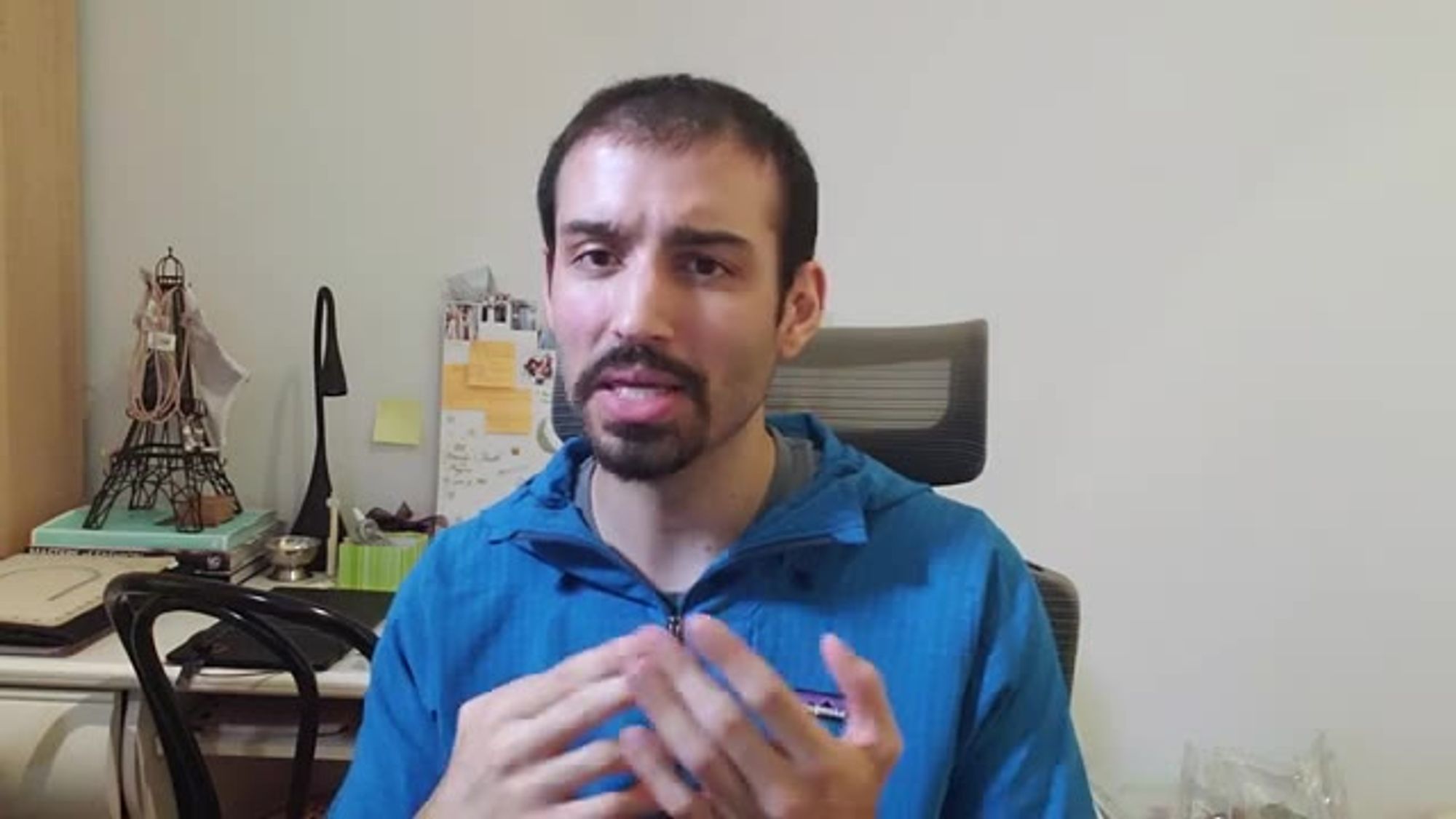
uh he even mentions that in this kind of
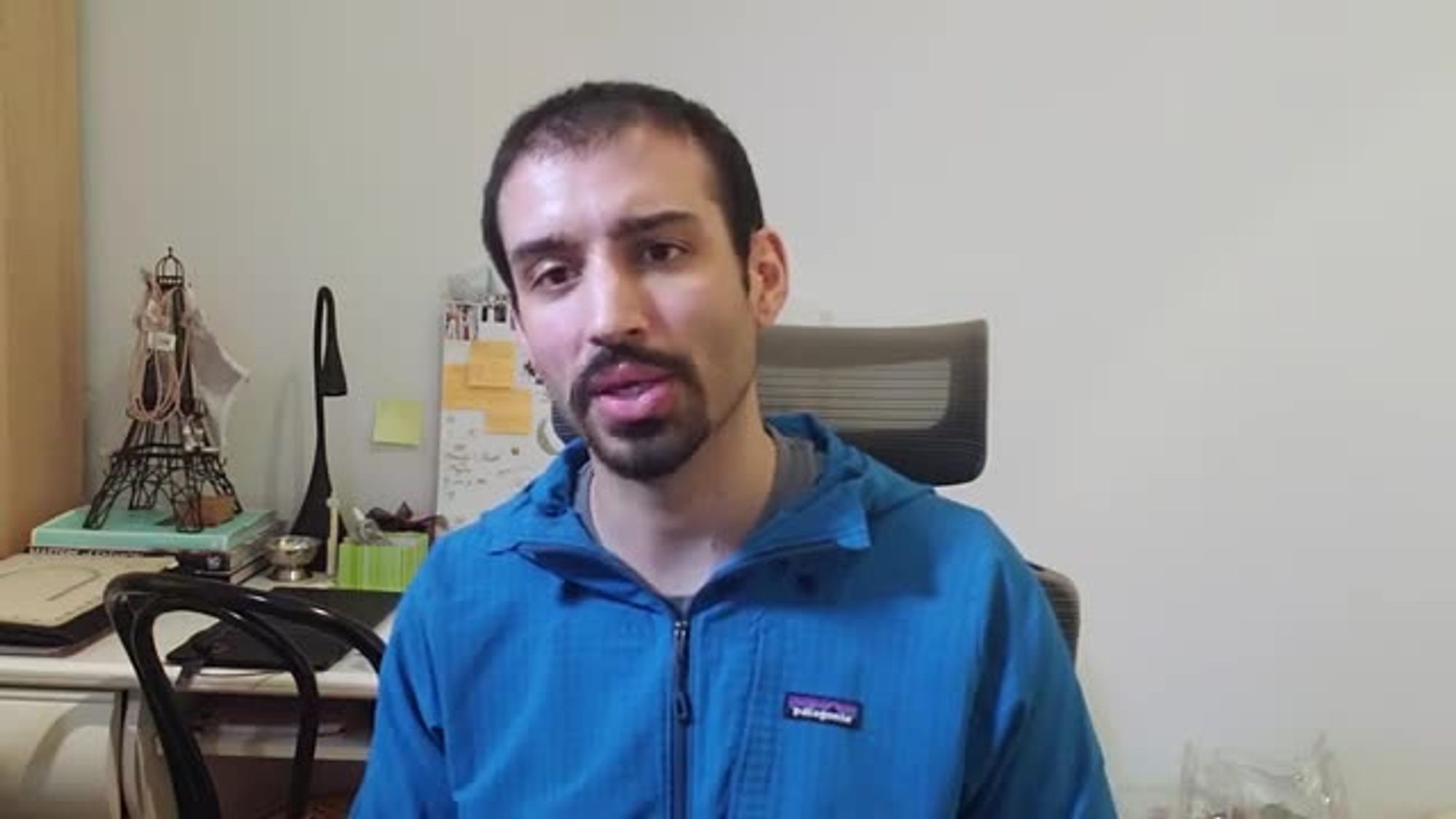
example he was talking about they didn't
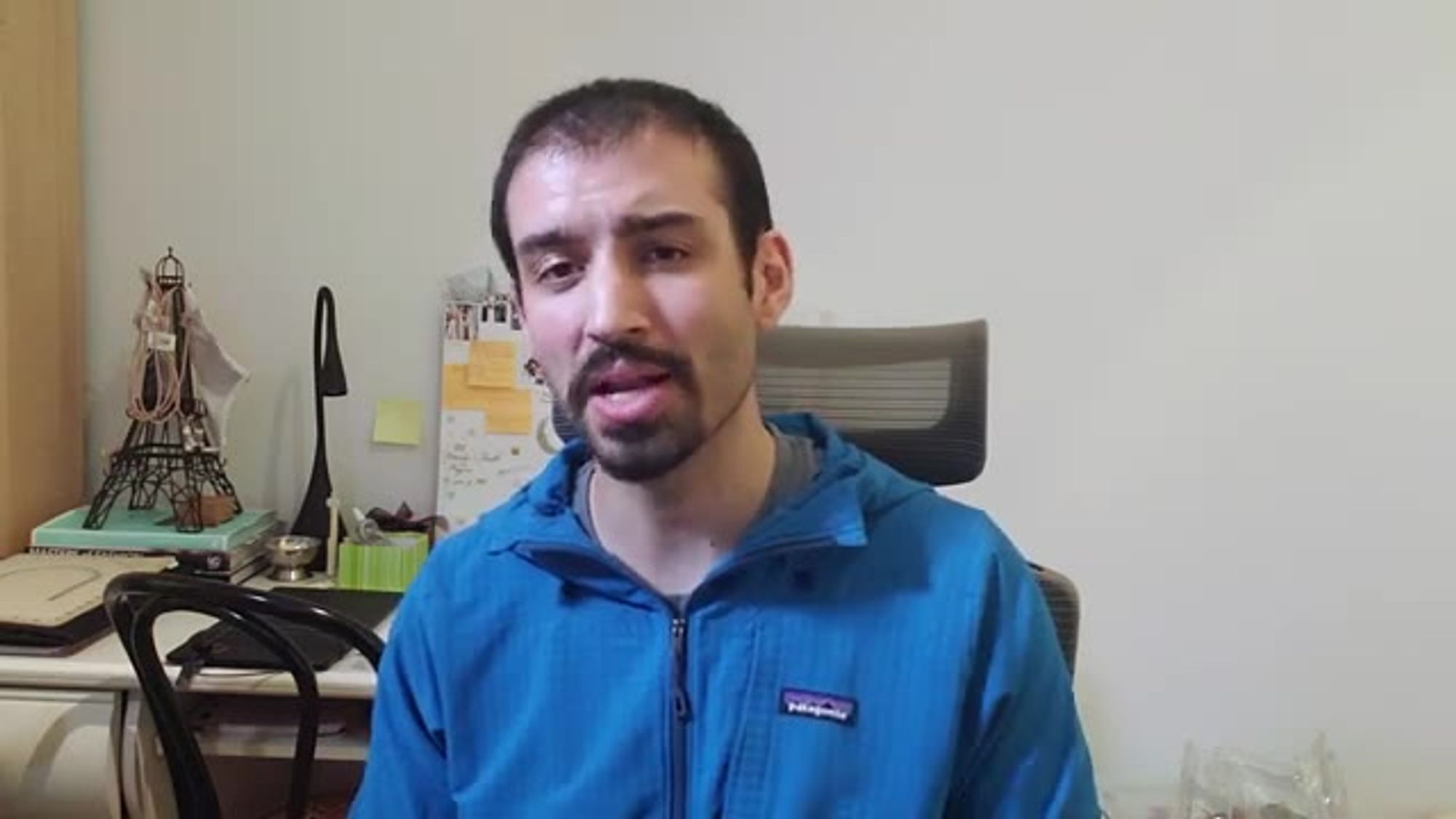
have a database they were writing to
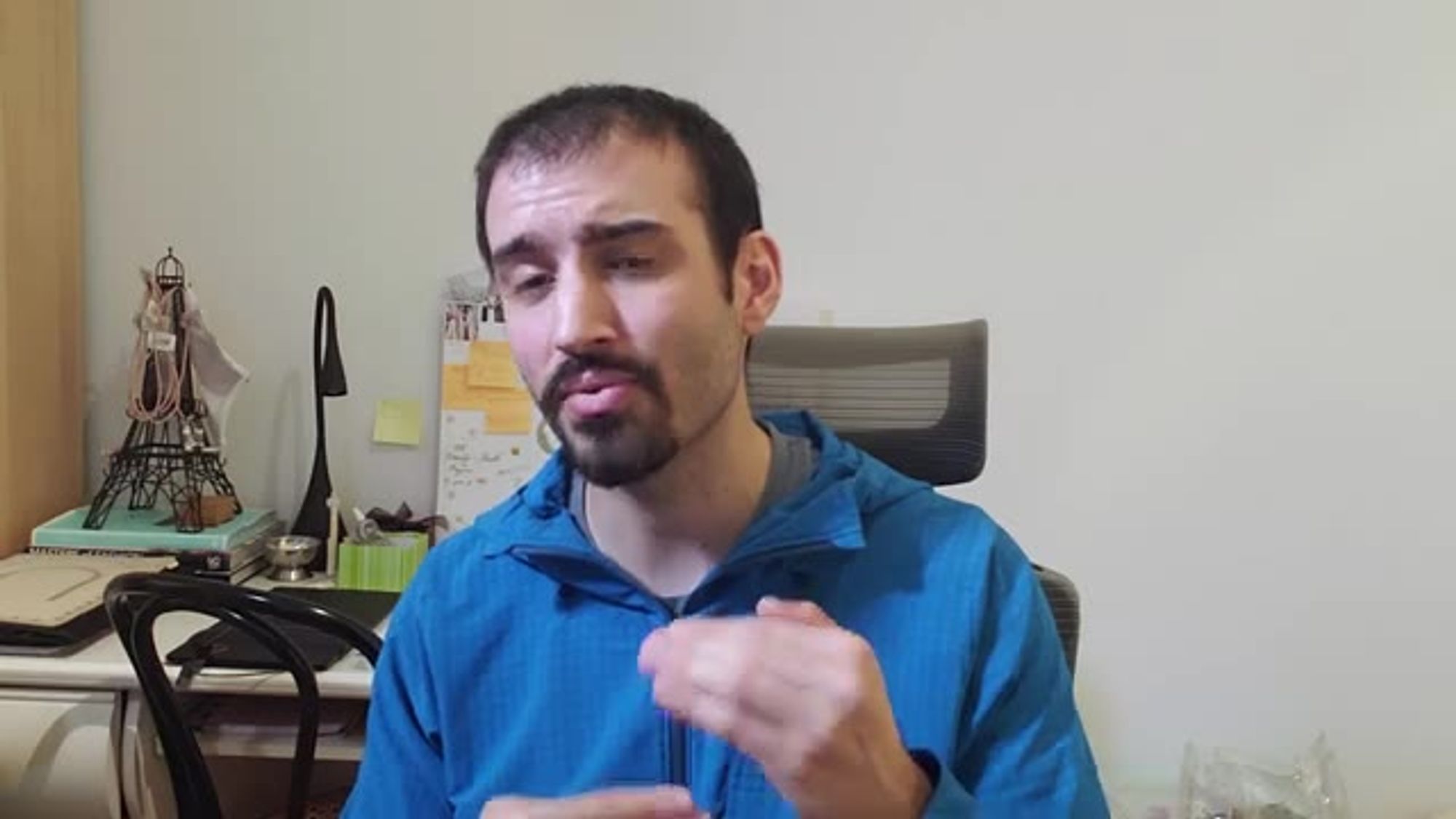
flat

files for a very long period which i
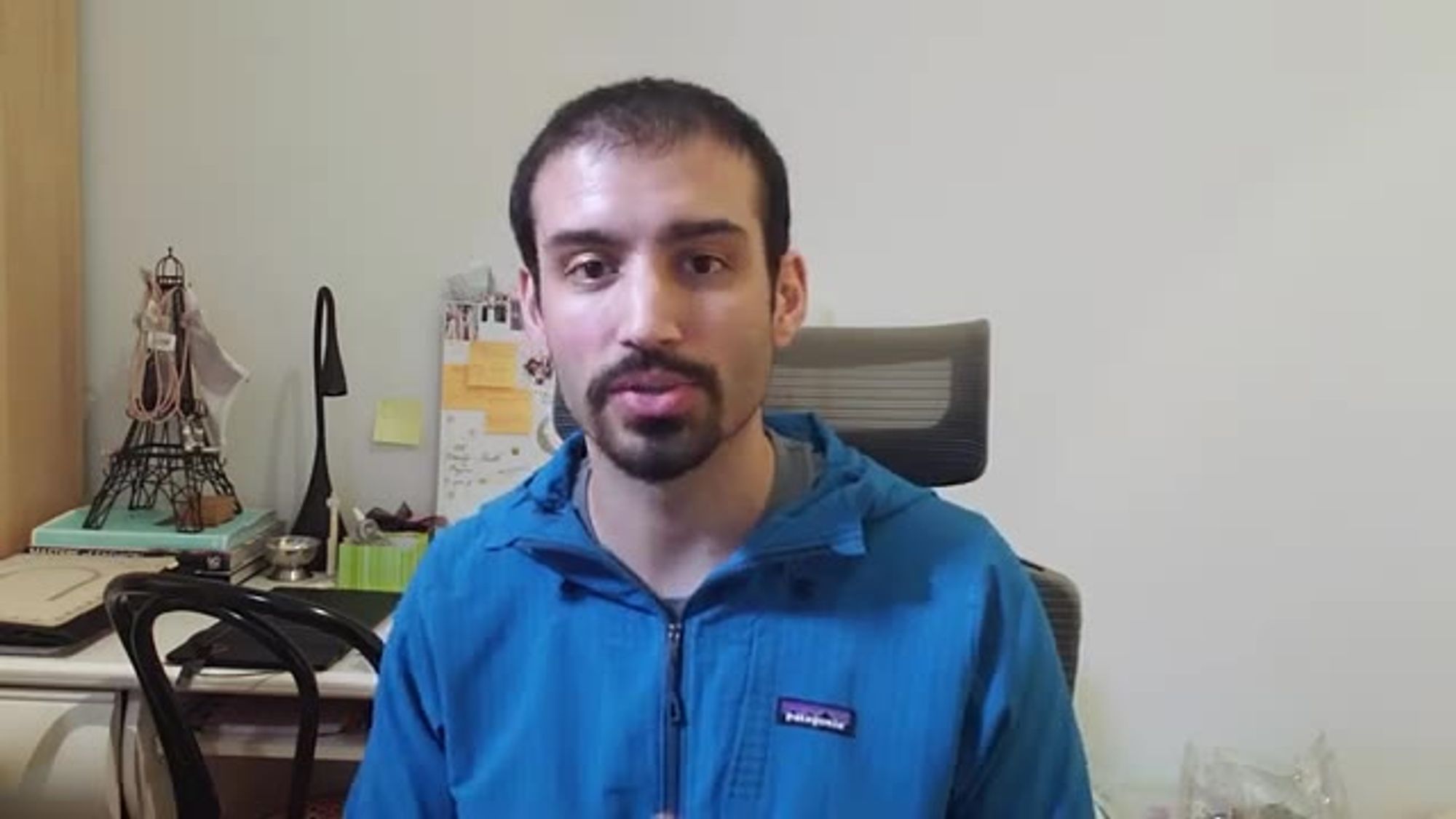
thought was just fascinating

and another key part of this discussion
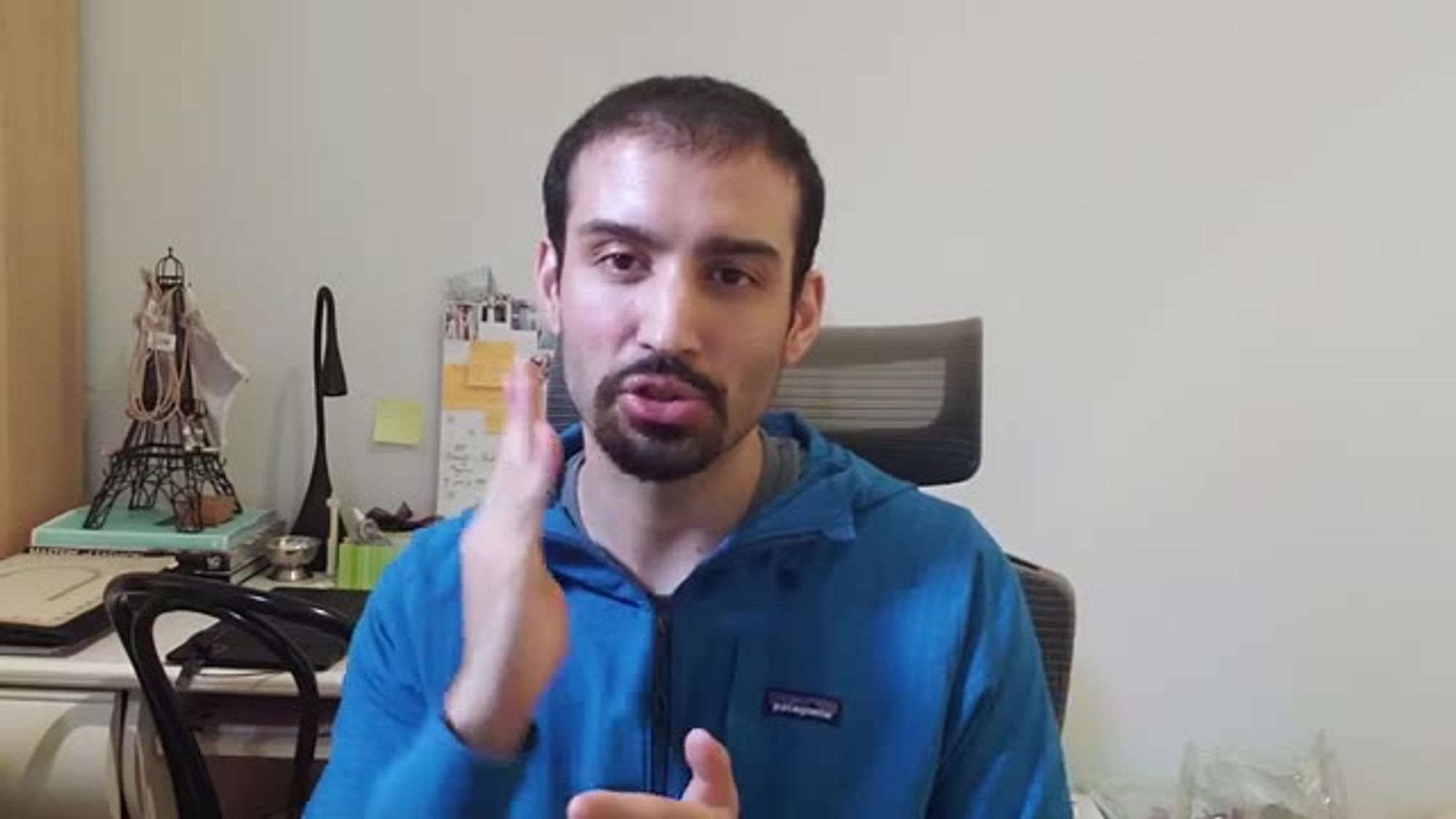
is like drawing boundaries that's what

service oriented architecture

kind of thinking allows you to do it

allows you to draw boundaries between
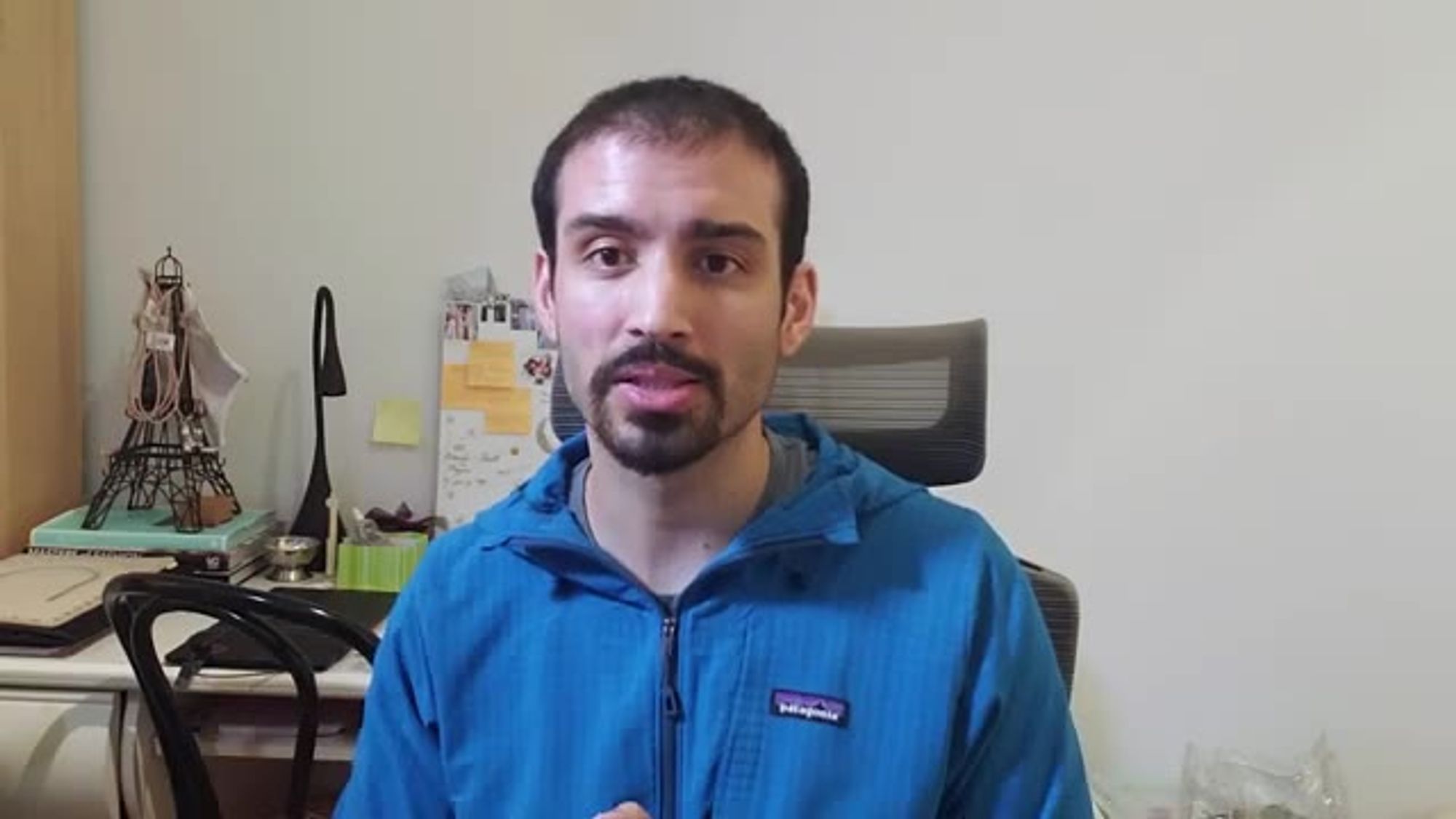
systems so that they're elegant they

have interfaces
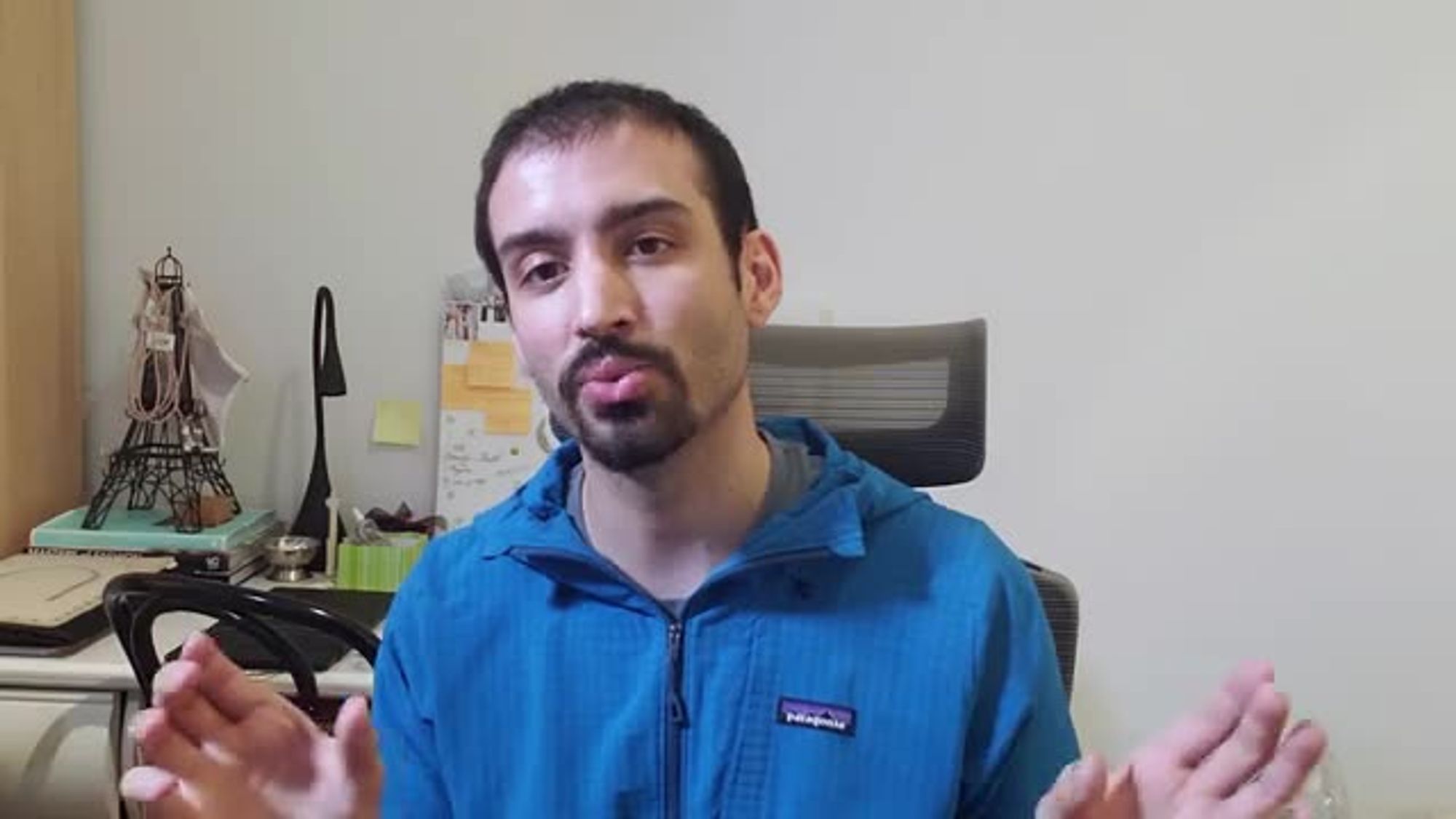
and the ways in which these two
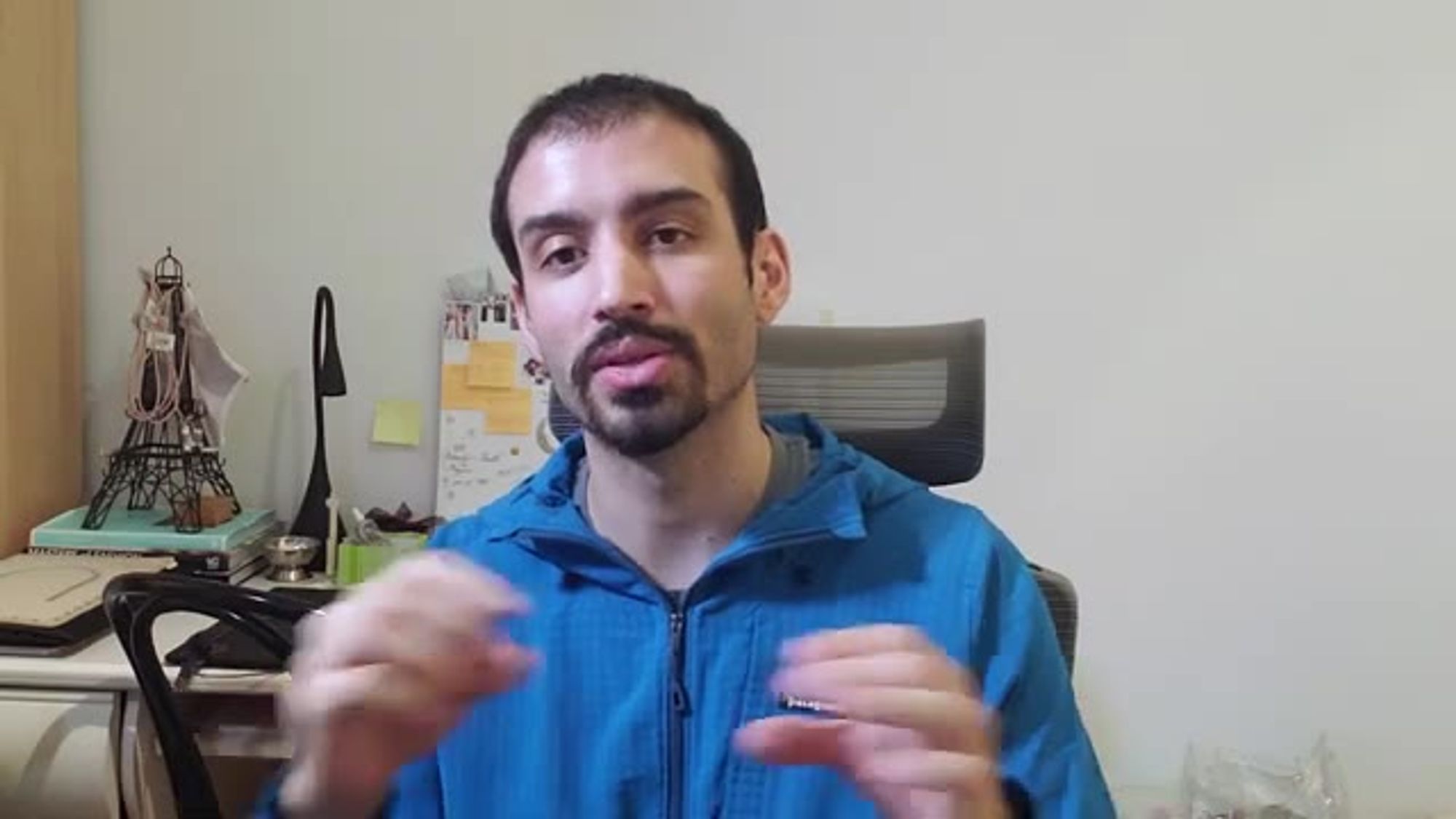
different systems or n number of systems
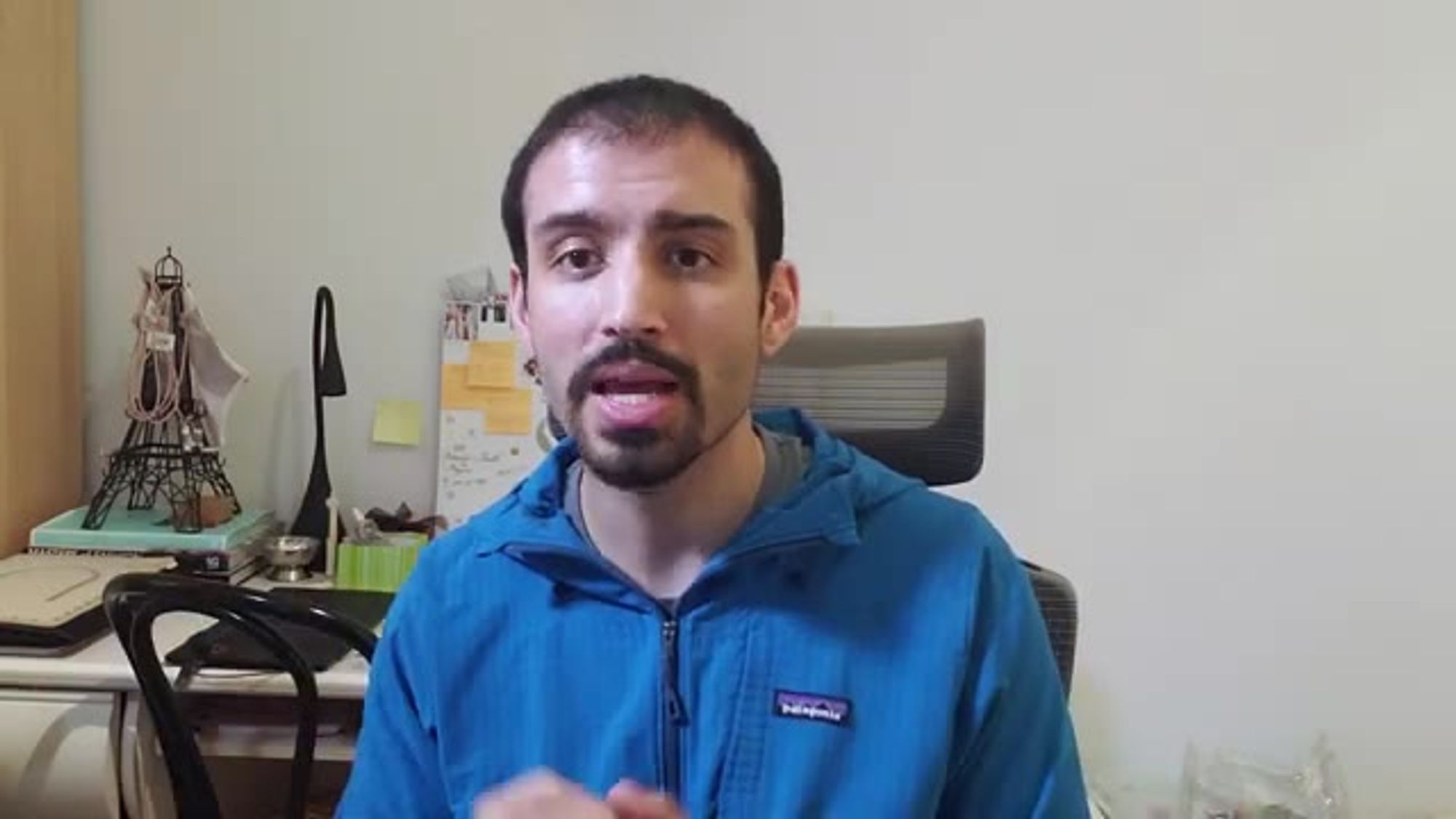
interact with each other
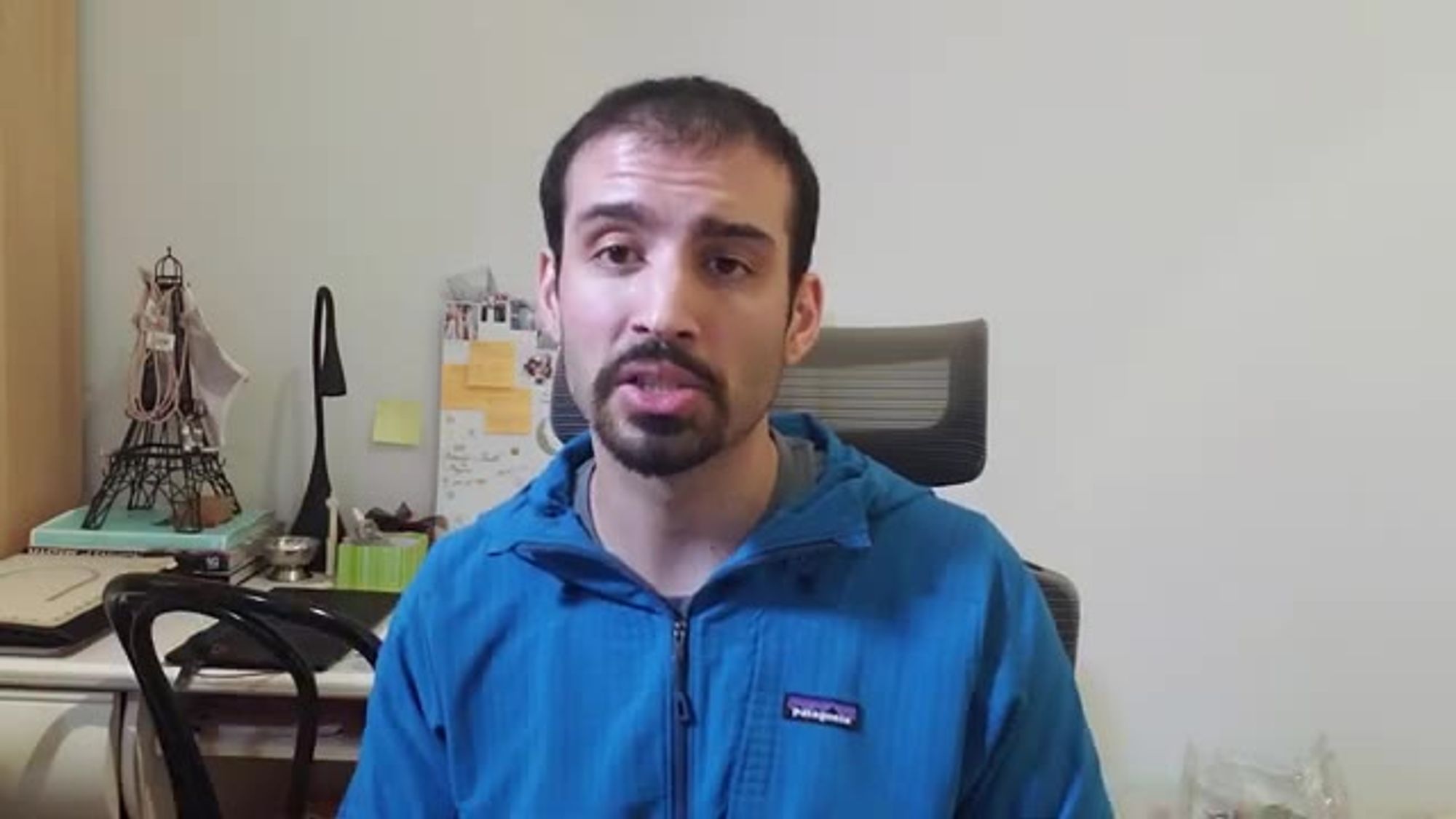
is formalized through an interface so
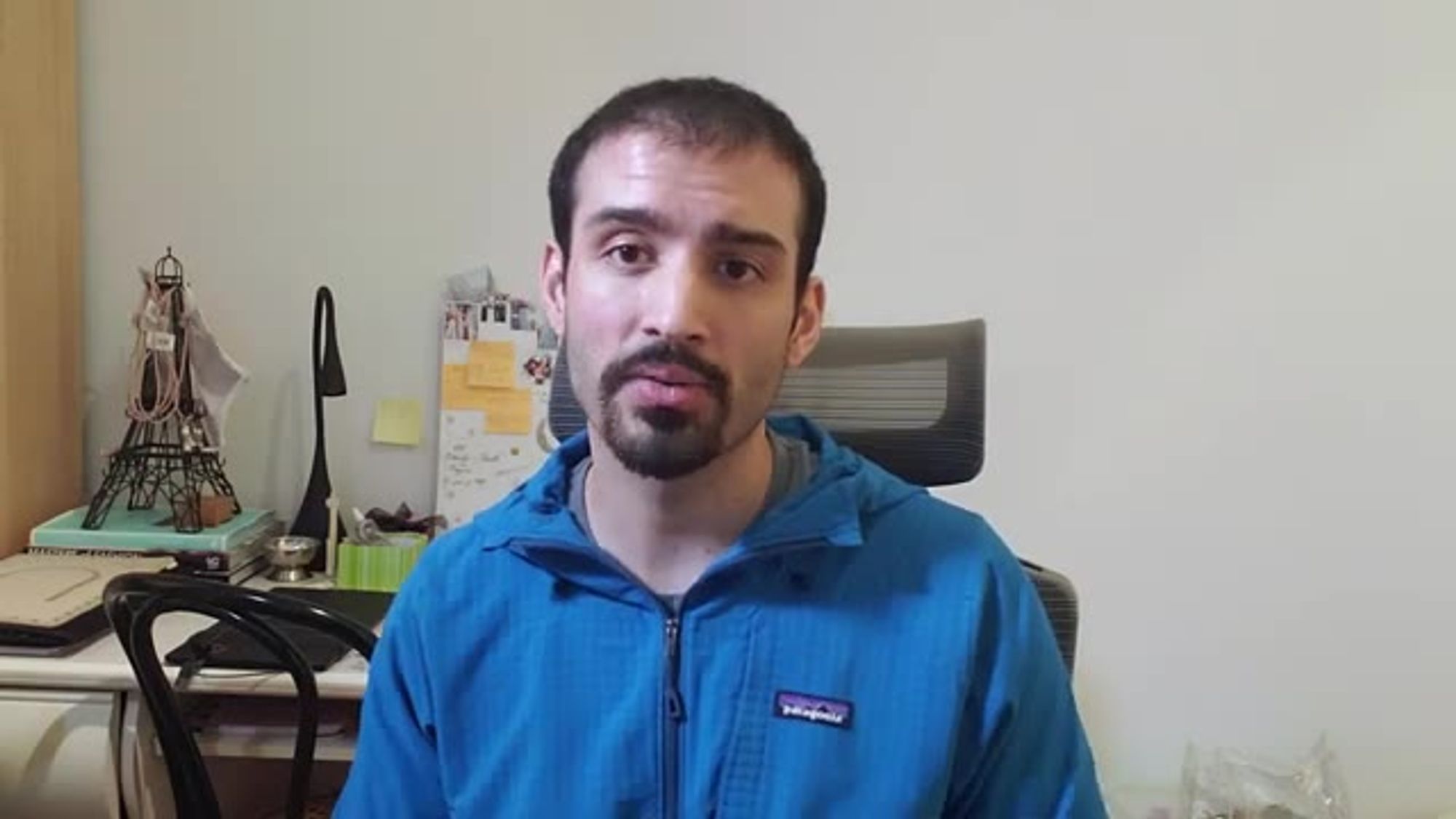
that's kind of a big kind of takeaway

that he kind of repeats throughout the

book
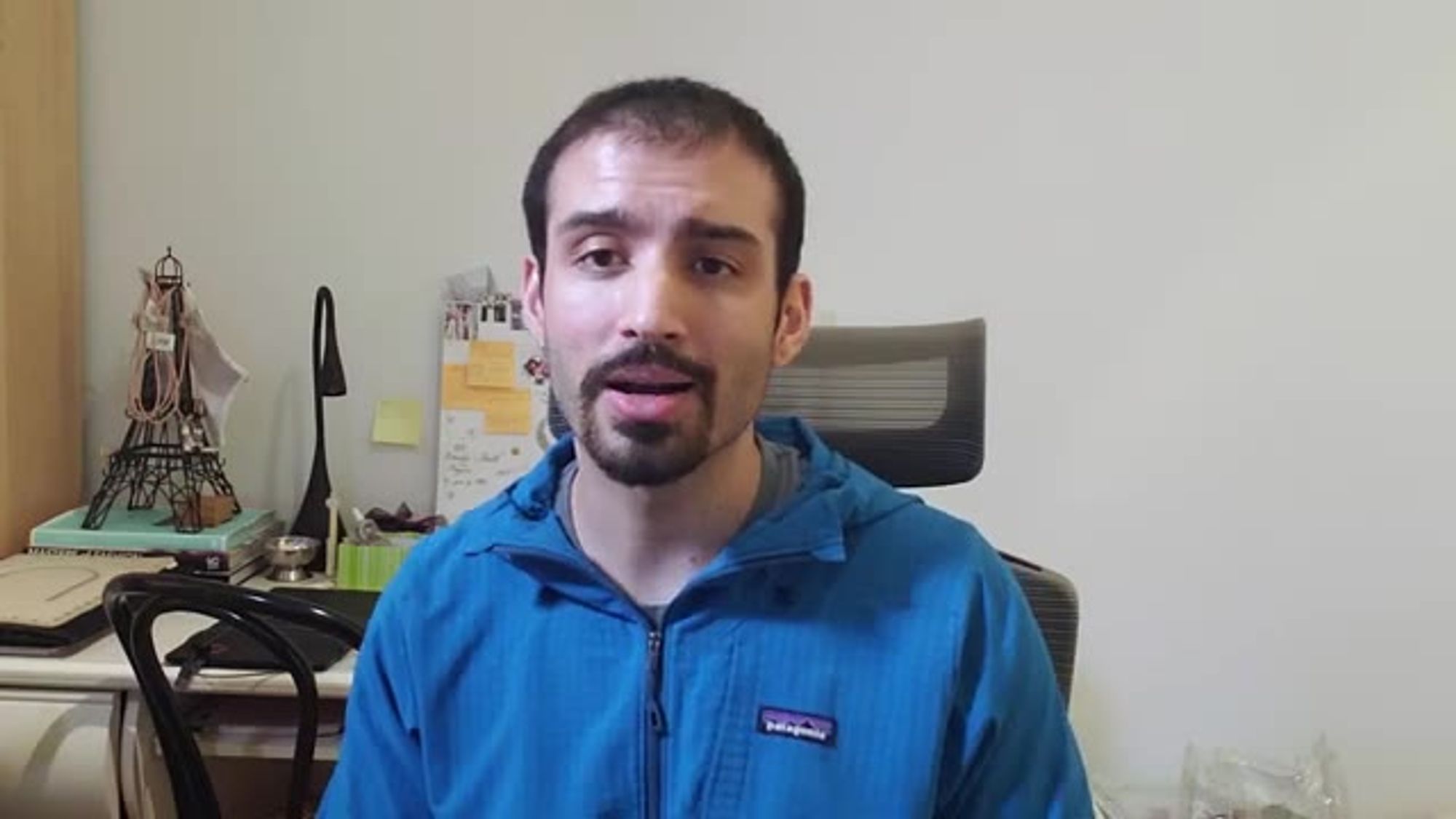
there's also this talk on entities and
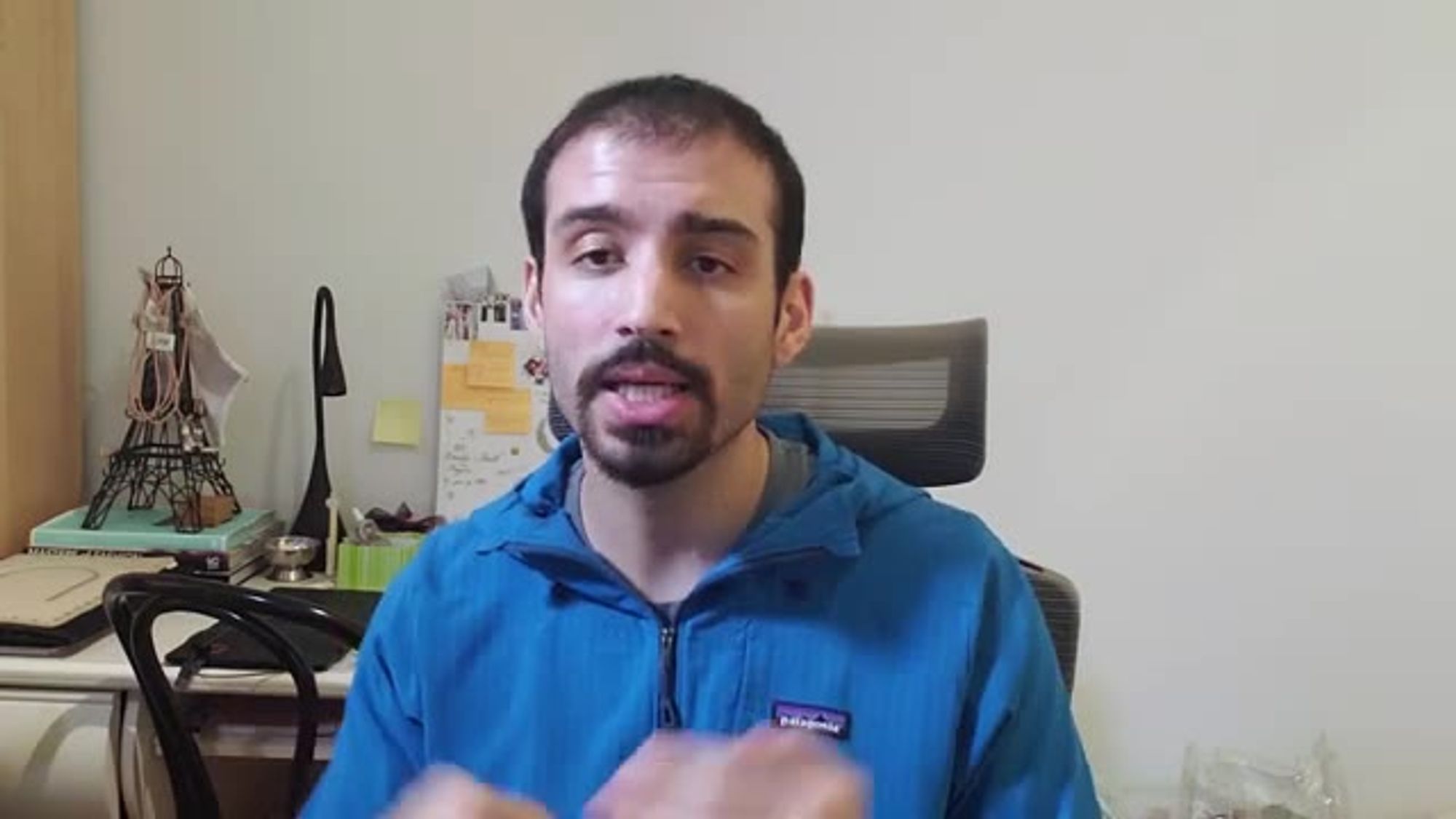
policy
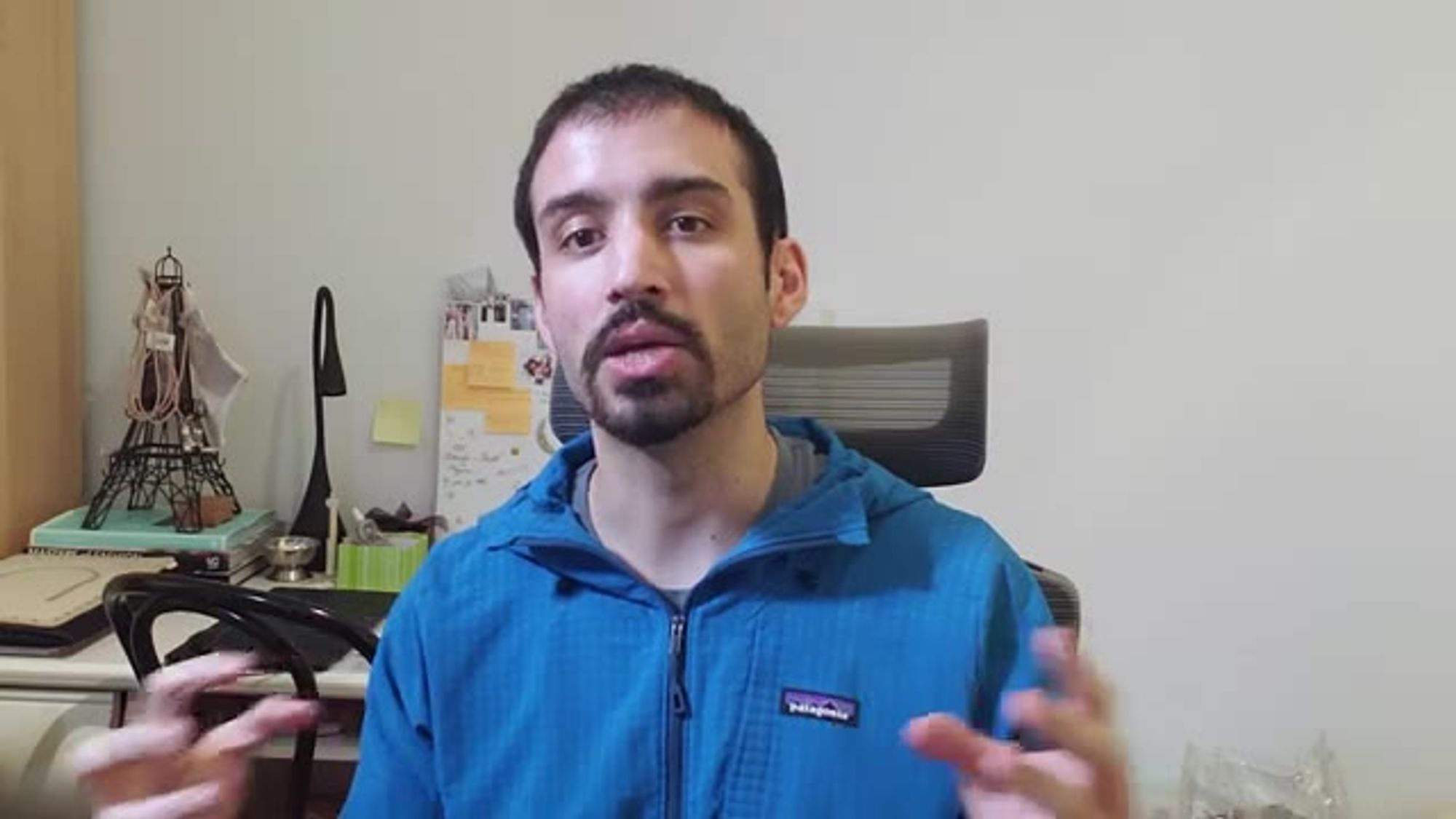
and your entities are kind of the core
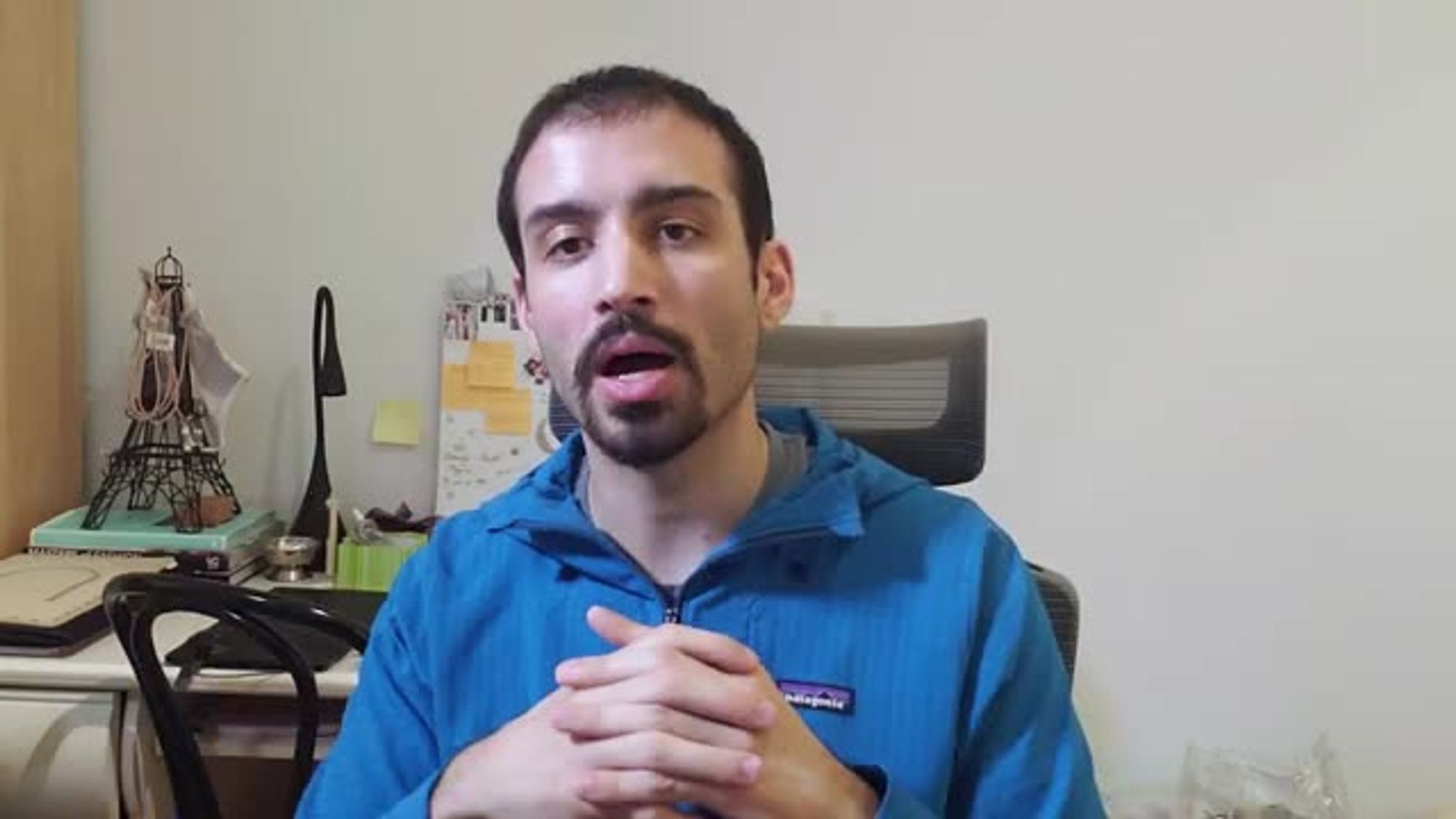
domain object the core business object

that your kind of space

is working with and a lot of the
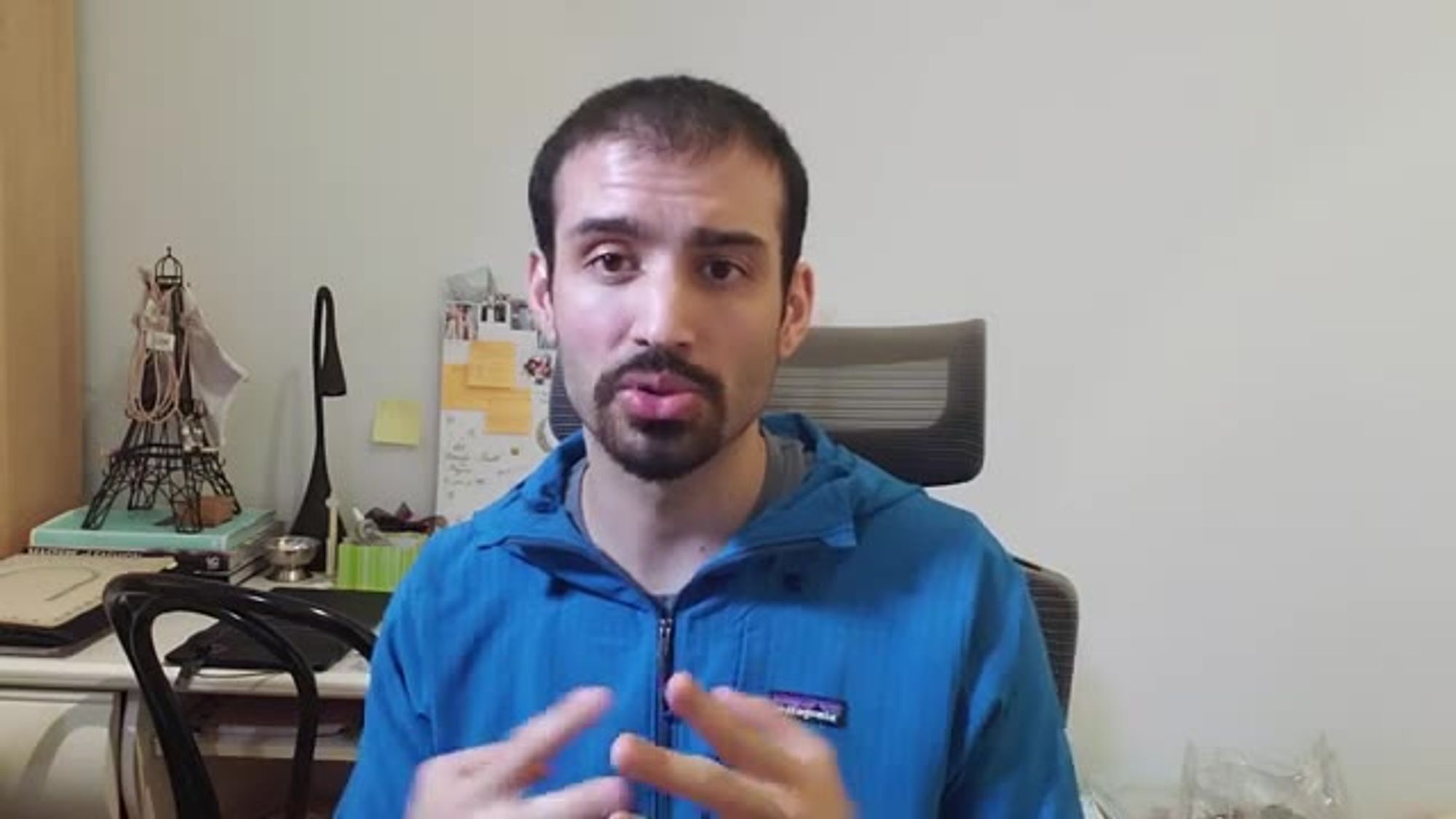
business rules are kind of encoded into
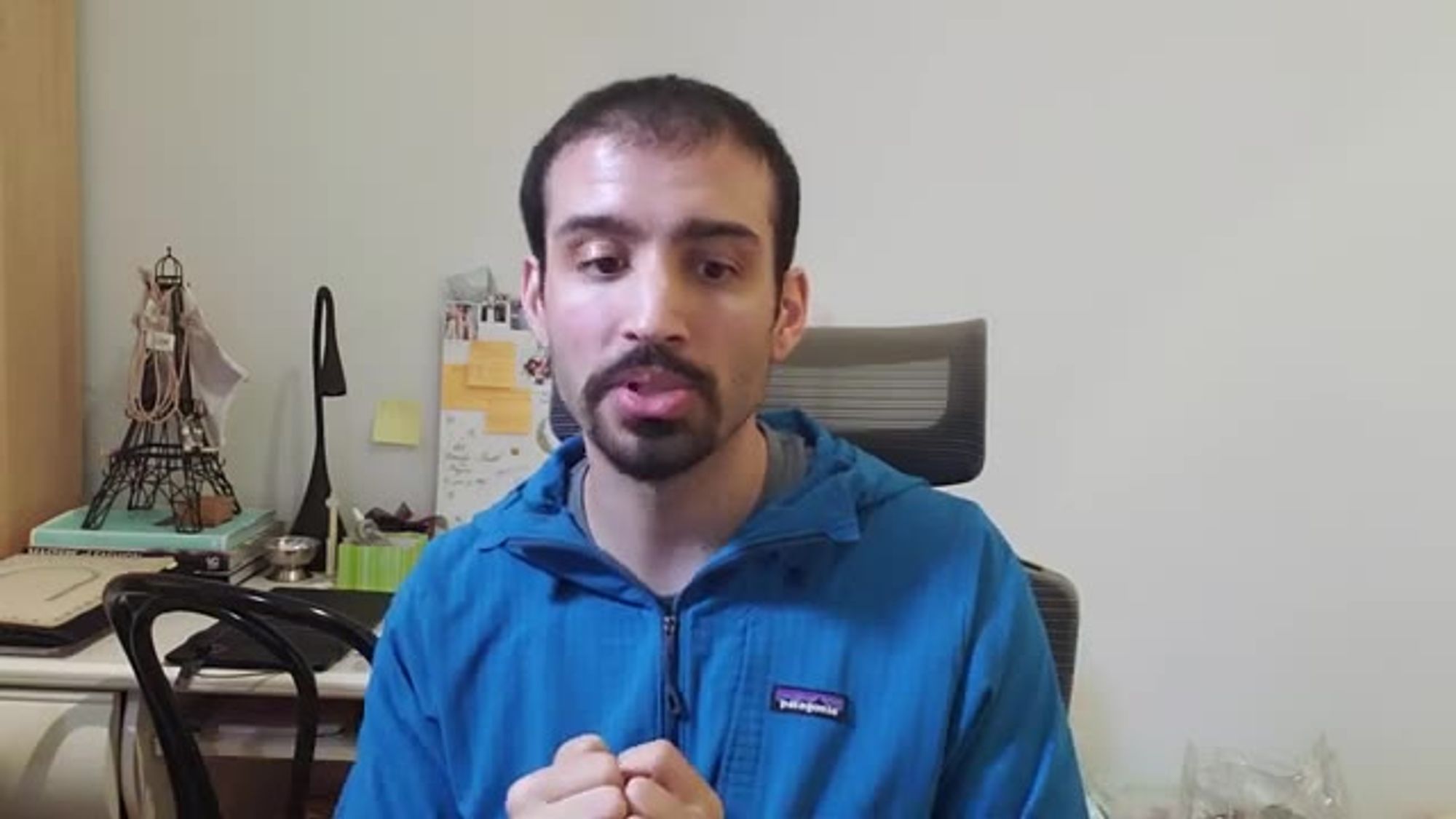
your domain objects
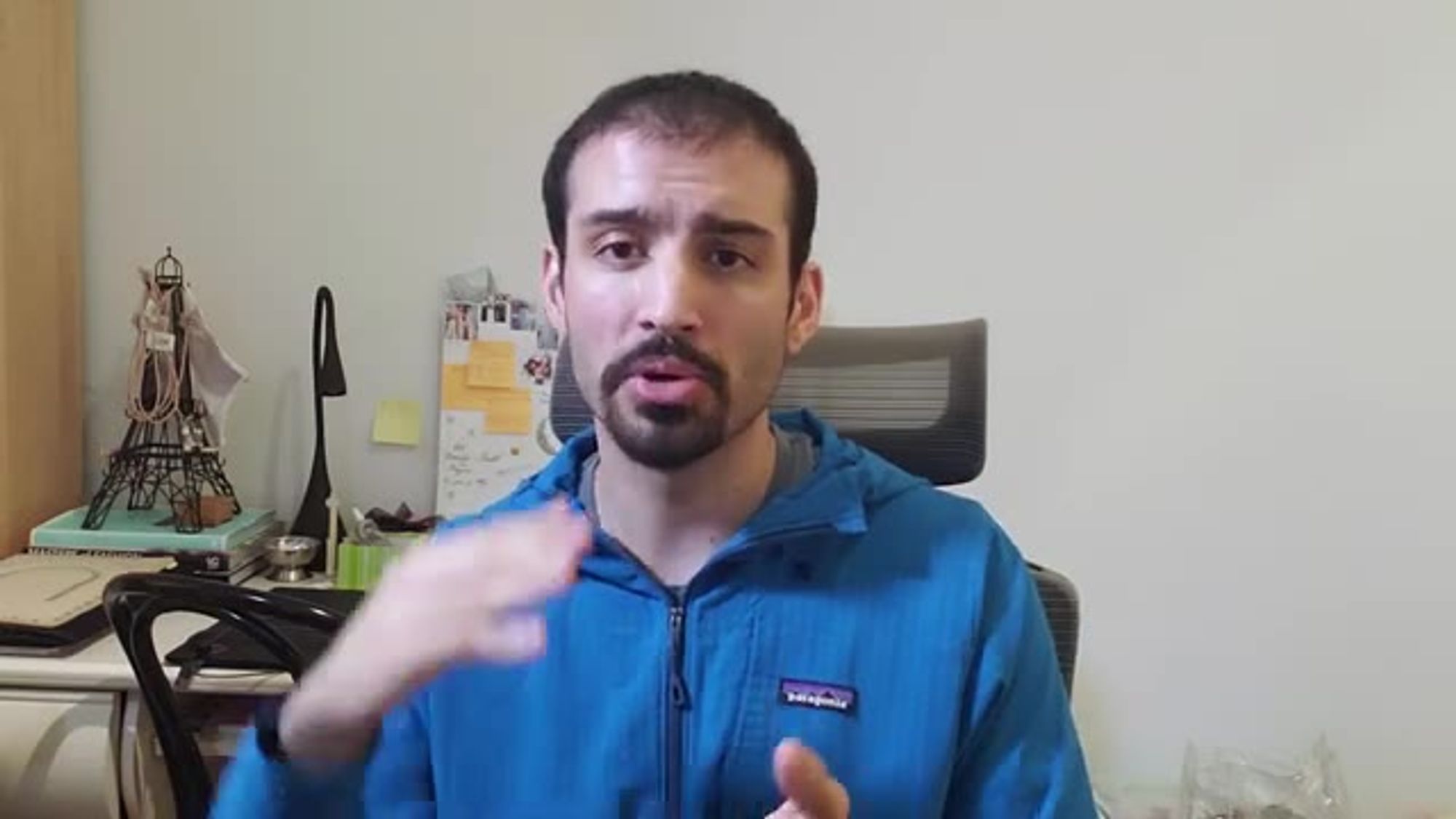
then he talks about different layers the
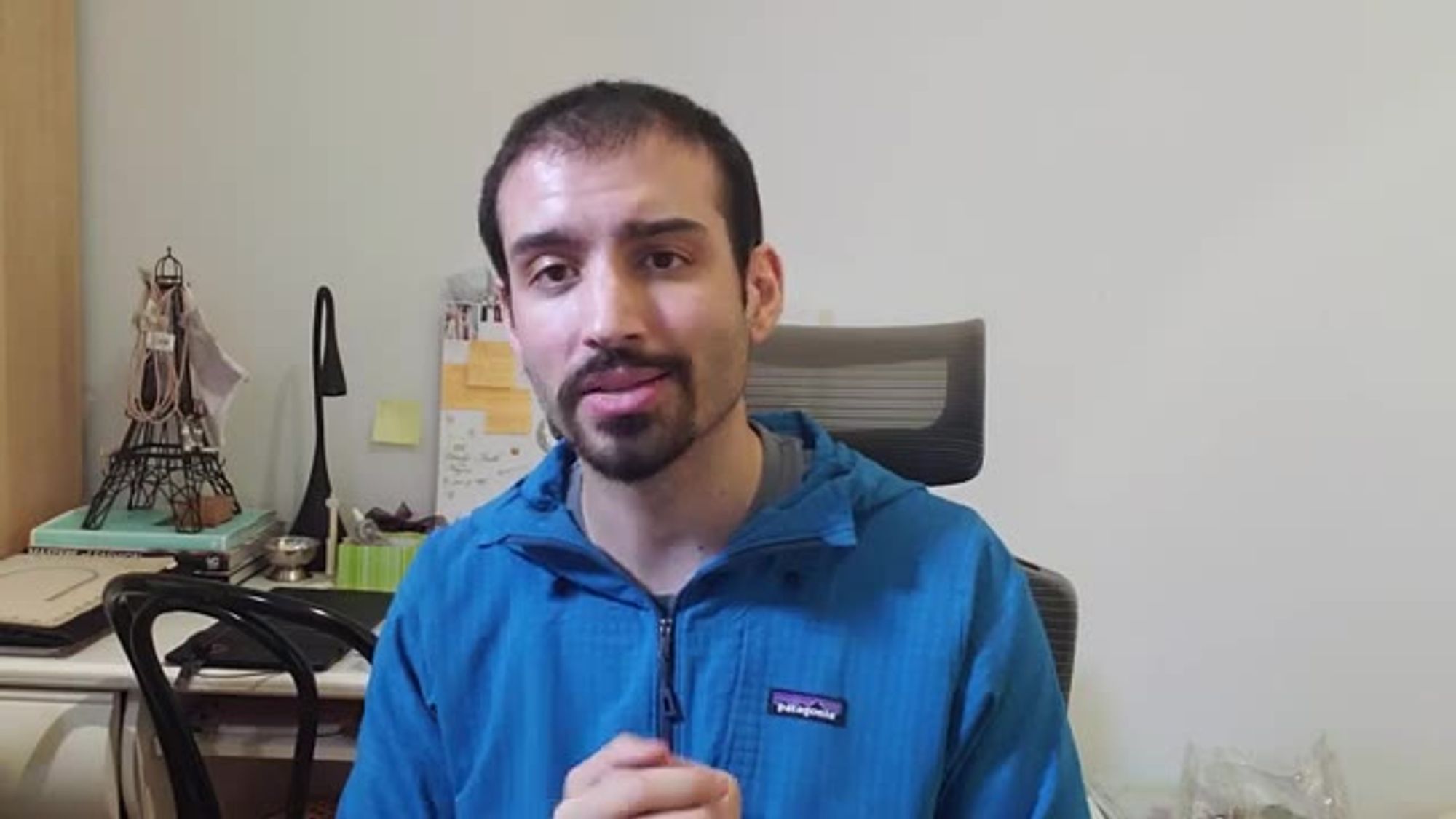
one above that is called the policy
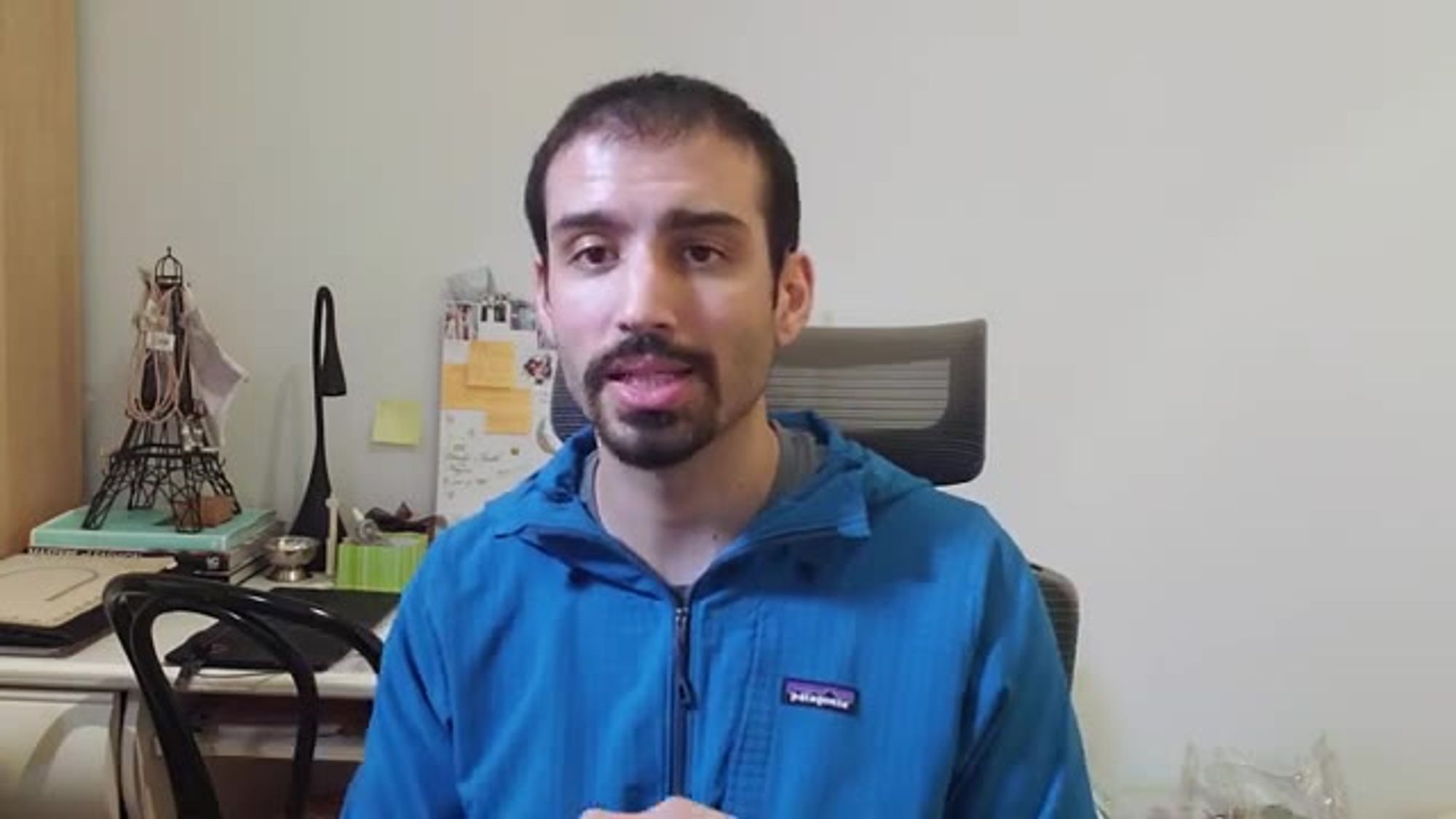
layer and the policy is the thing that

basically in an application is usually
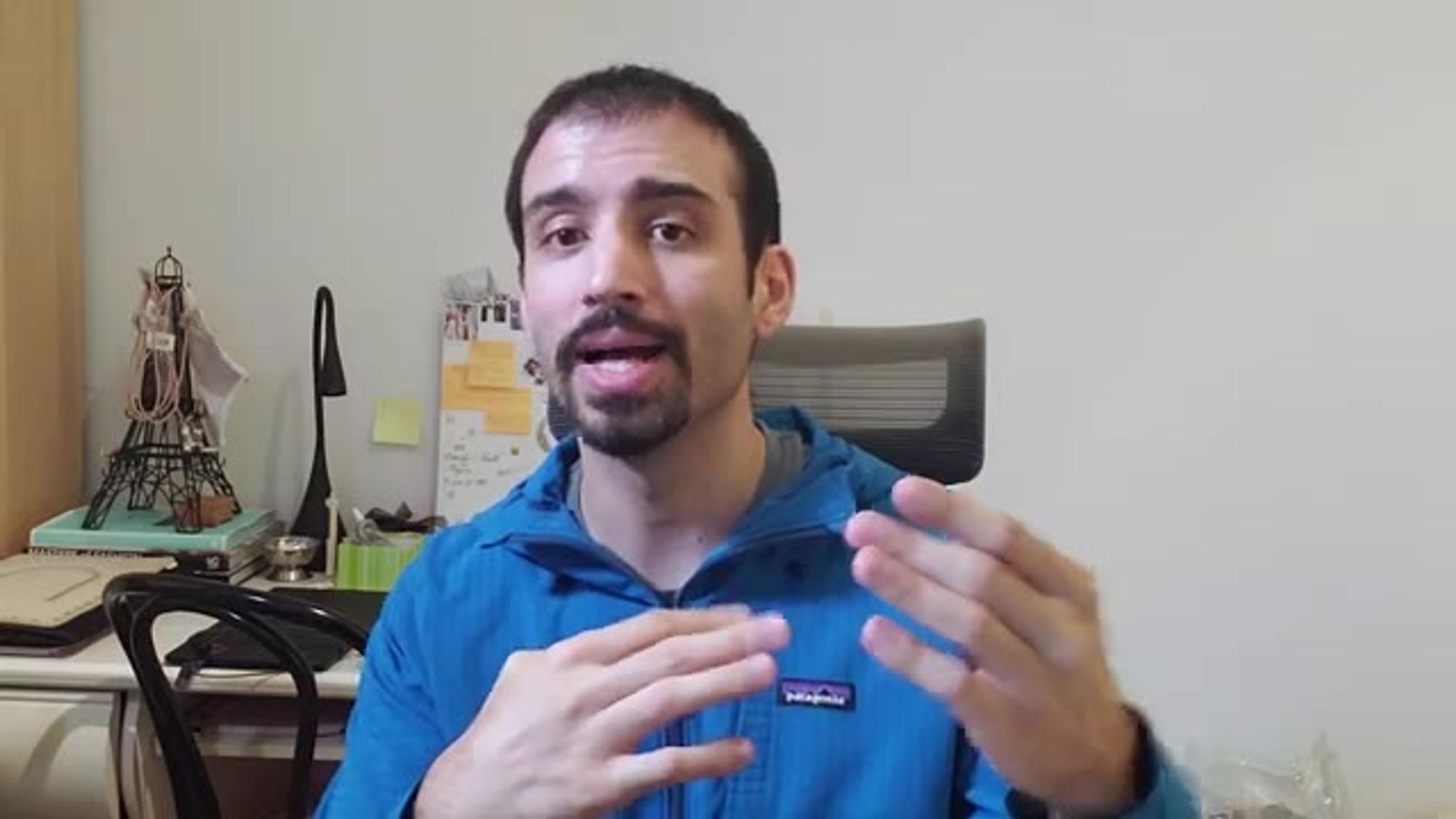
like the manager class where

a lot of the logic actually takes place

like what to do what and when
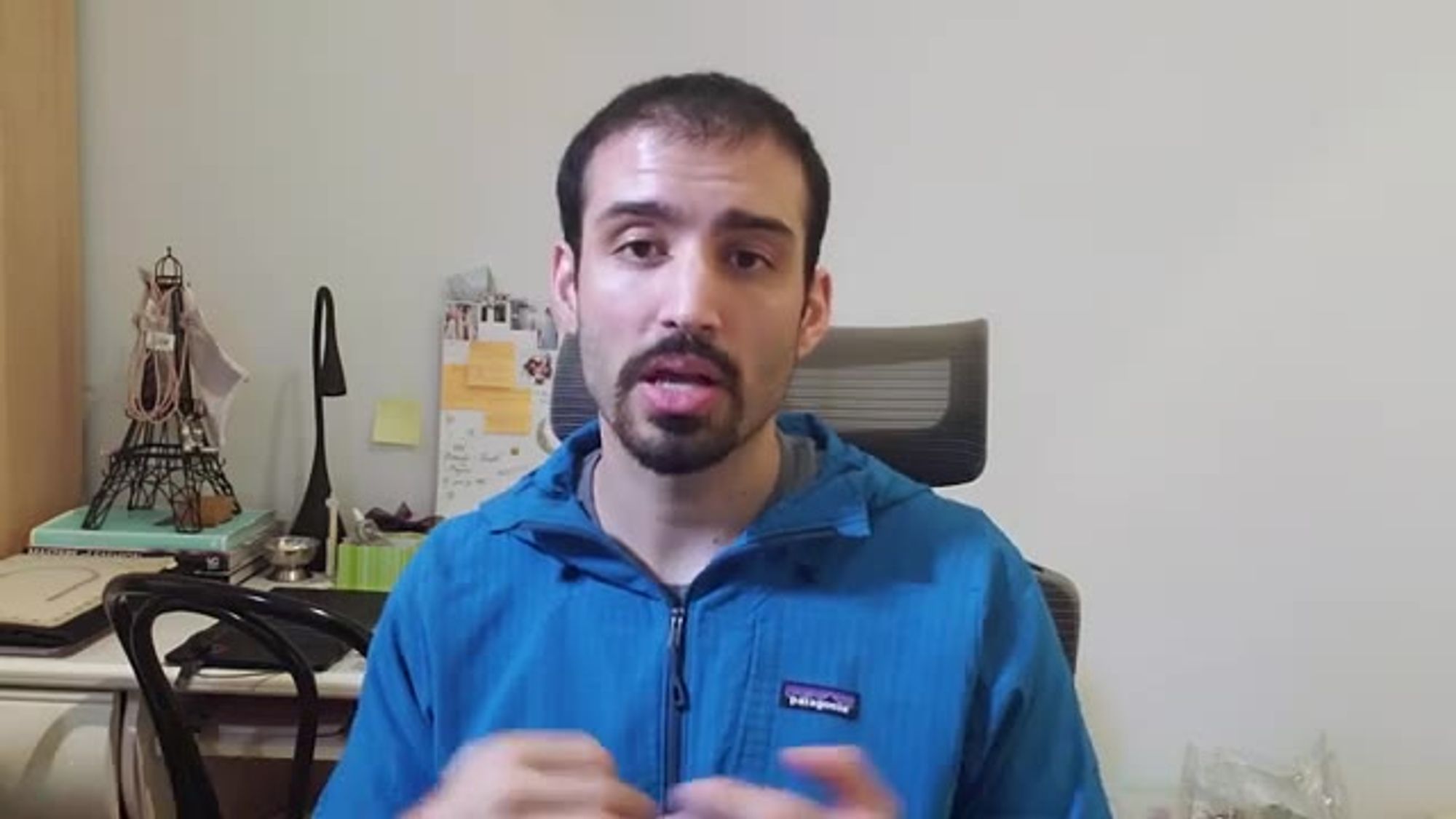
and so he talks a lot about the
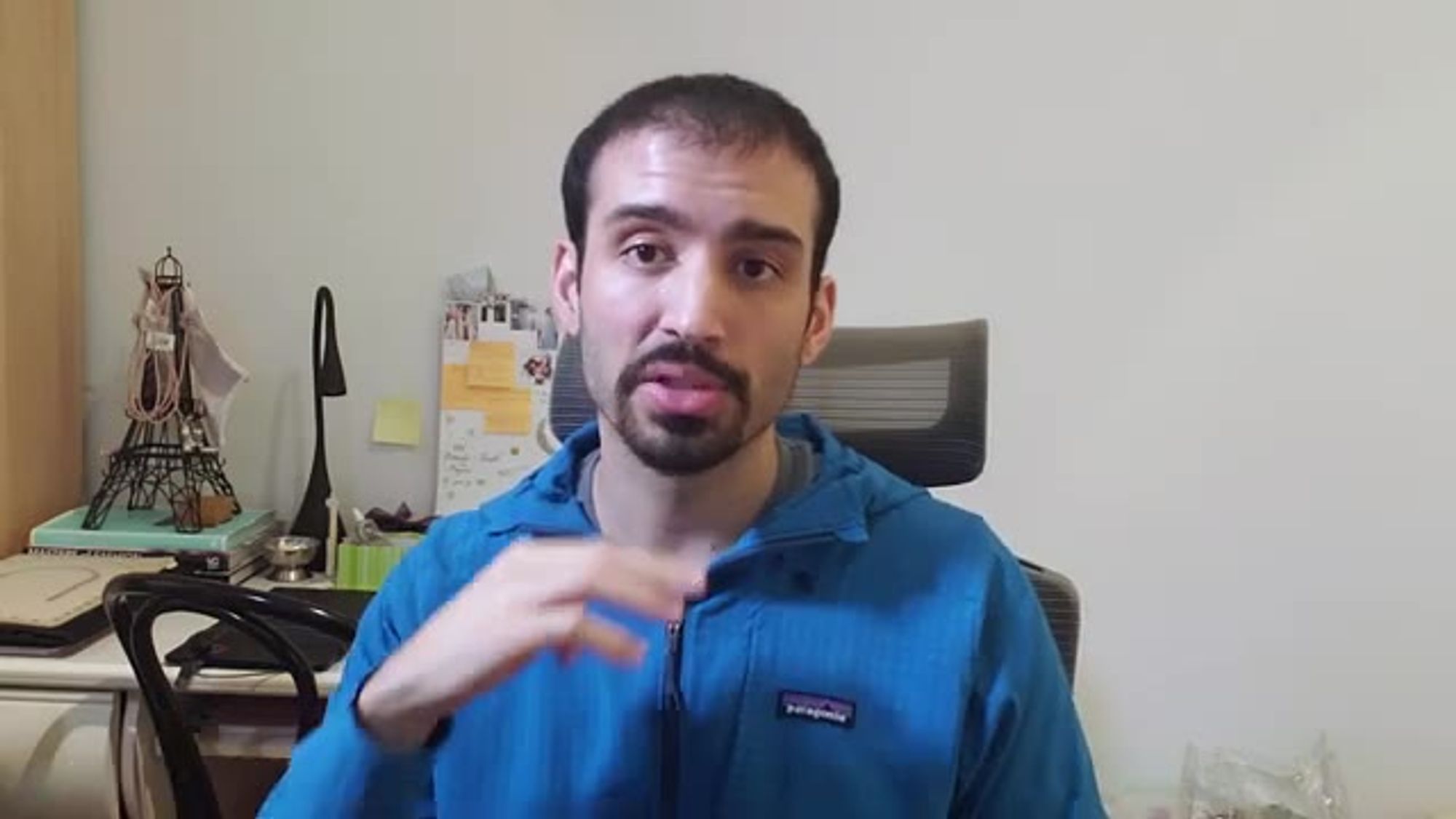
different layers of an application how
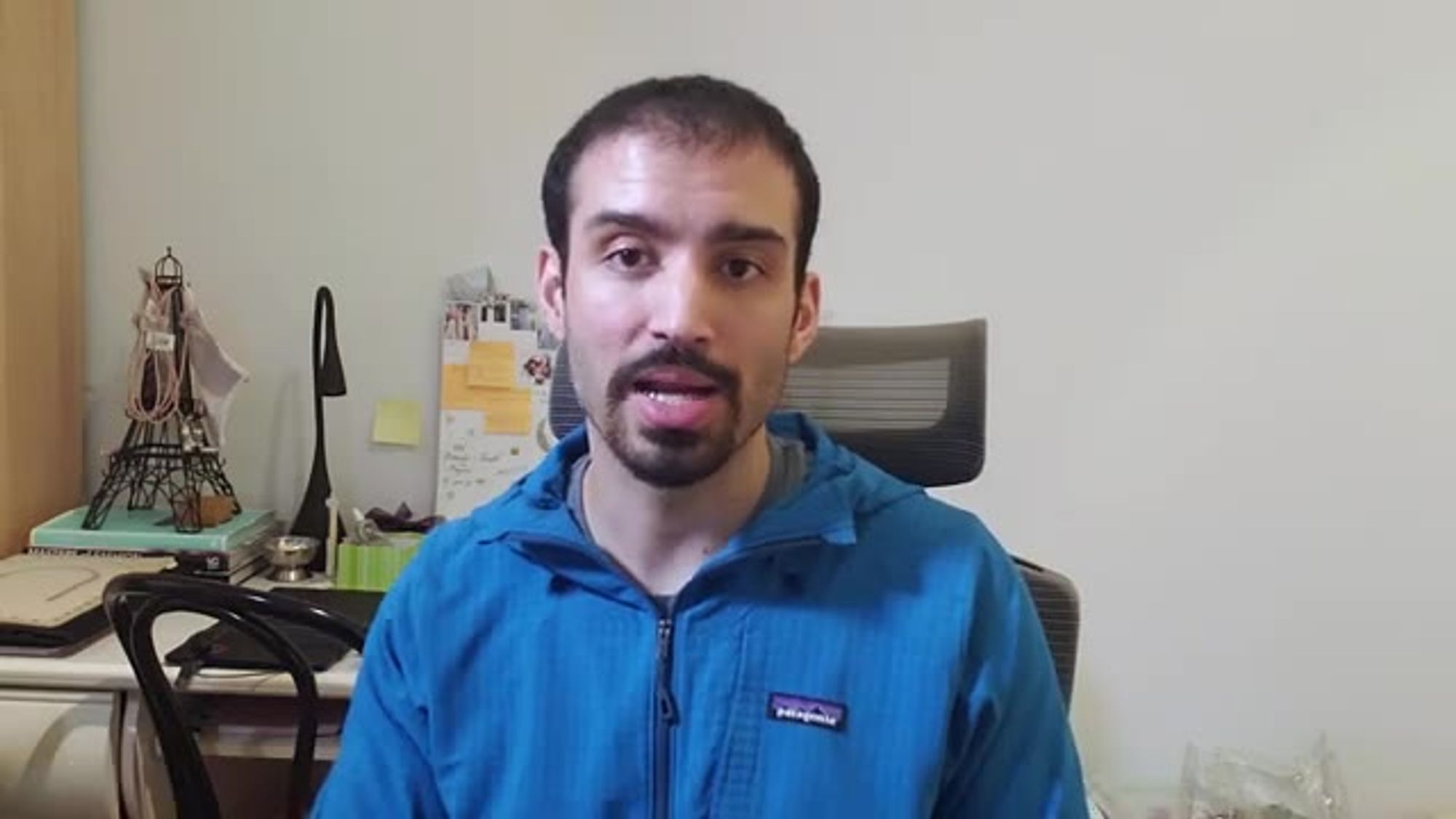
you can build it out
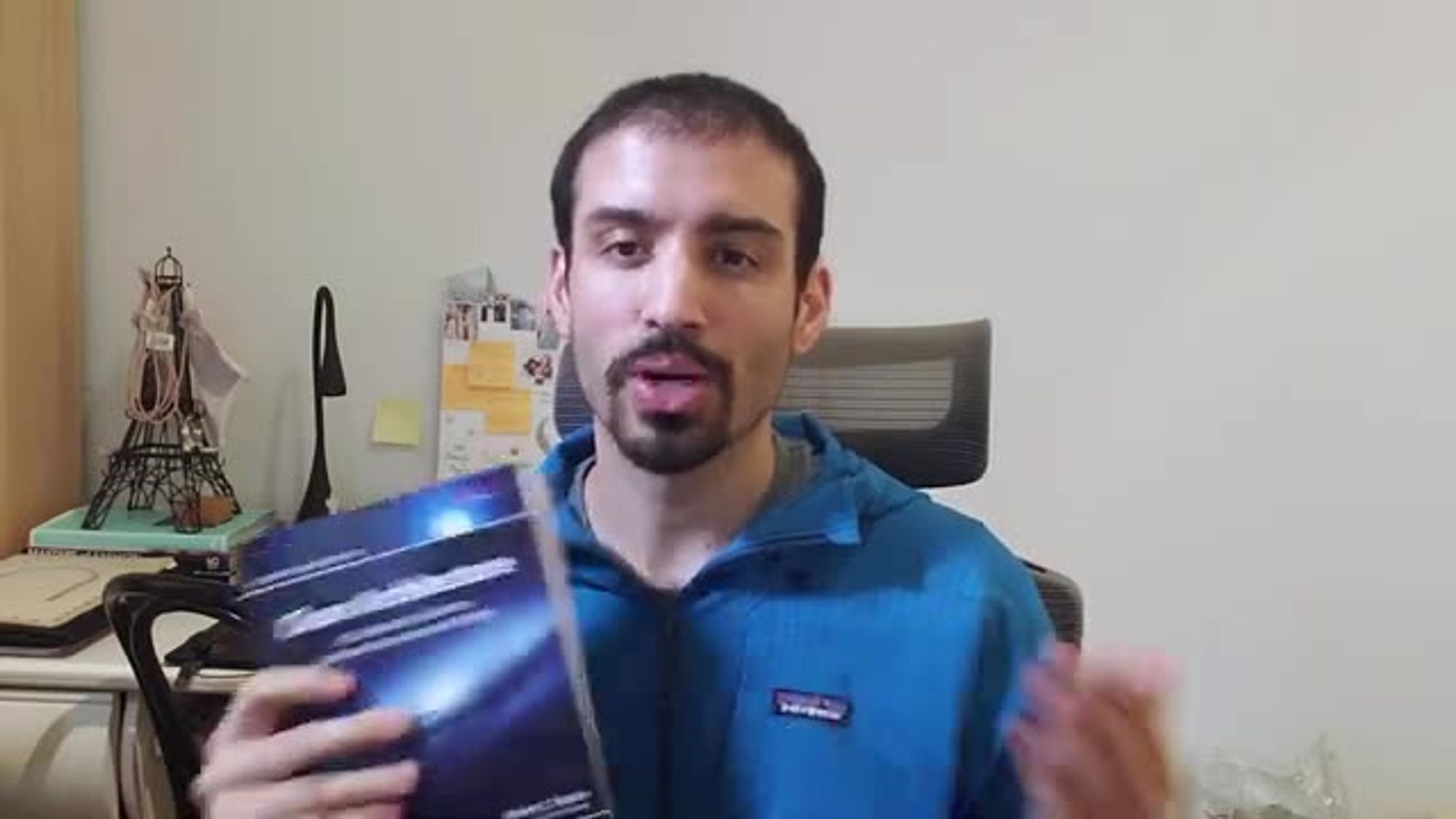
but i guess the question at the end of
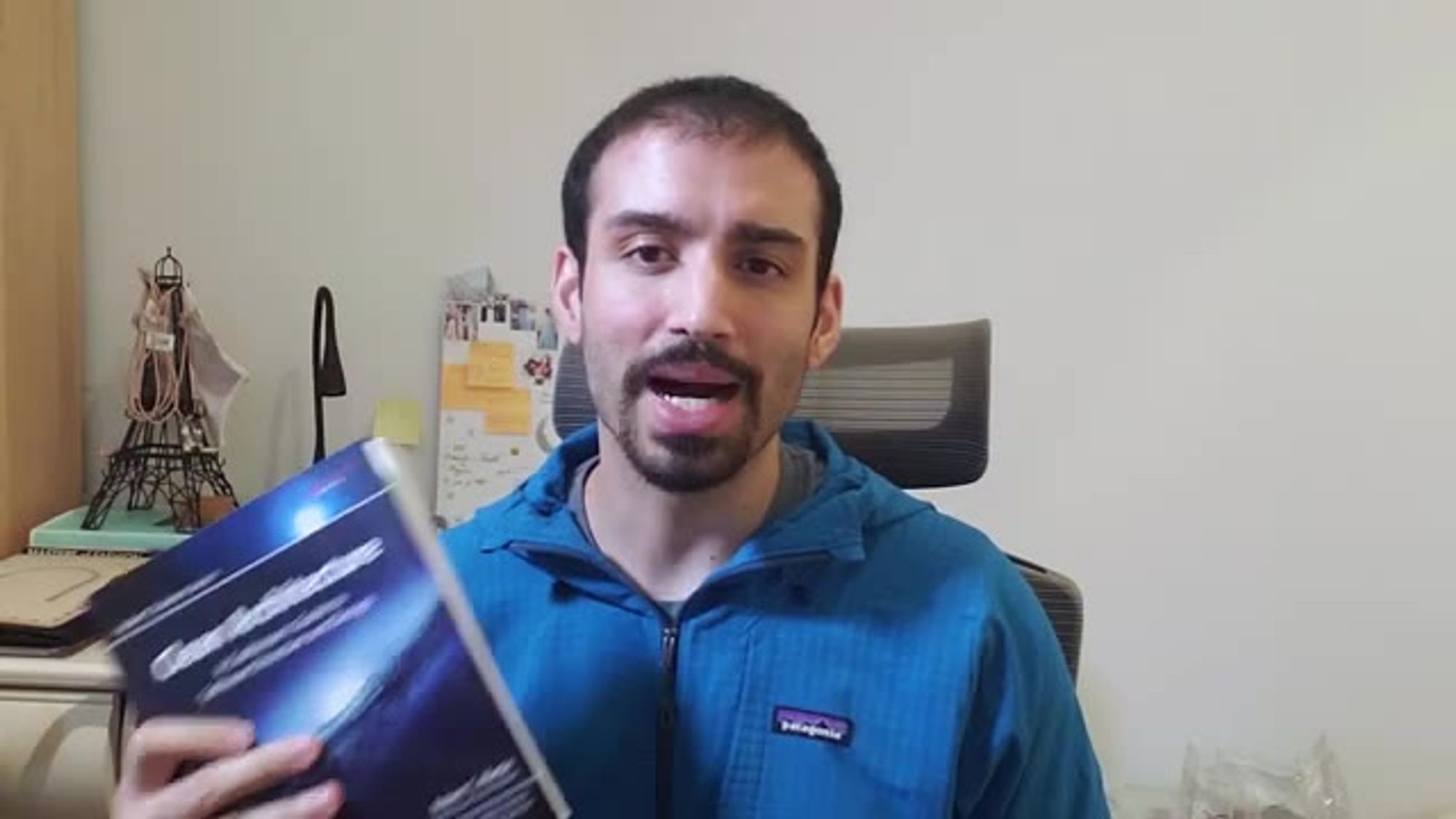
the day is should you even buy this book

and my recommendation is yes and here's

why first of all it's an easy read it's
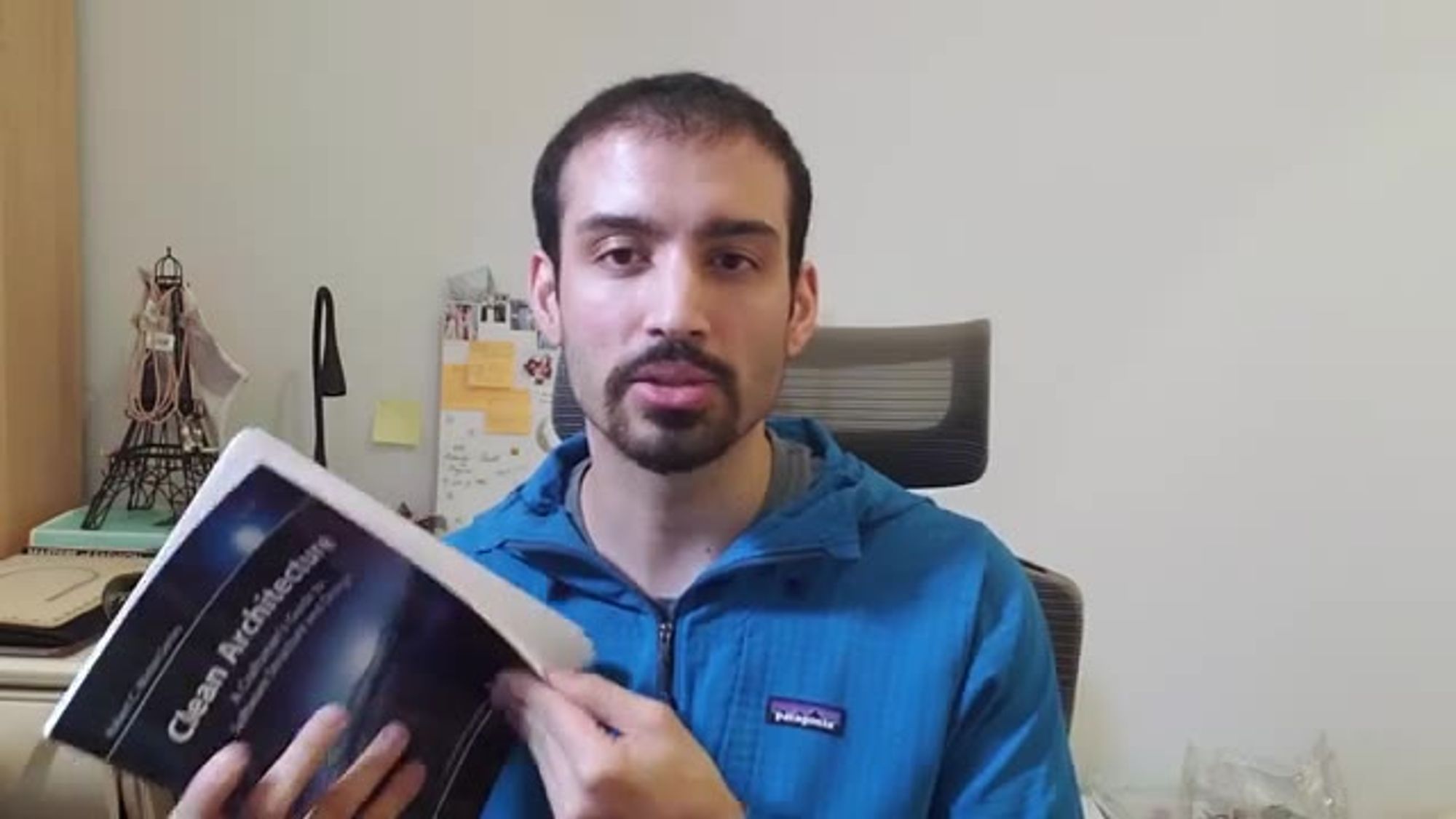
not too

deep it's not too thorough it's
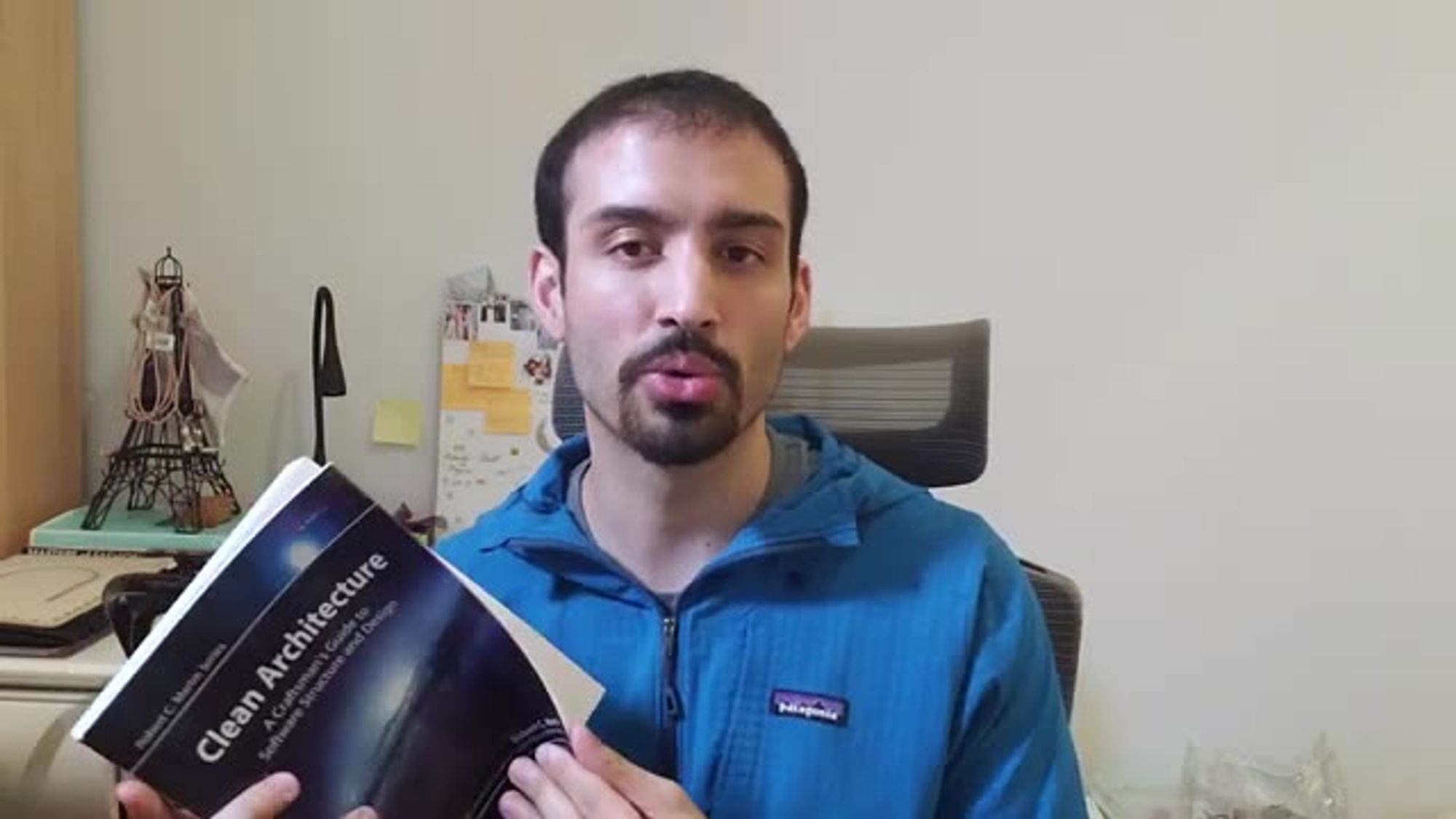
something you can read before bed and

still get it without having your brain

to be in like hyper overdrive mode
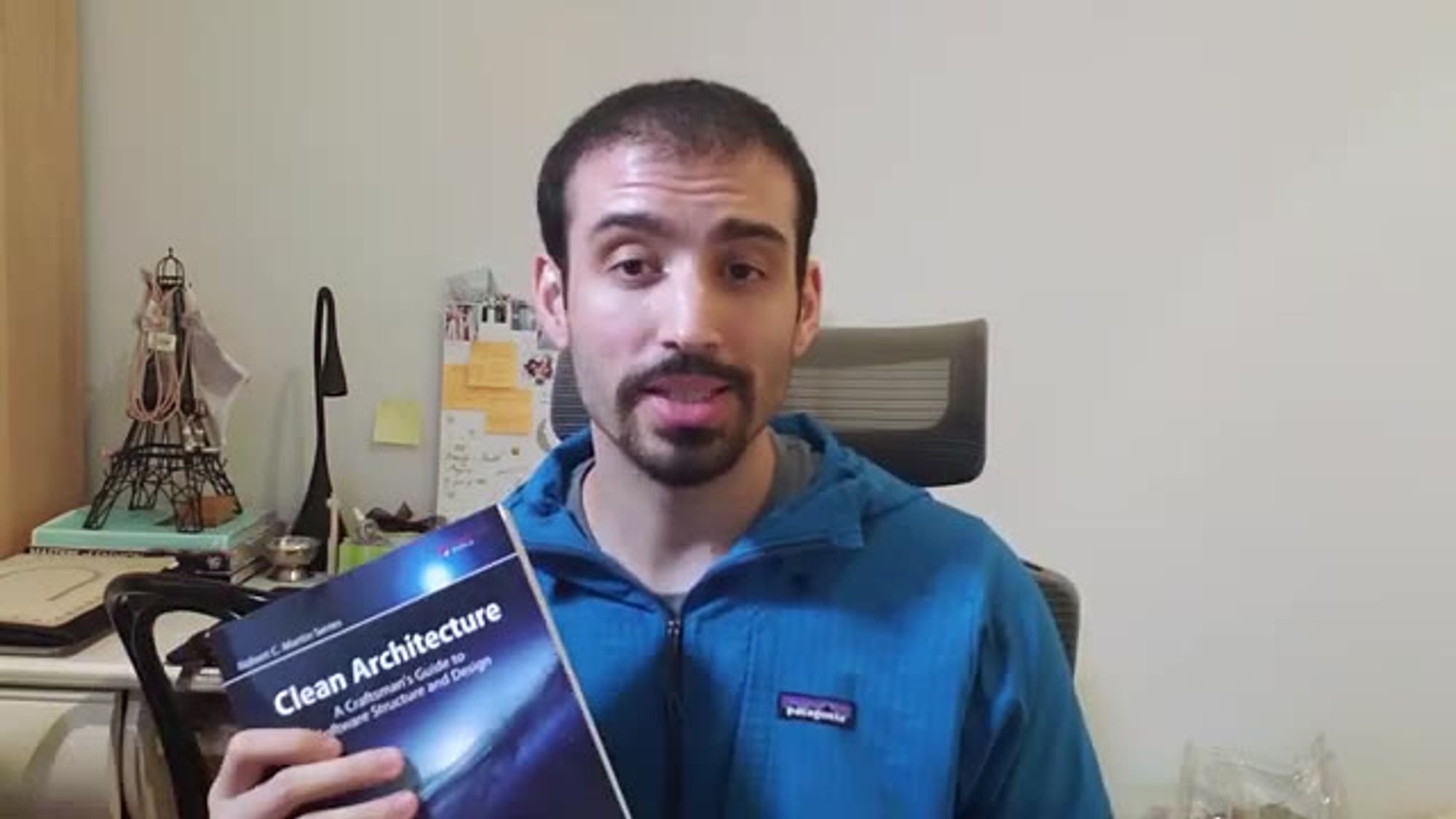
second of all it teaches you a lot about
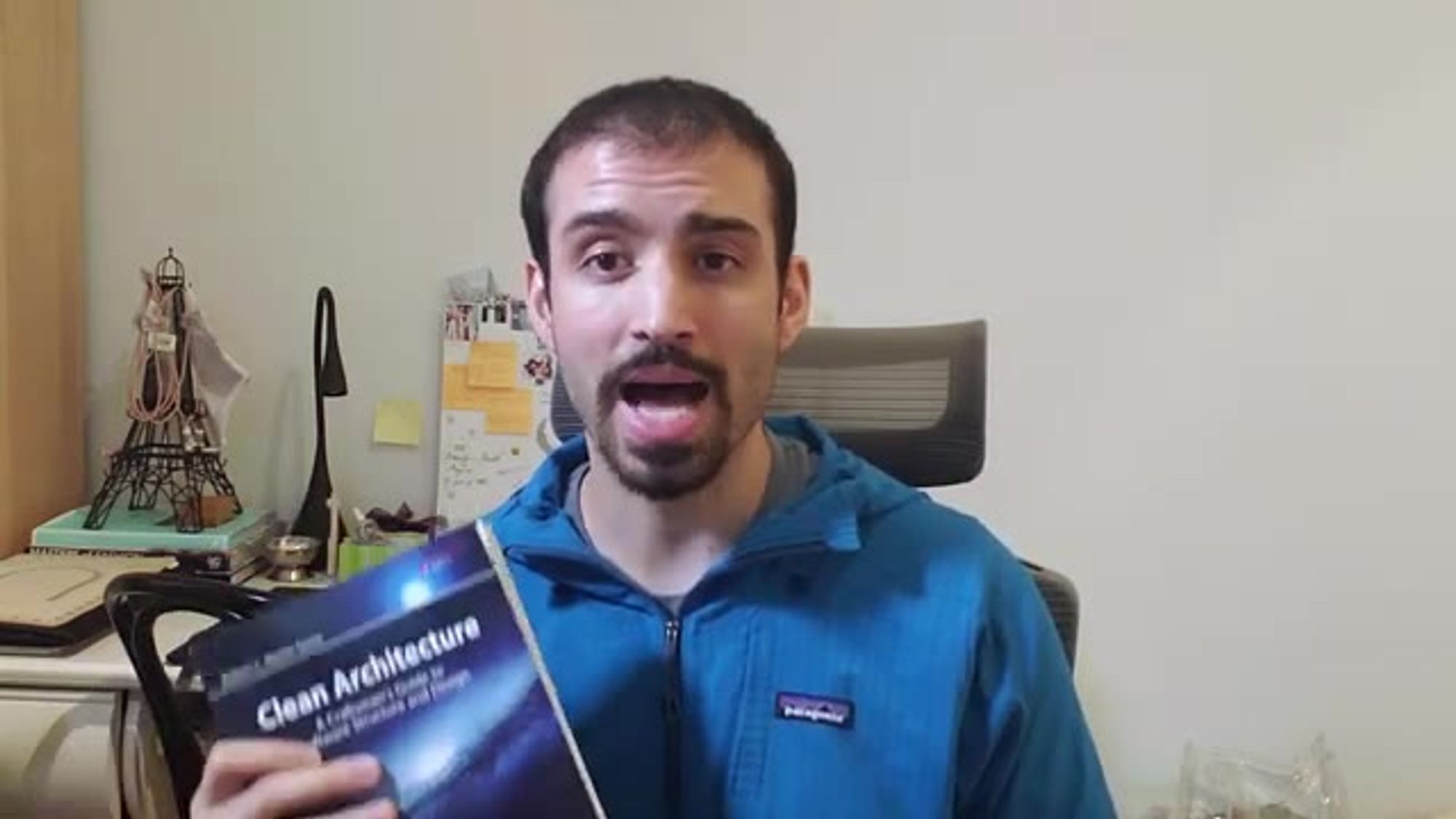
the principles that i wish i knew before
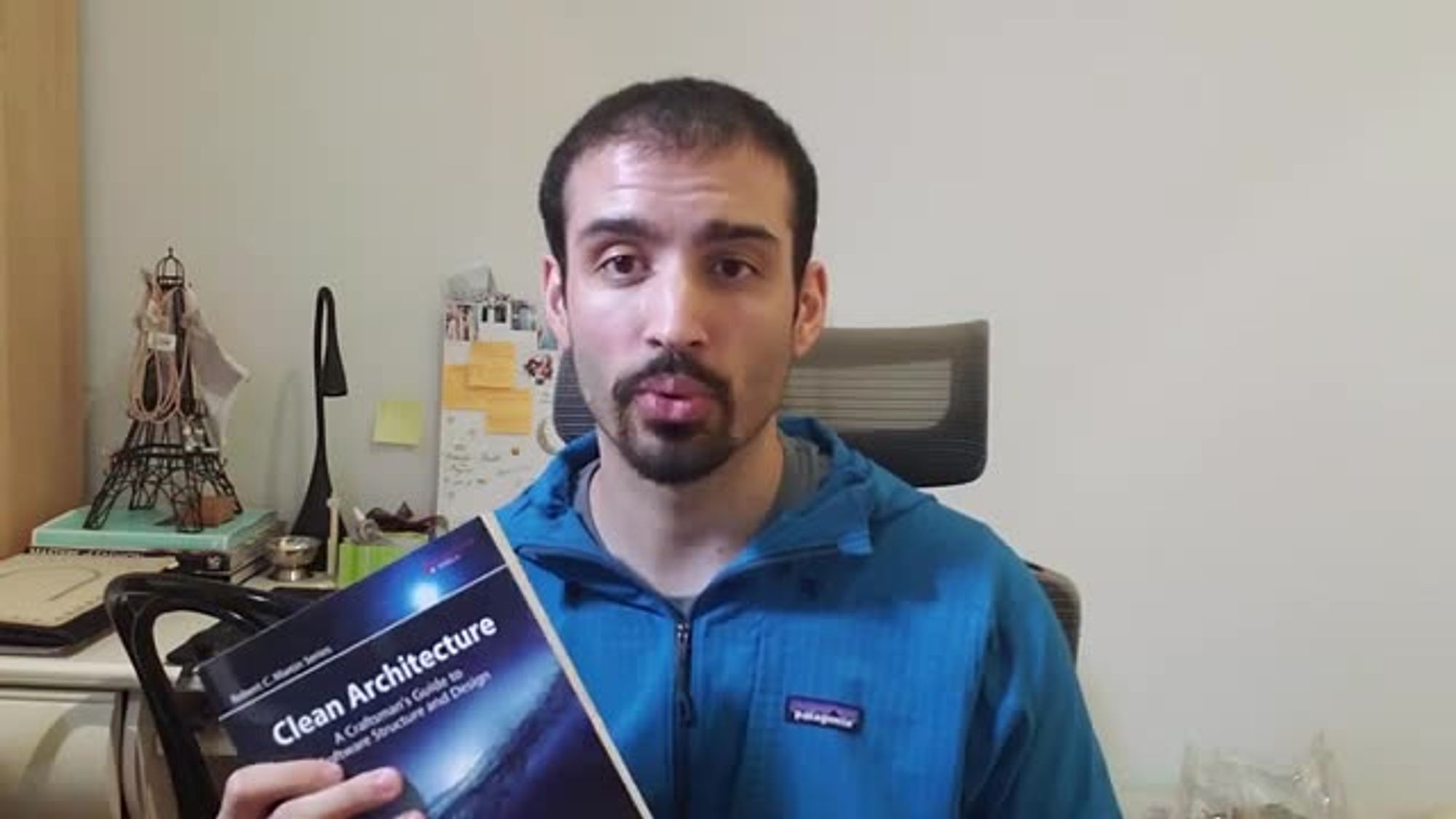
i entered the software industry a lot of
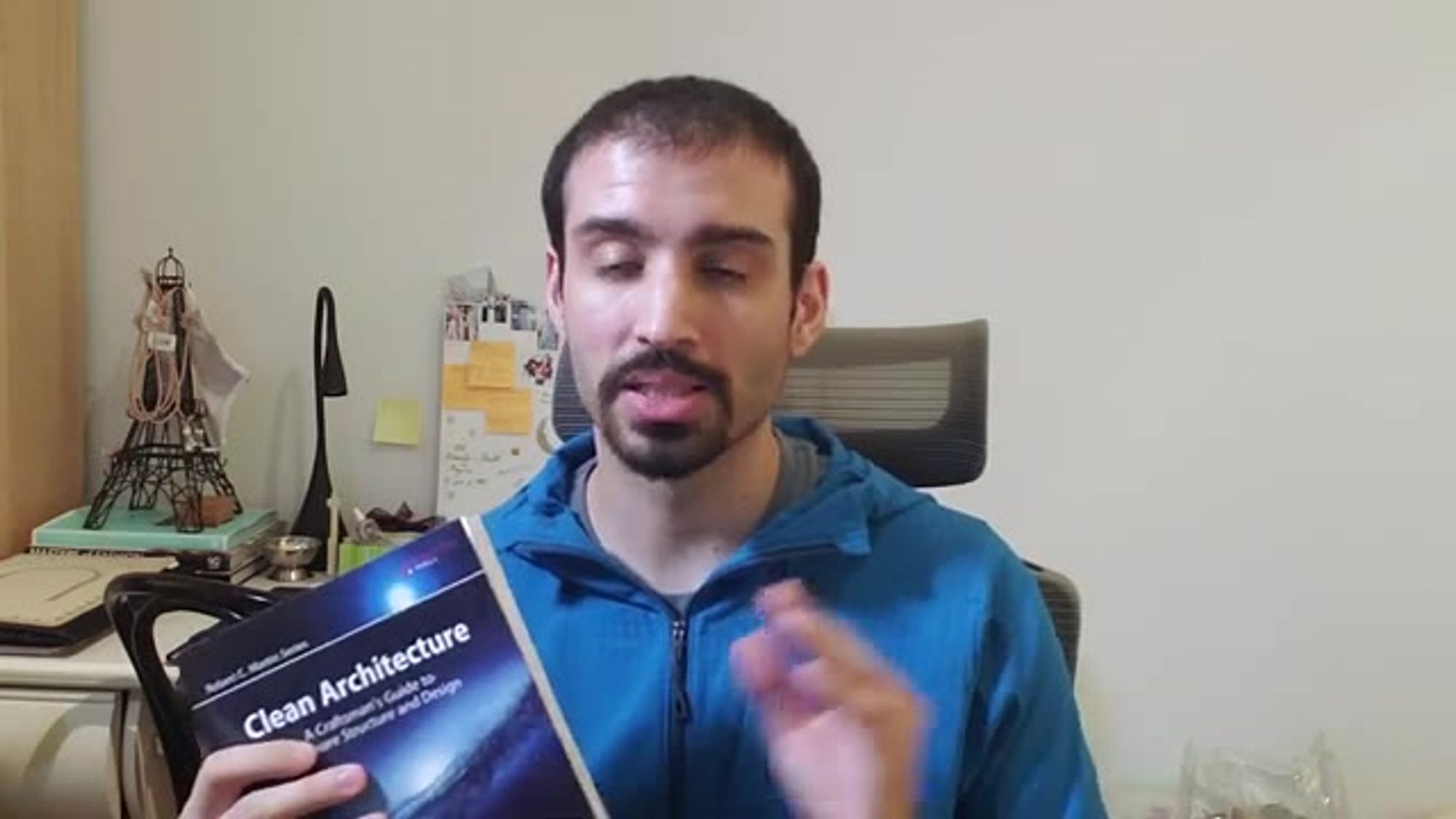
this stuff is basic but seeing how he
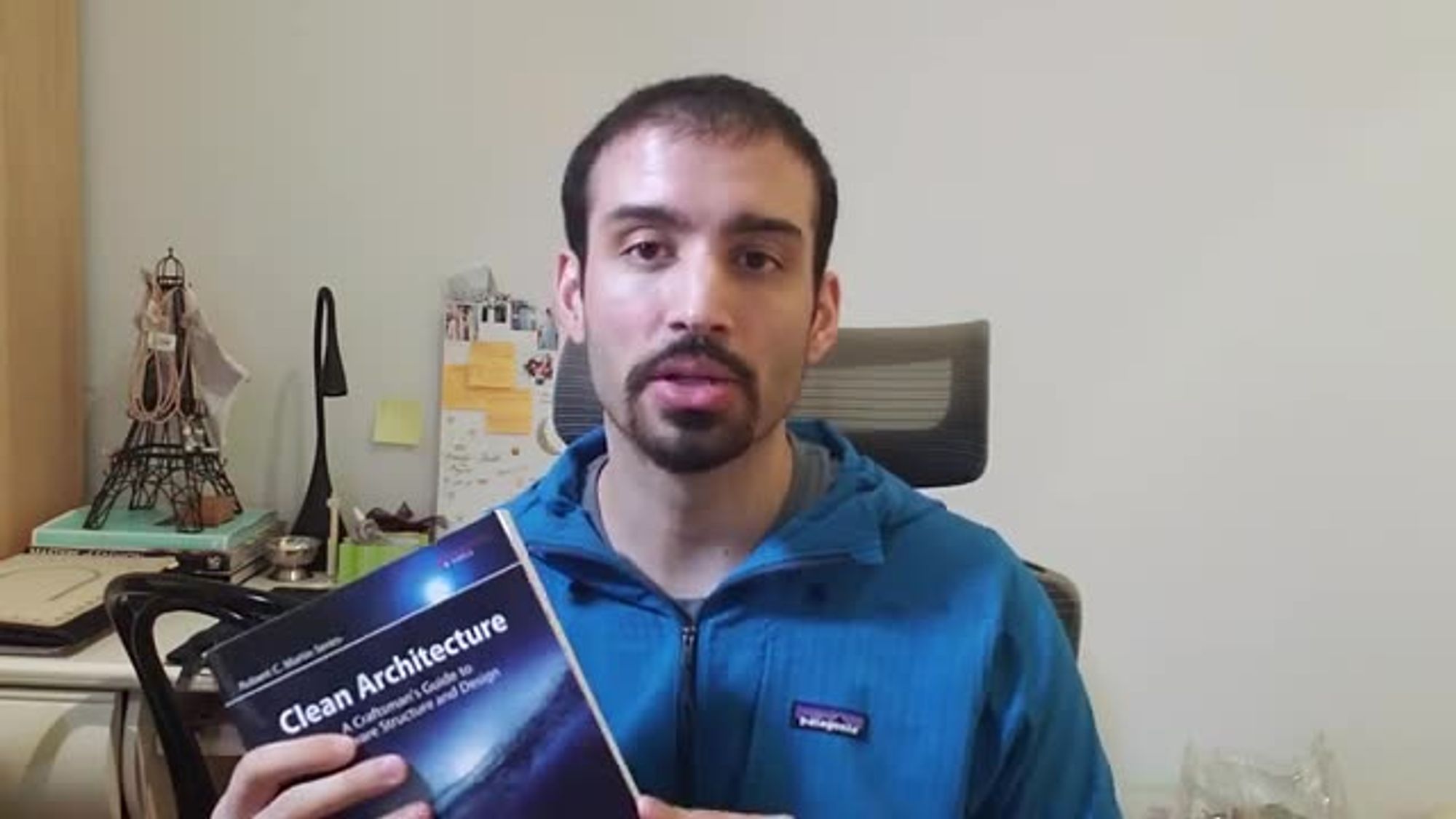
applies it to real life examples is
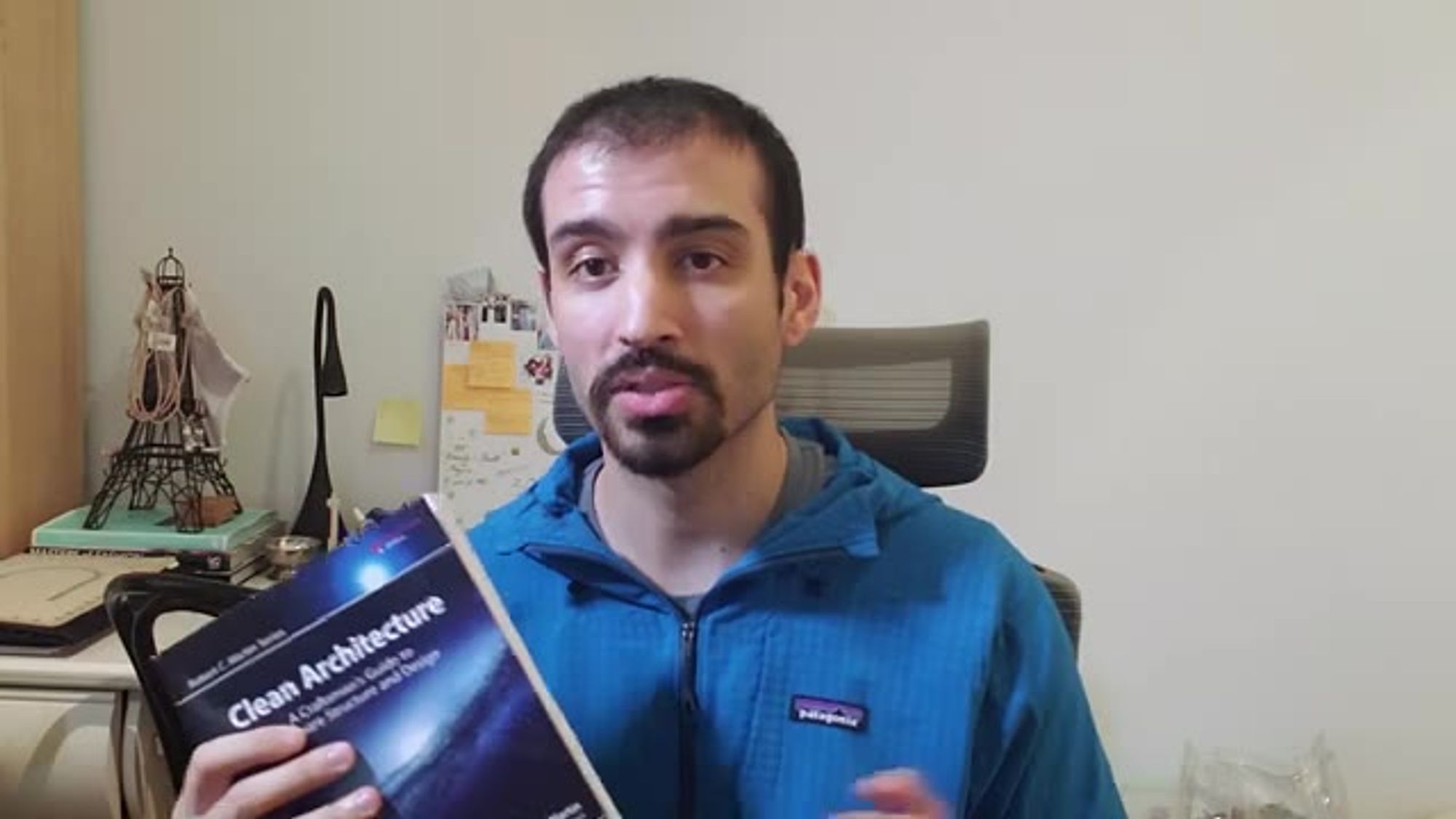
invaluable
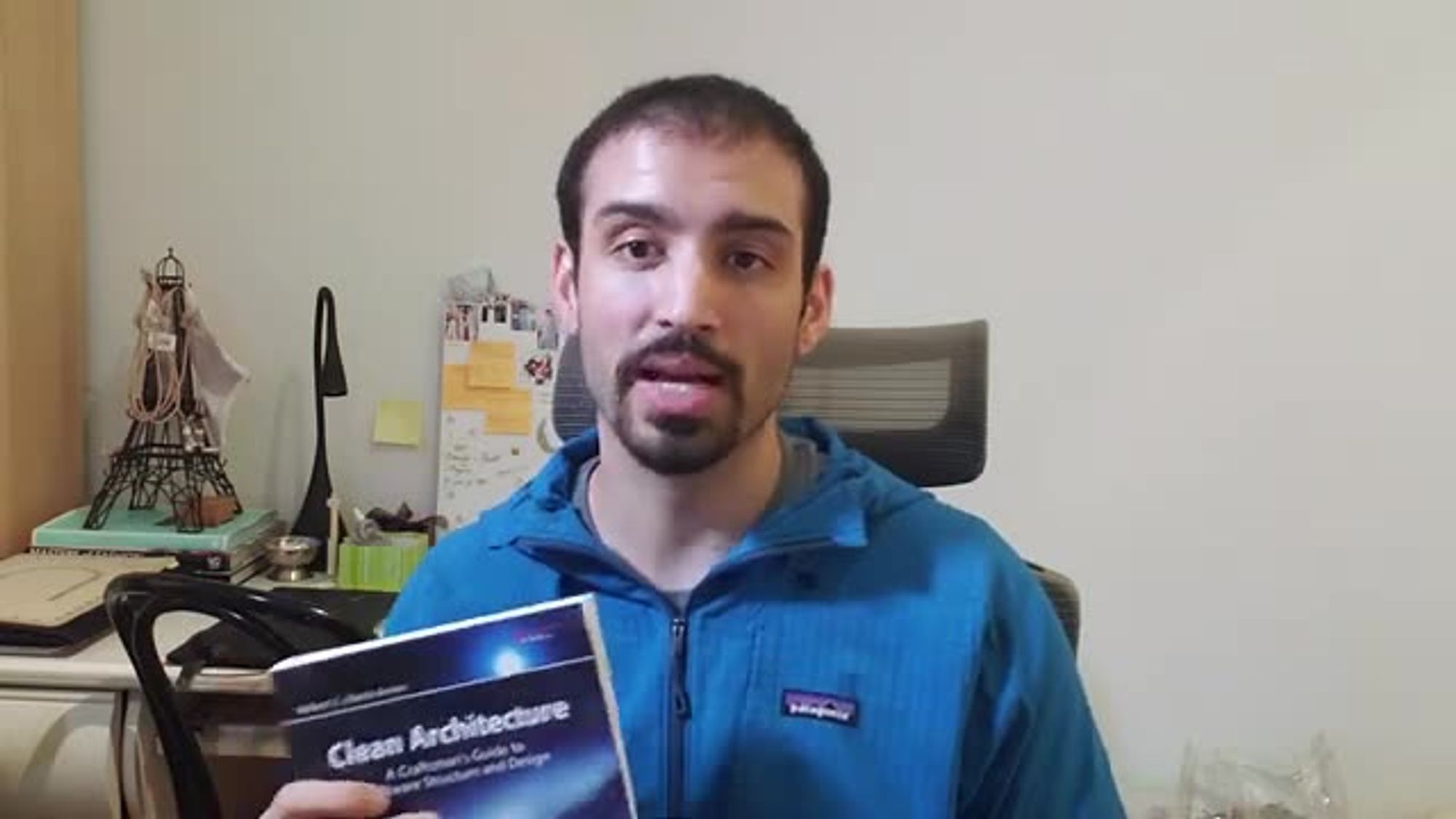
and like i said at the beginning of this
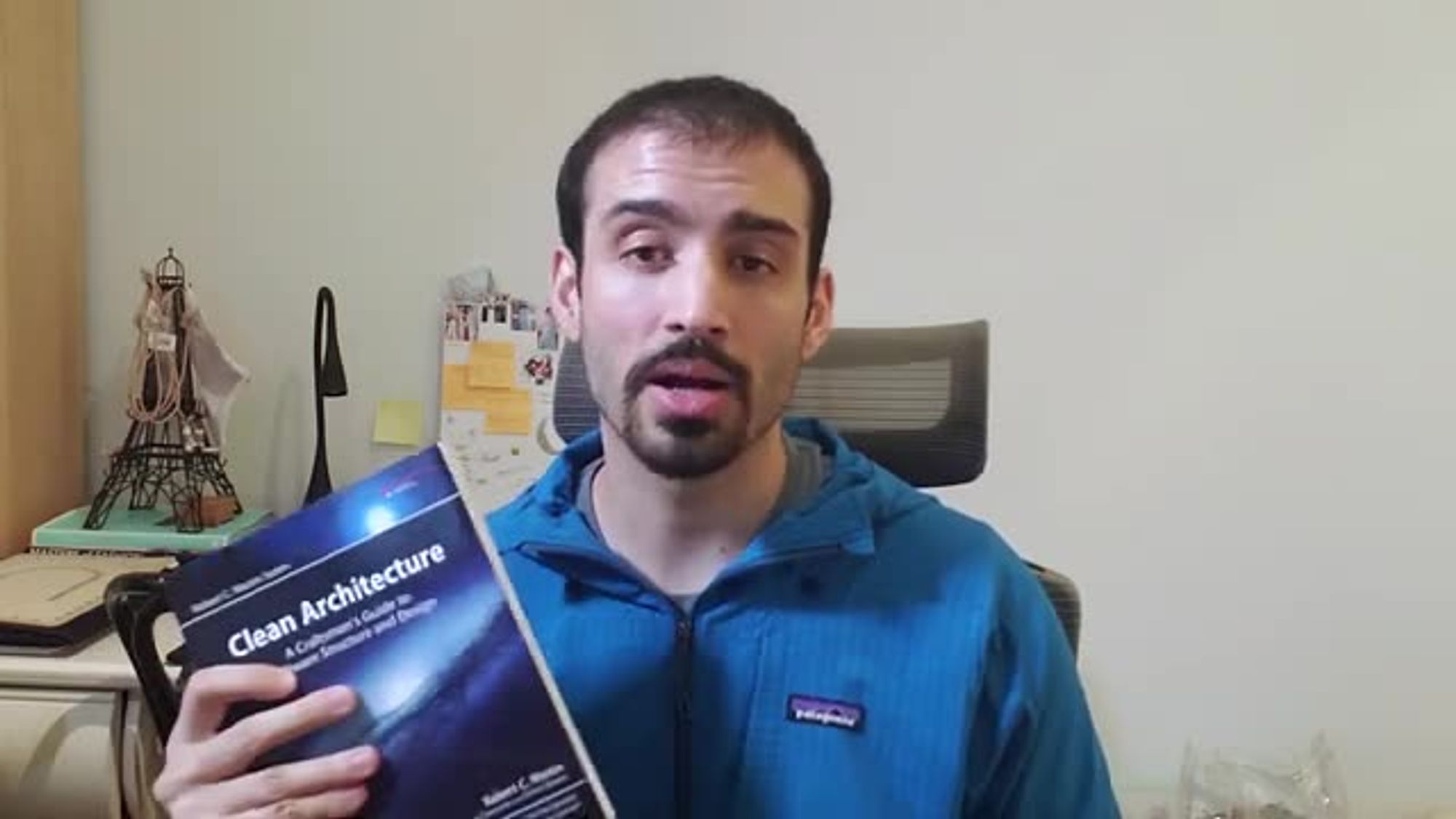
video a lot of the concepts that you
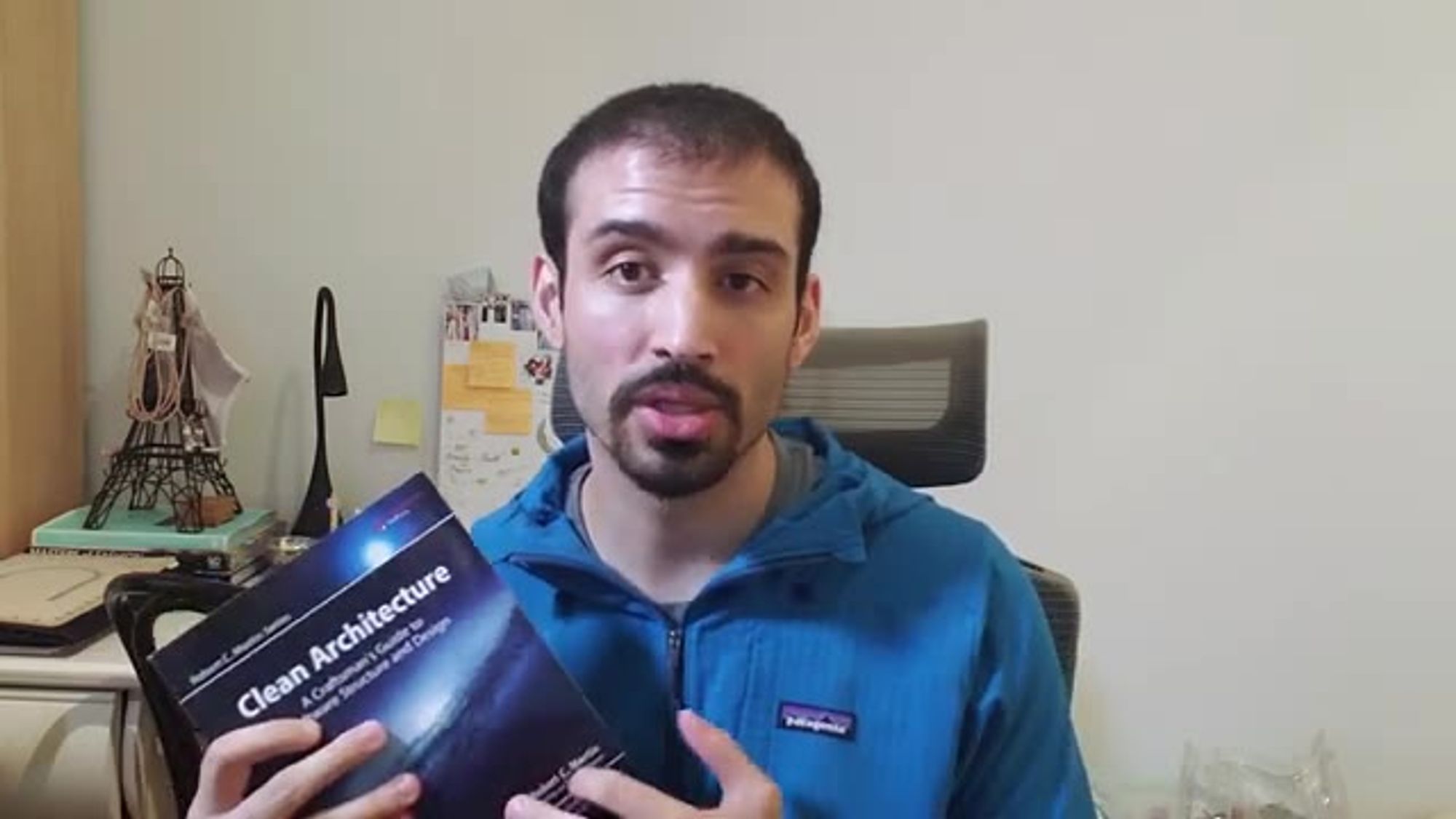
learn in this book i actually apply in
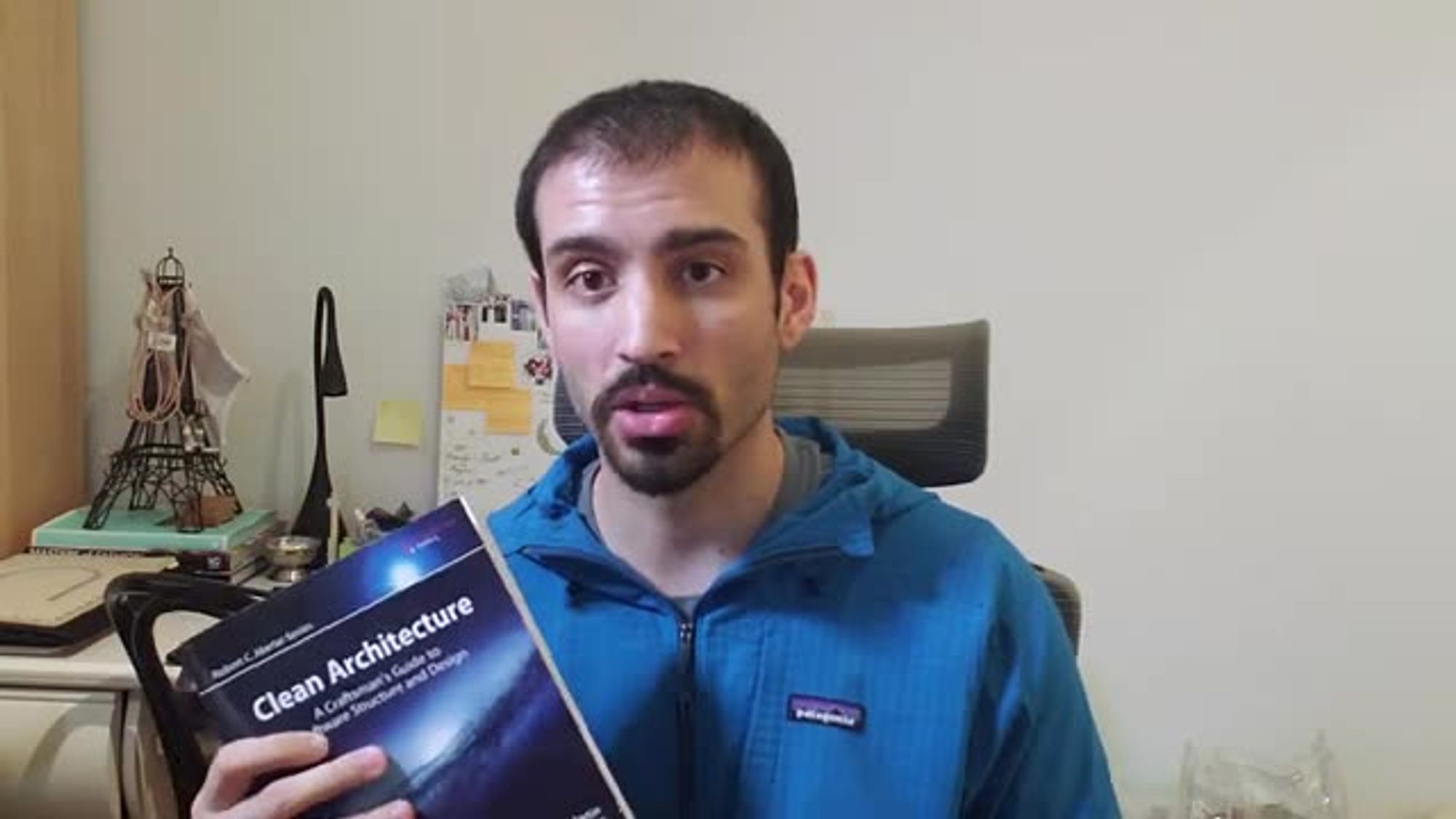
real life pretty regularly so that just
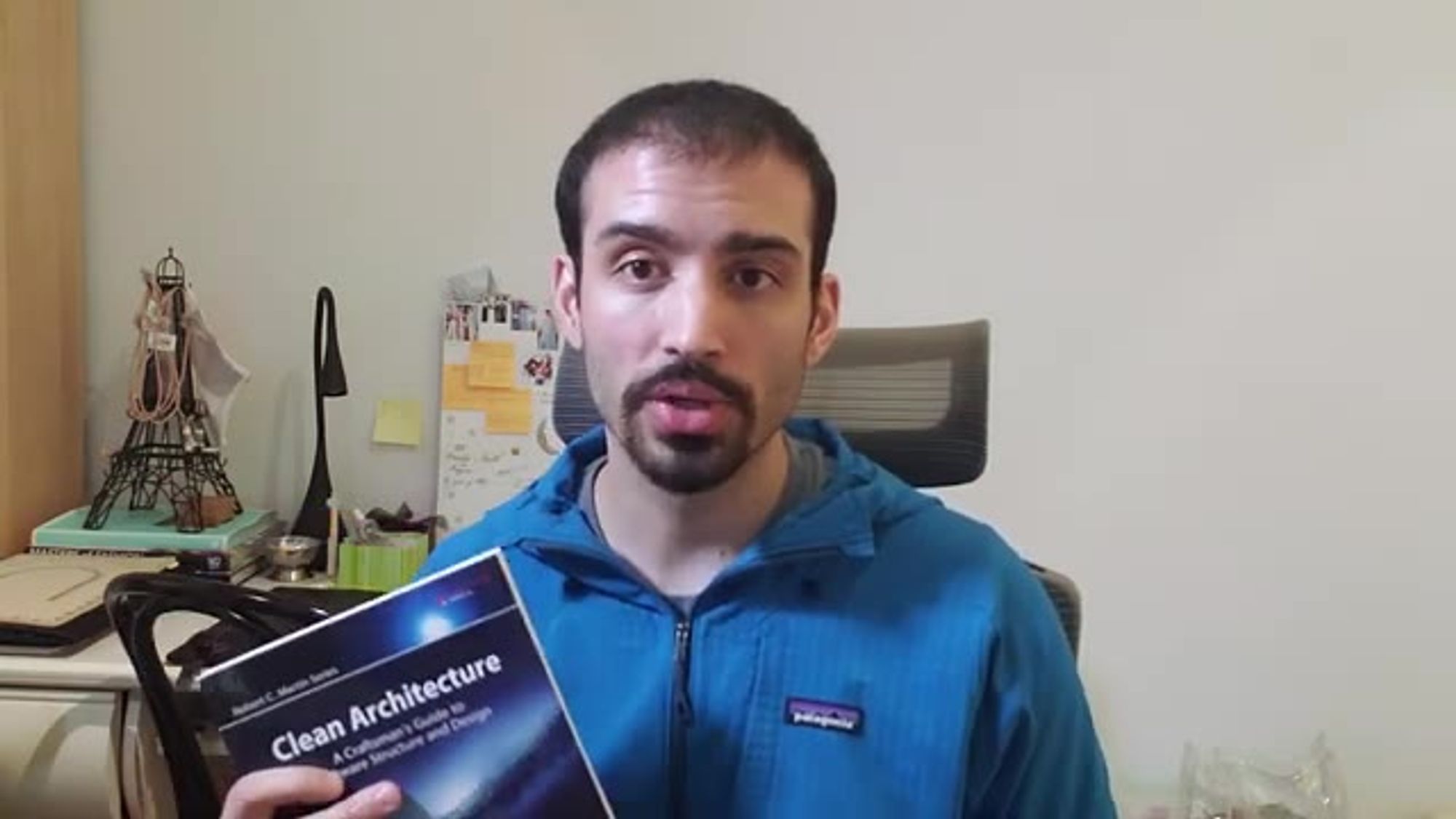
goes to show you how useful it is from a

professional perspective like this stuff

makes sense and it's useful
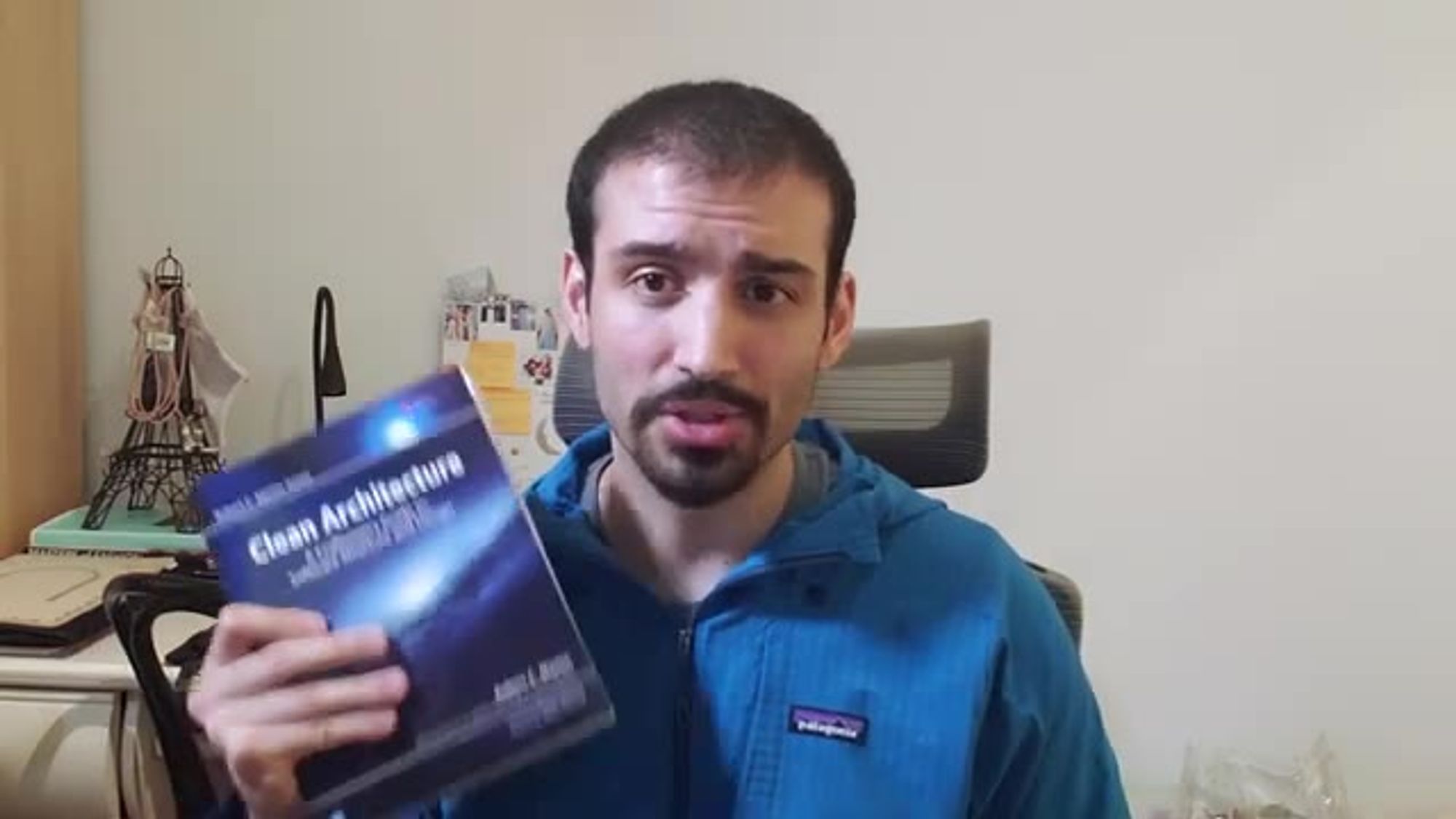
overall i would say just buy this book
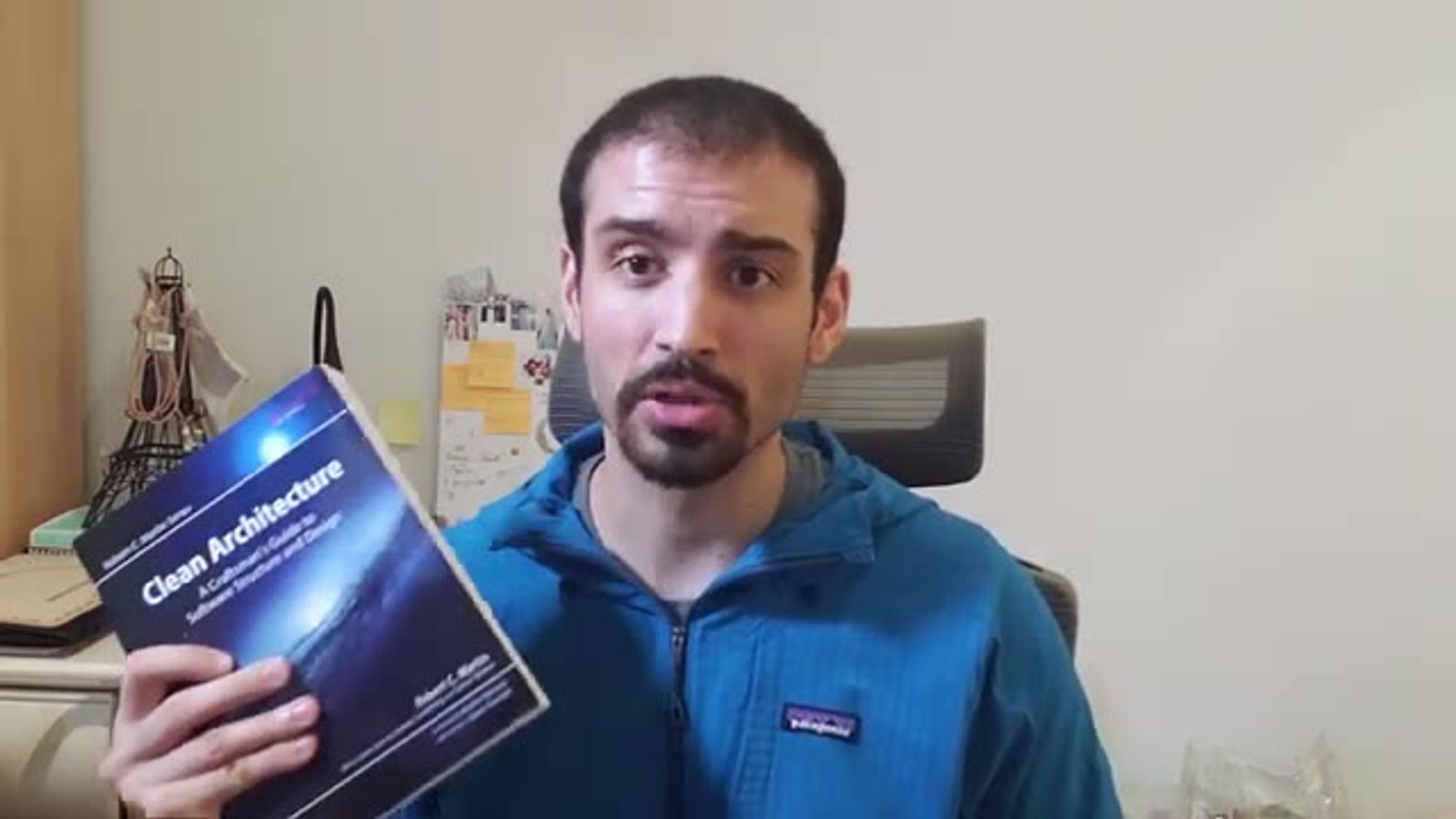
it's good to have to learn some of the
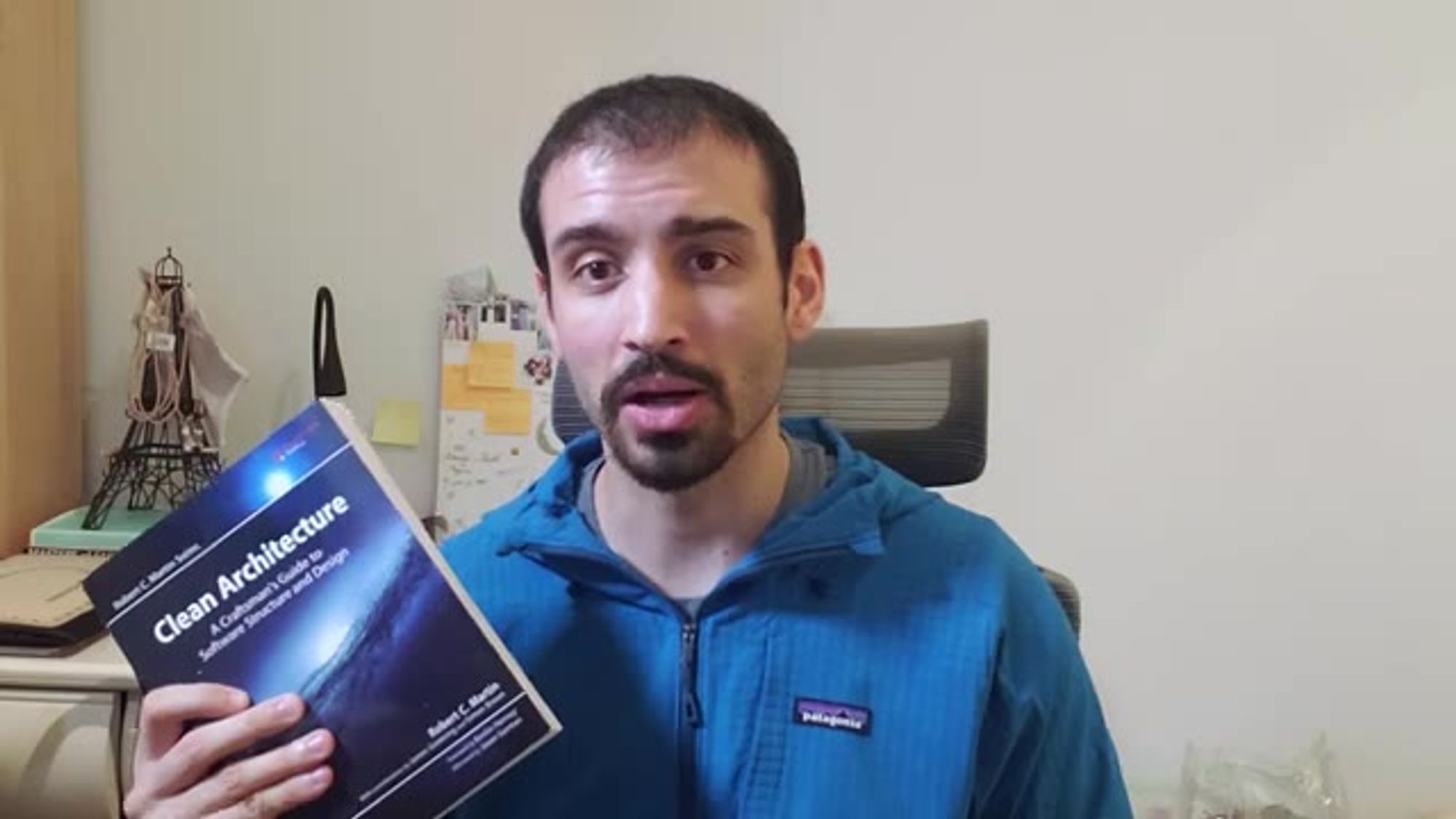
basic concepts and even if you already
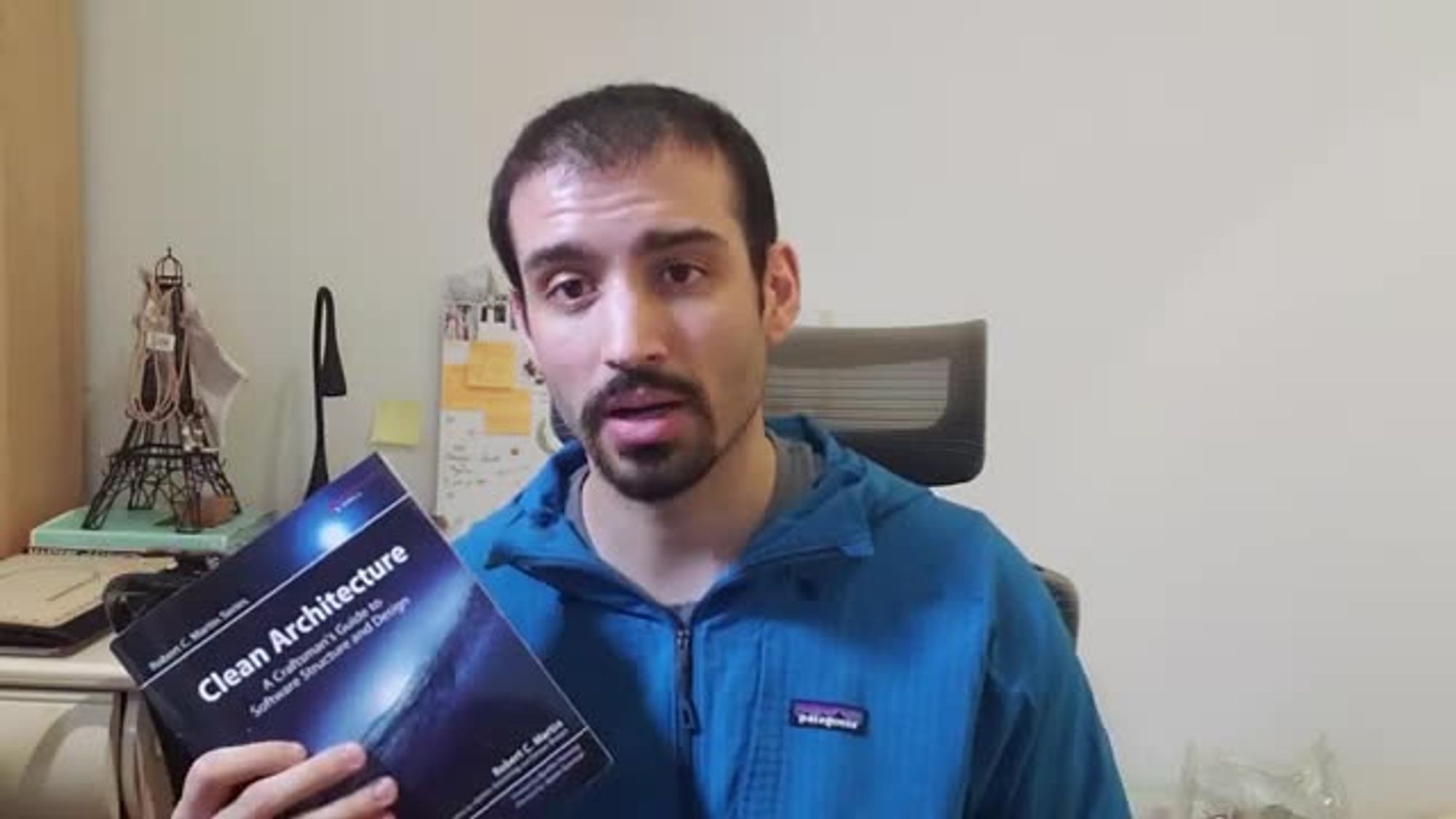
know some of these concepts it's good to
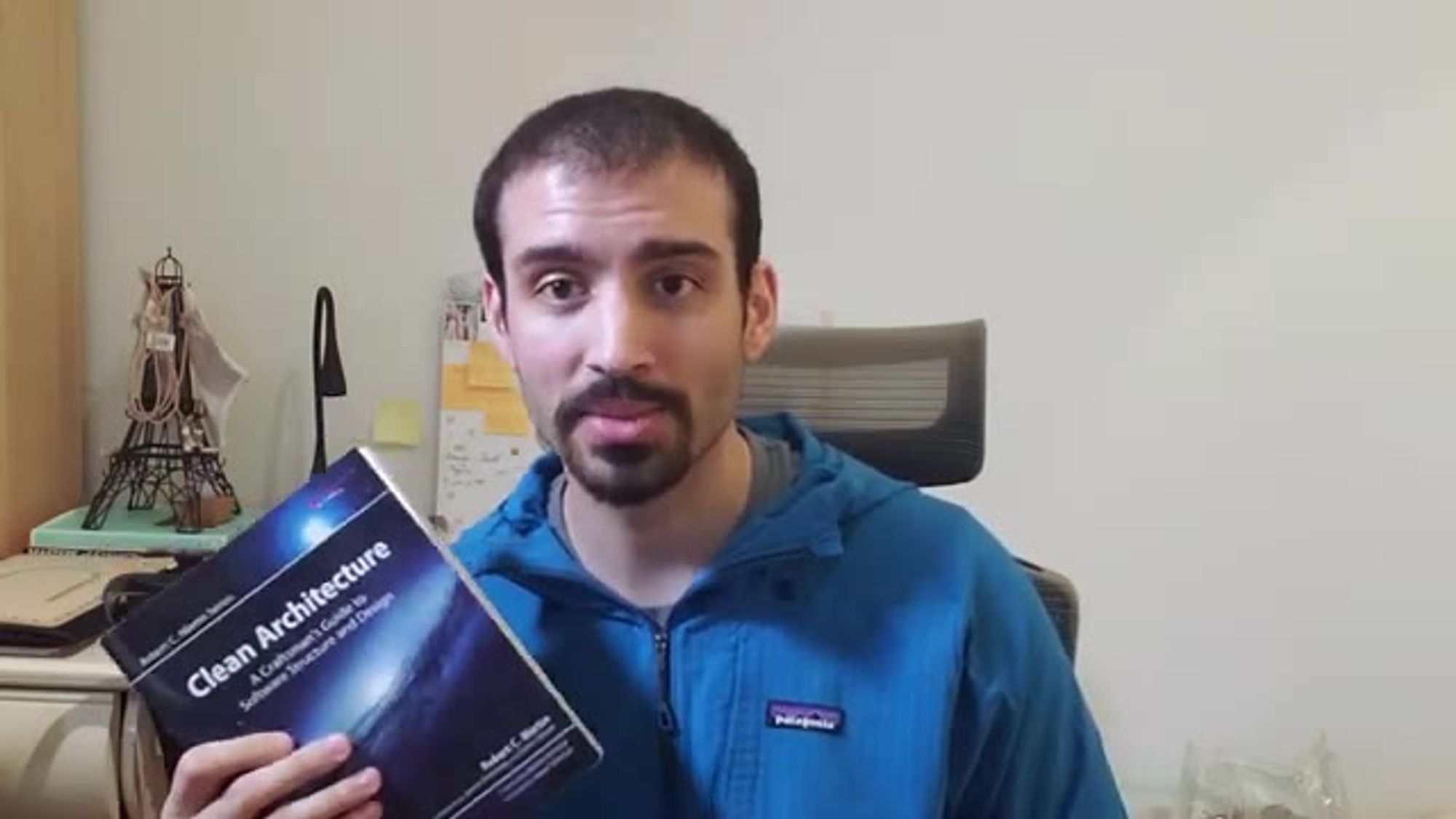
get a refresher from time to time
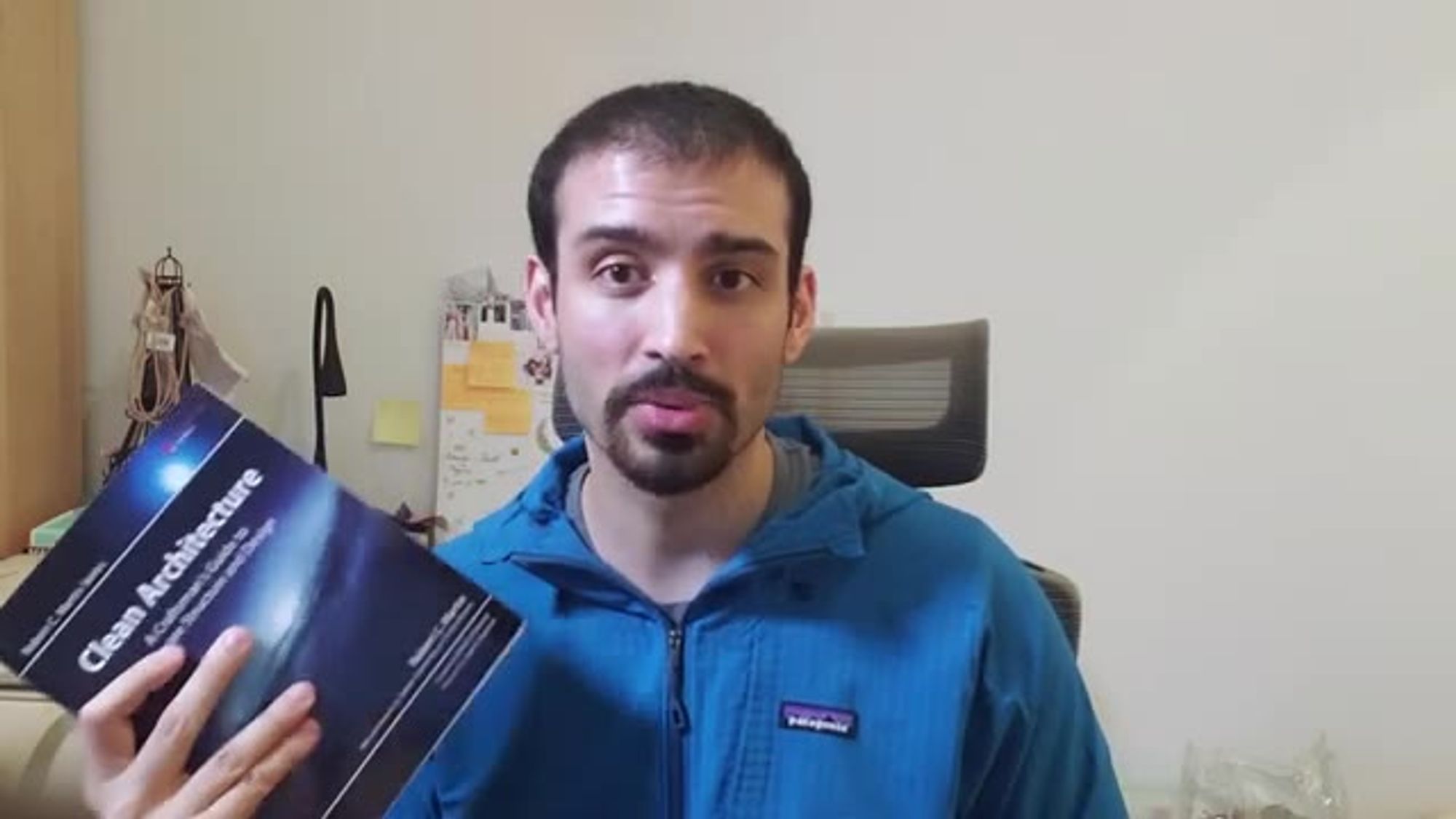
and this book puts it out in a very
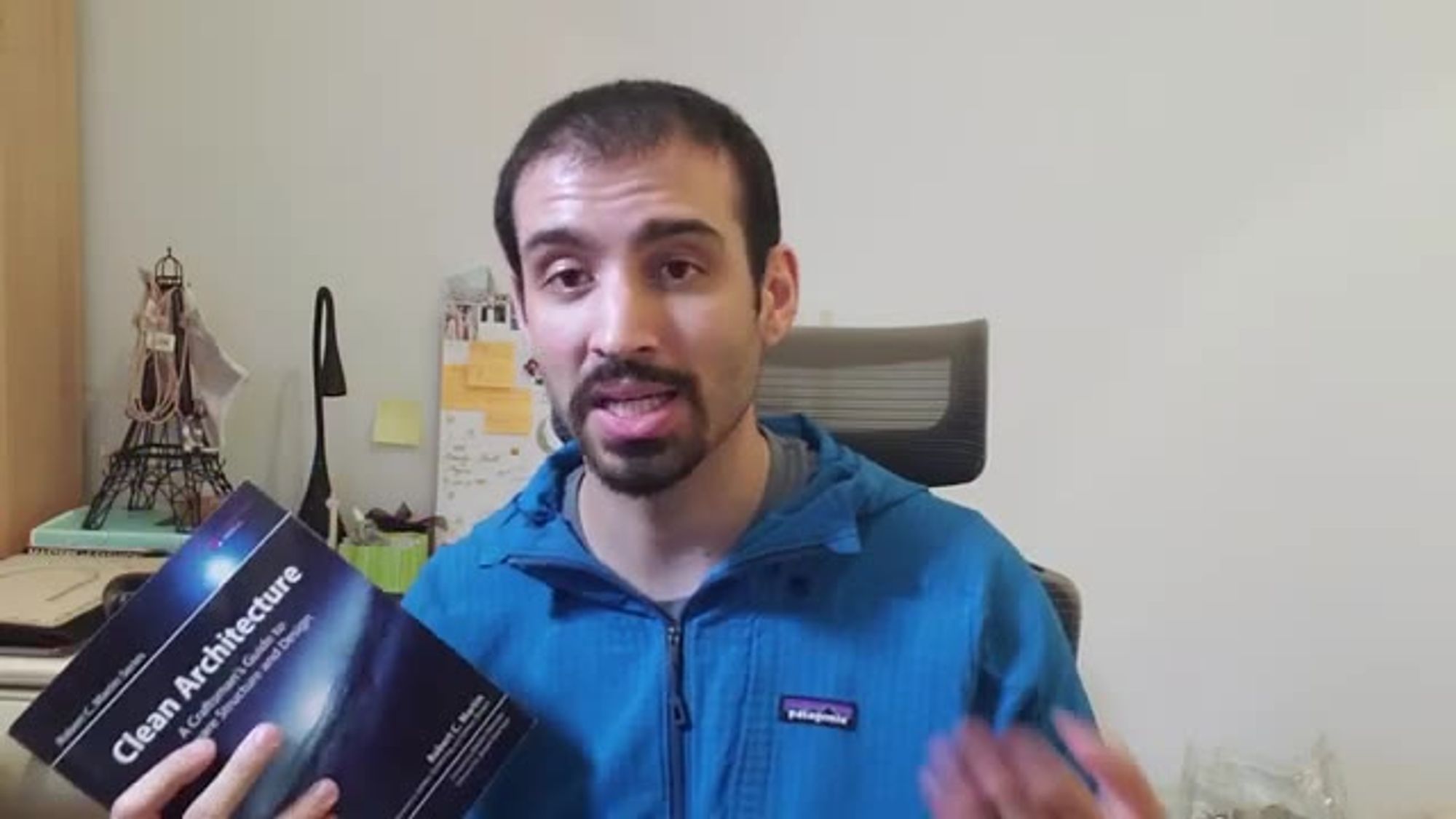
convenient easy to digest way
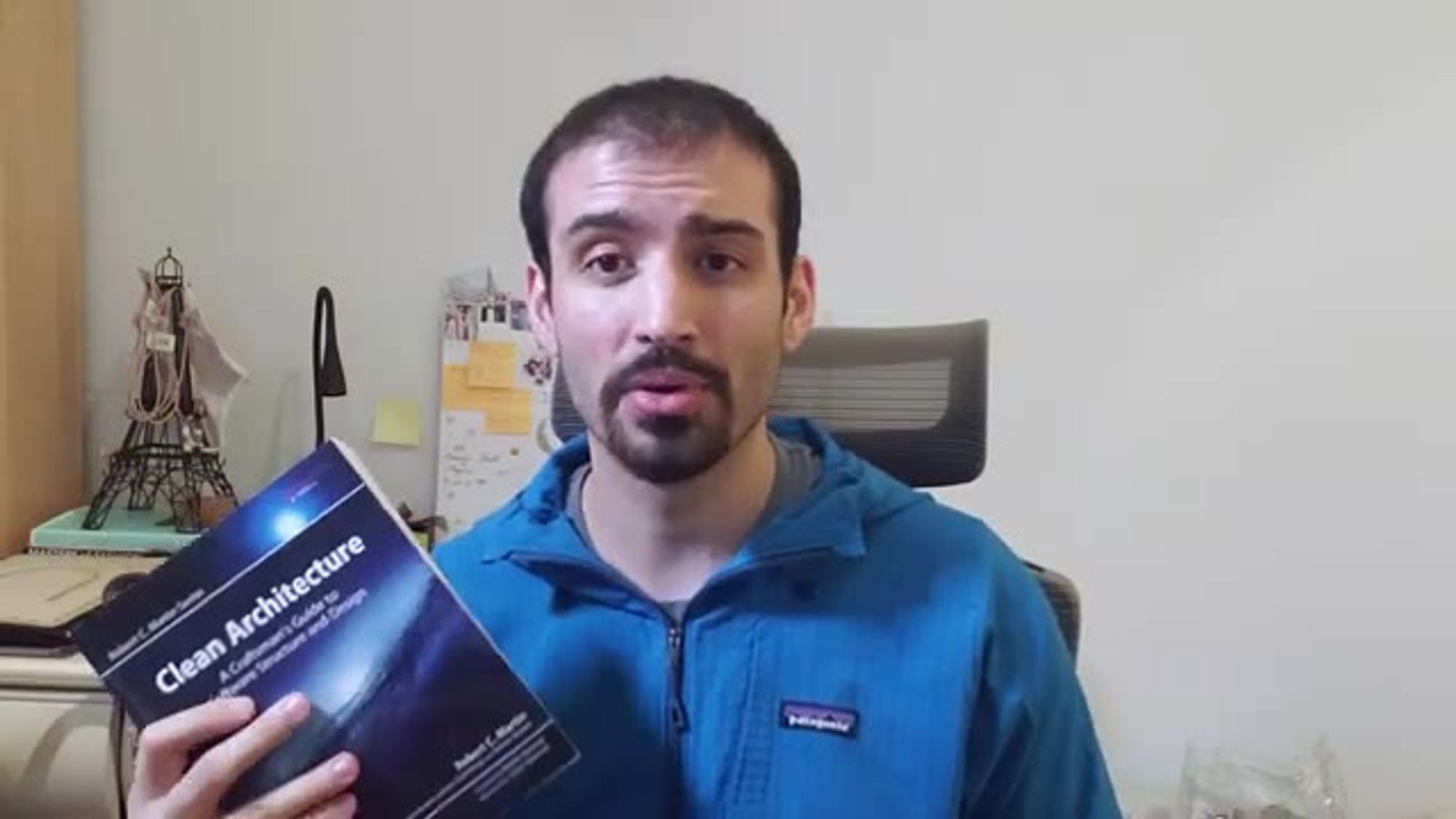
and if you're a beginner this is going
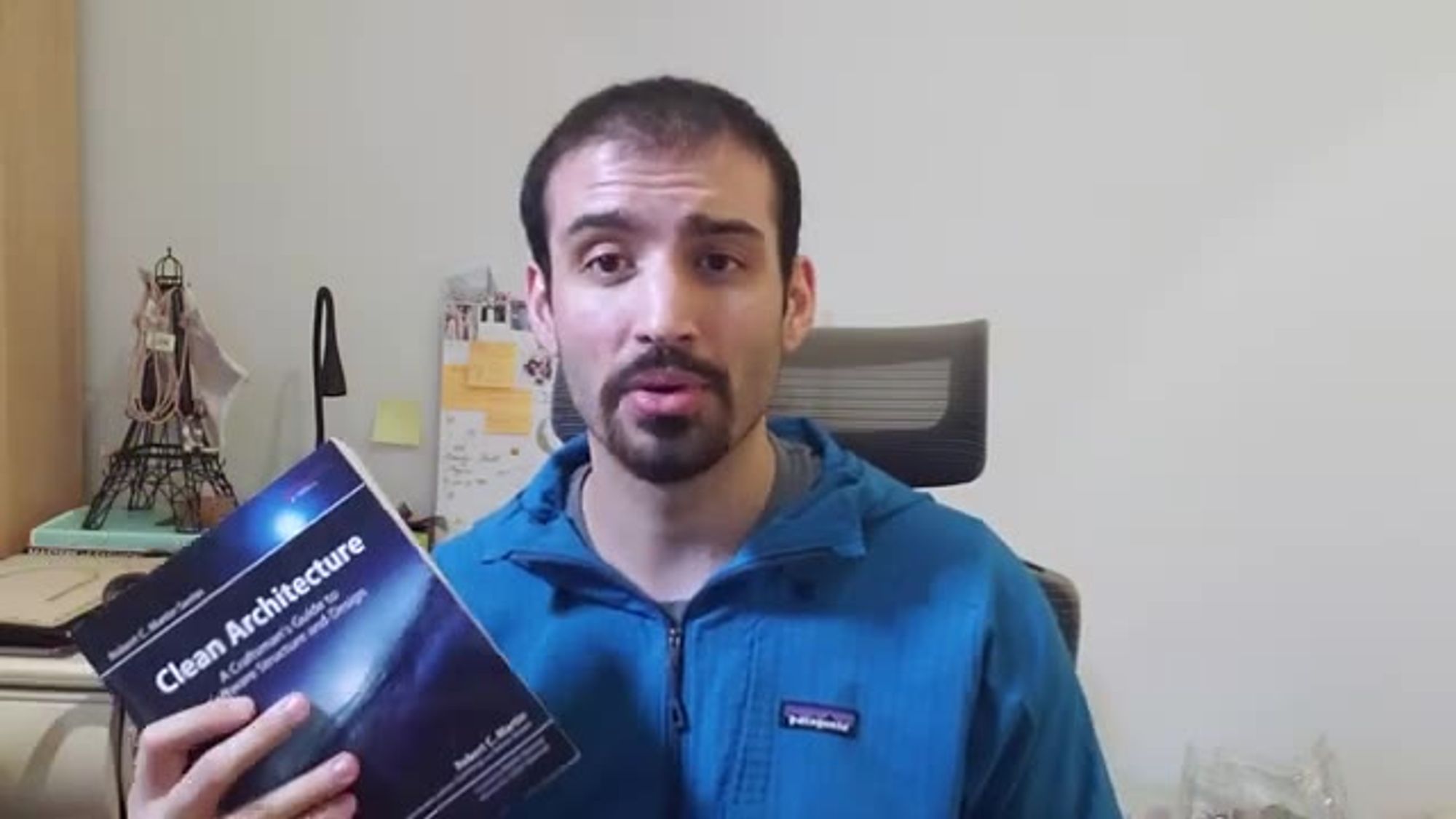
to teach you a lot of the basic concepts
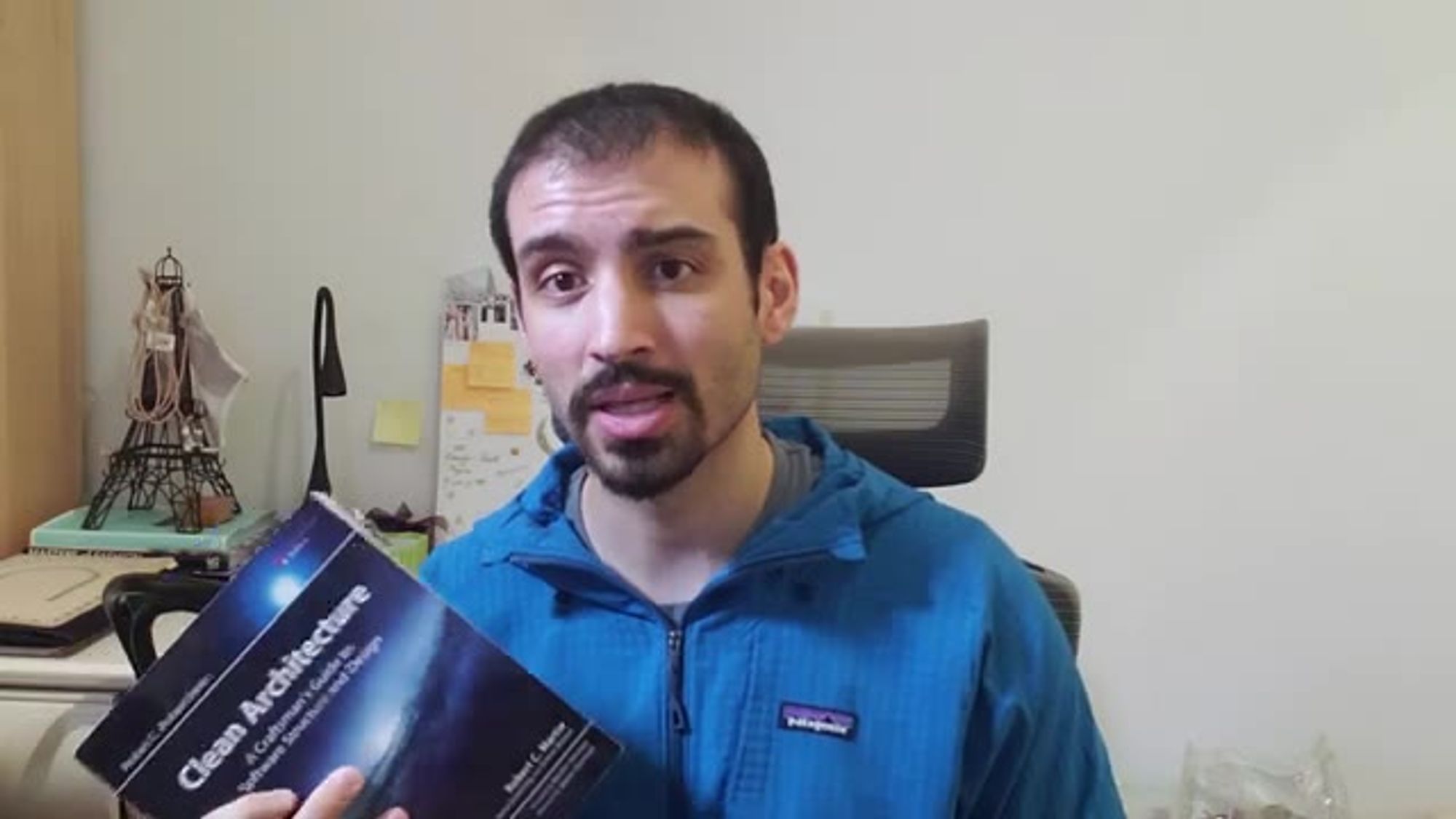
that
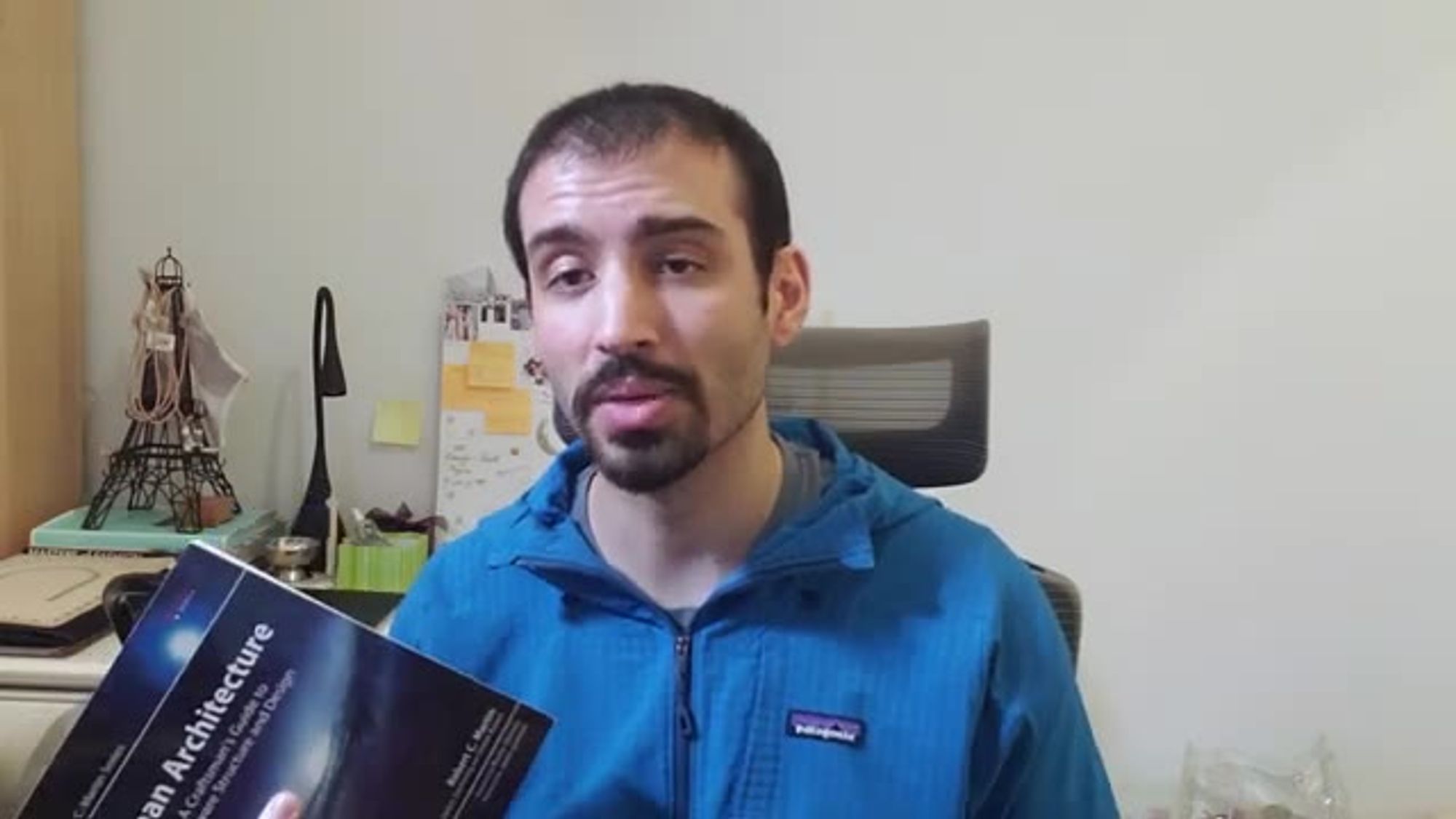
people like me wish they knew about
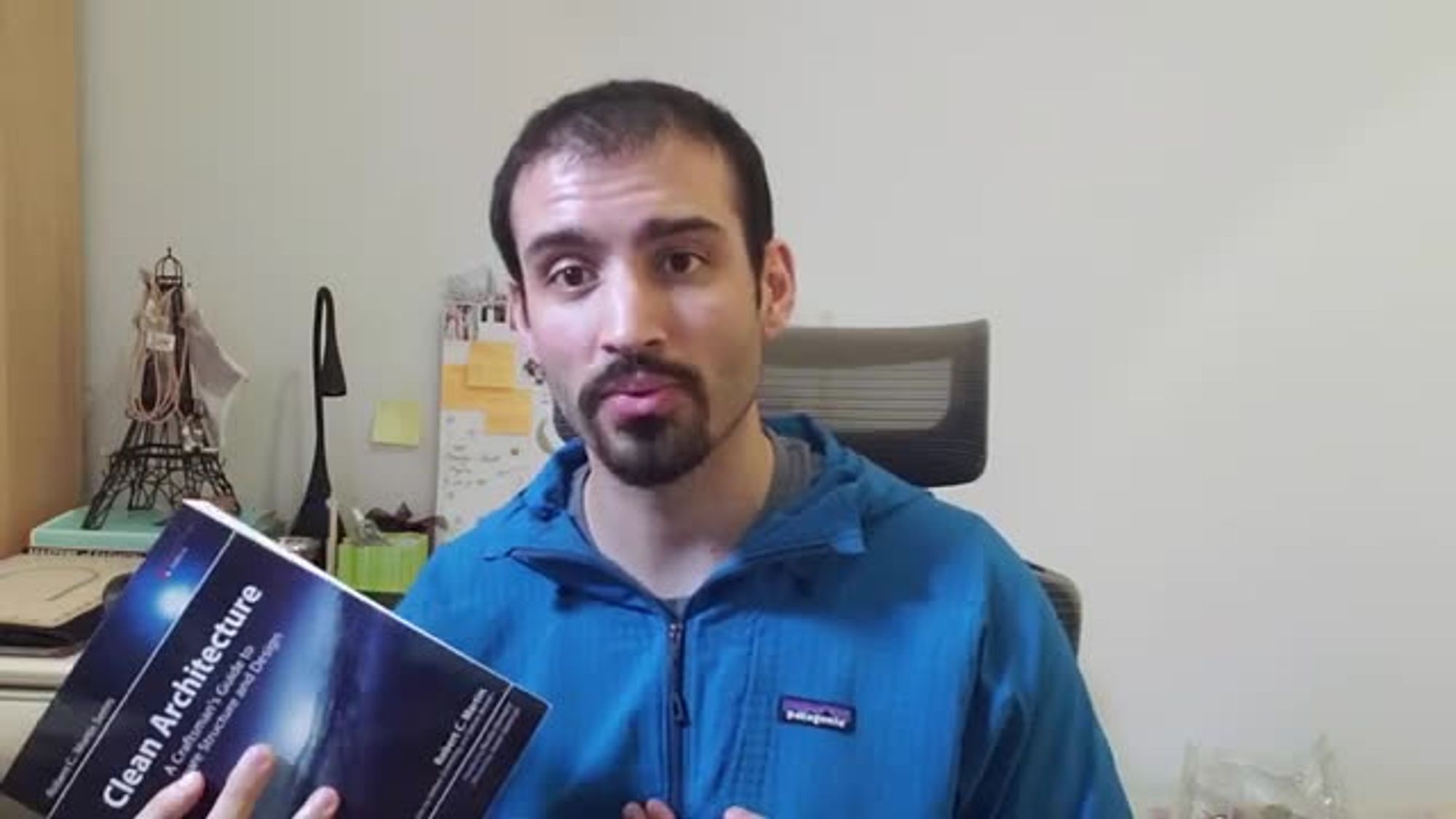
before you know they got into the

industry
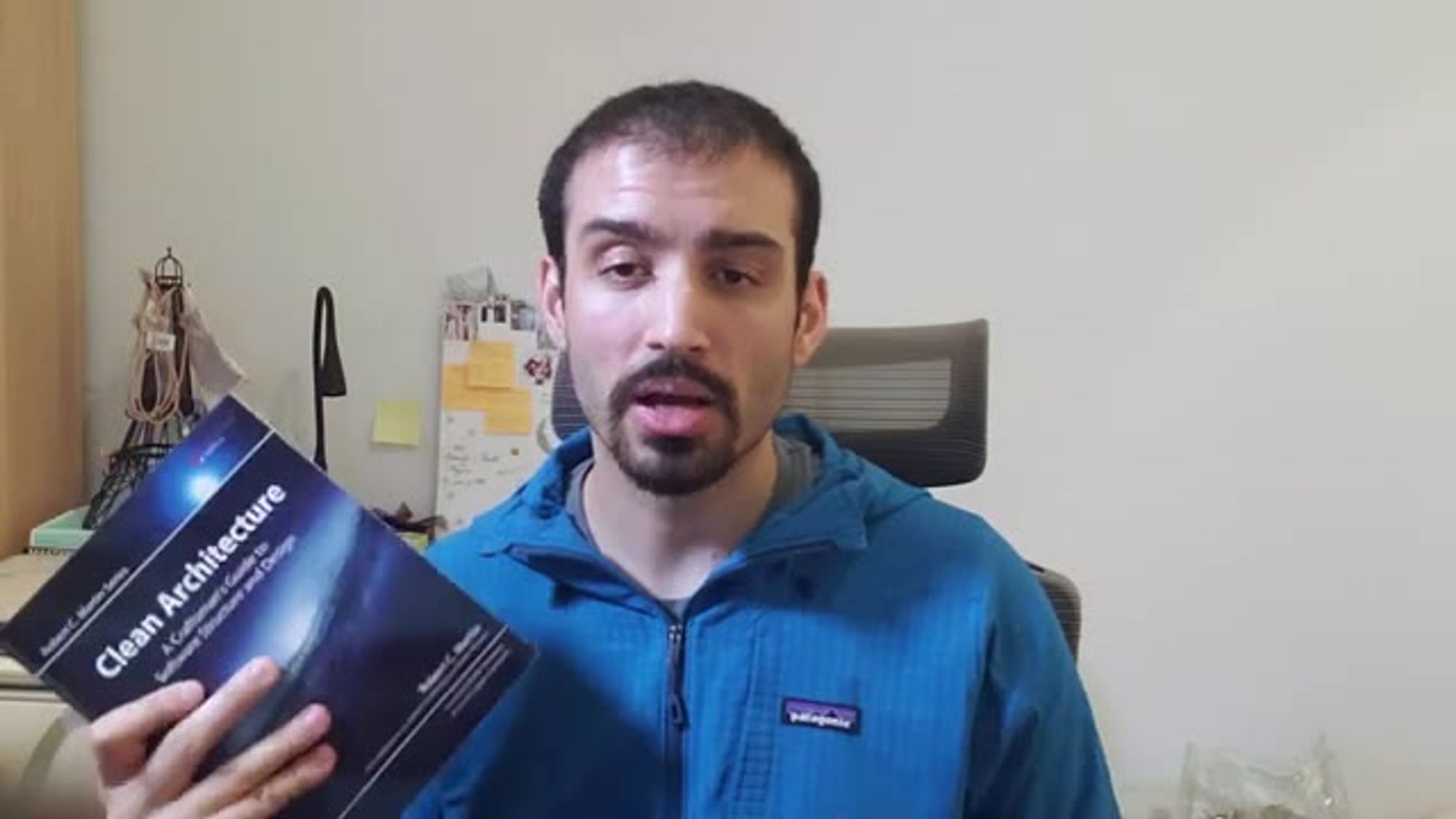
so there it is i'll put a link to this
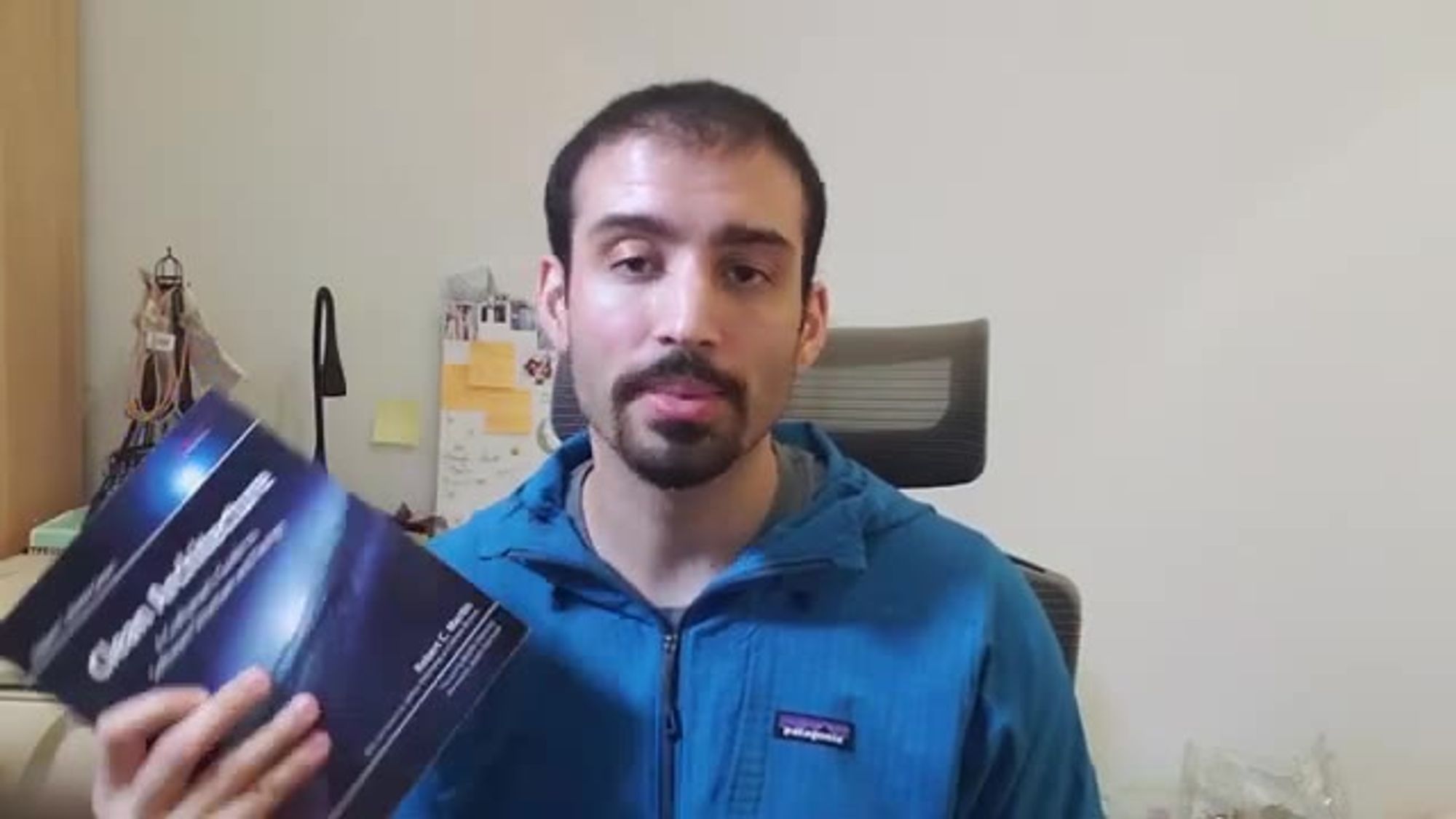
book down below on amazon if you want to
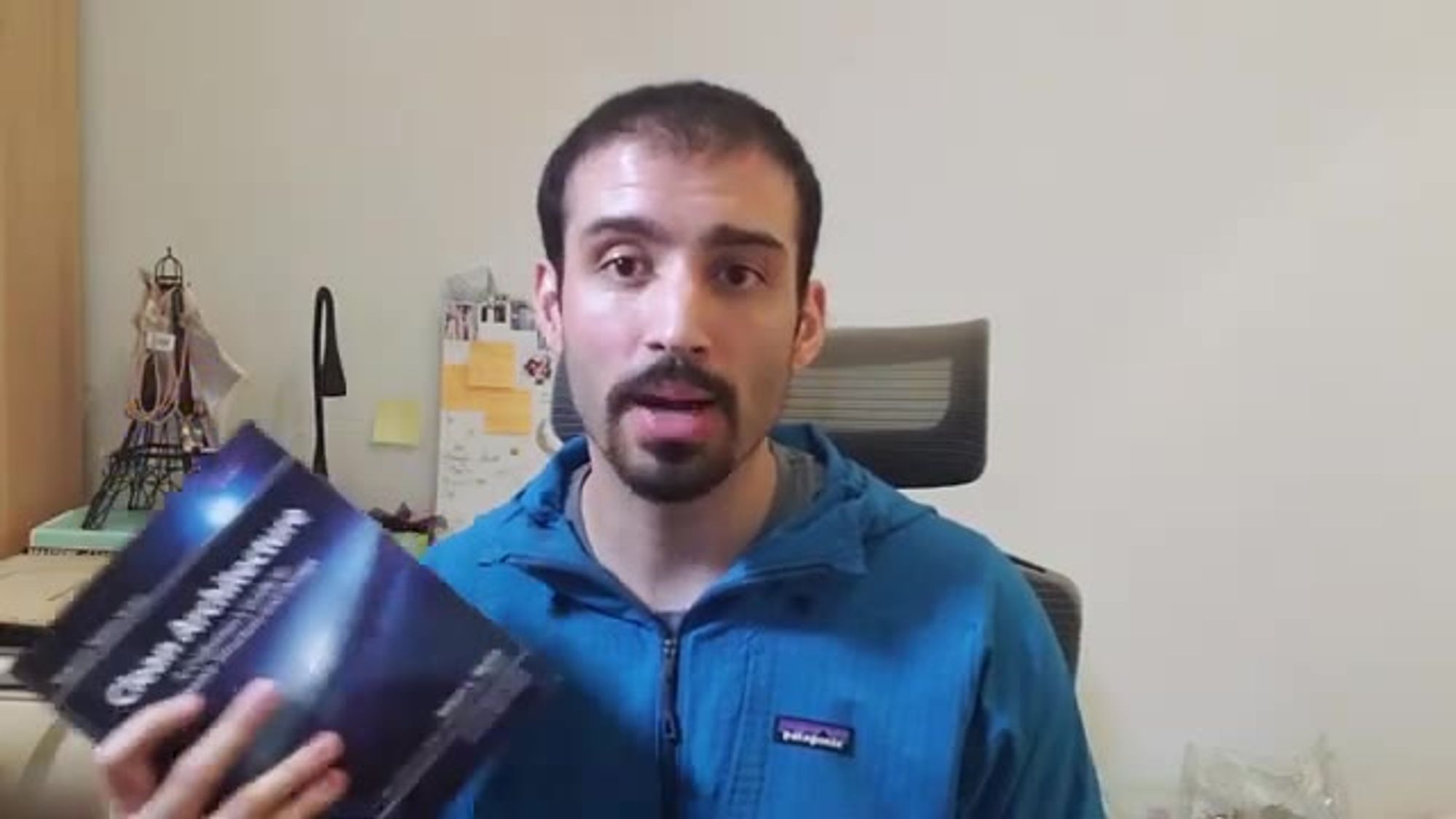
pick it up and as always if you enjoyed

this video please don't forget to like
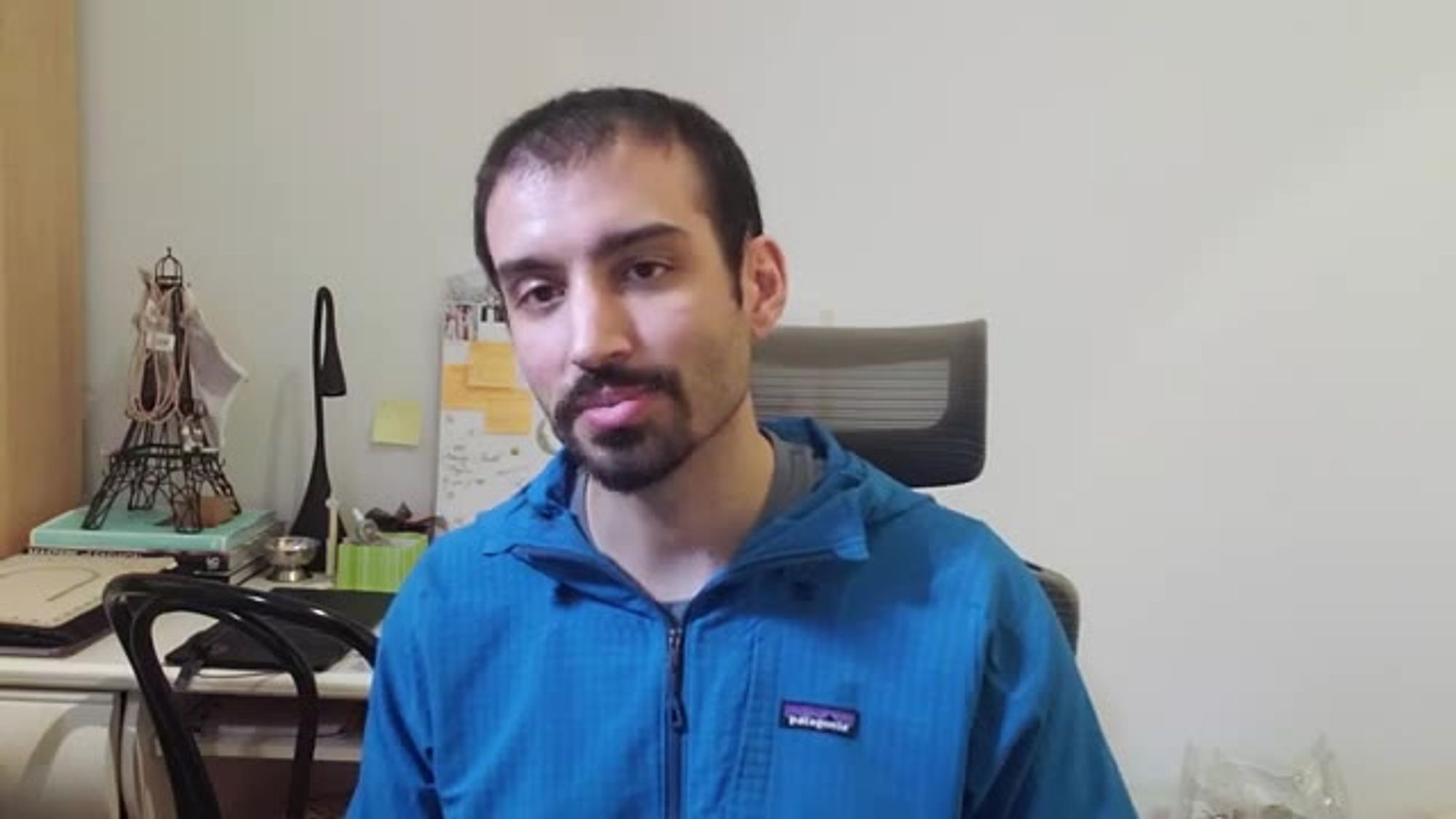
it subscribe it really helps me with the
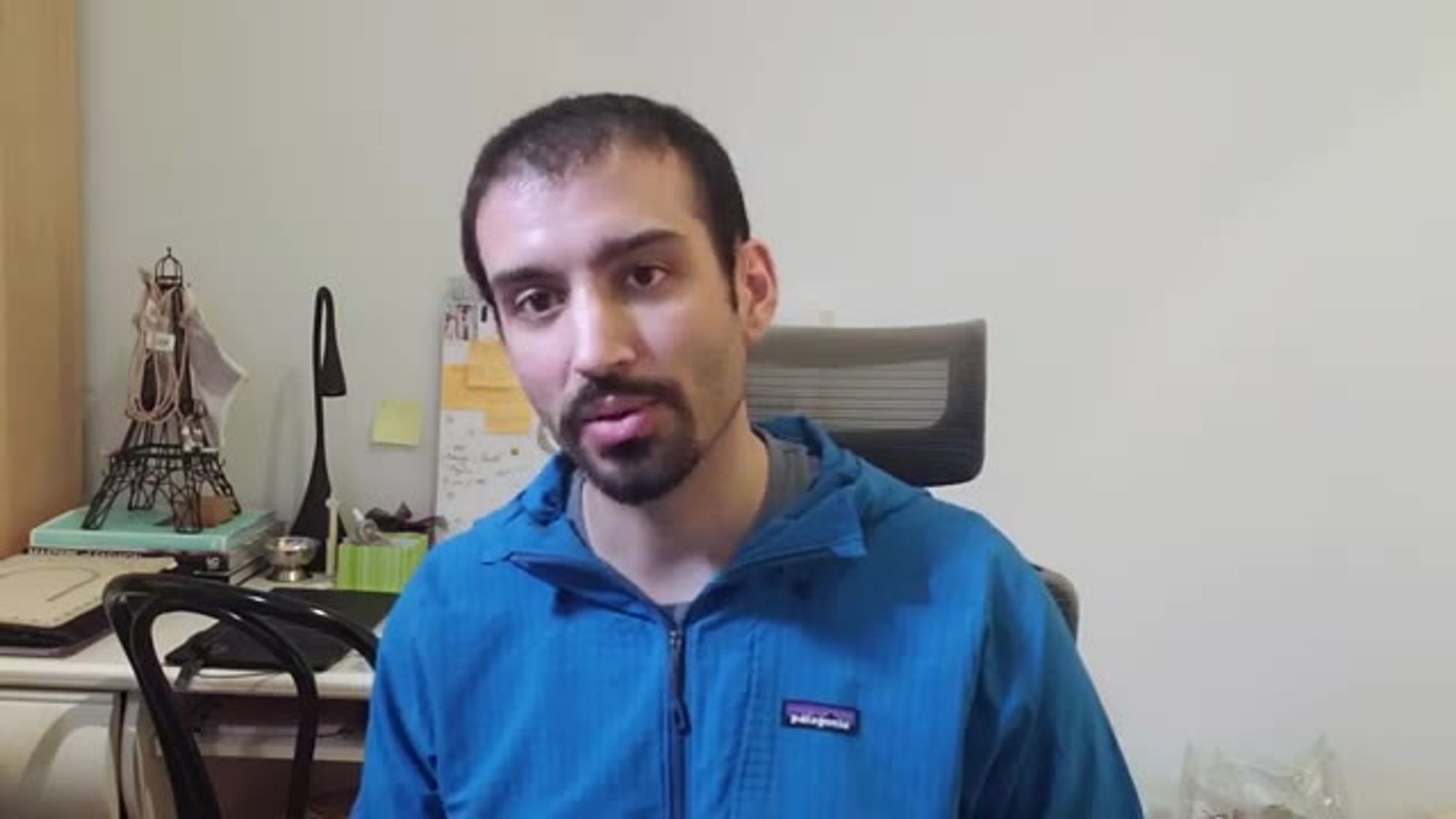
channel

thanks so much and i'll see you next time
